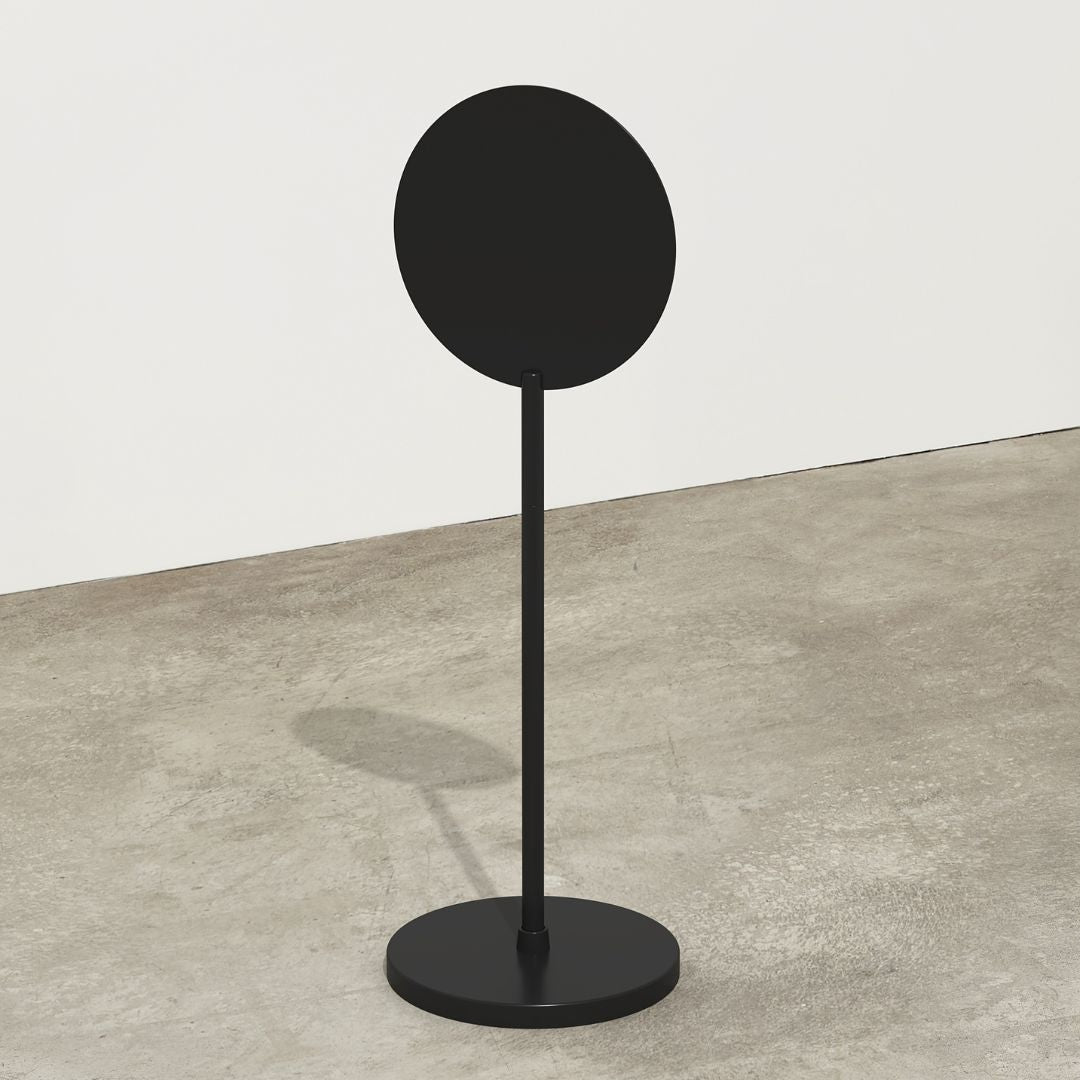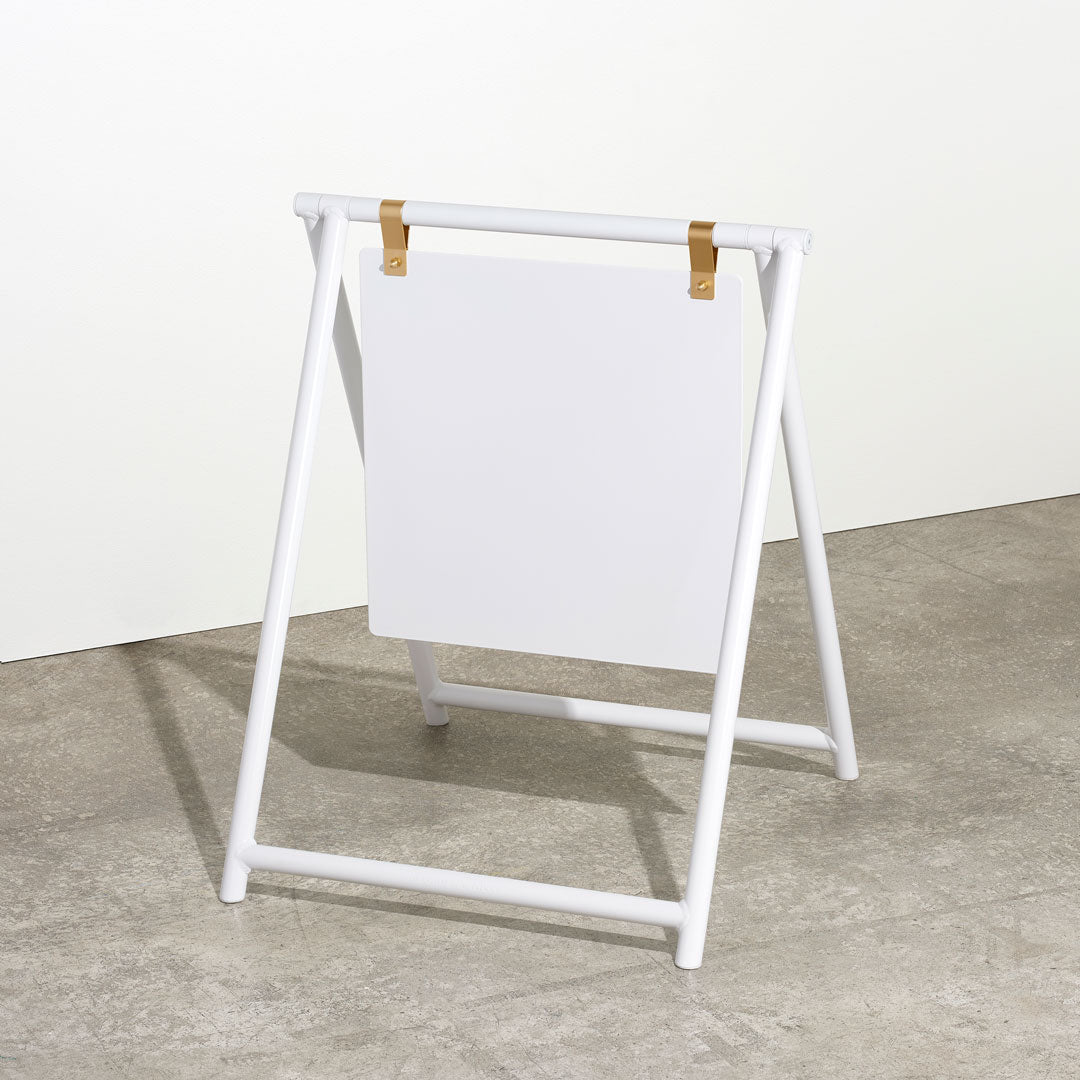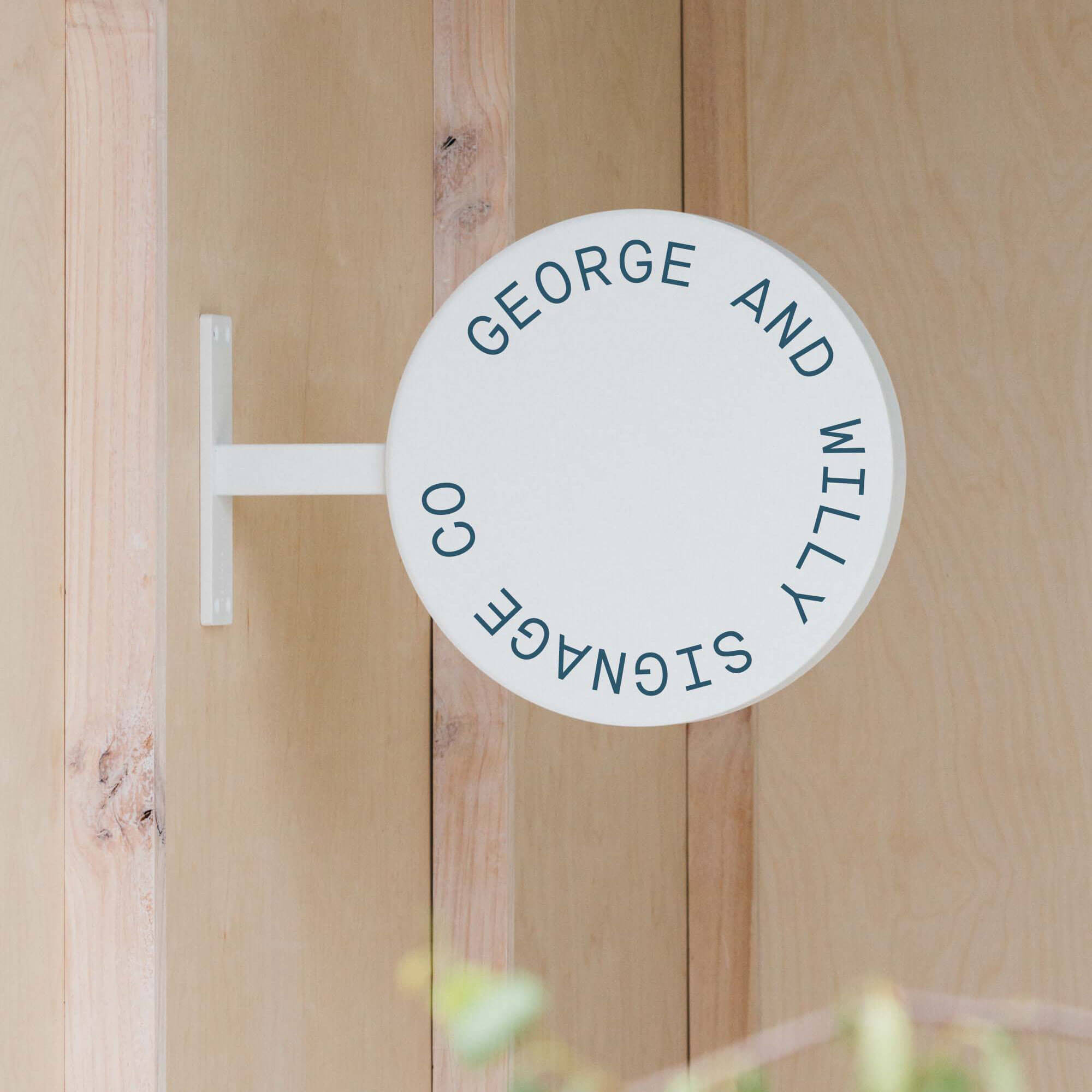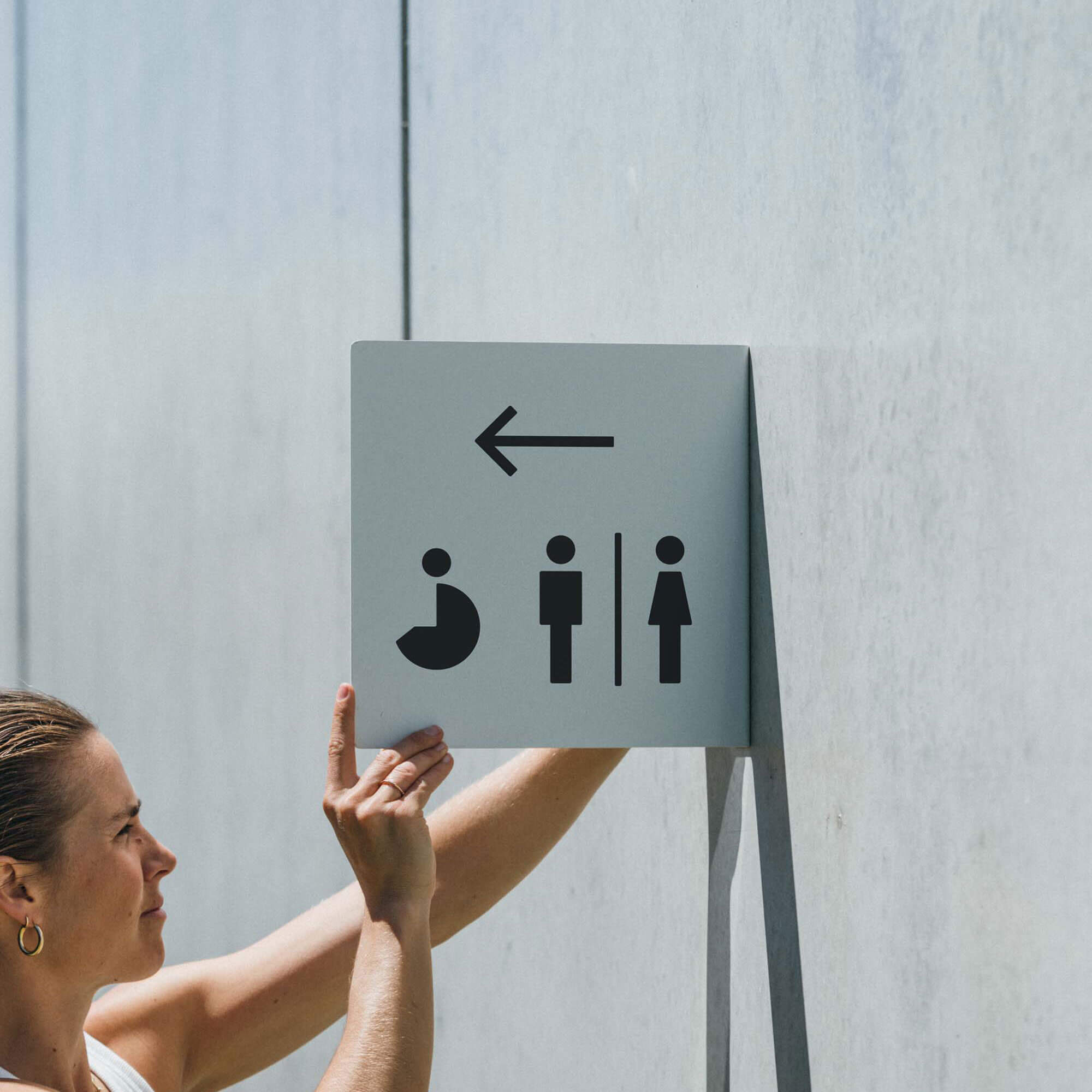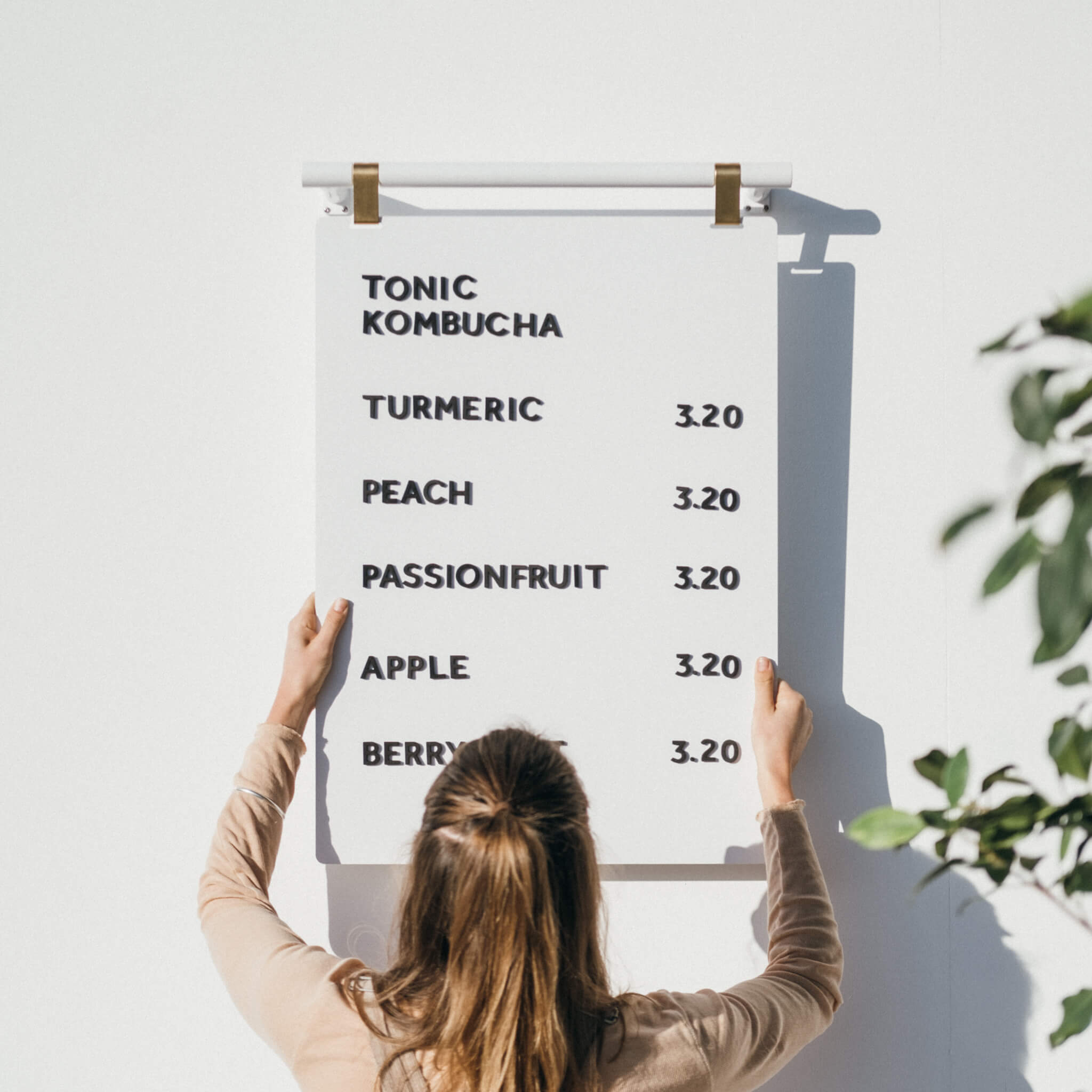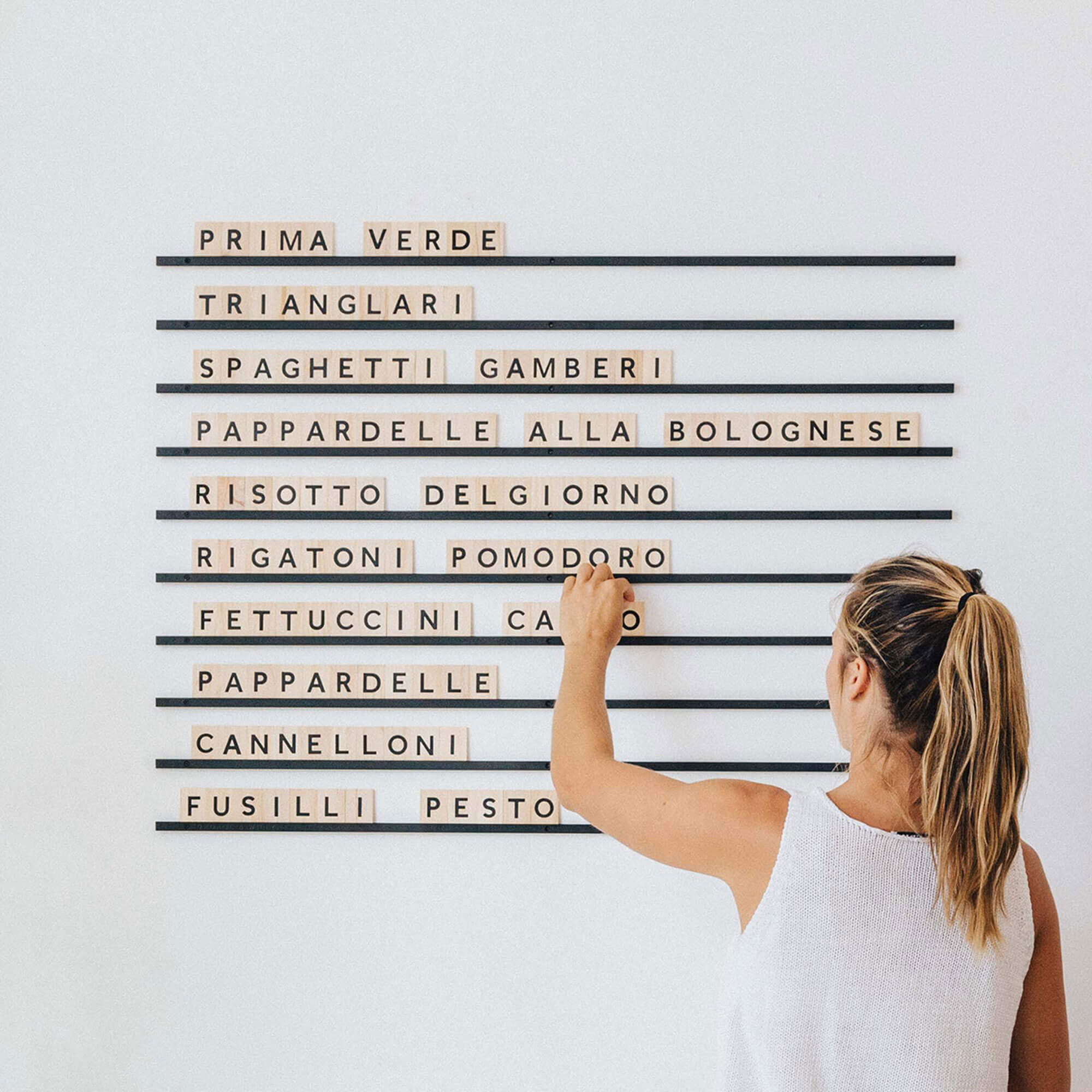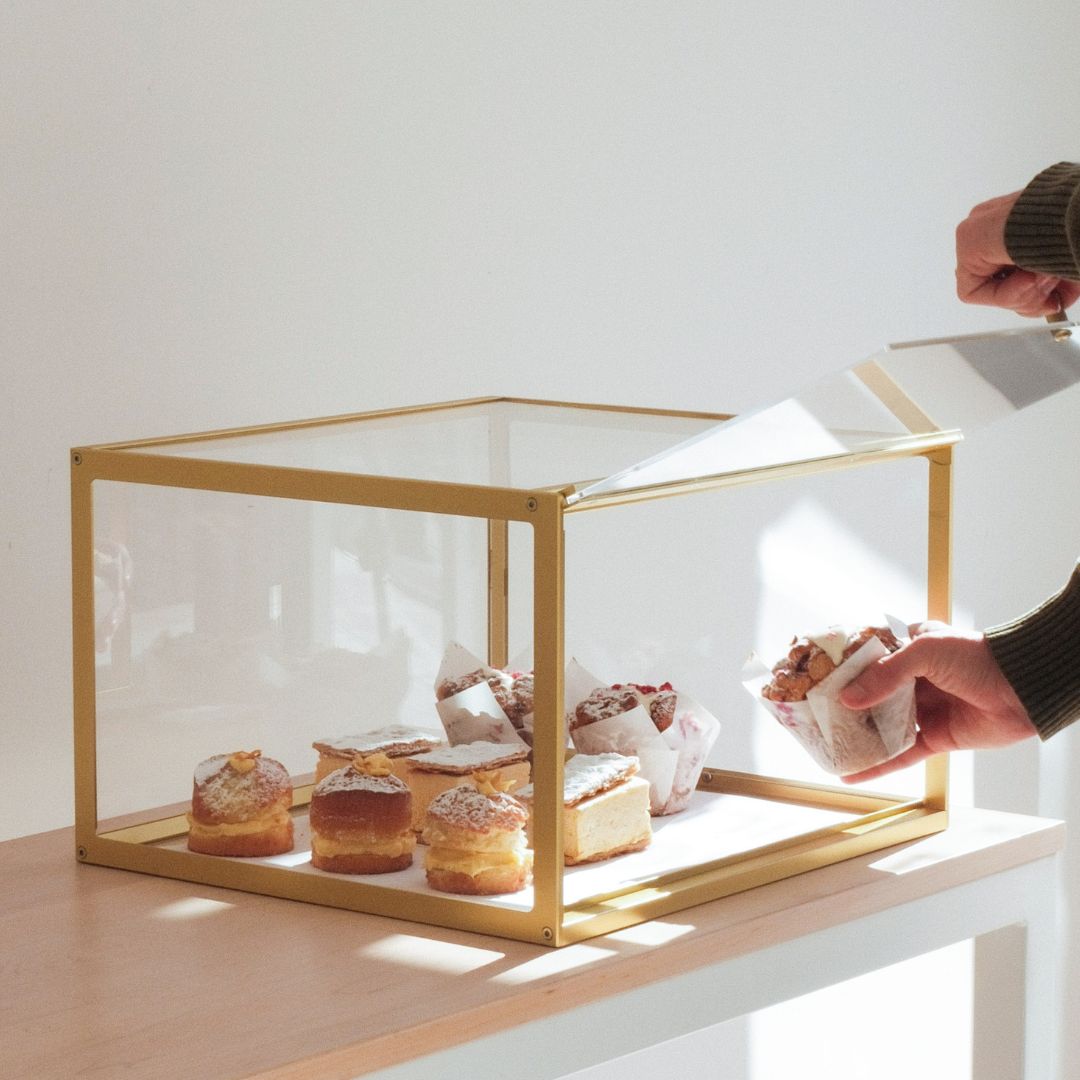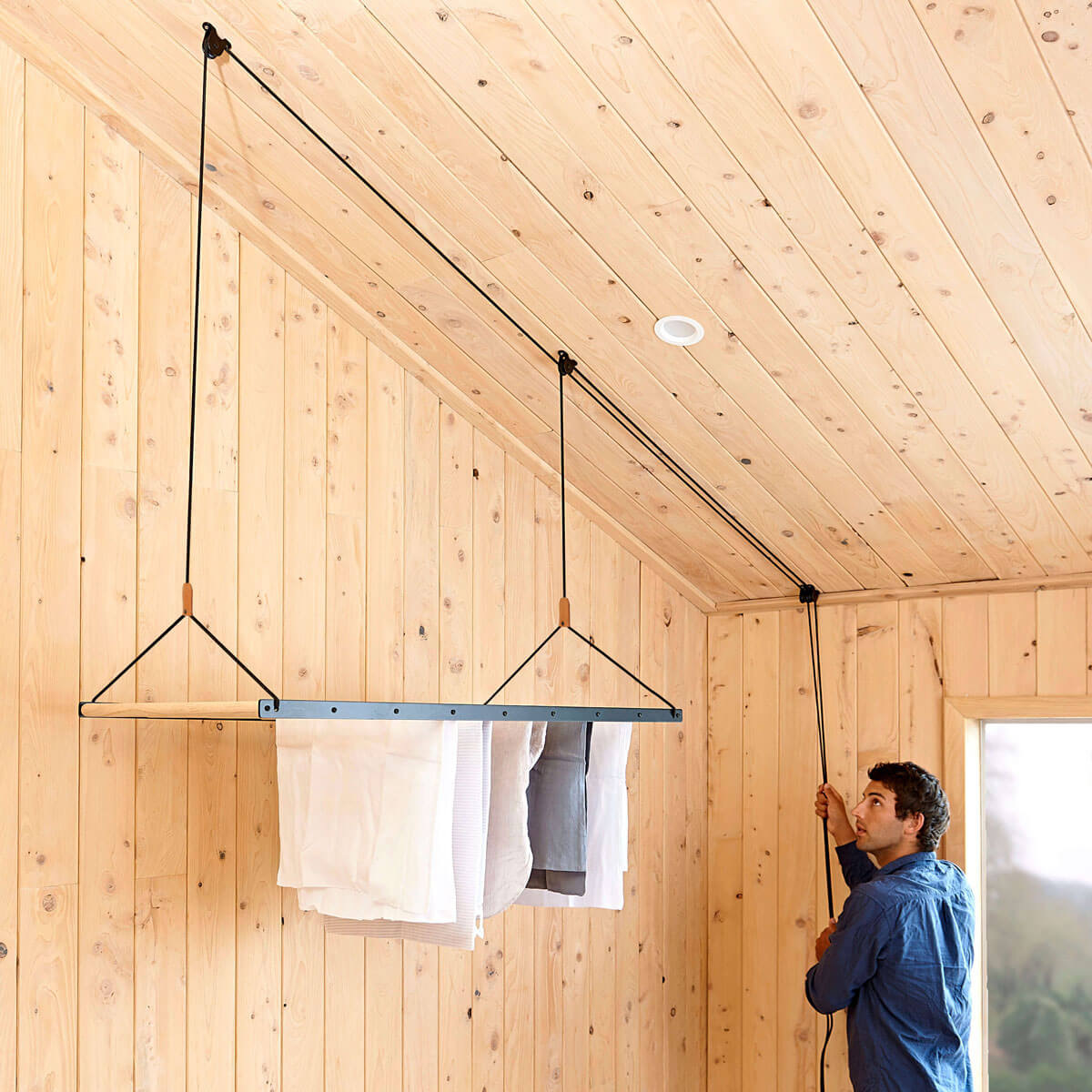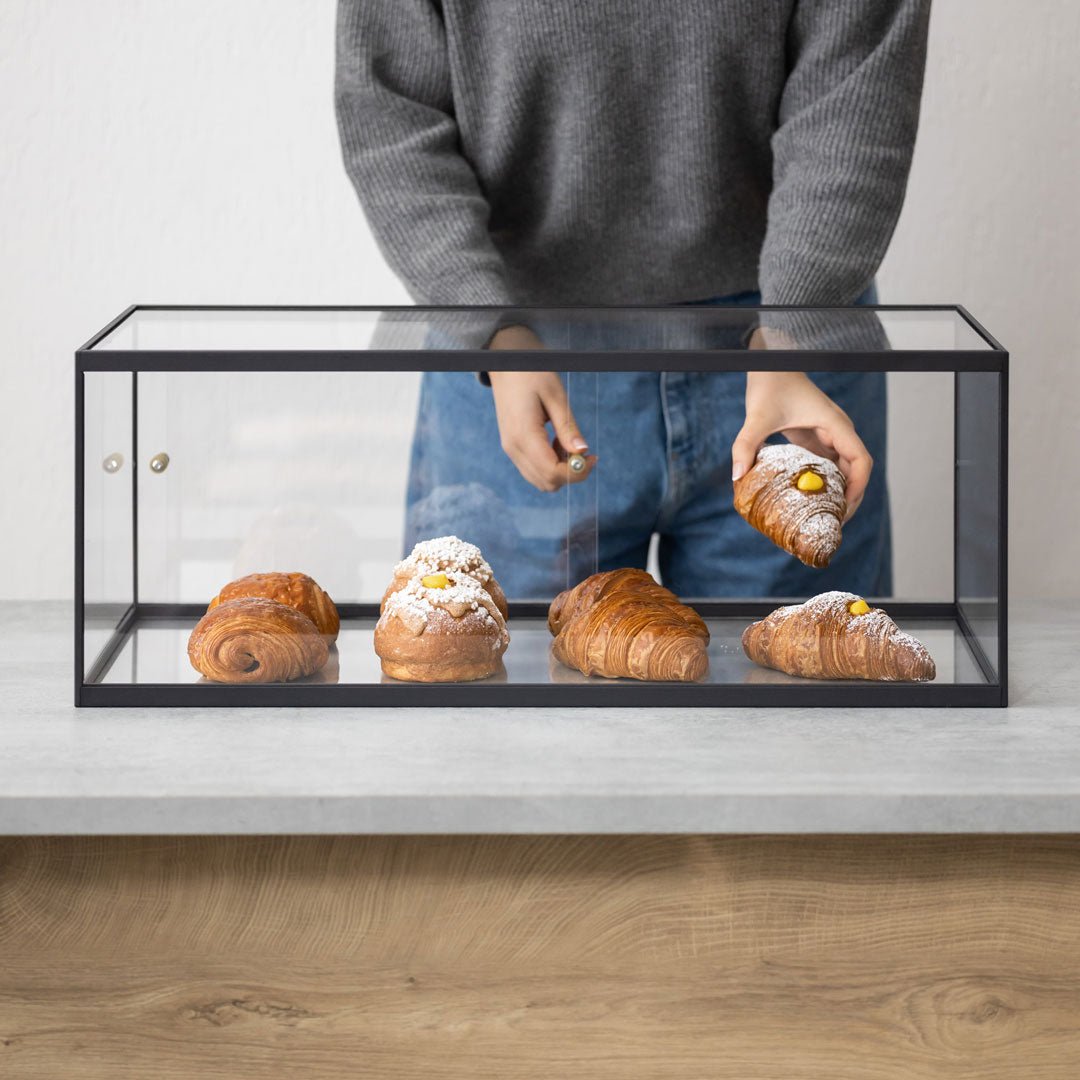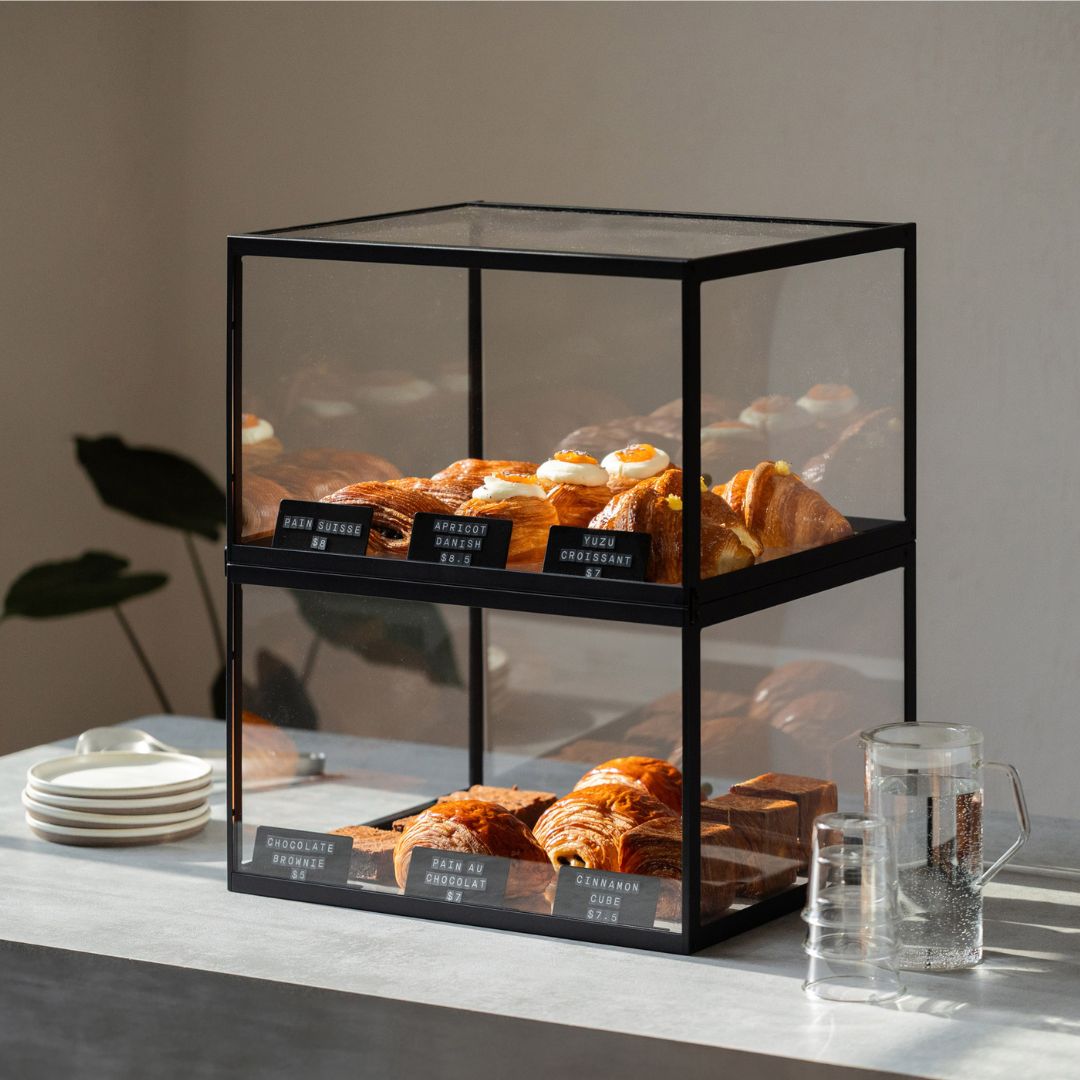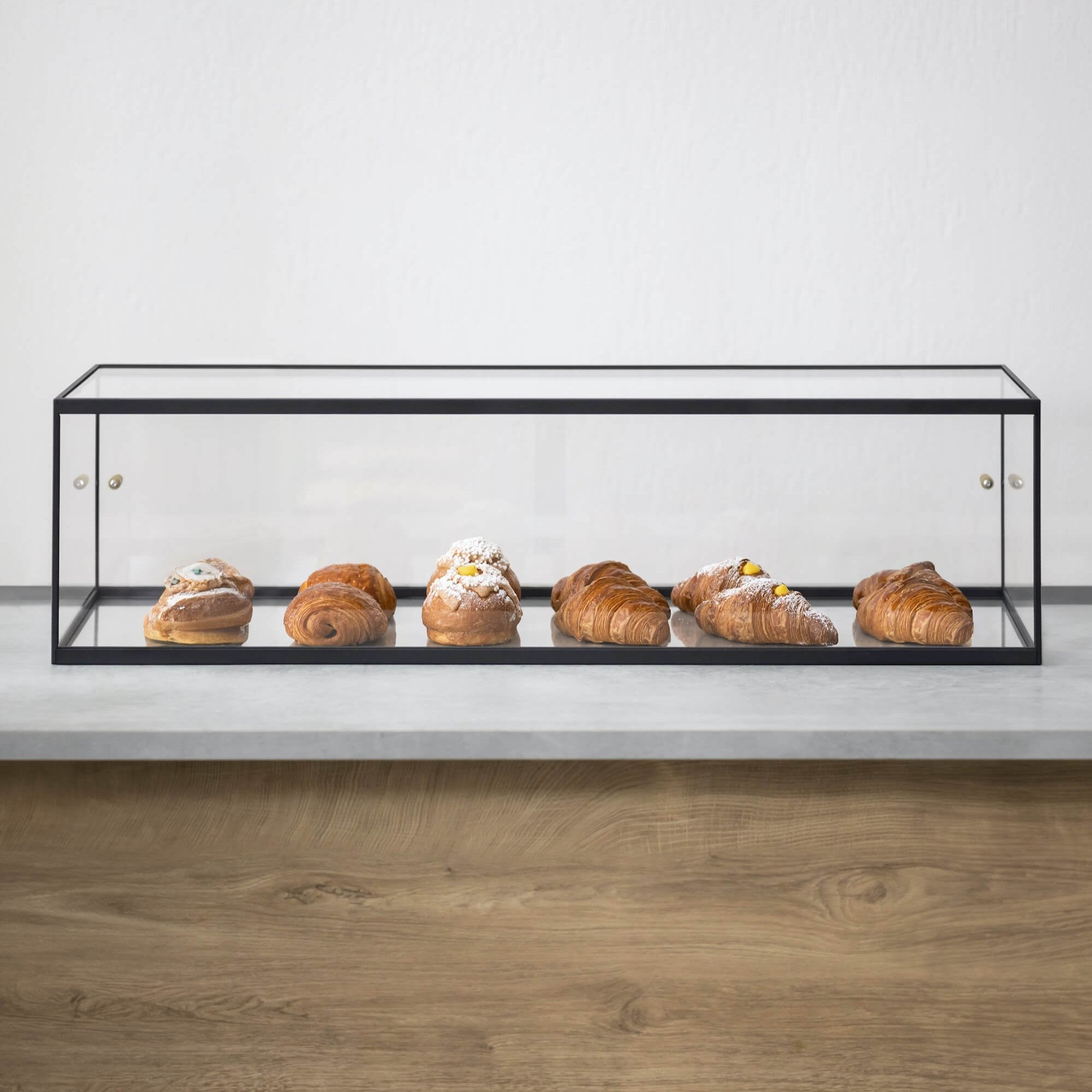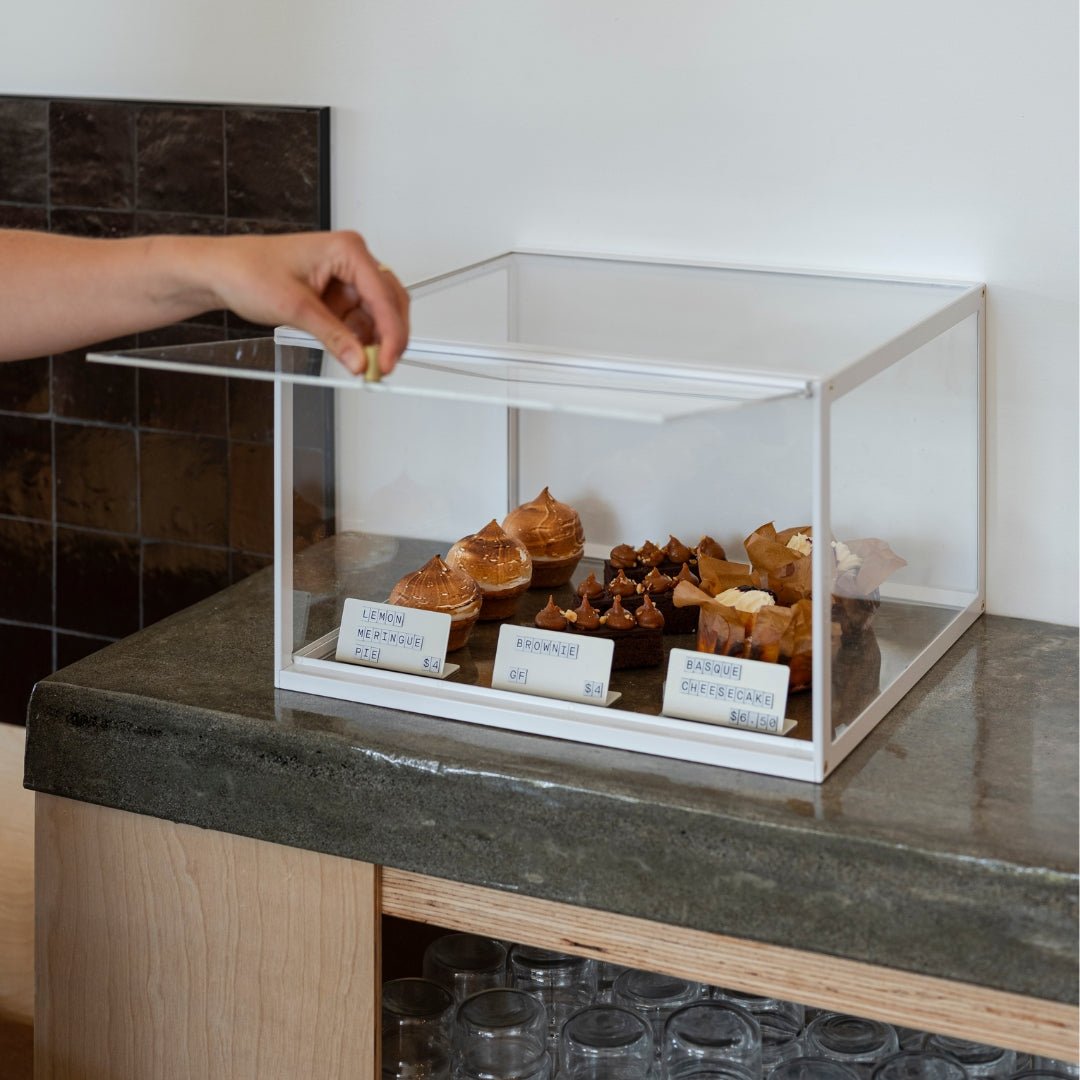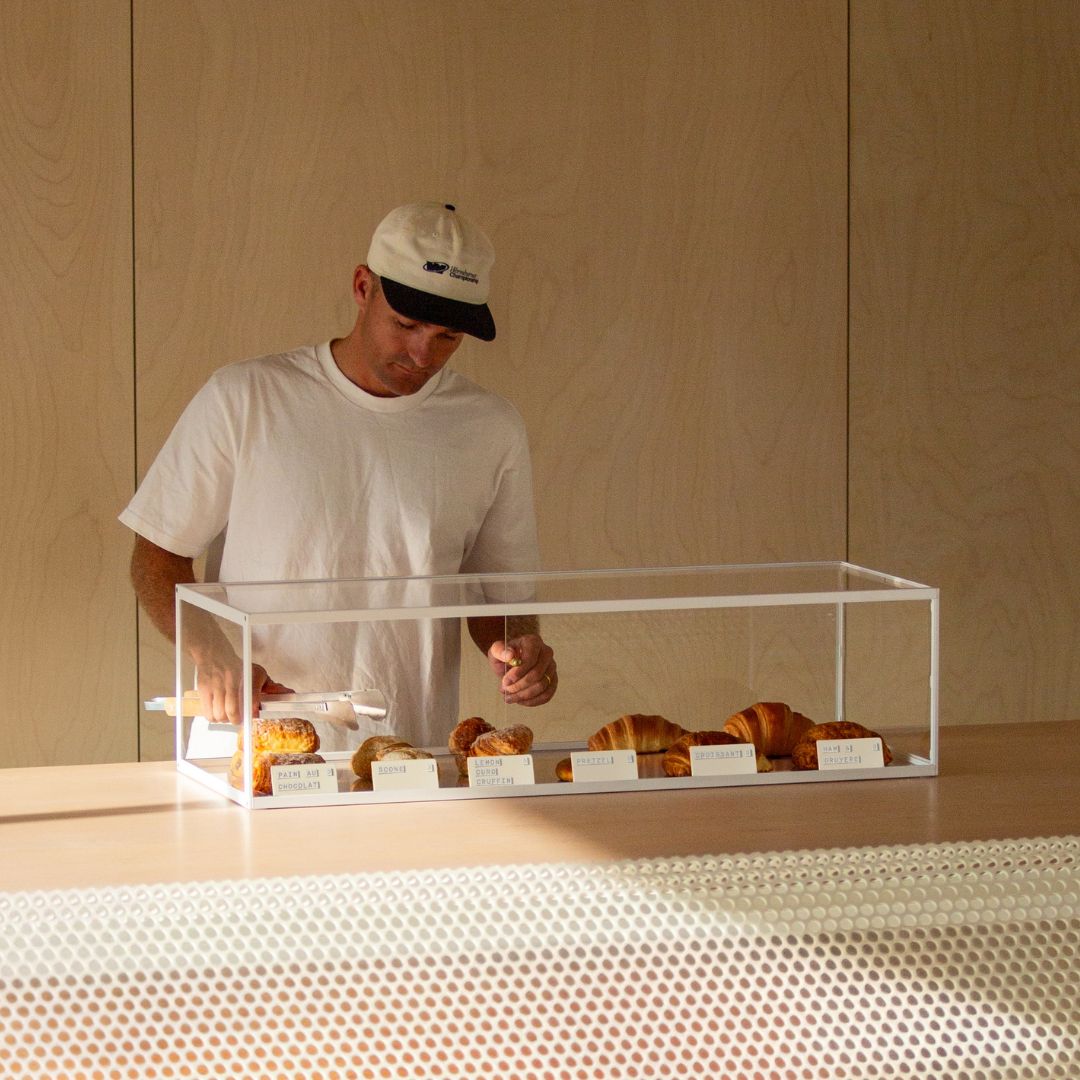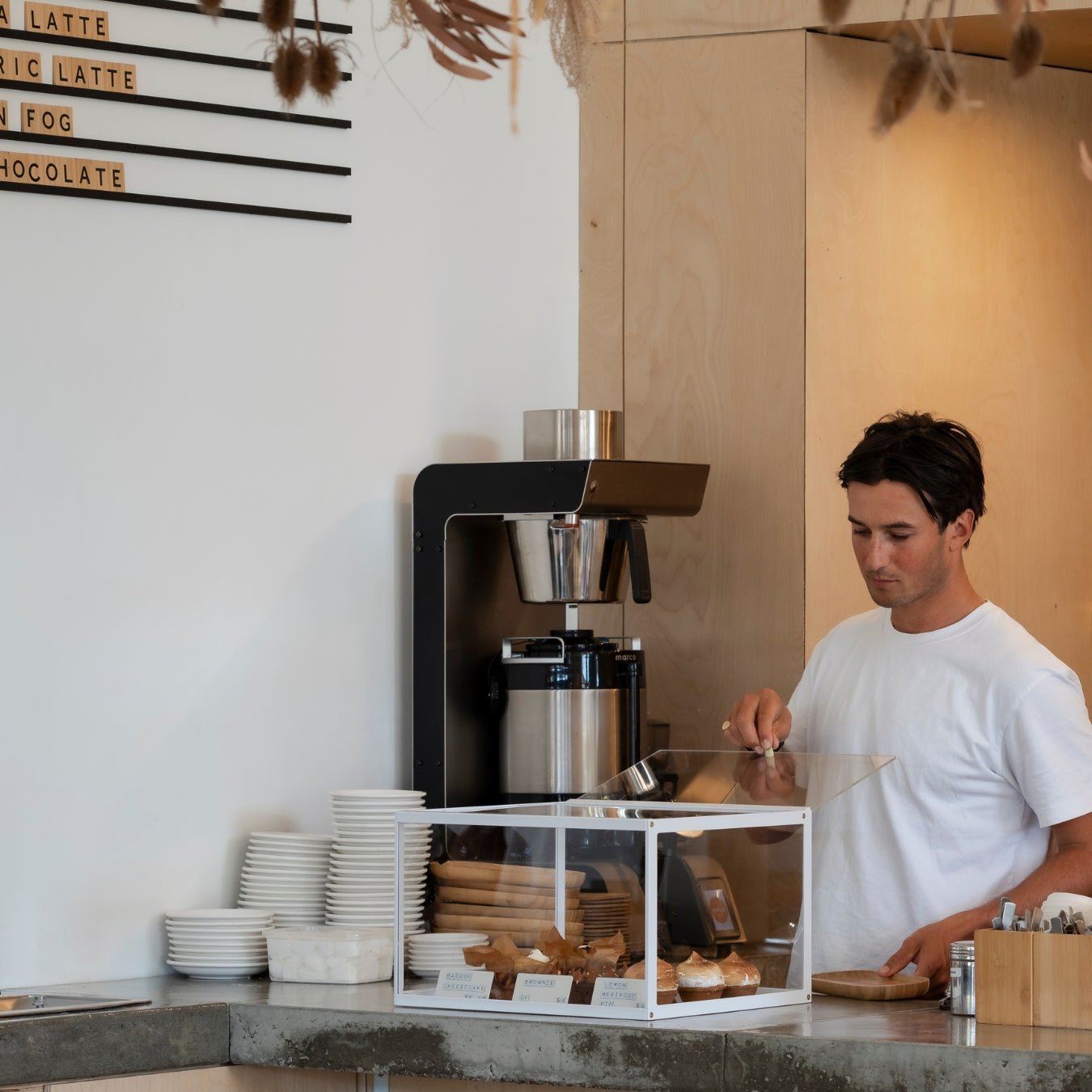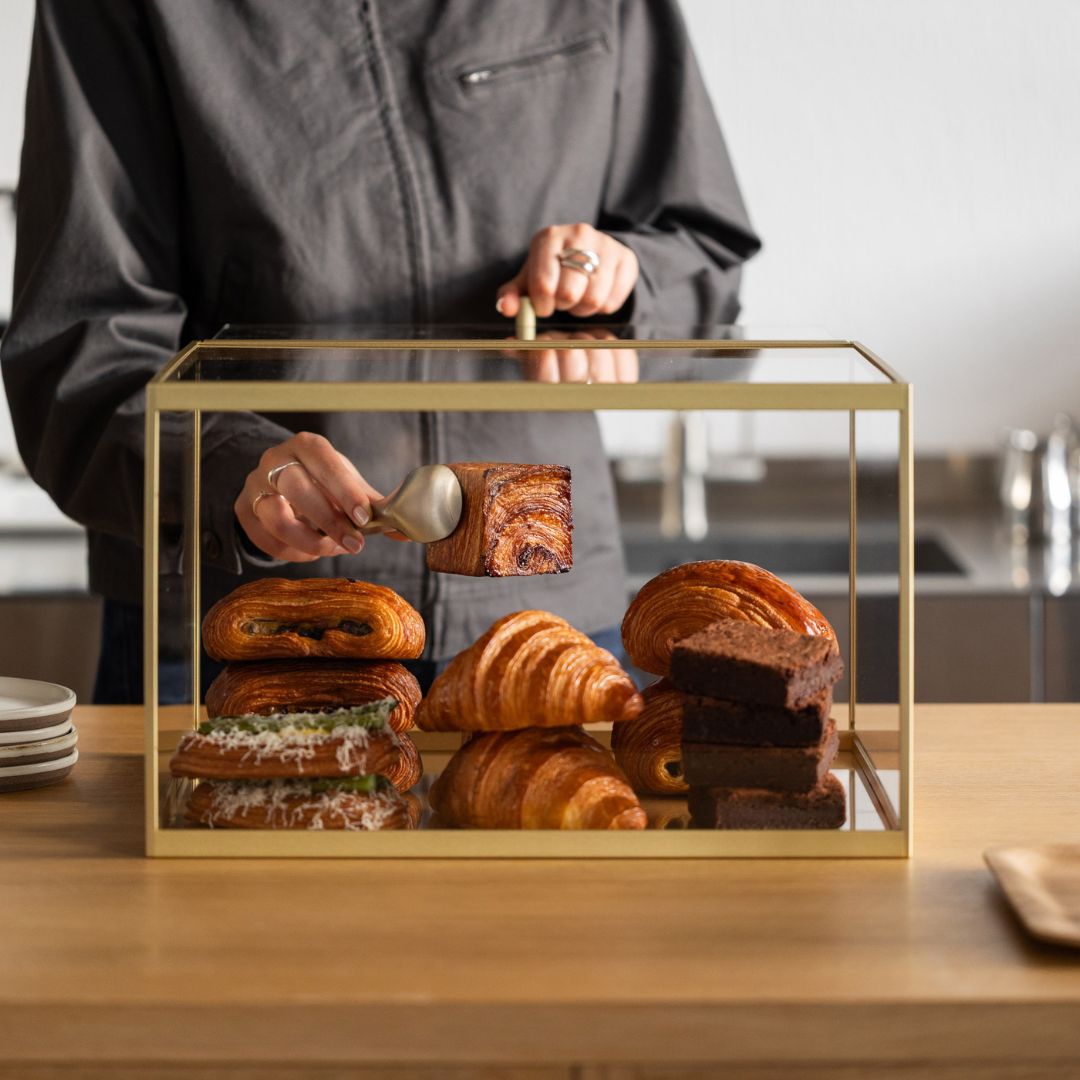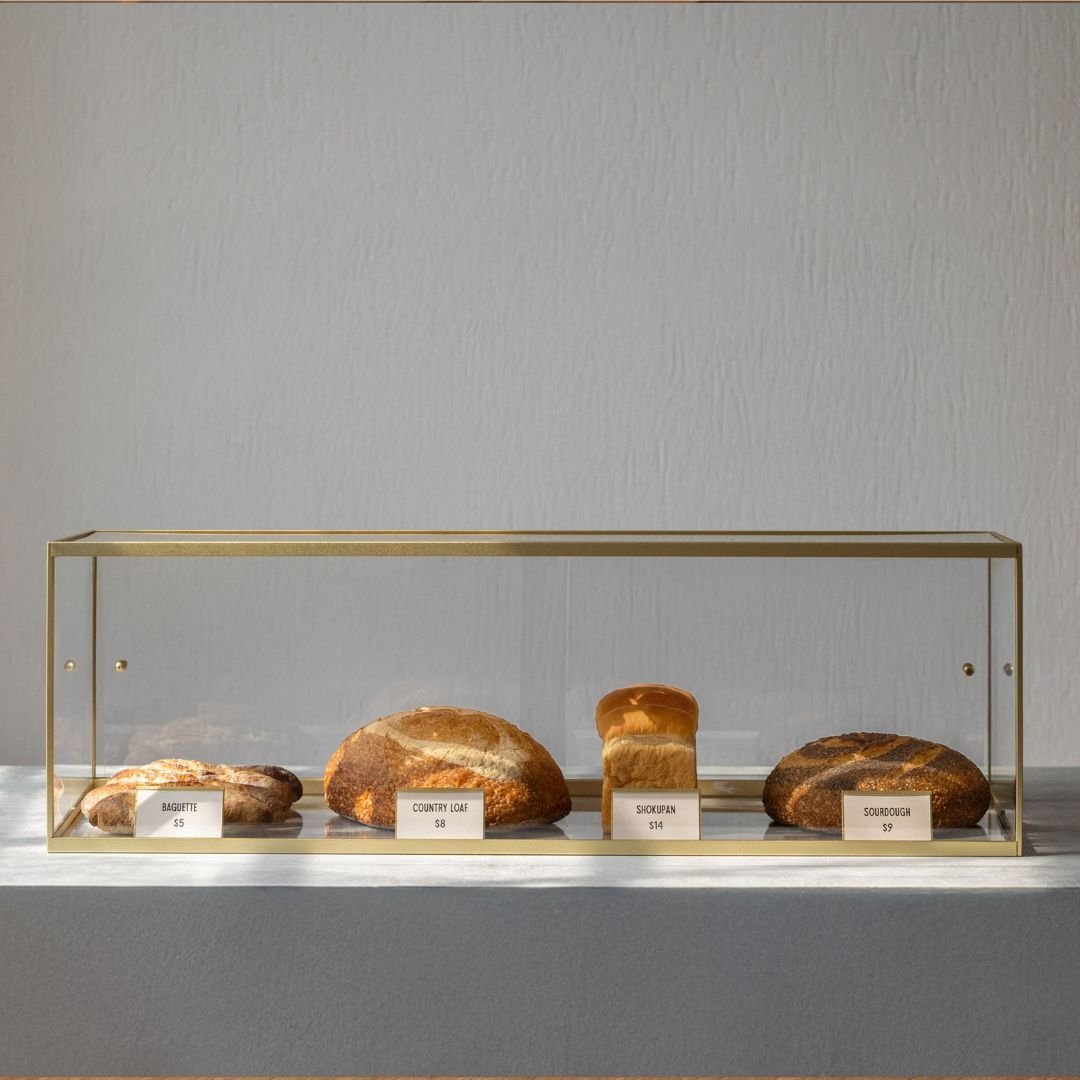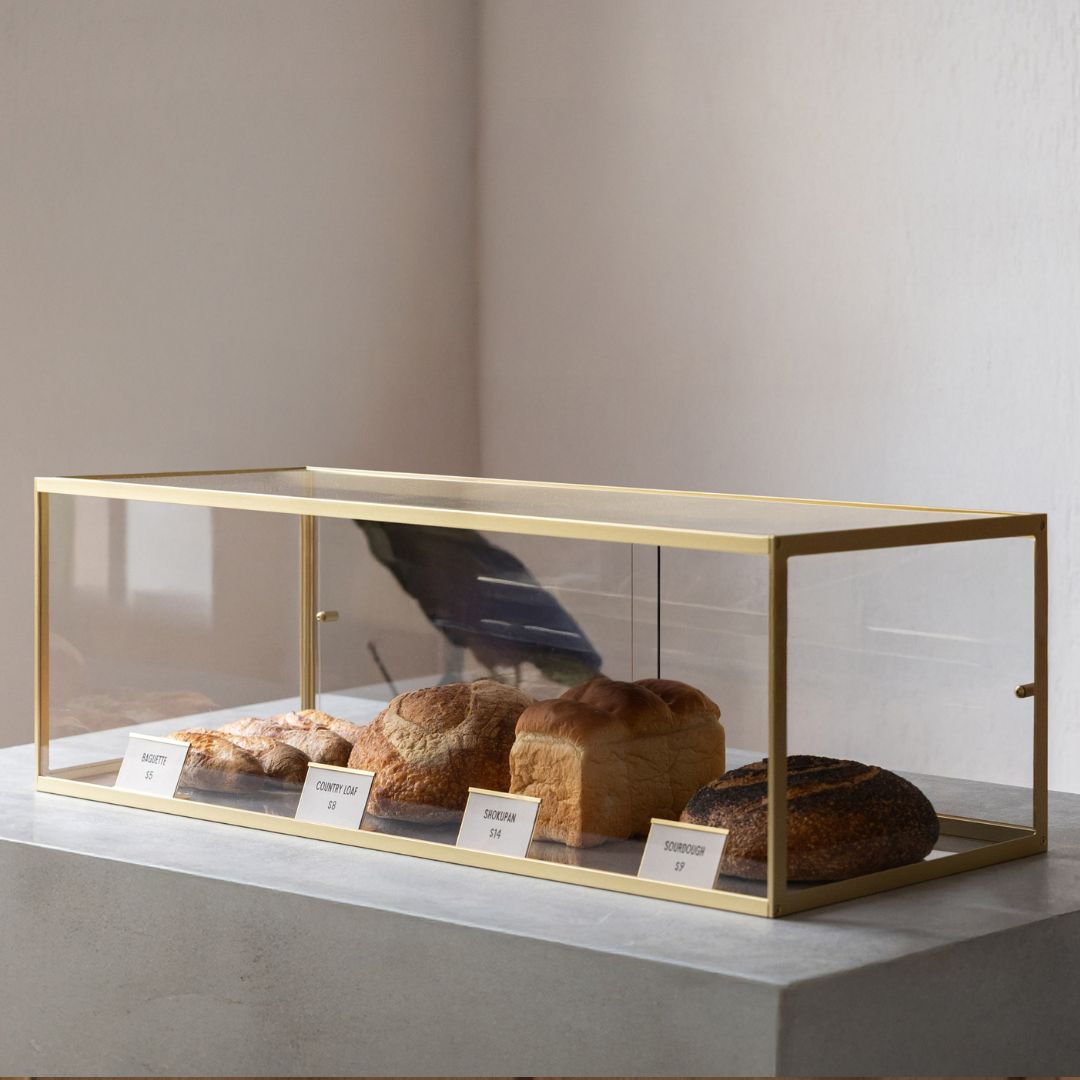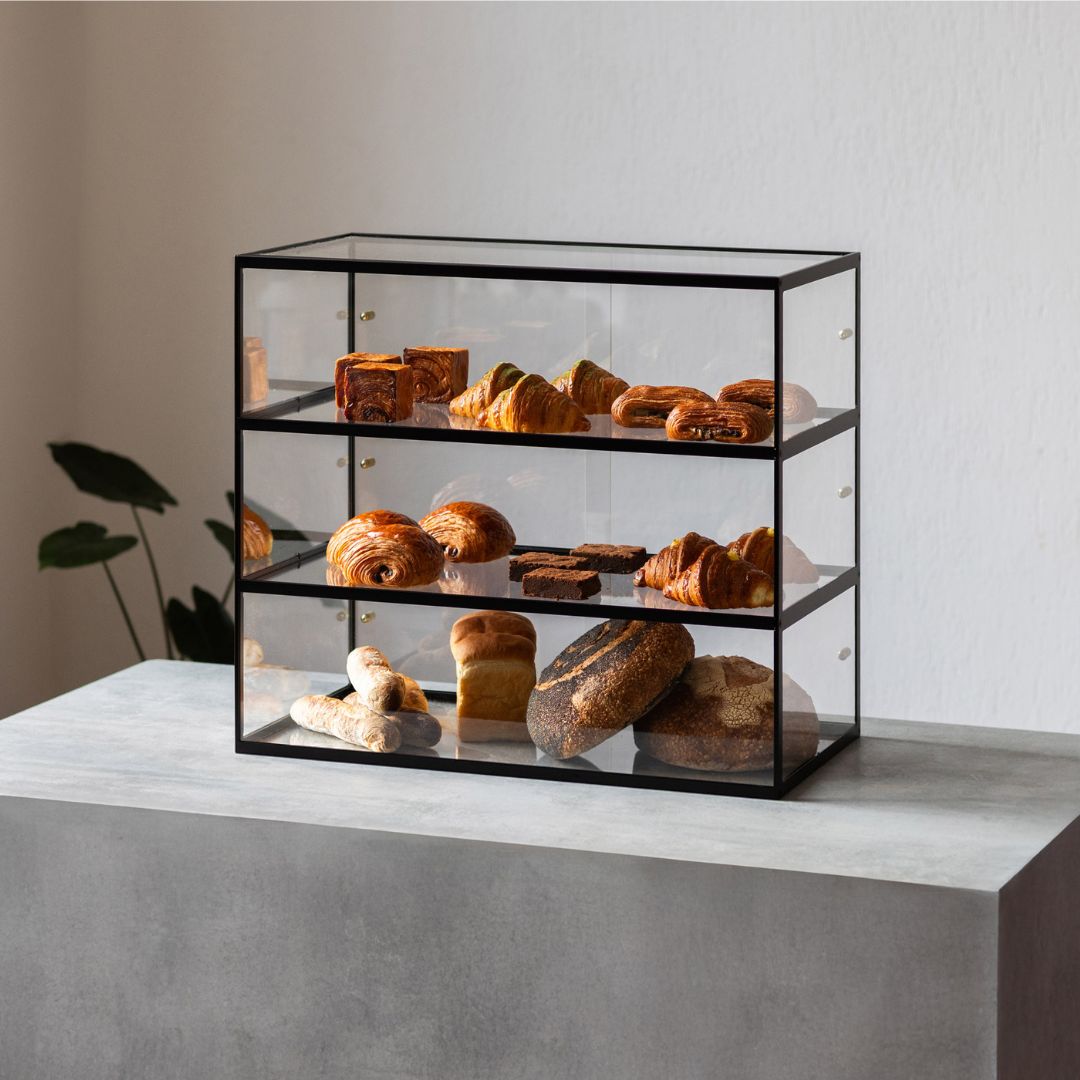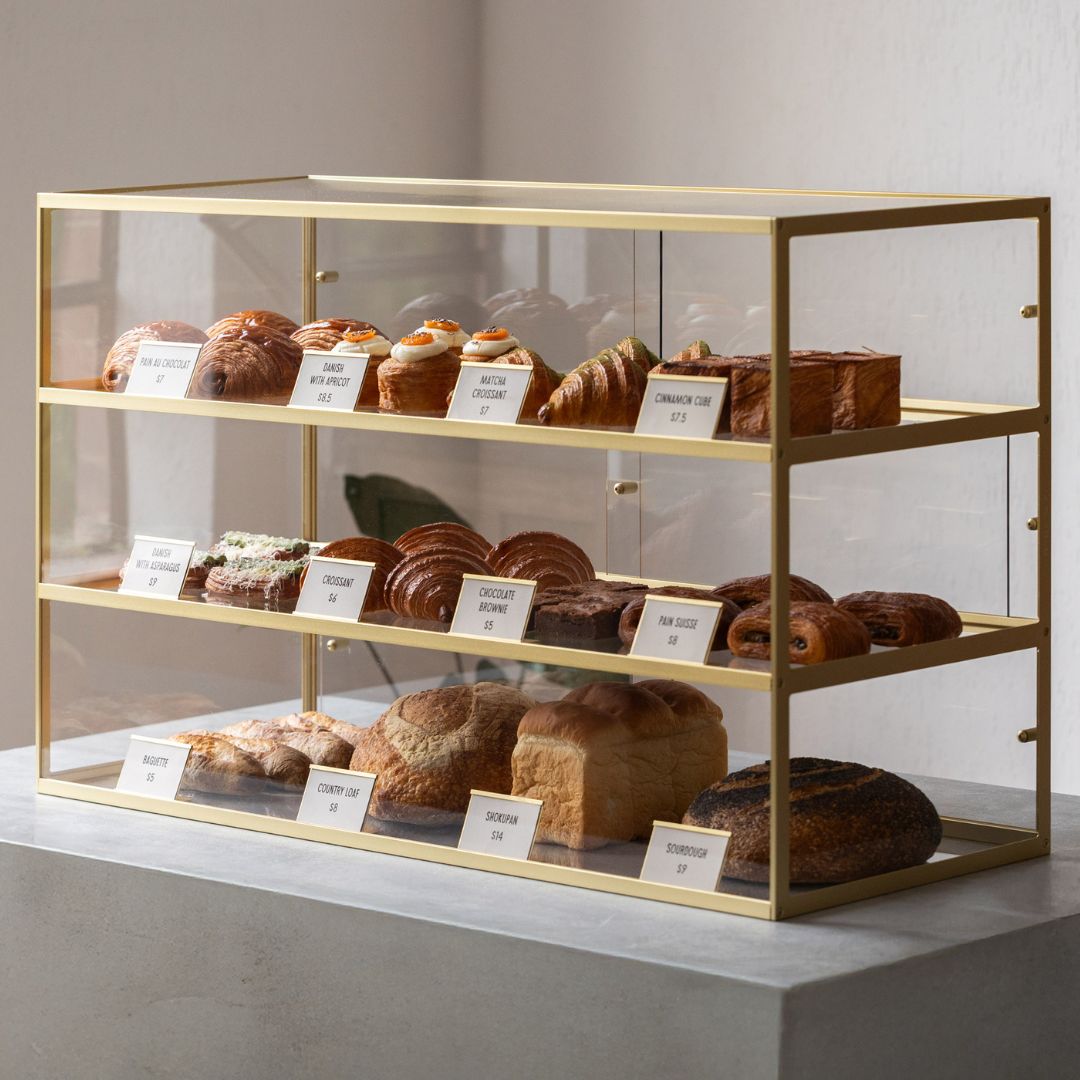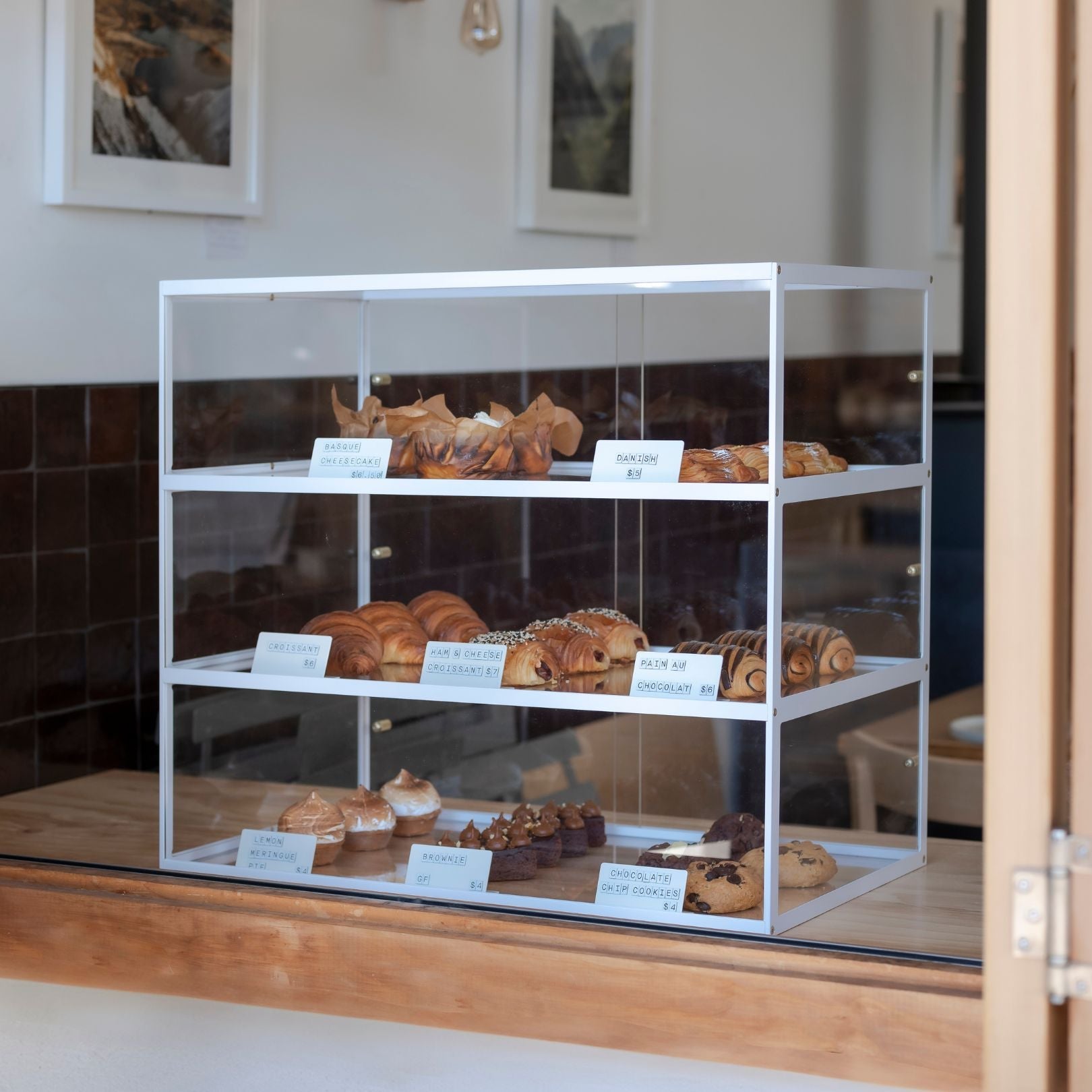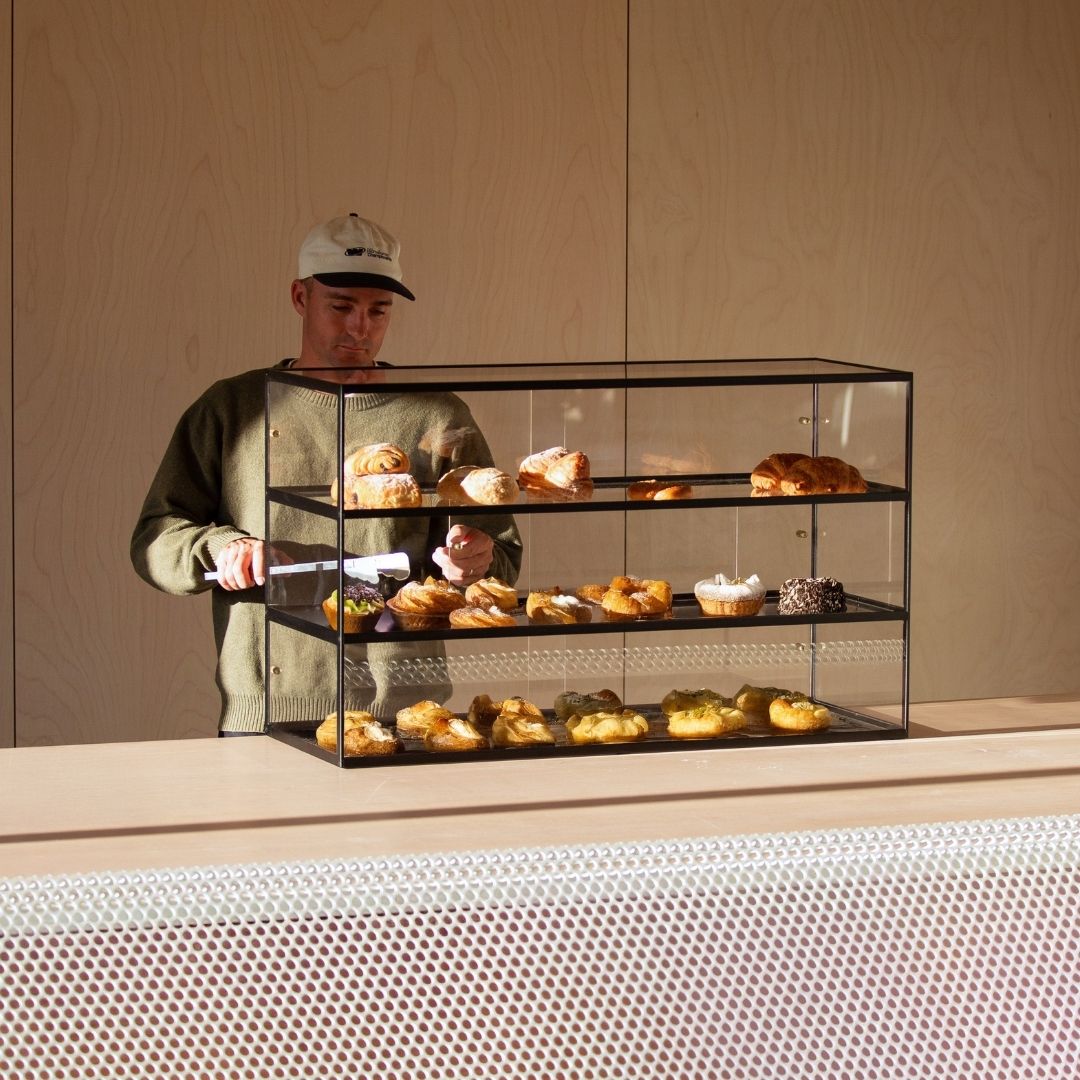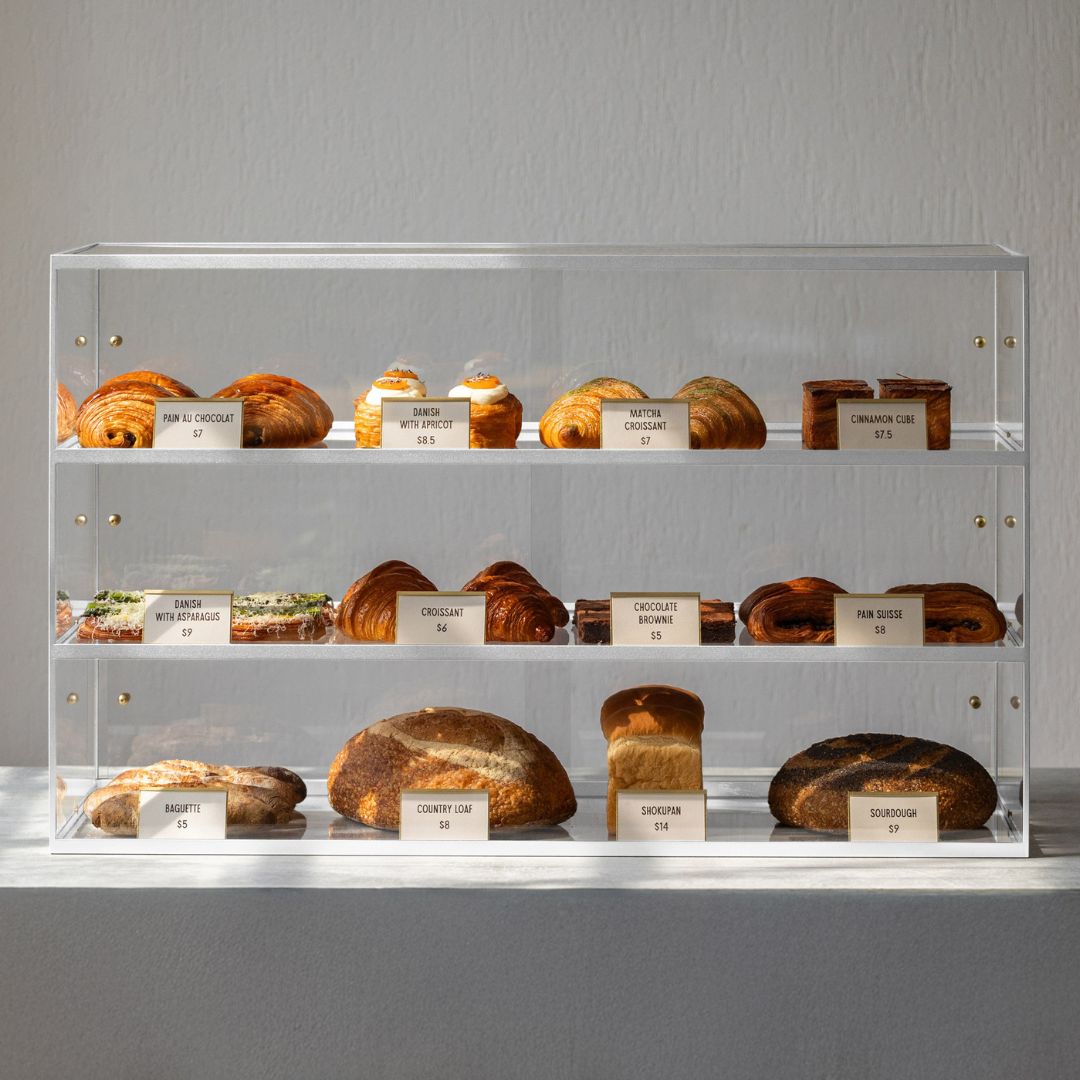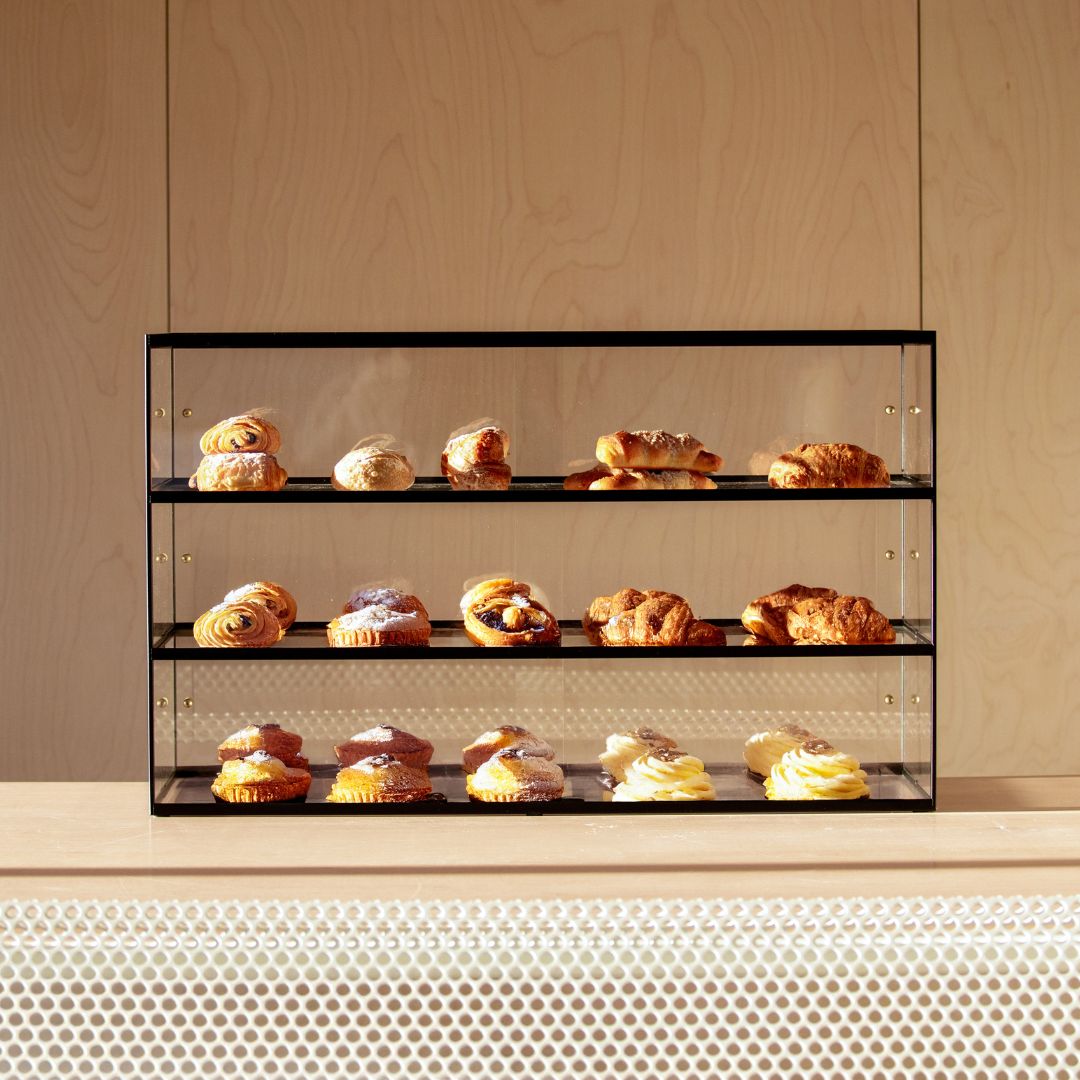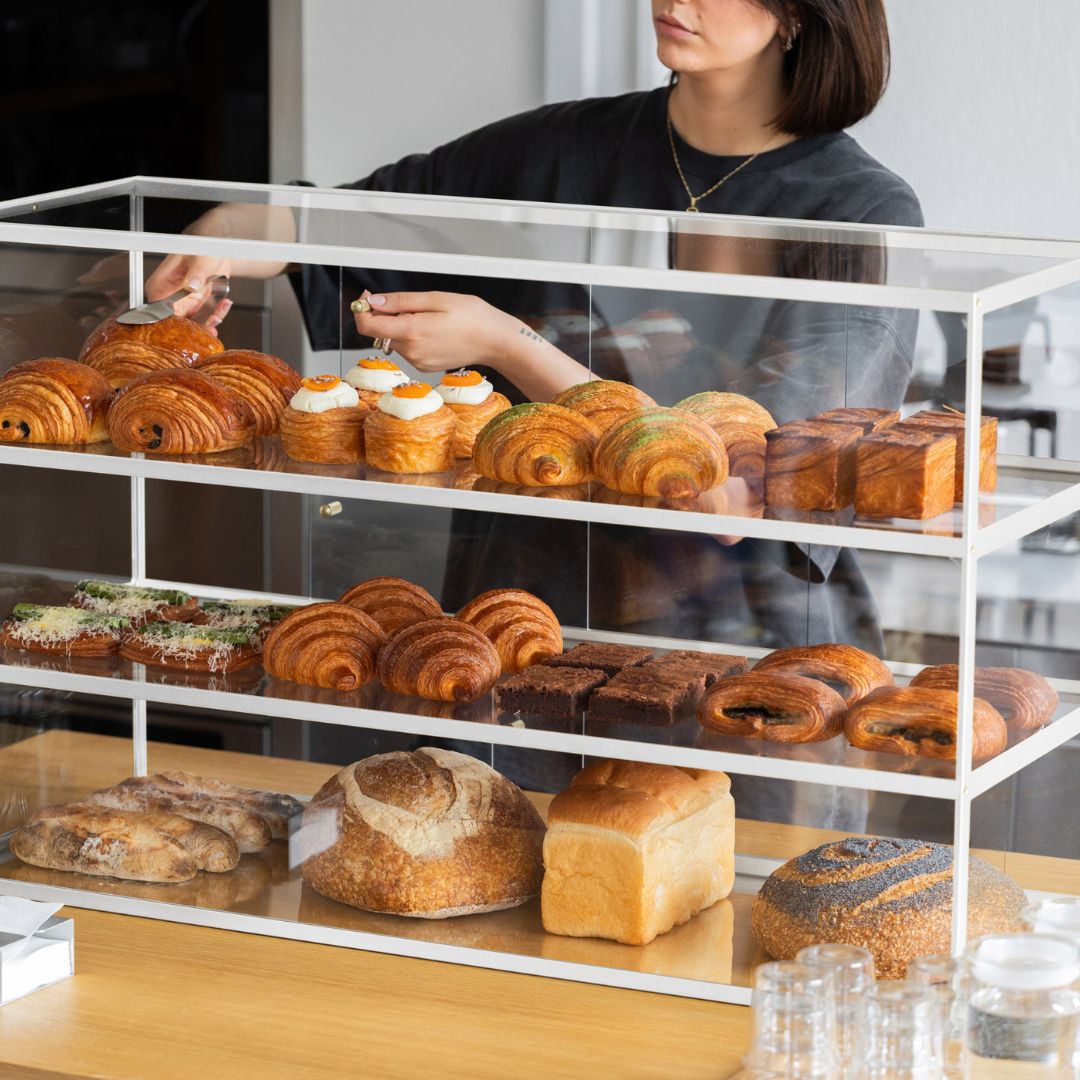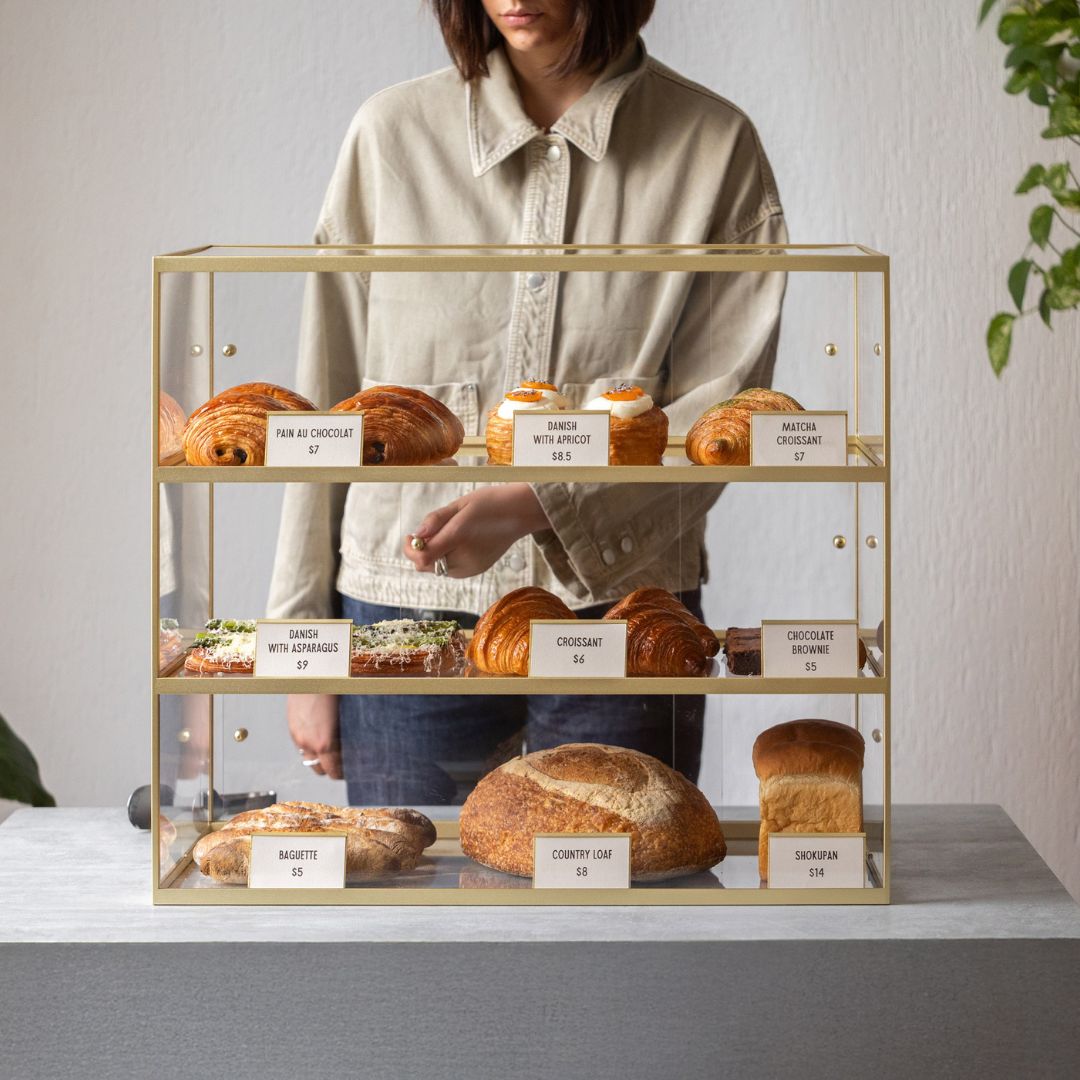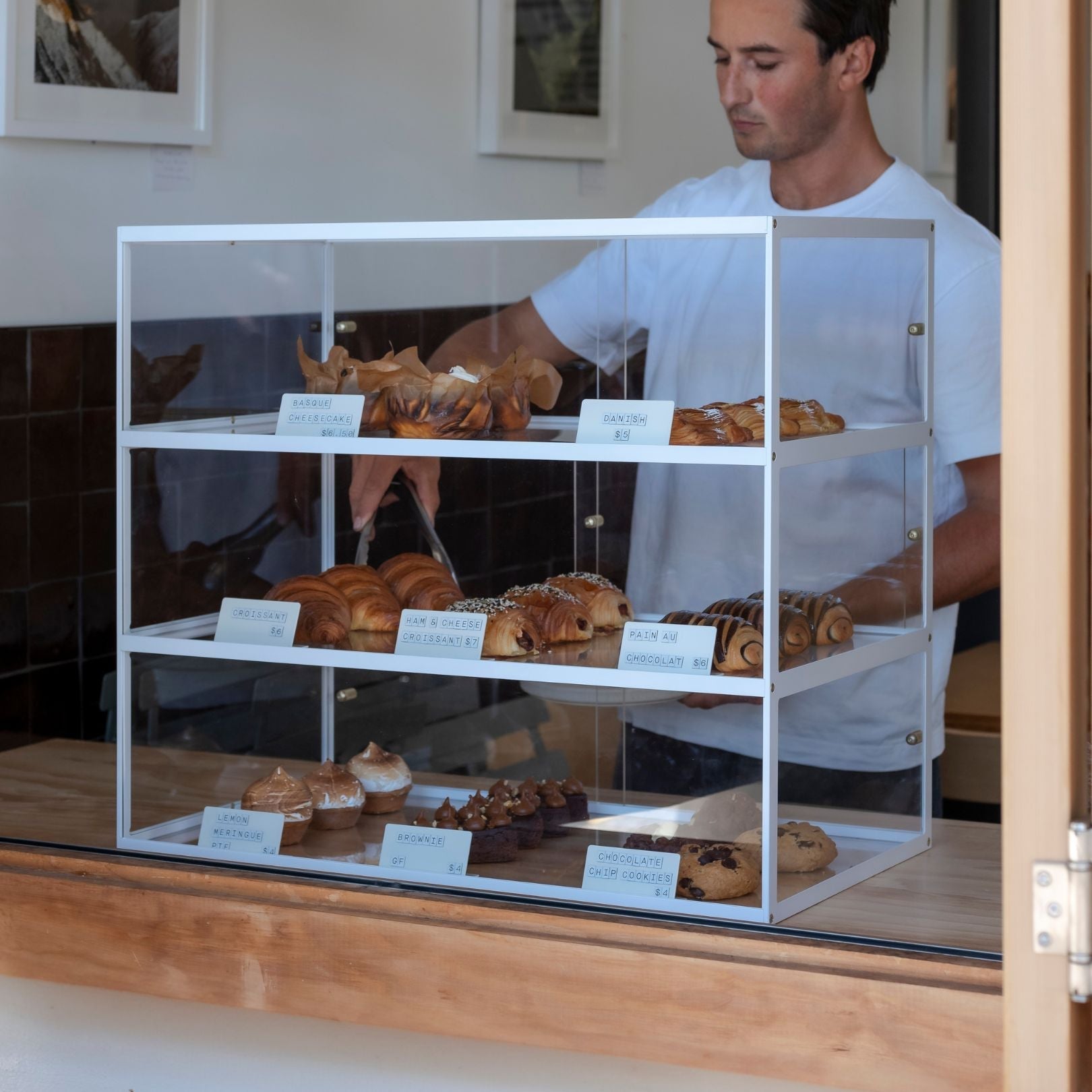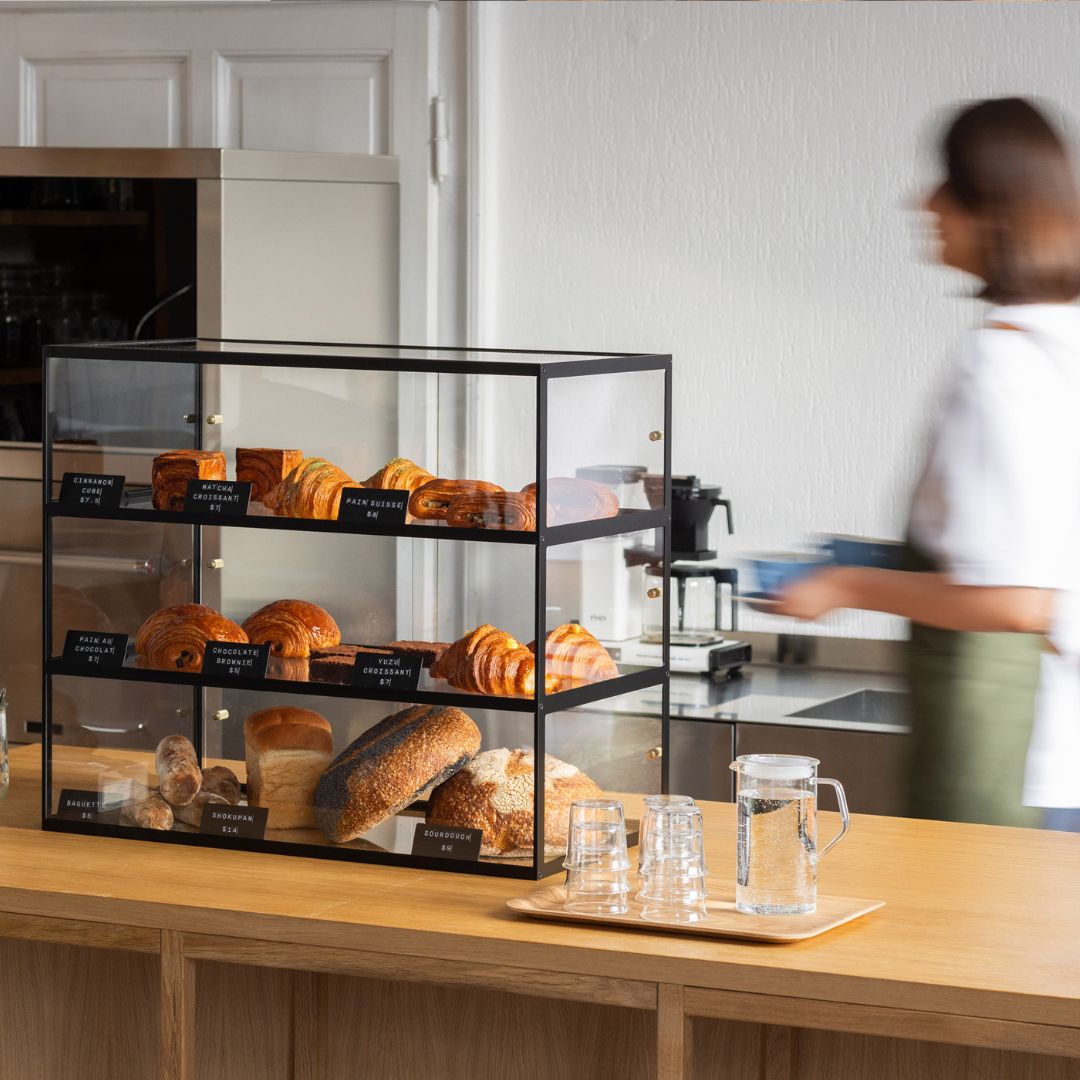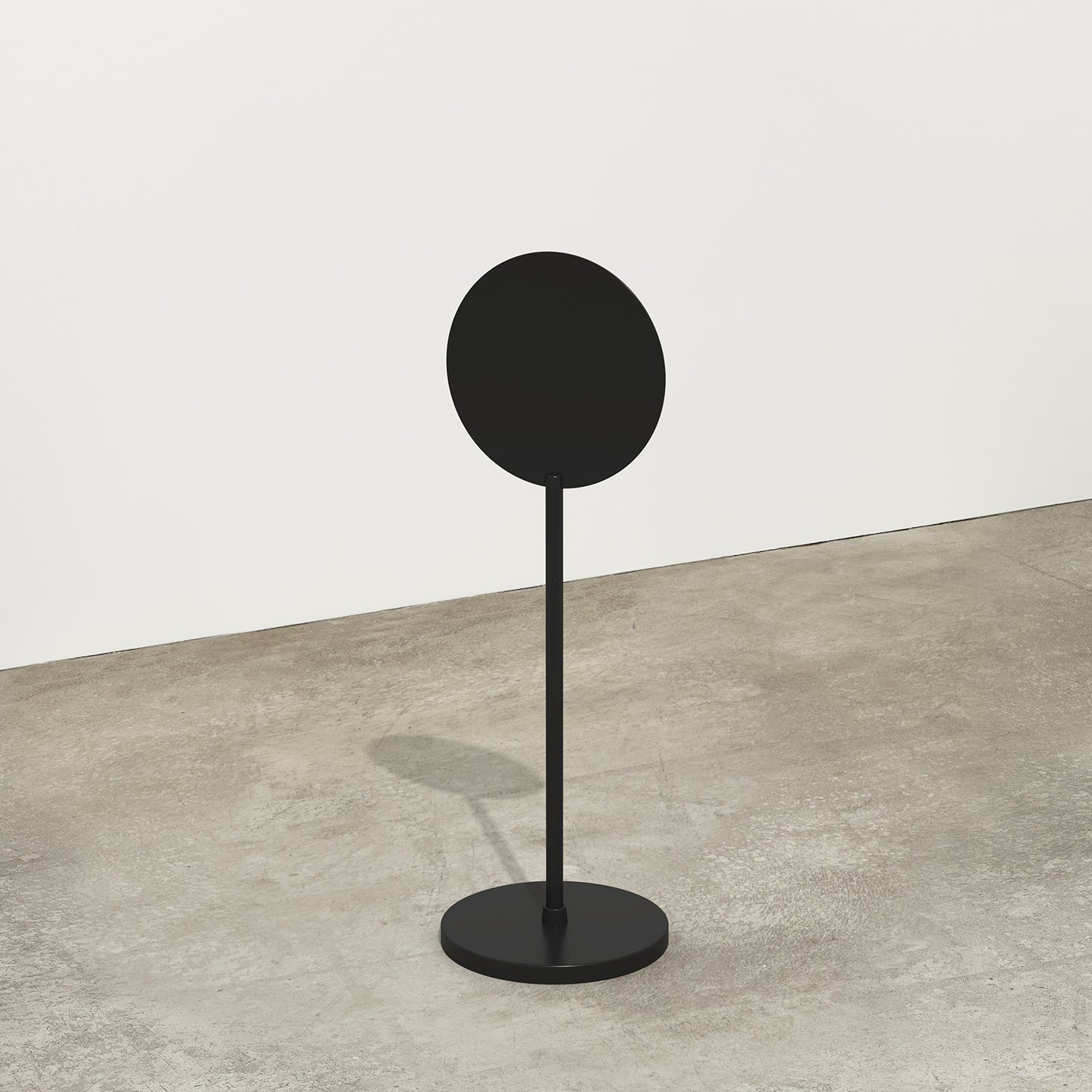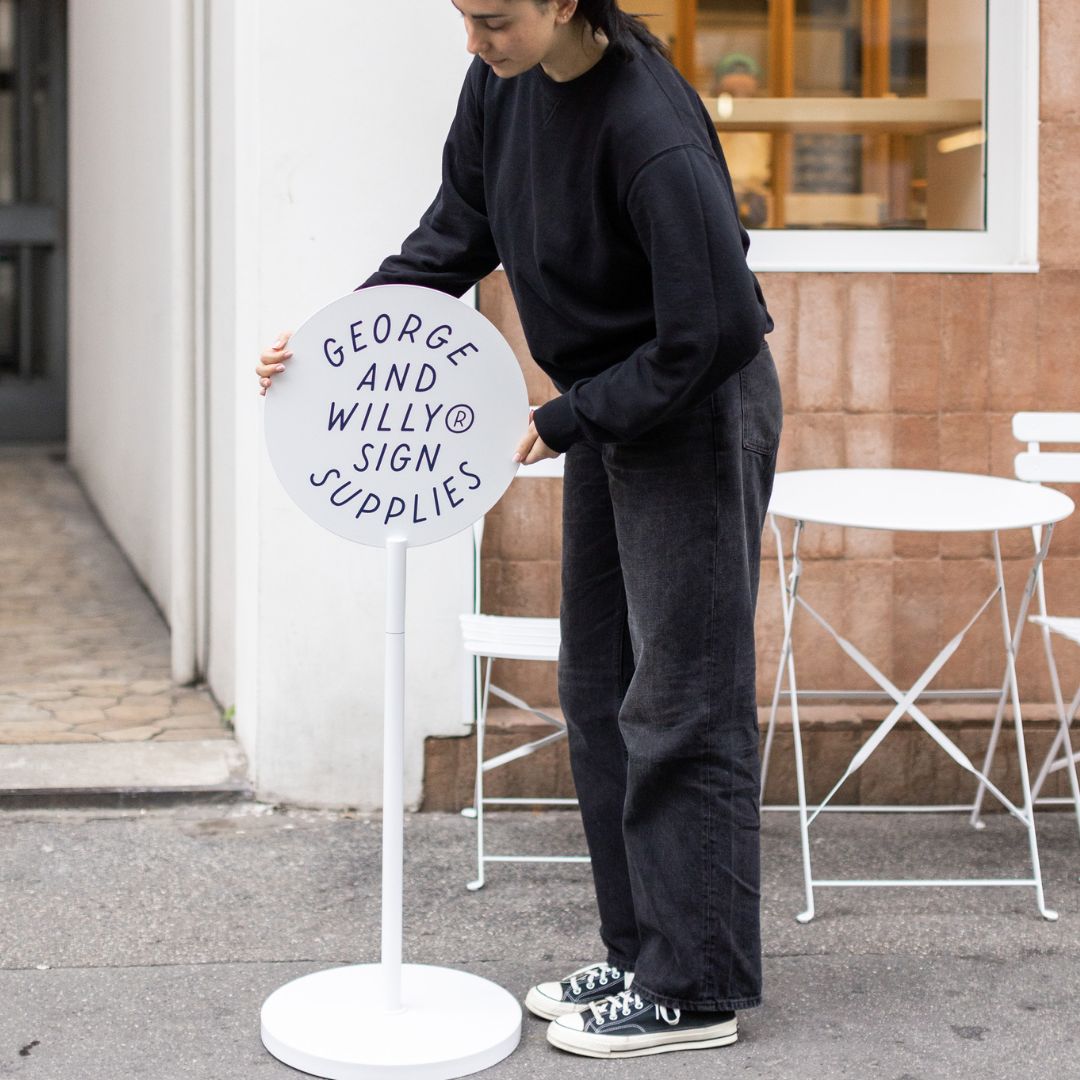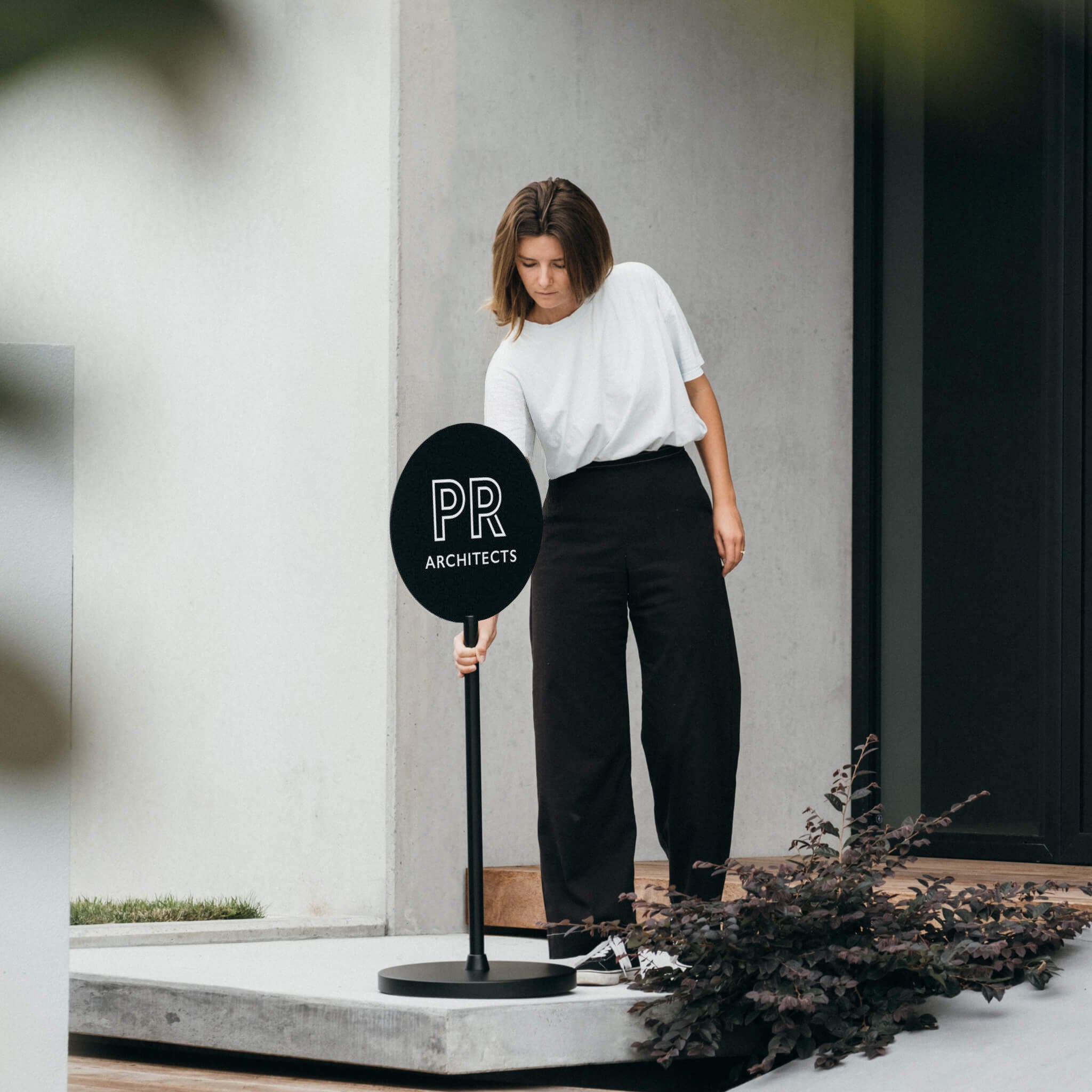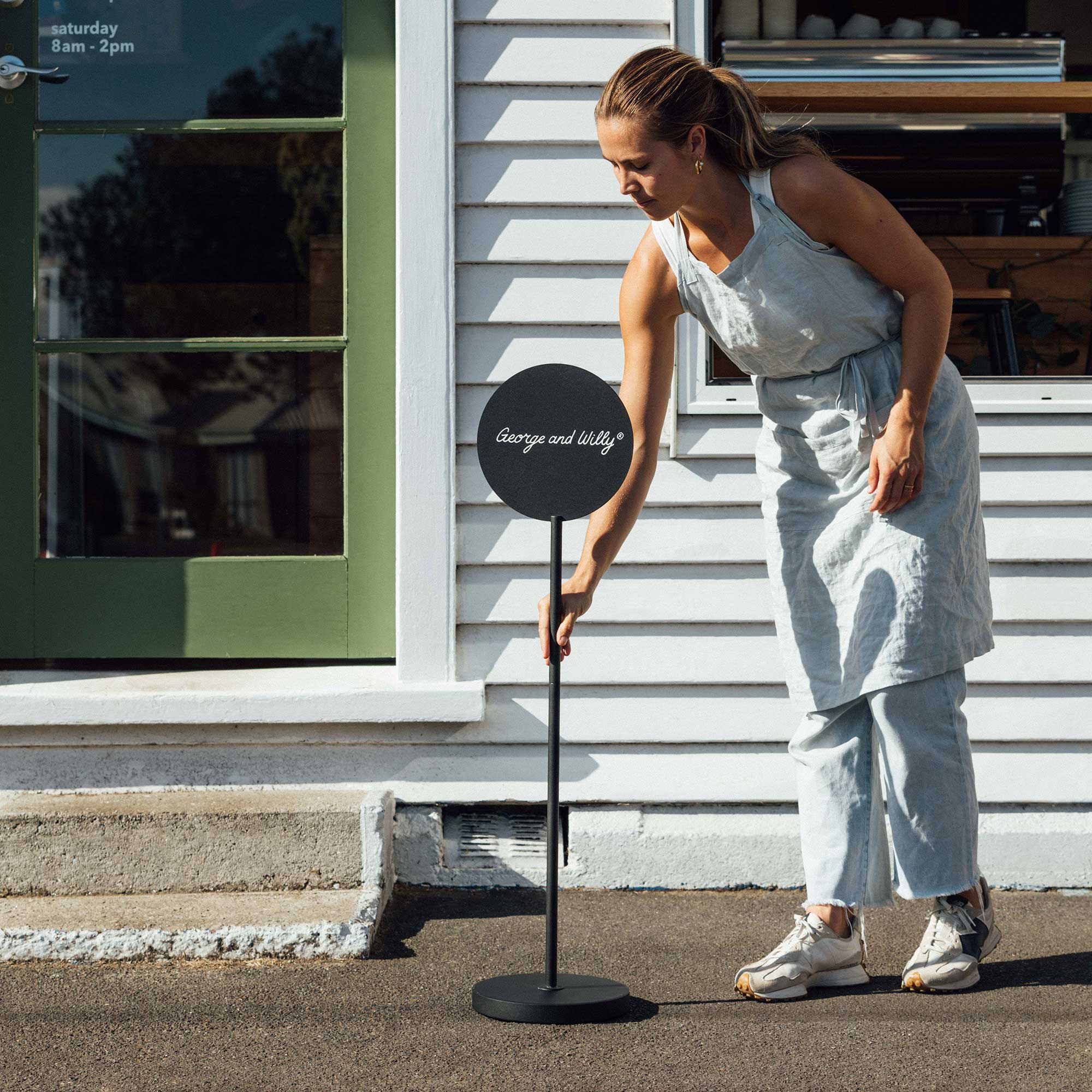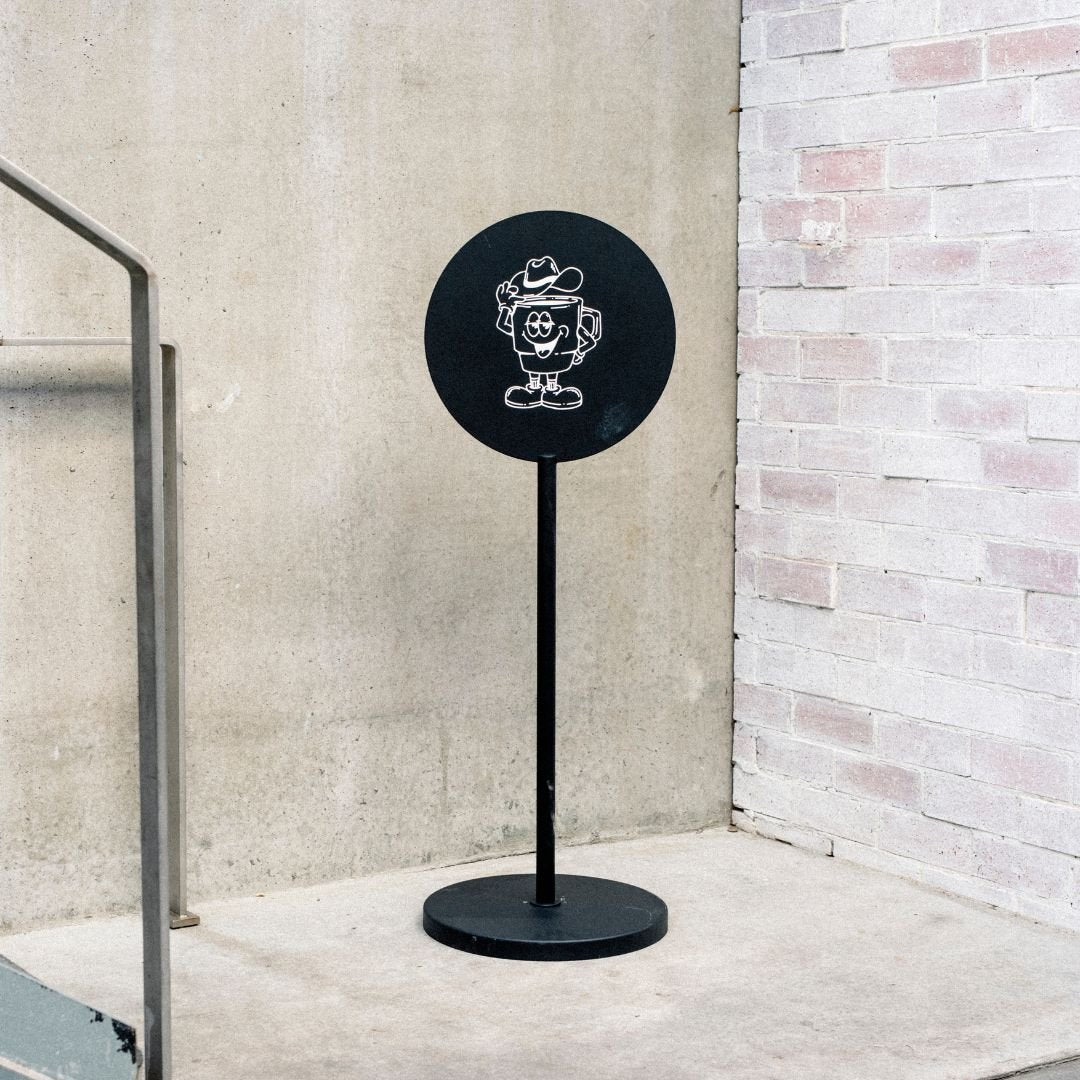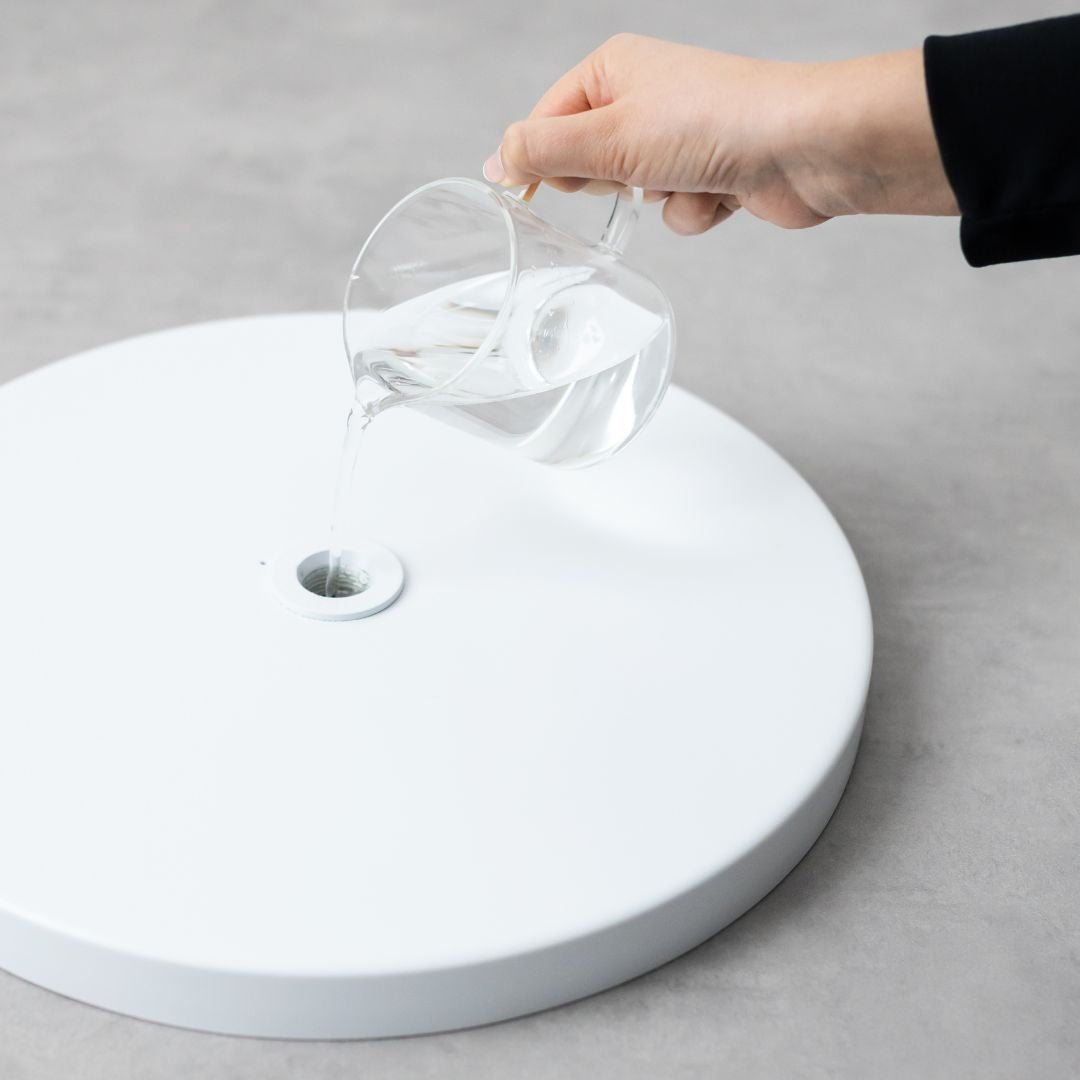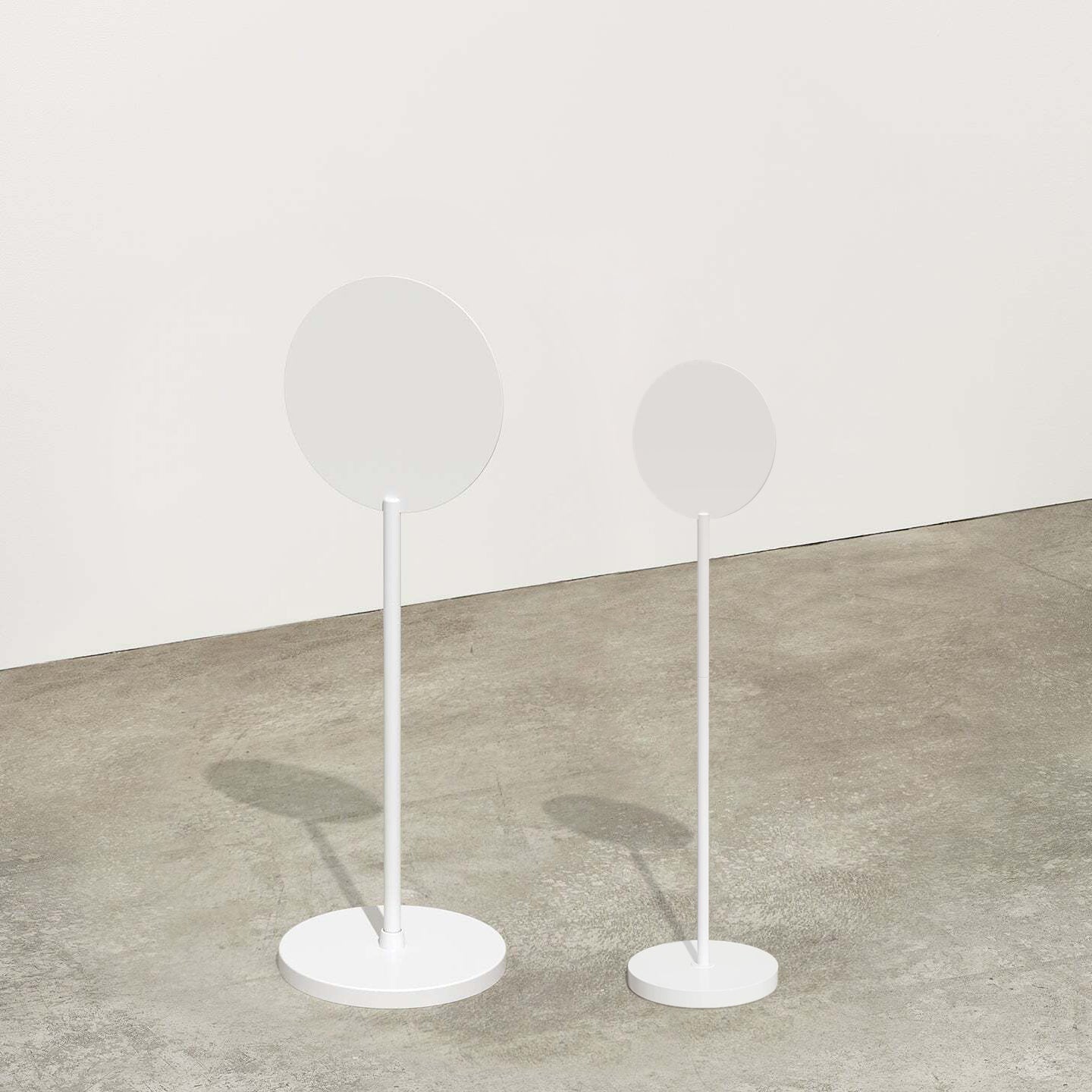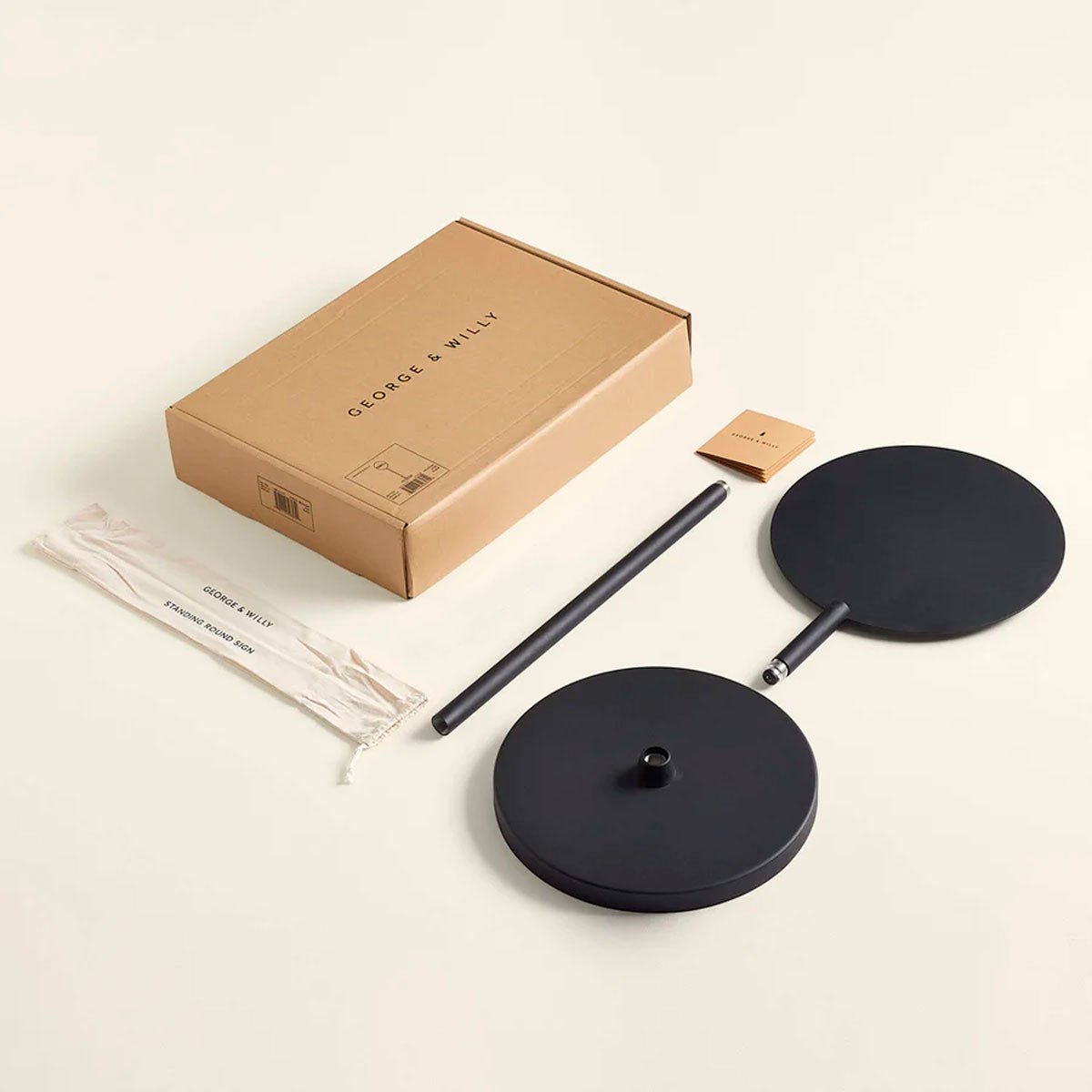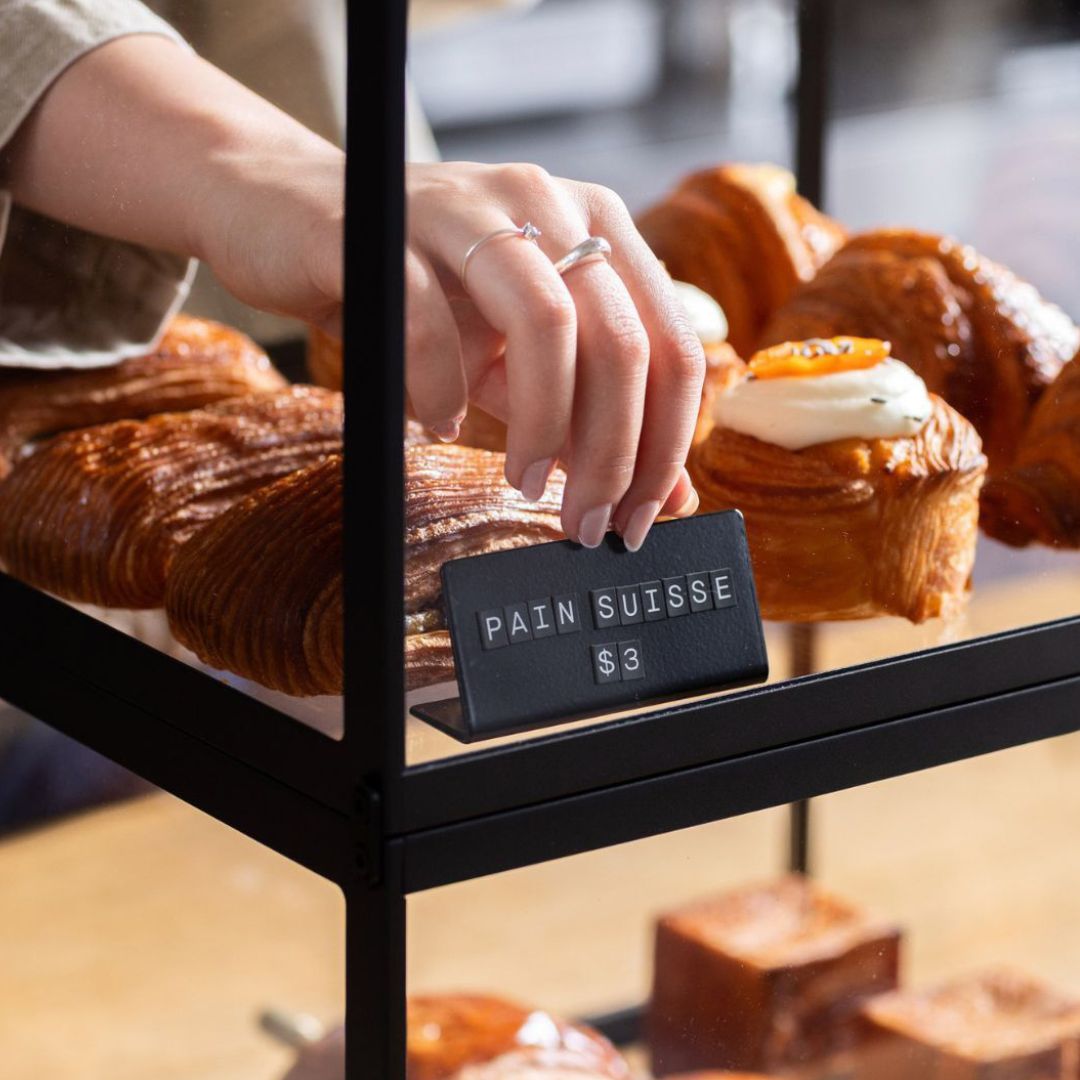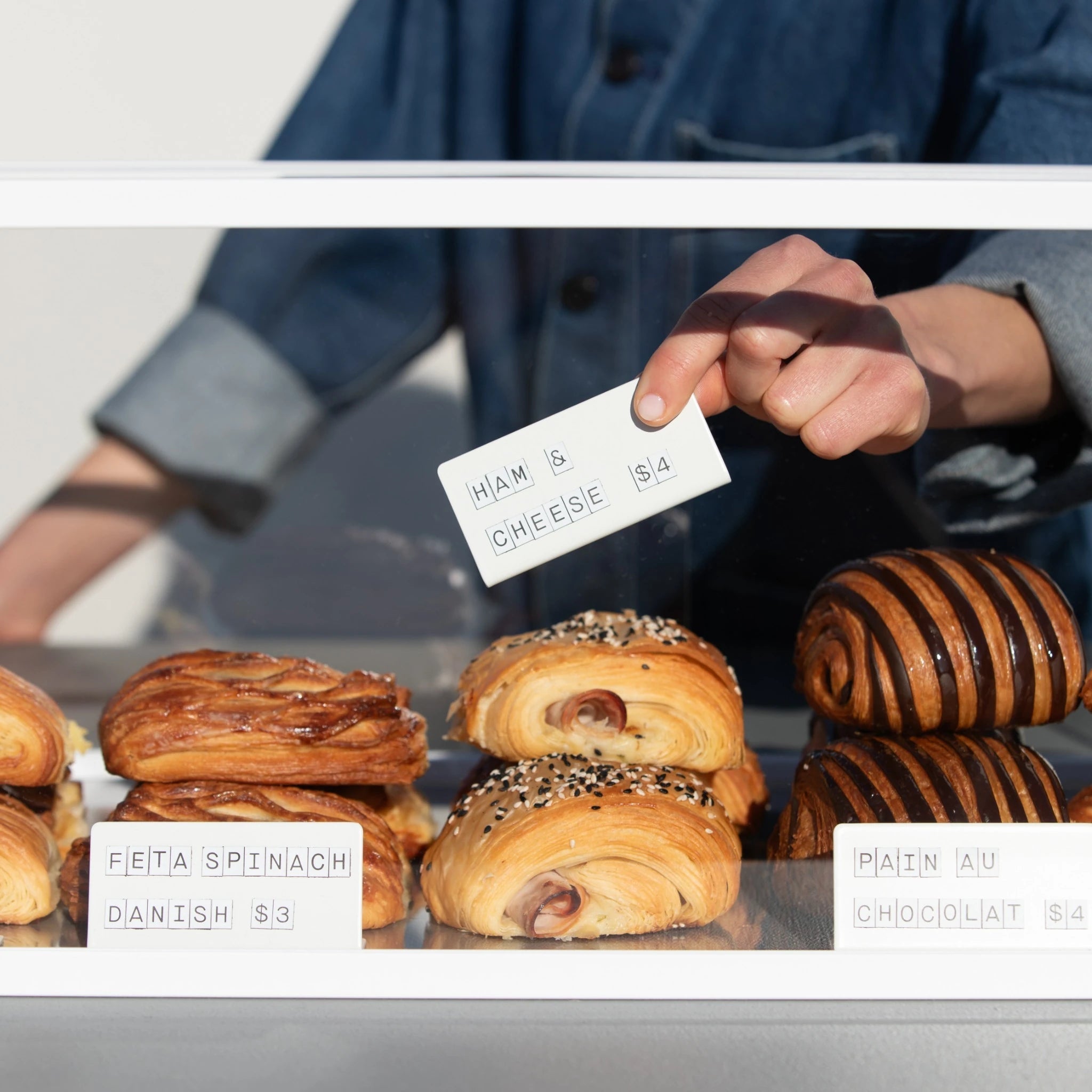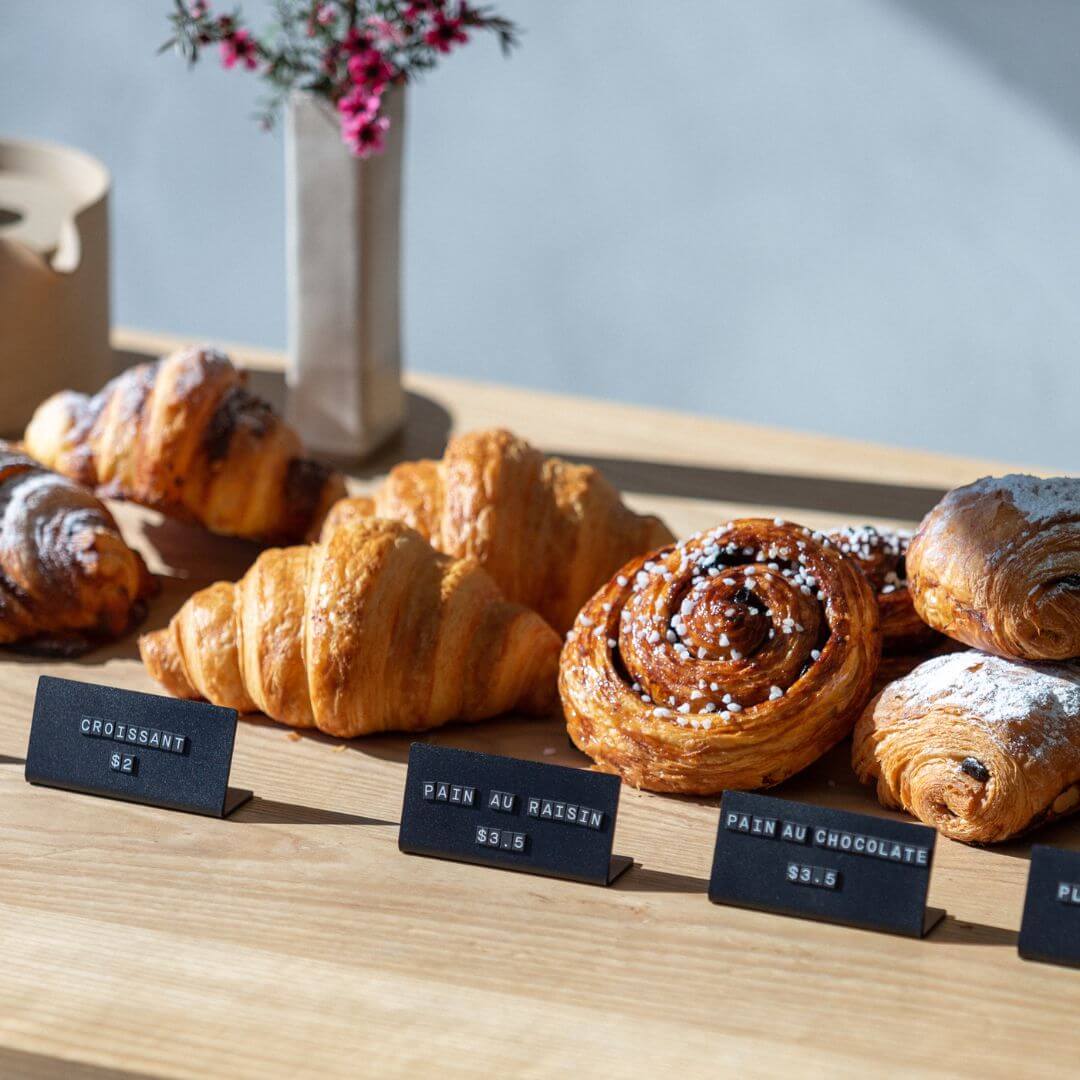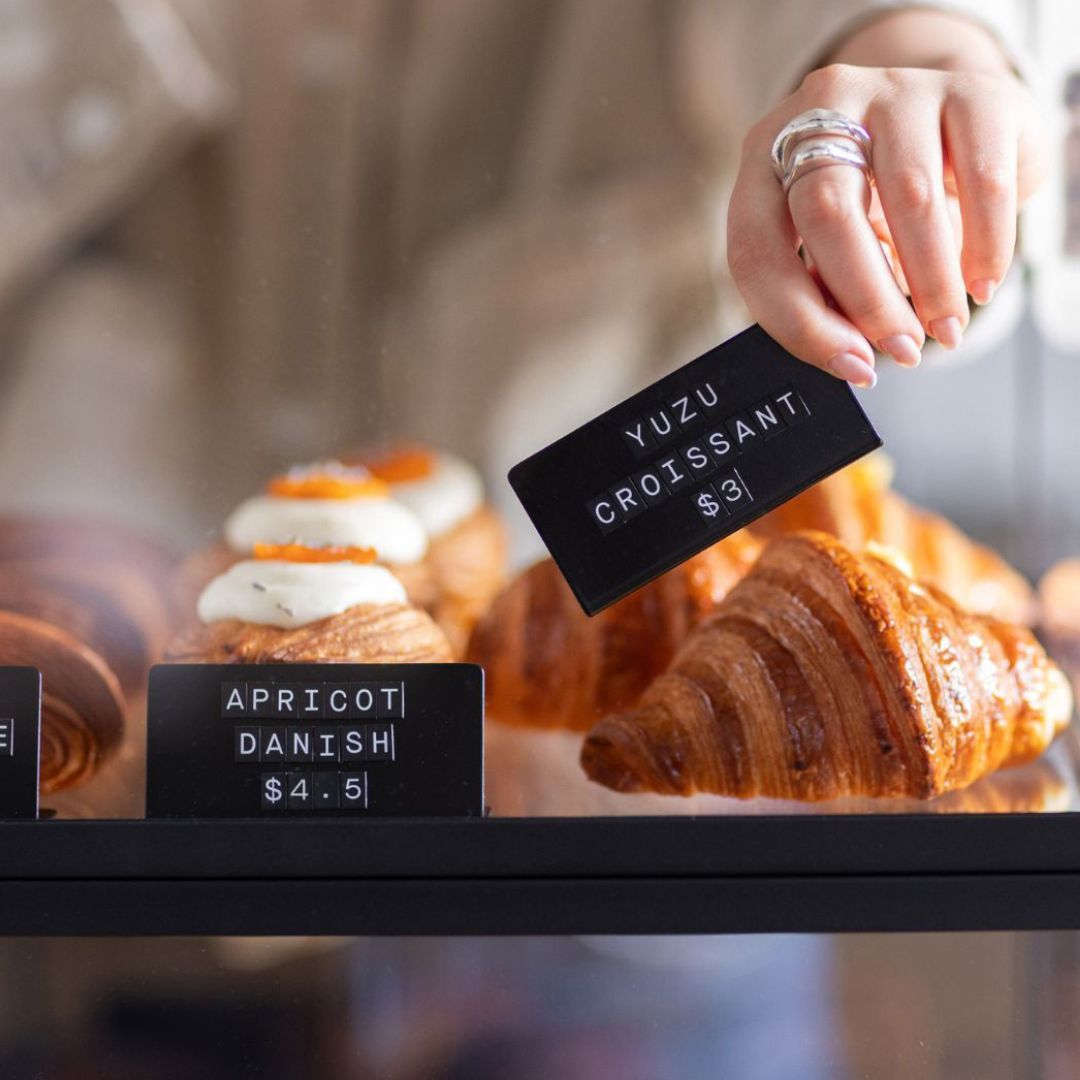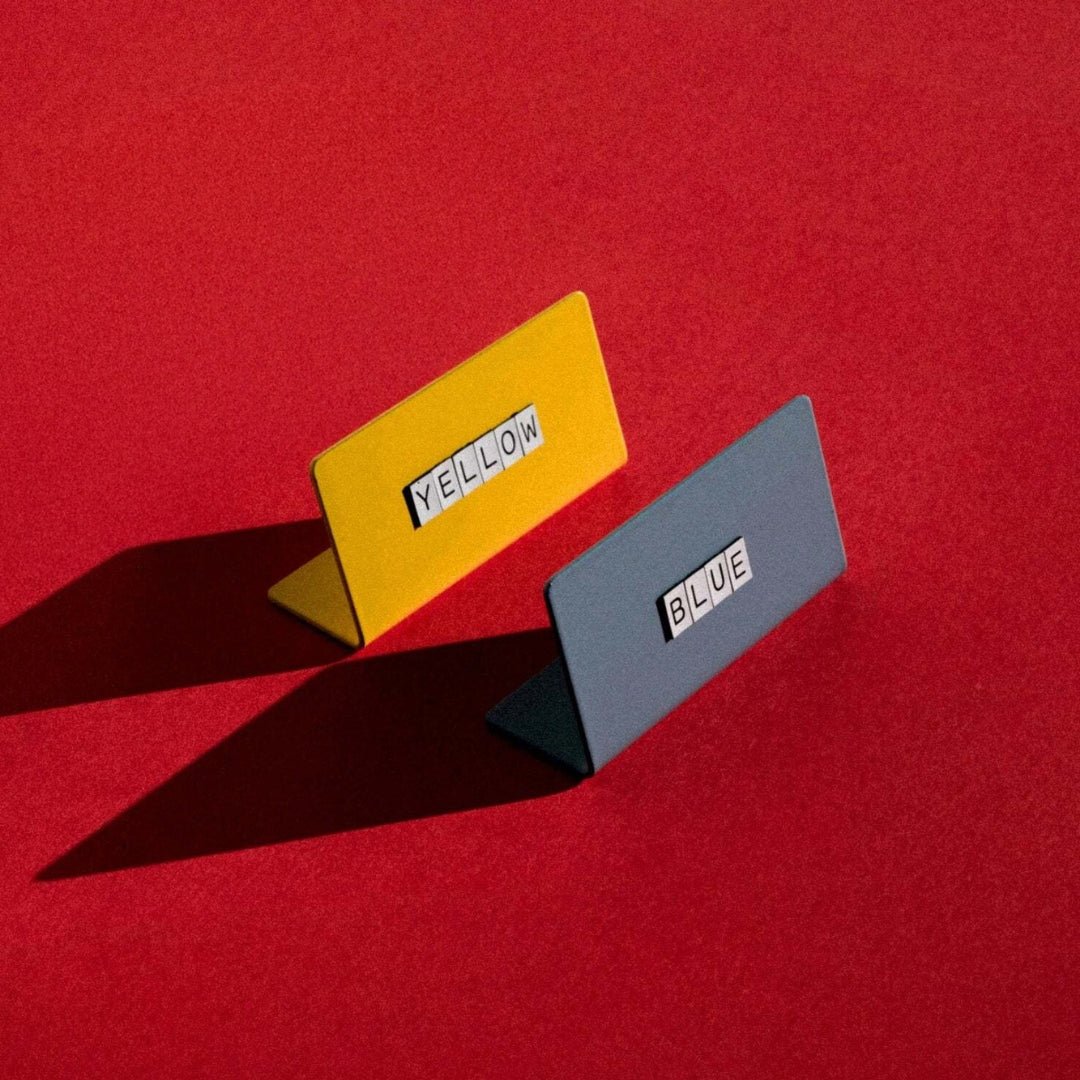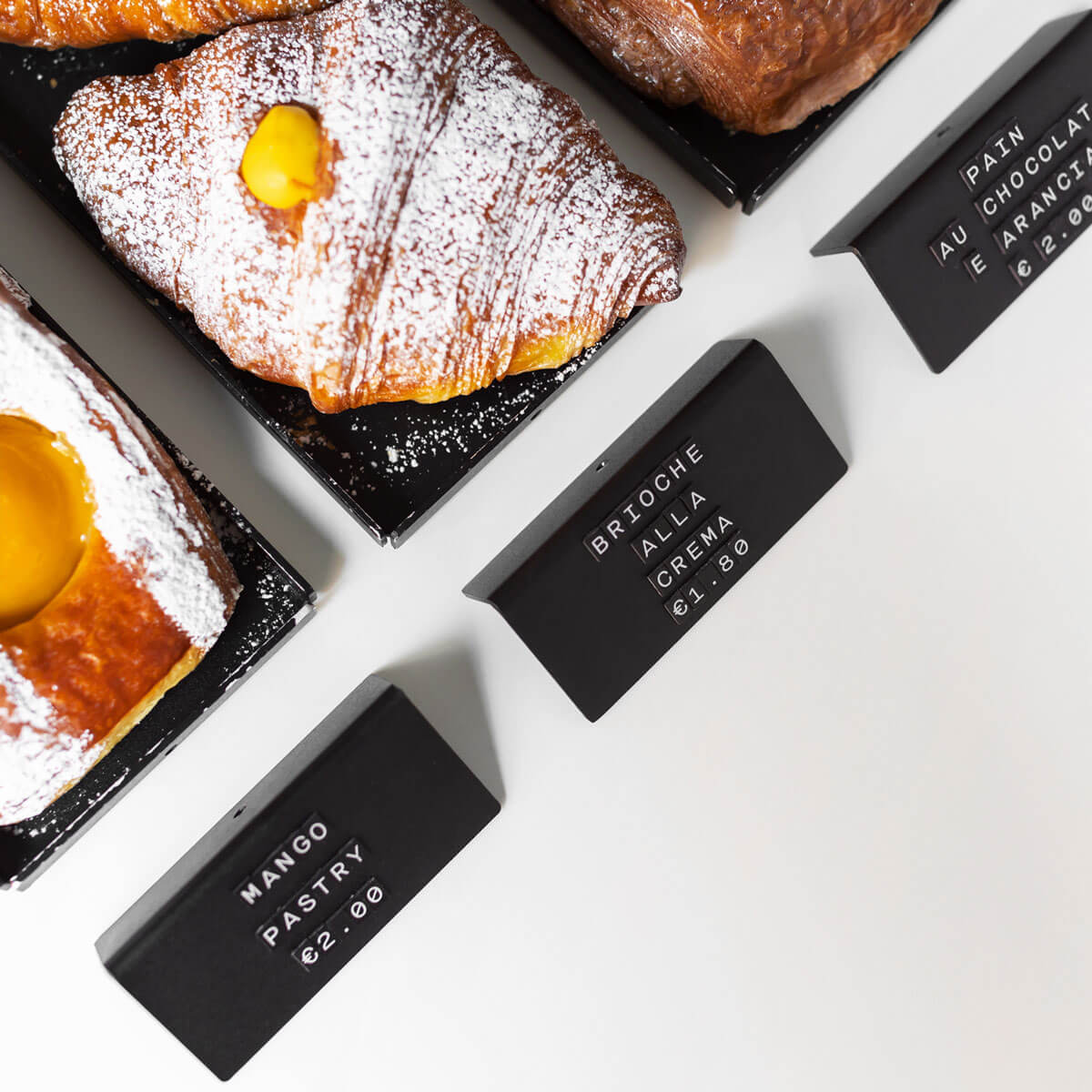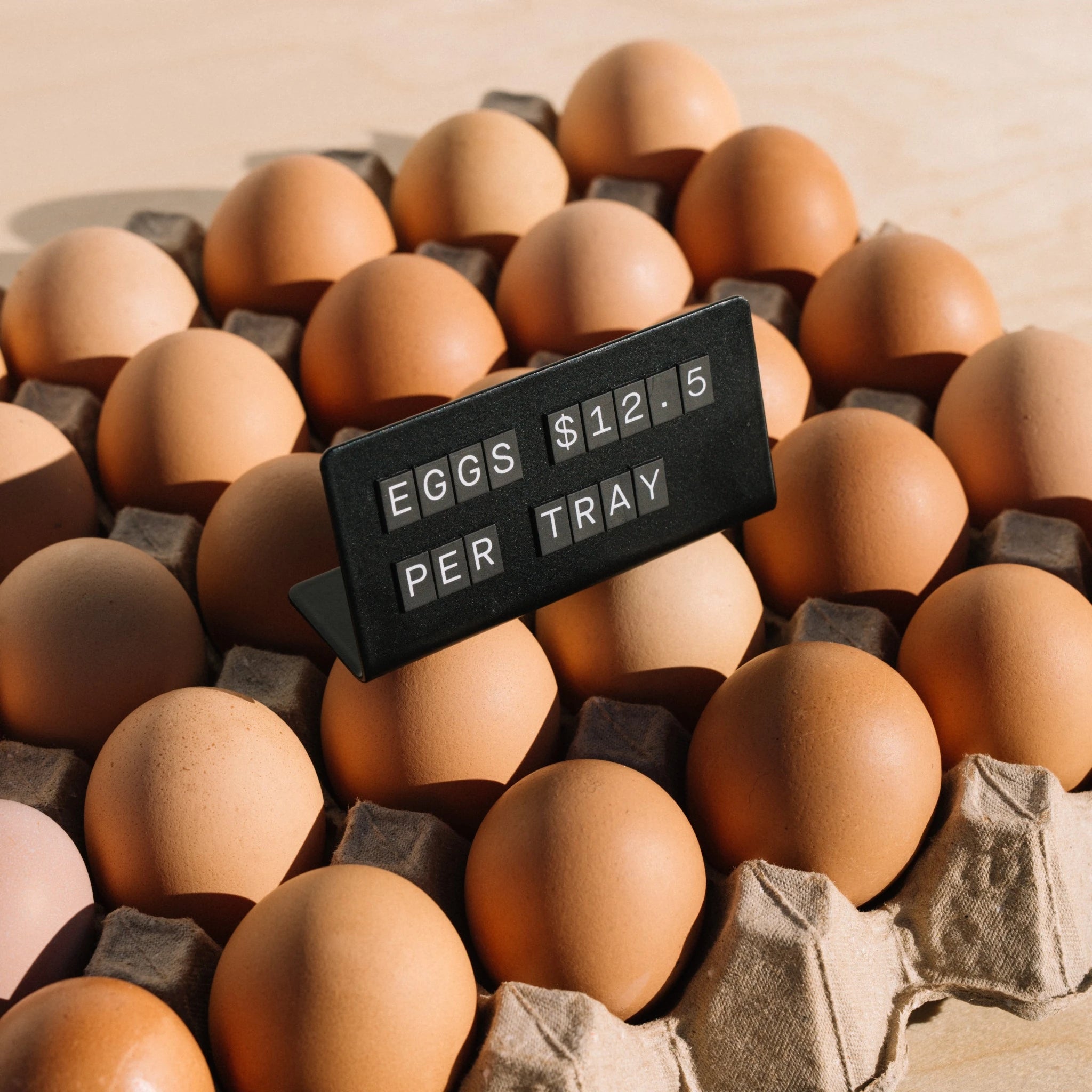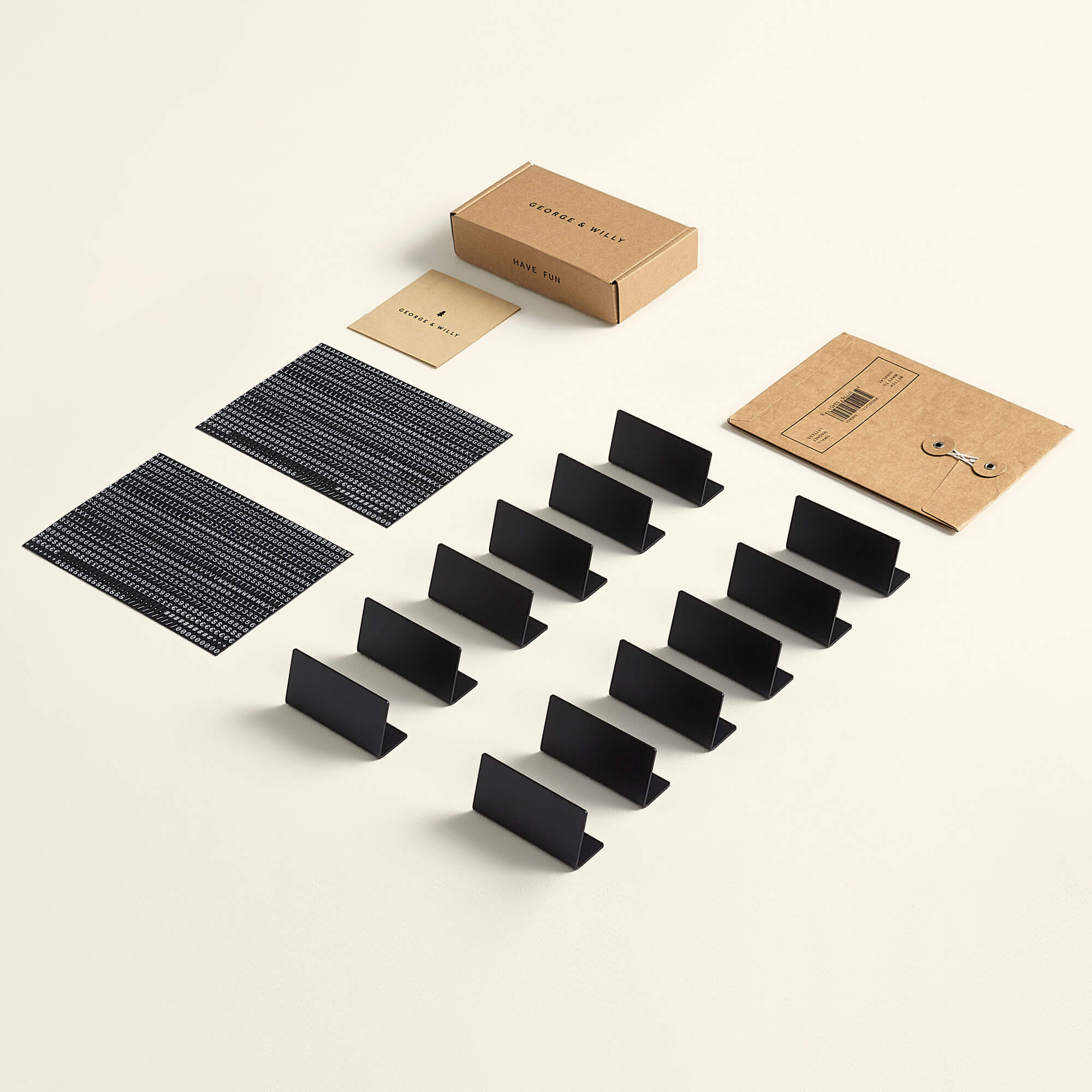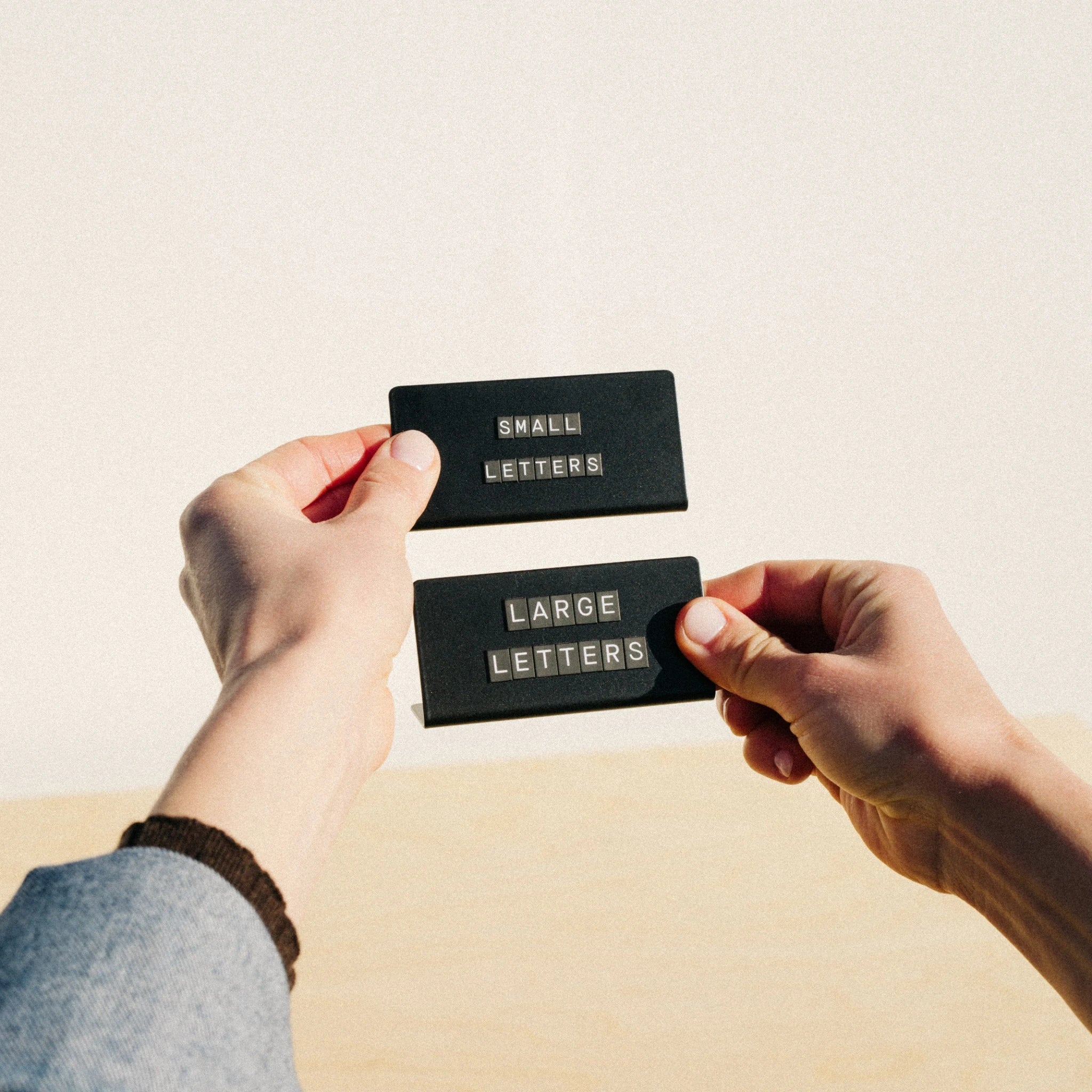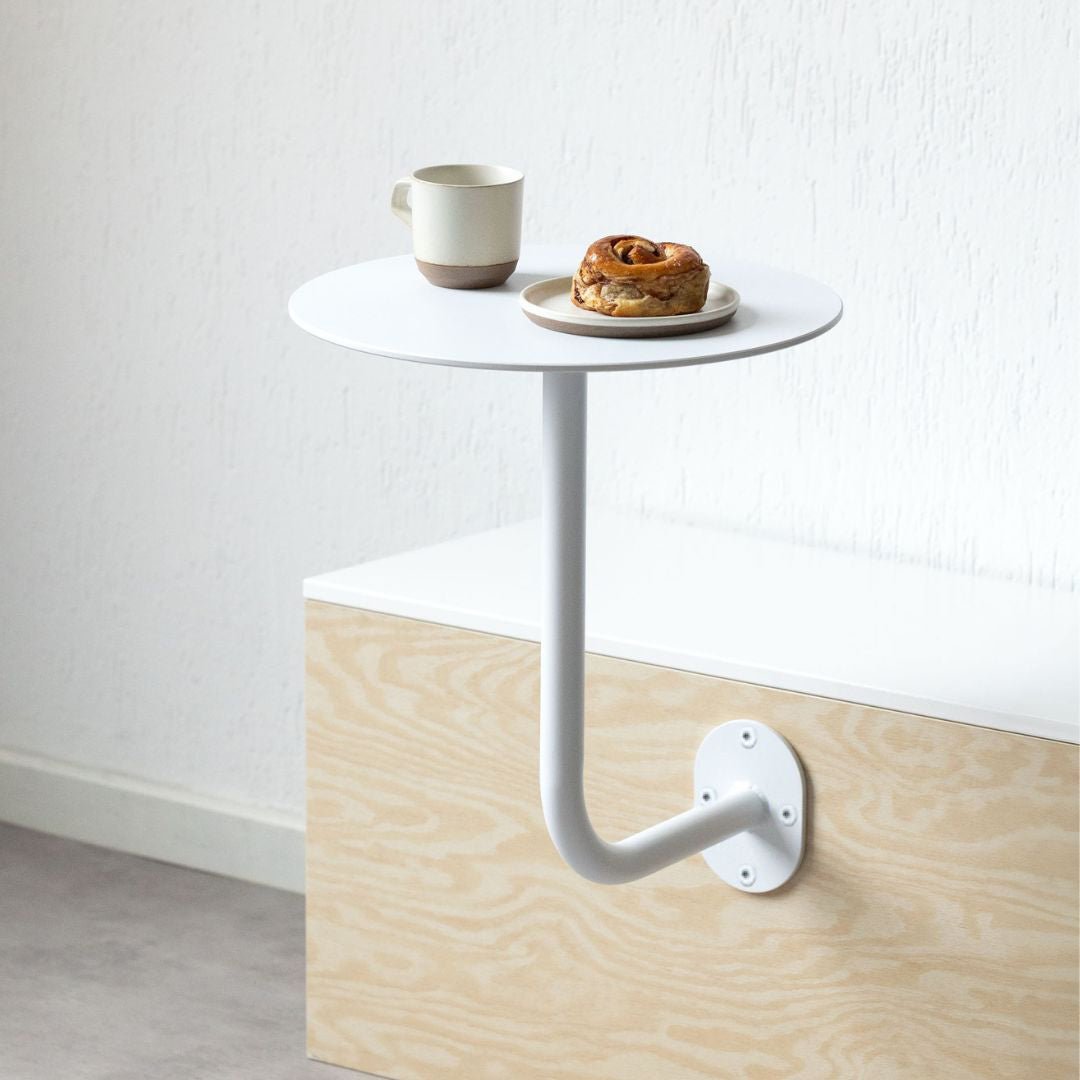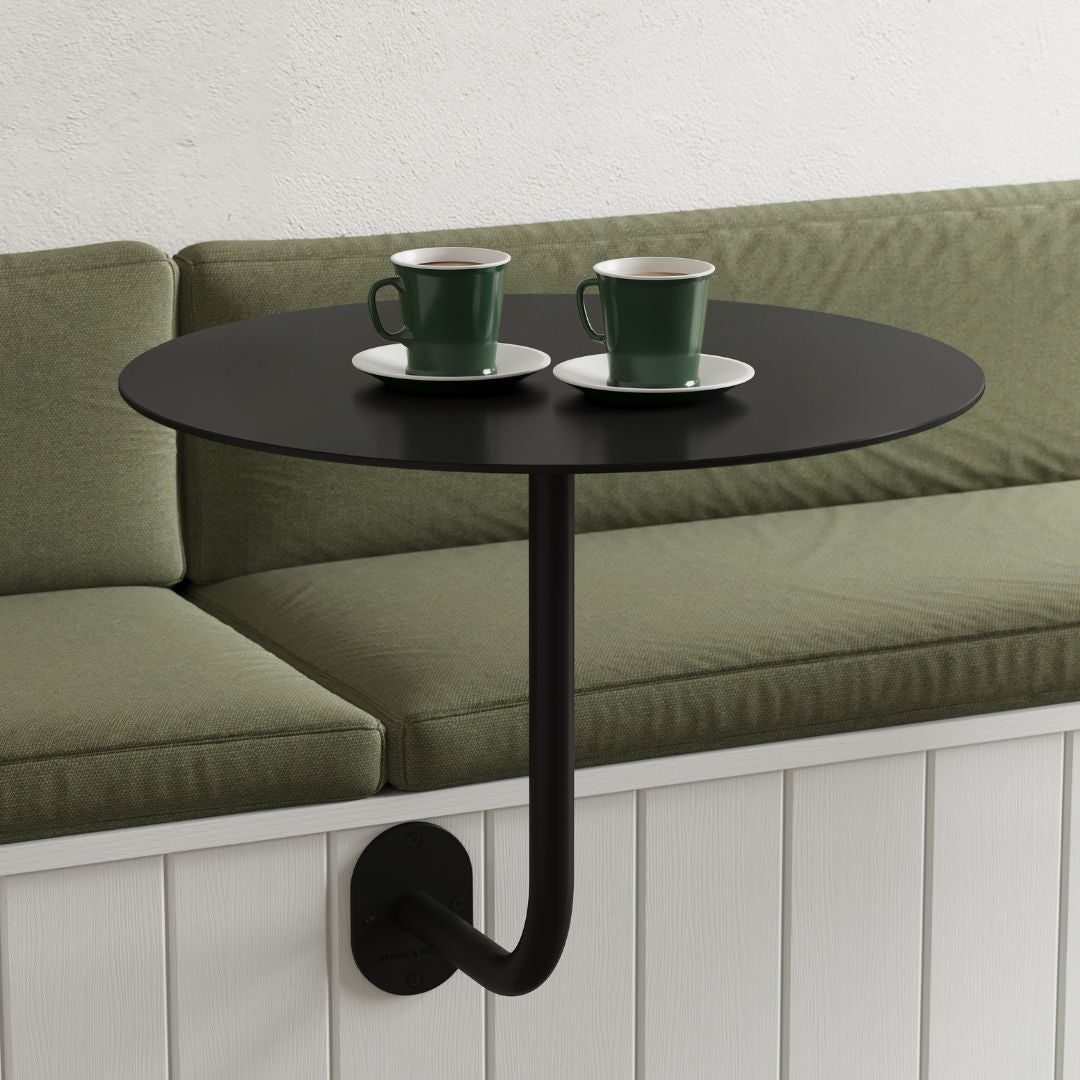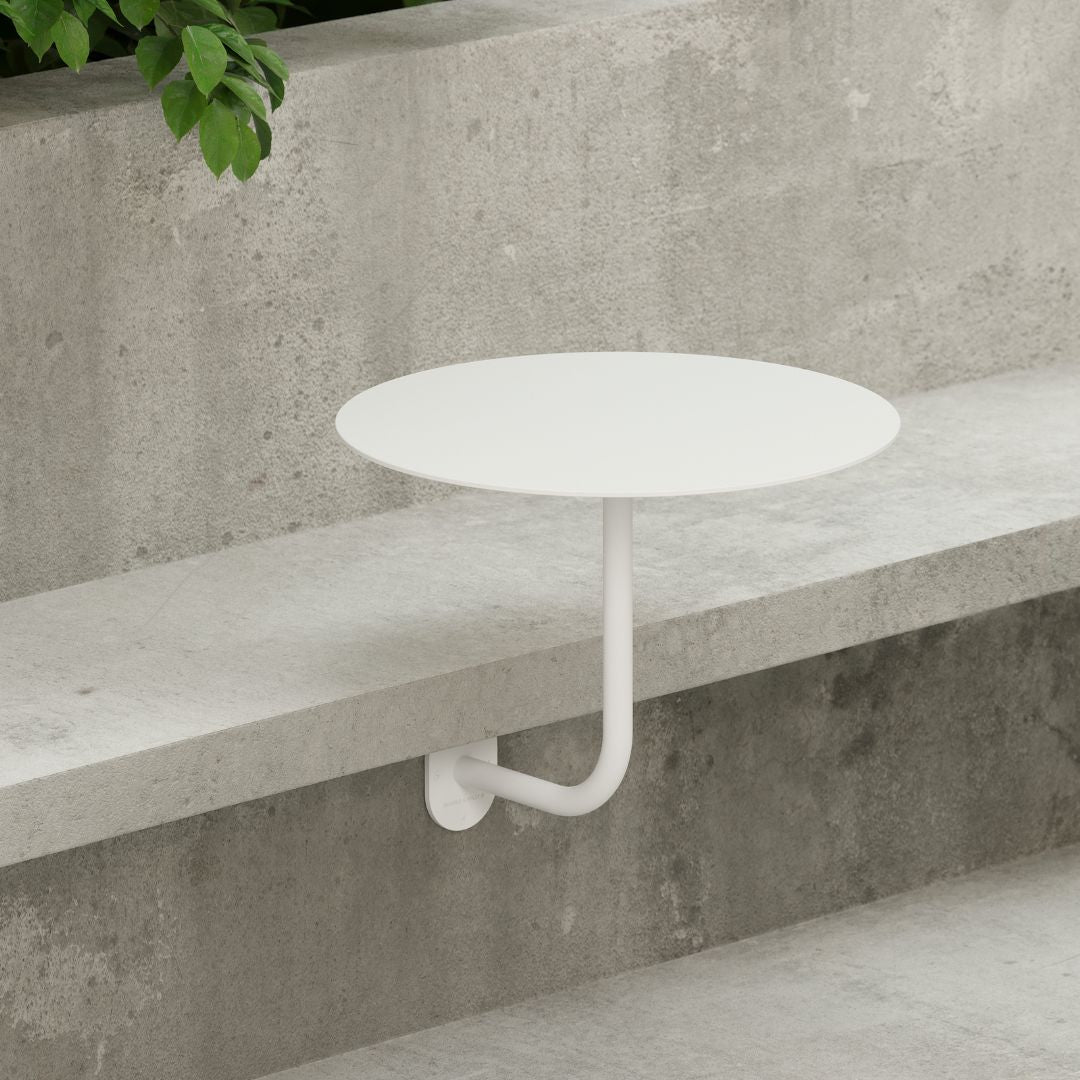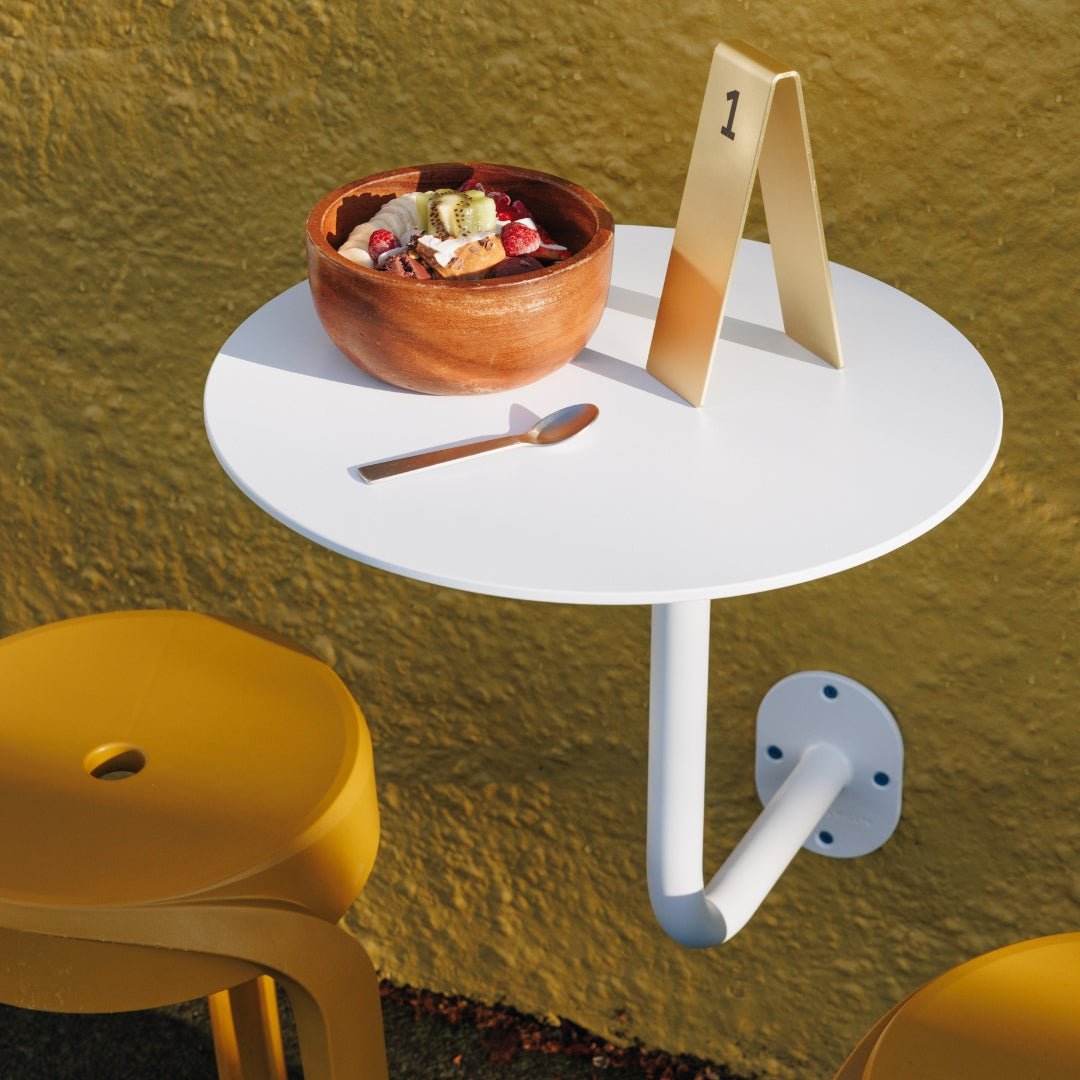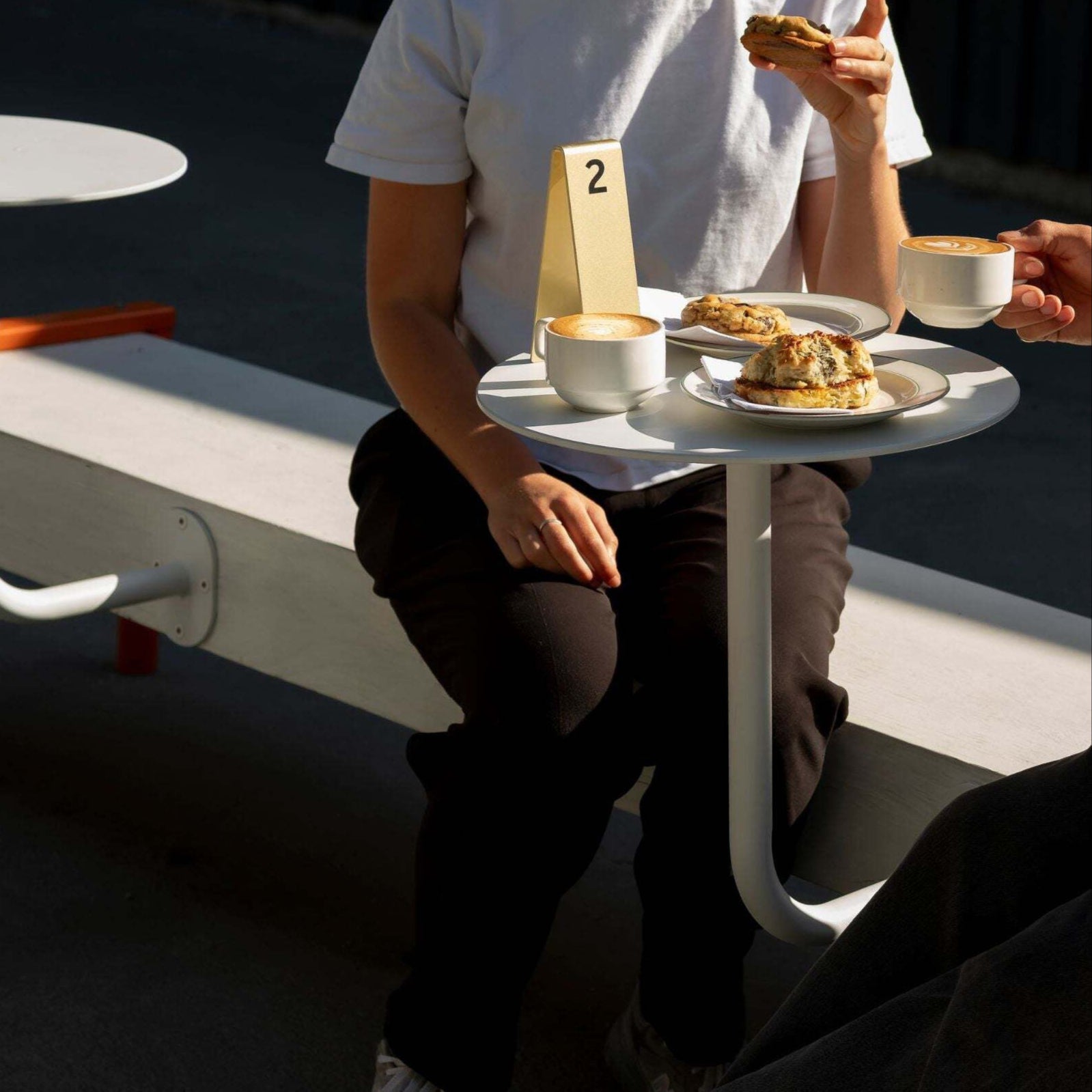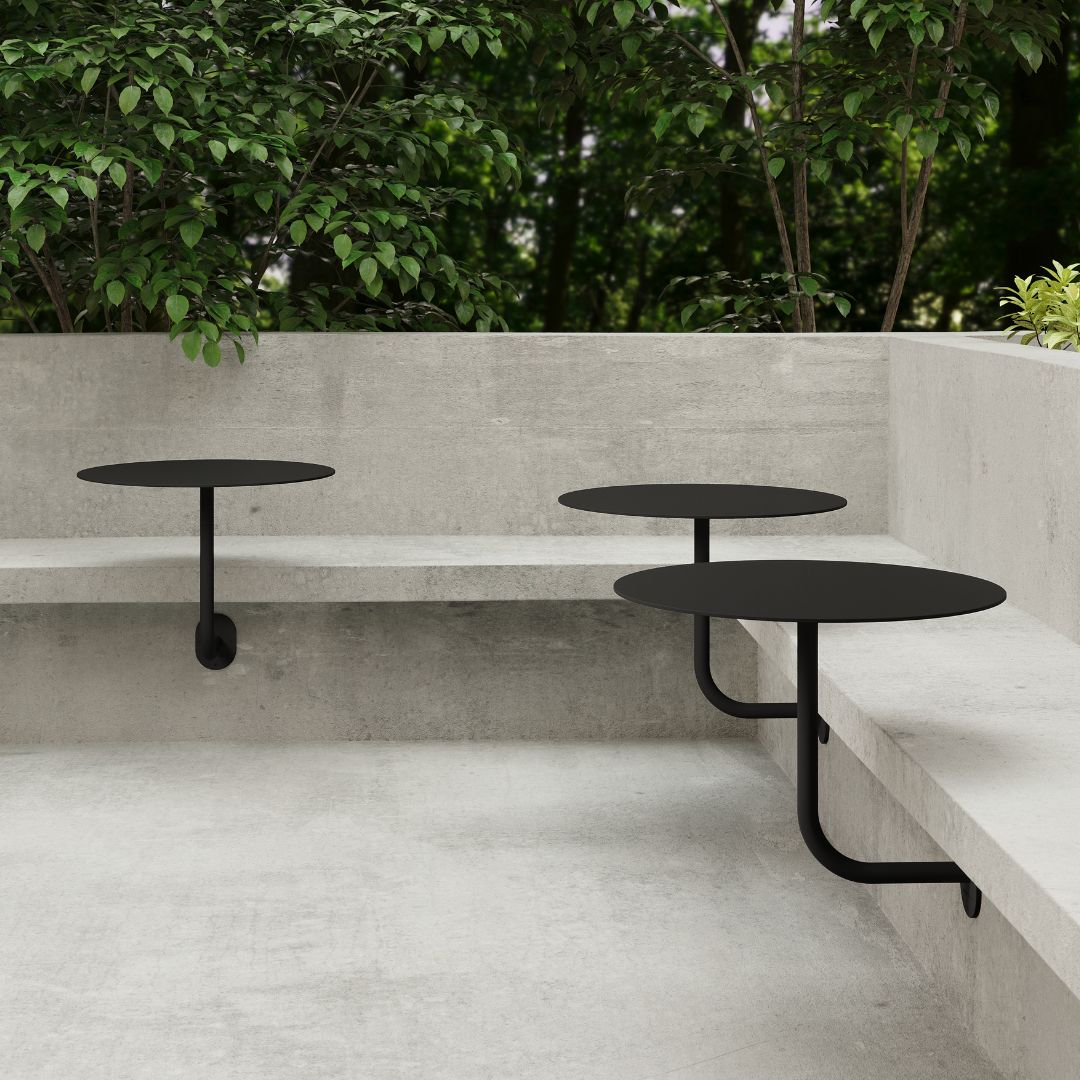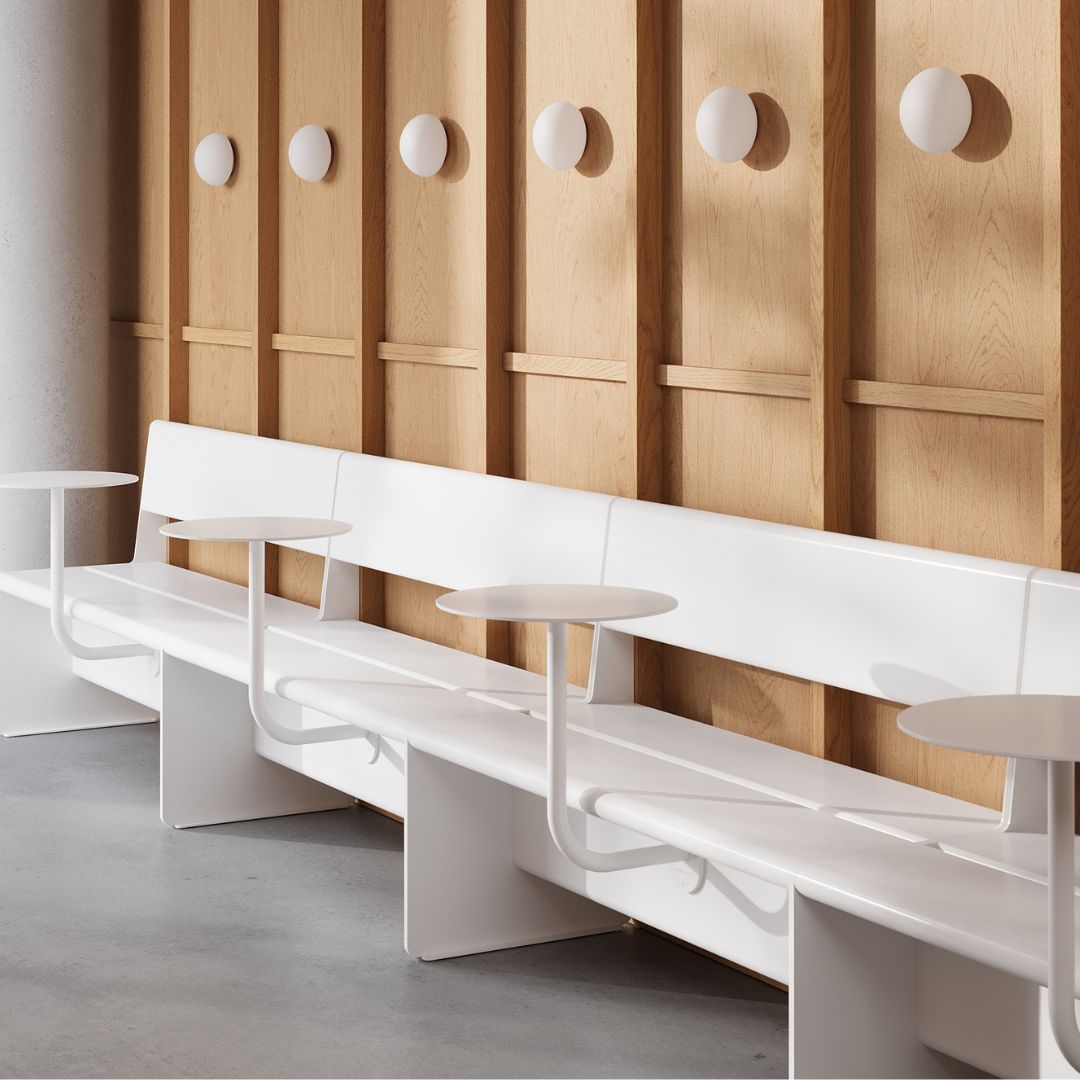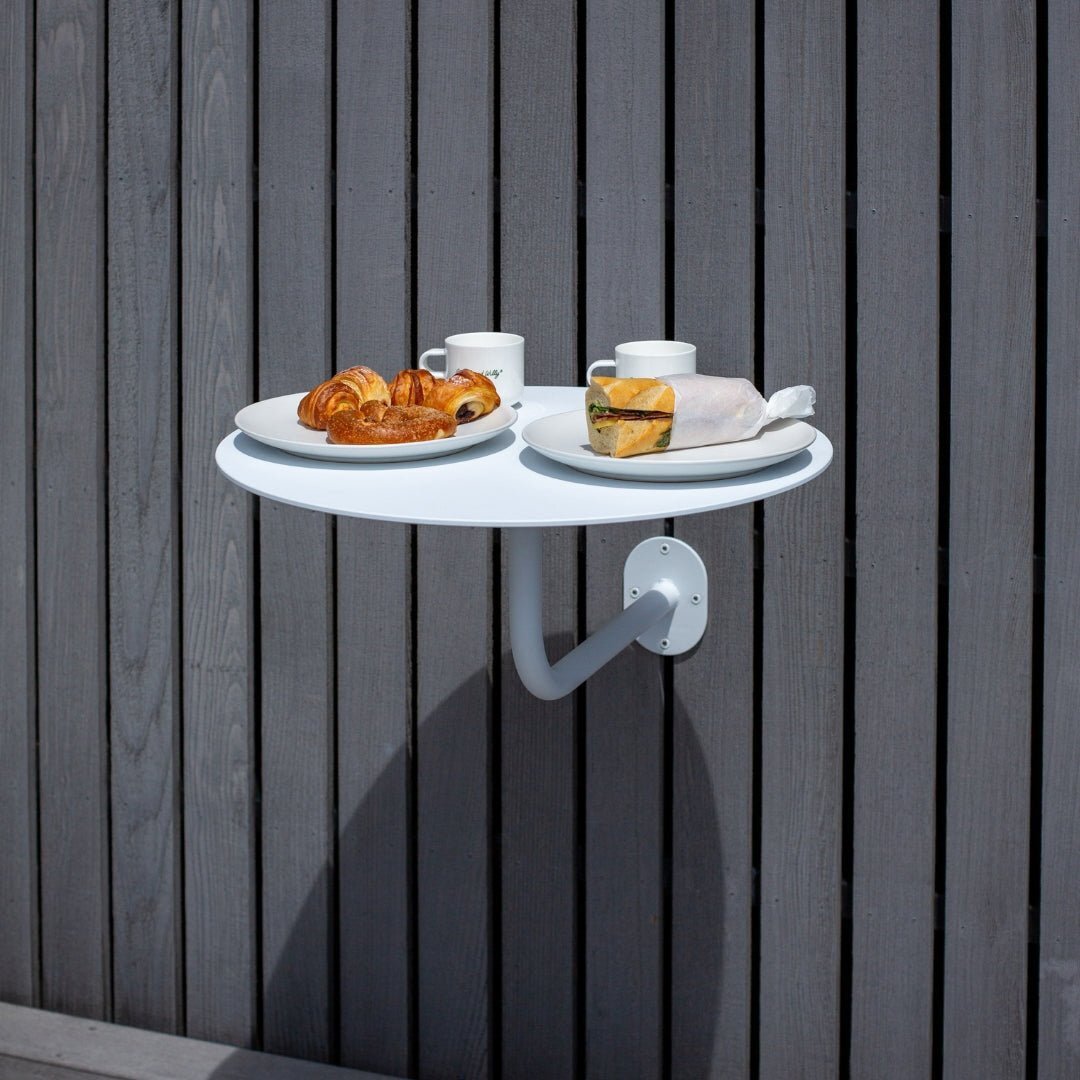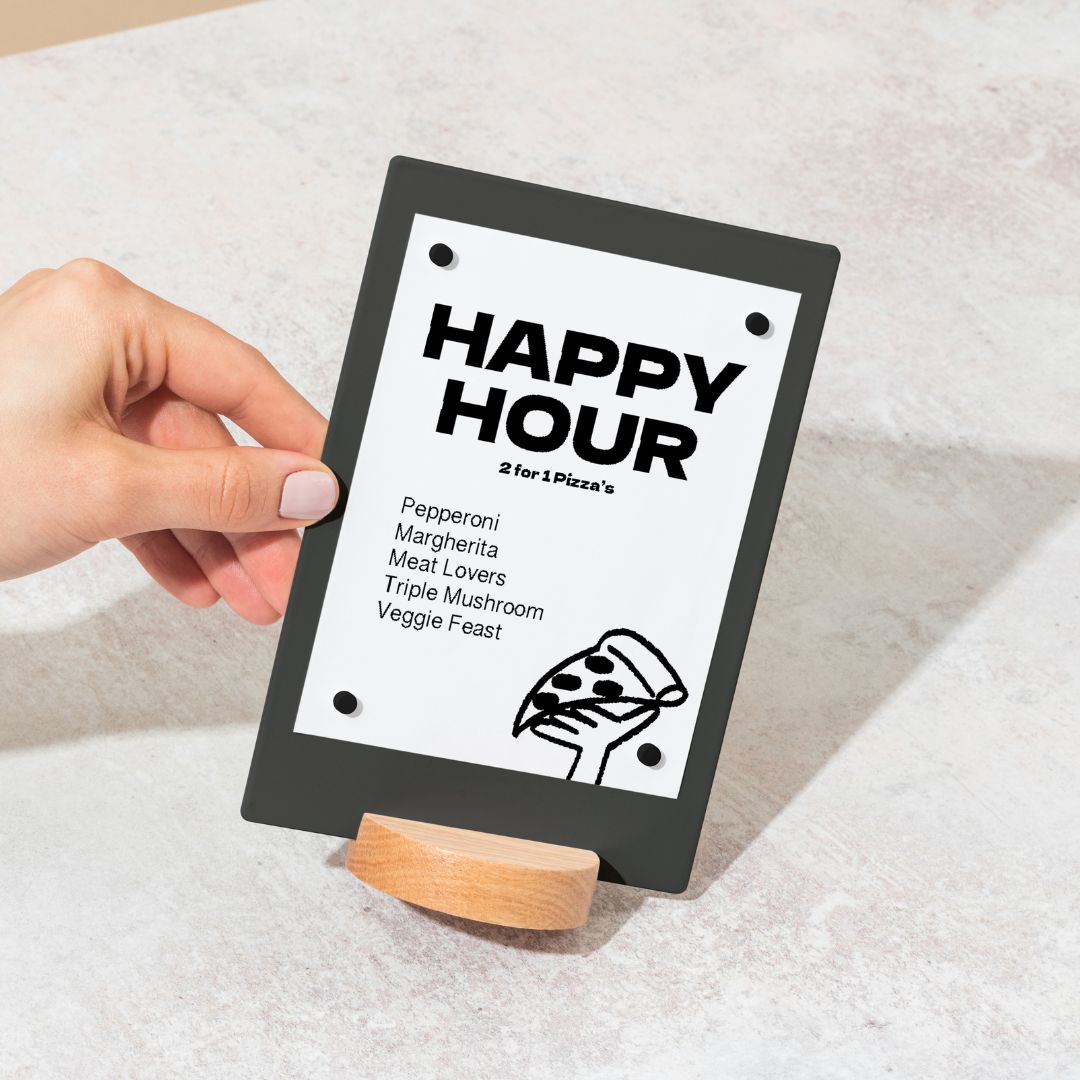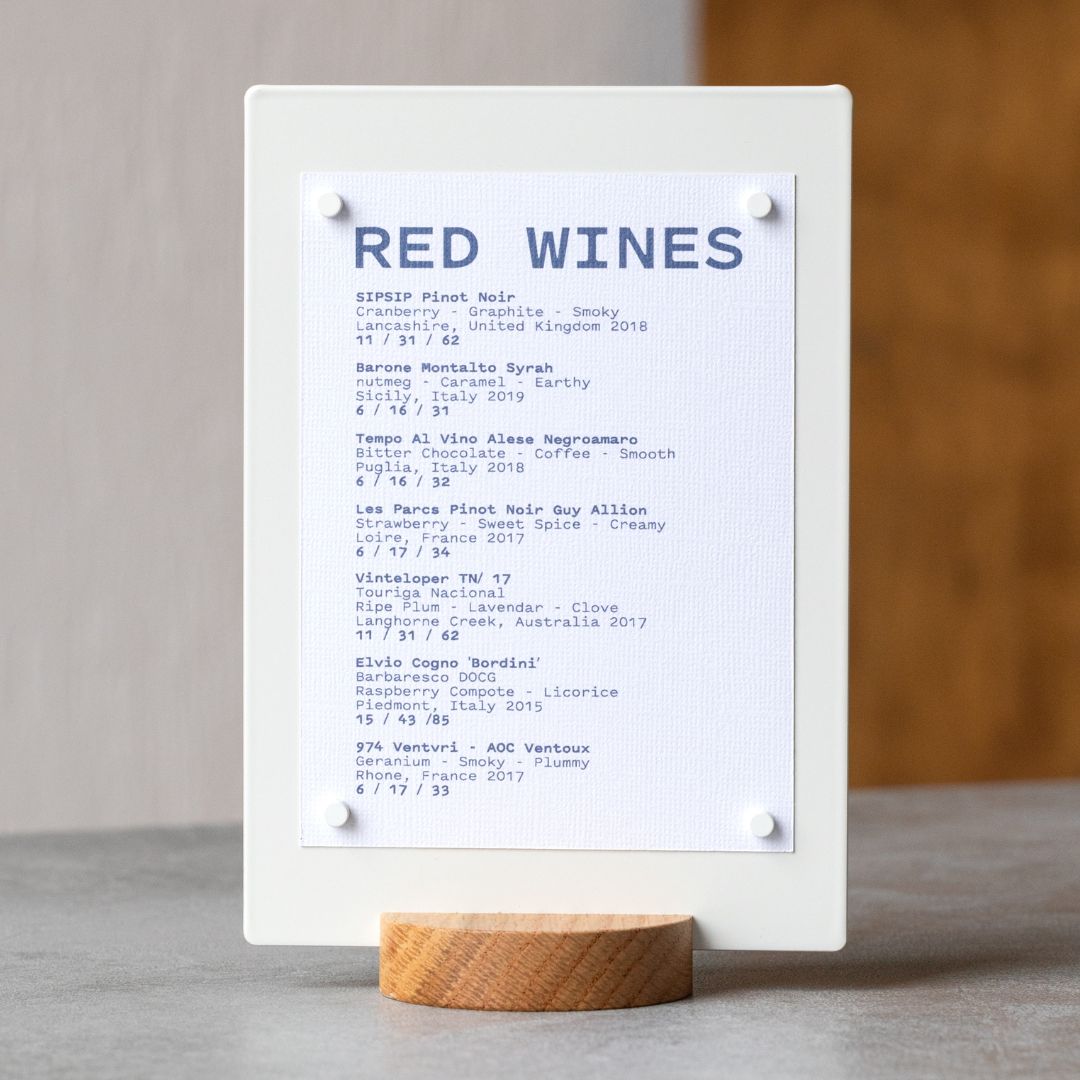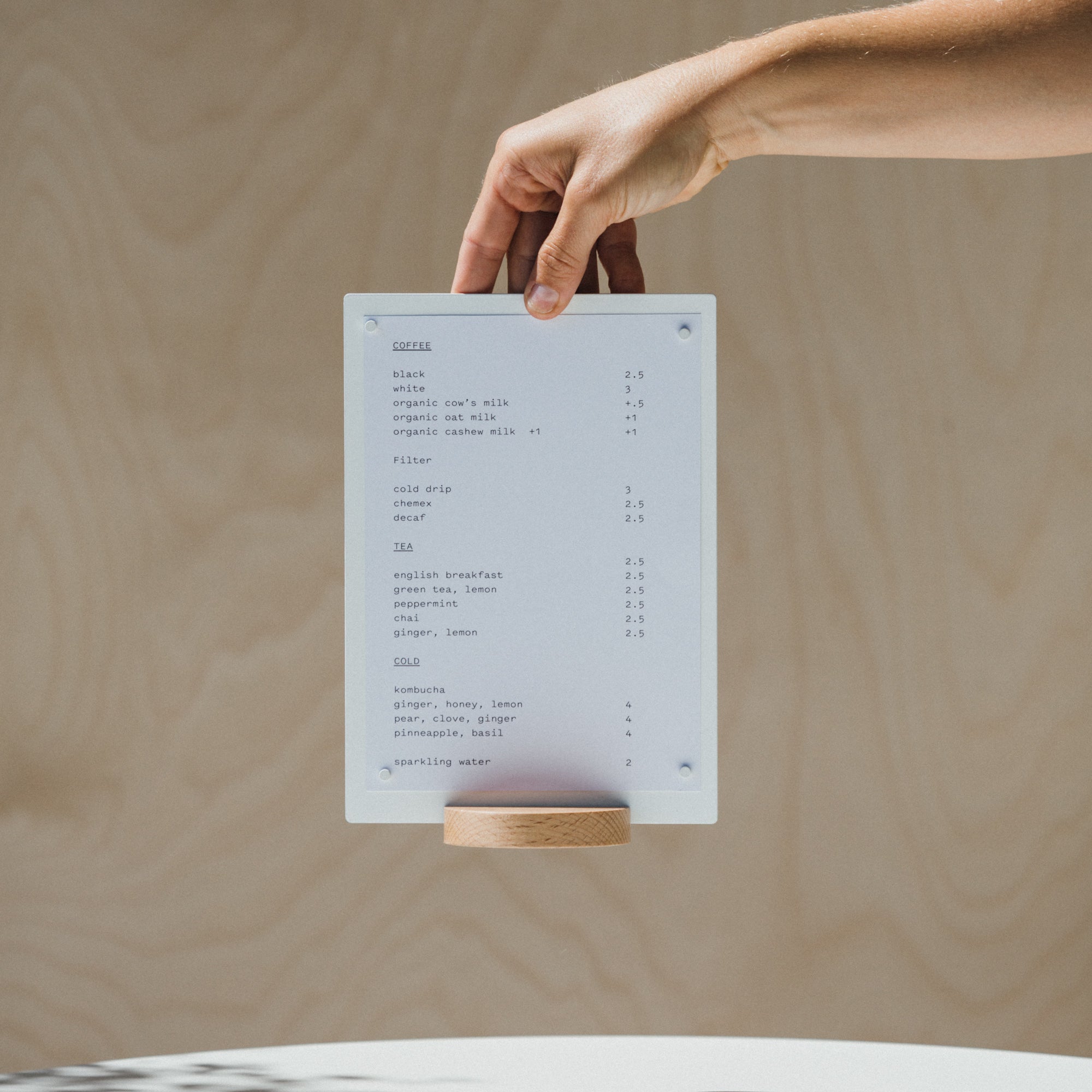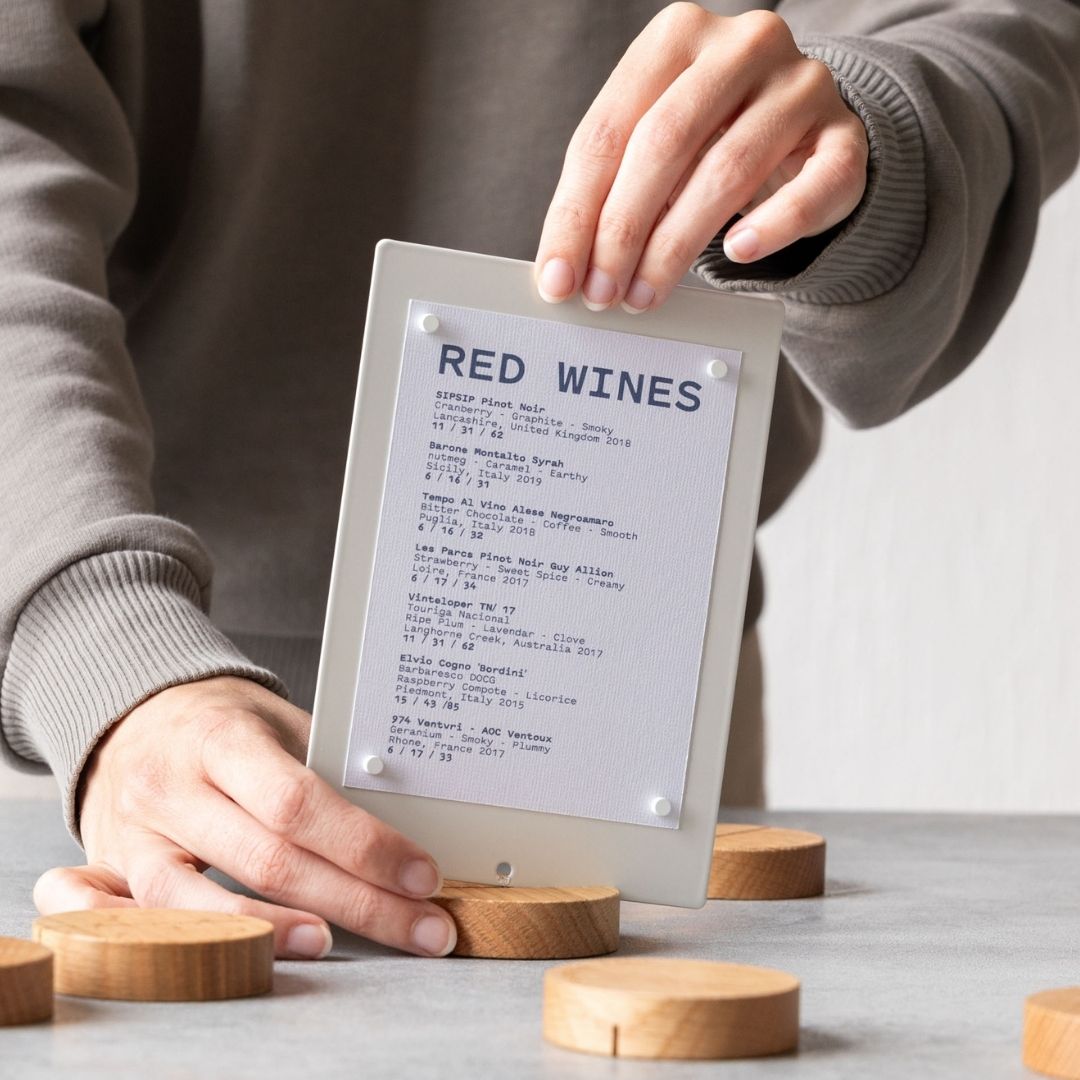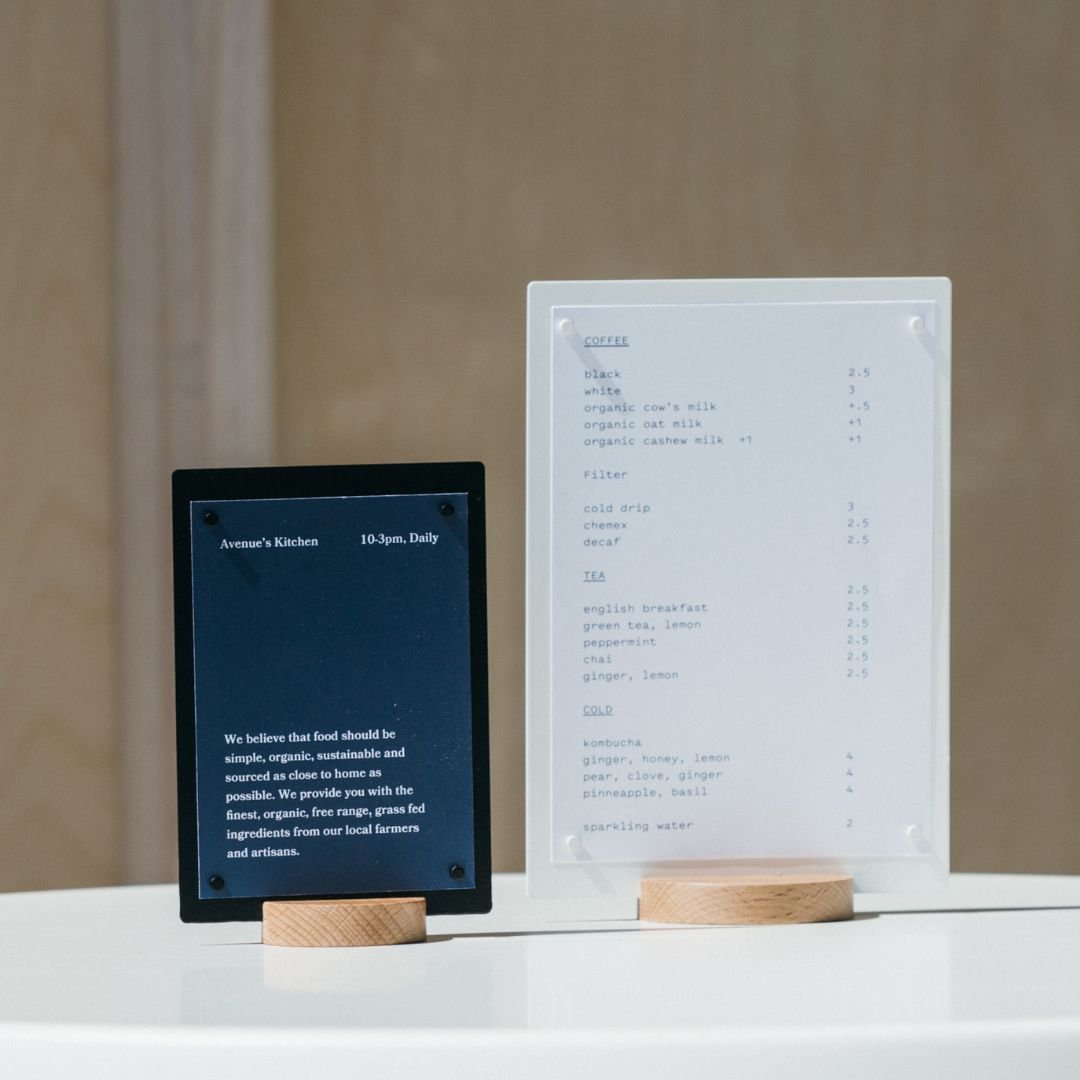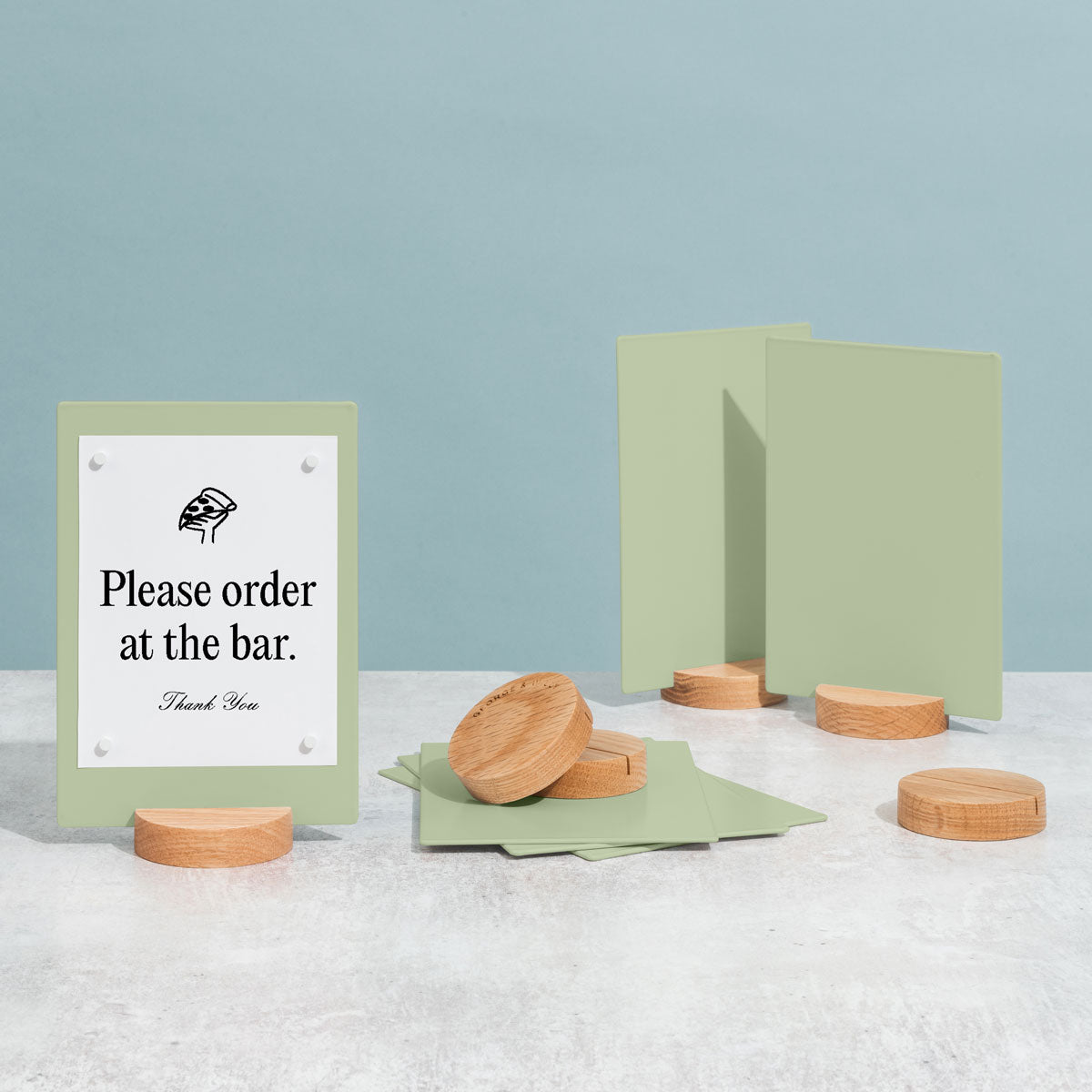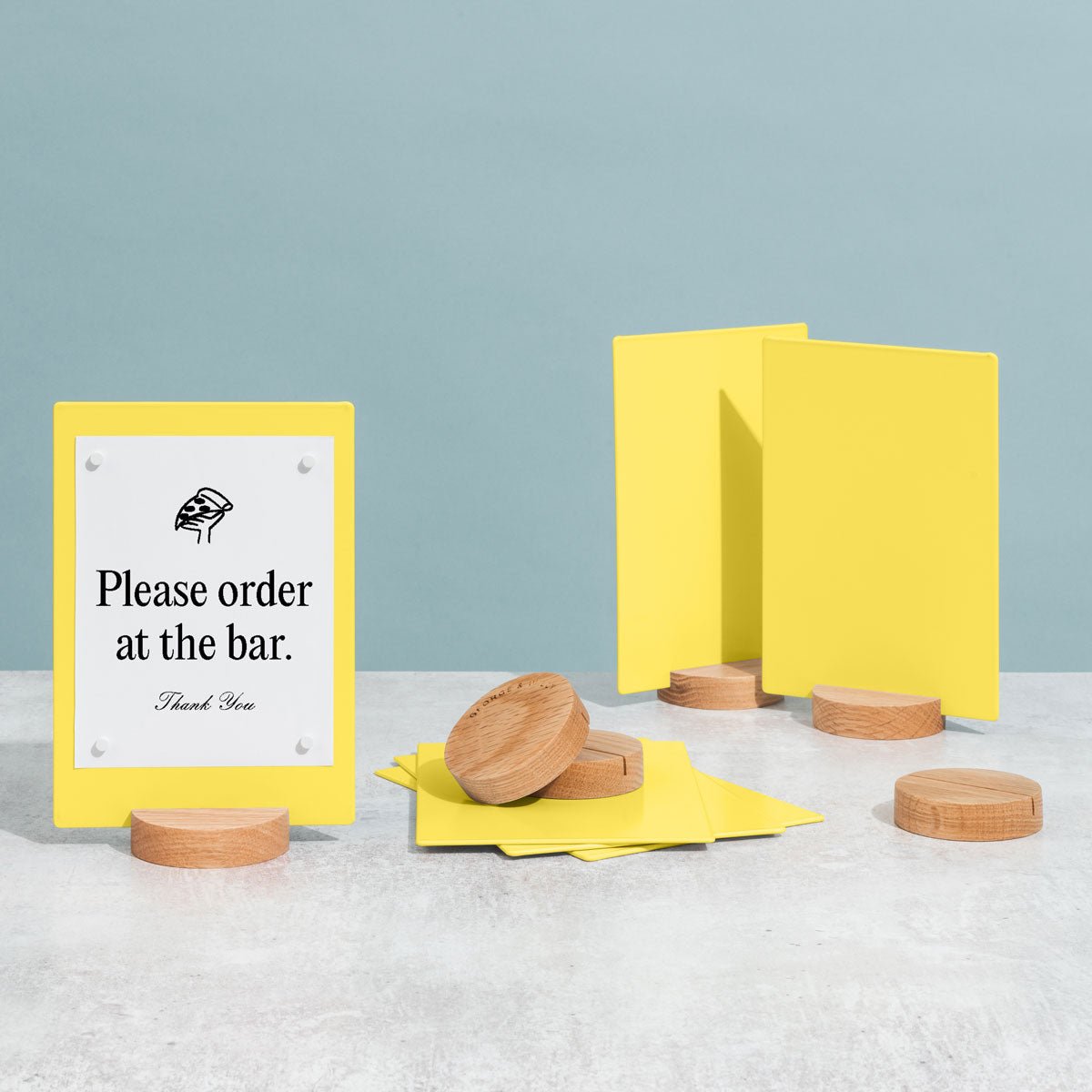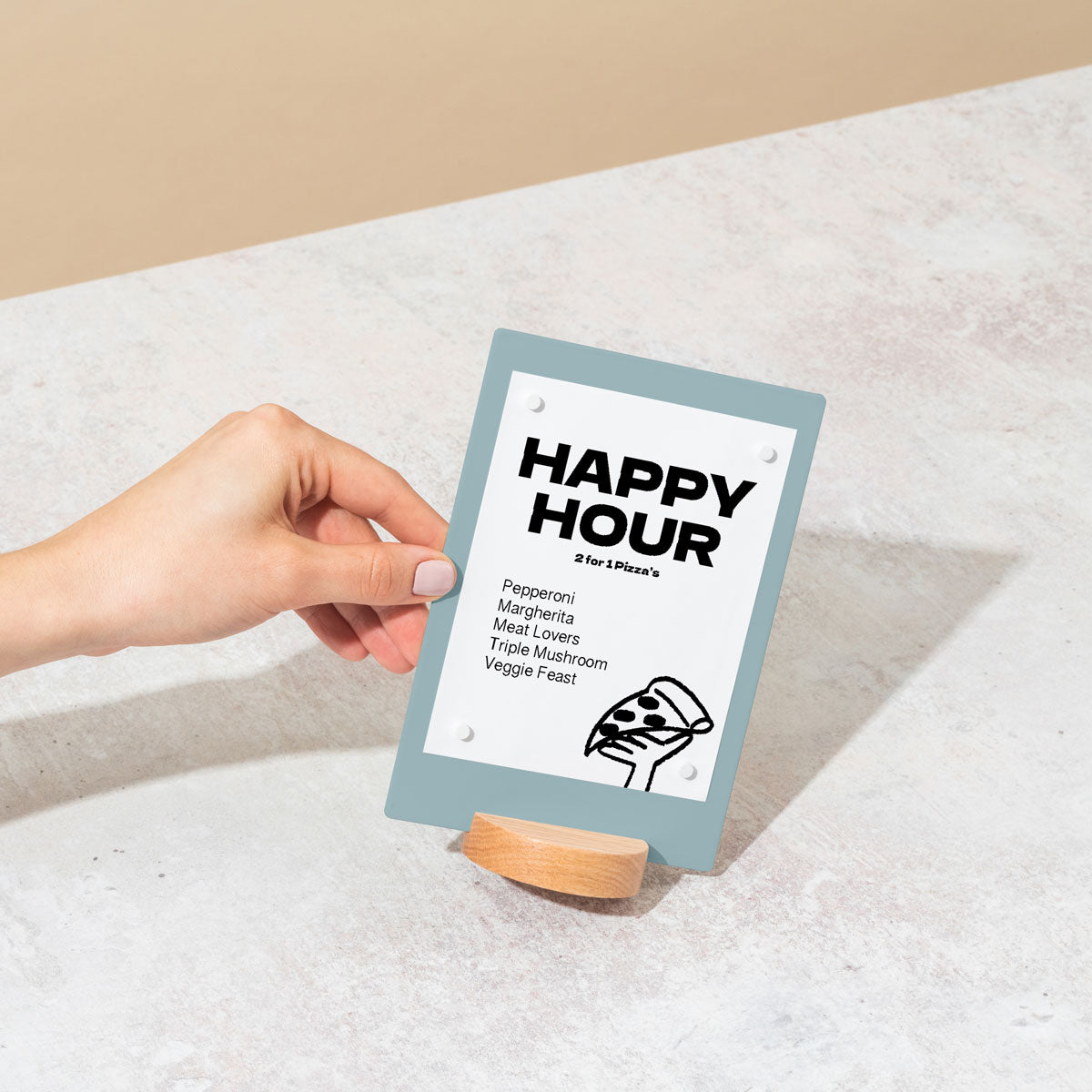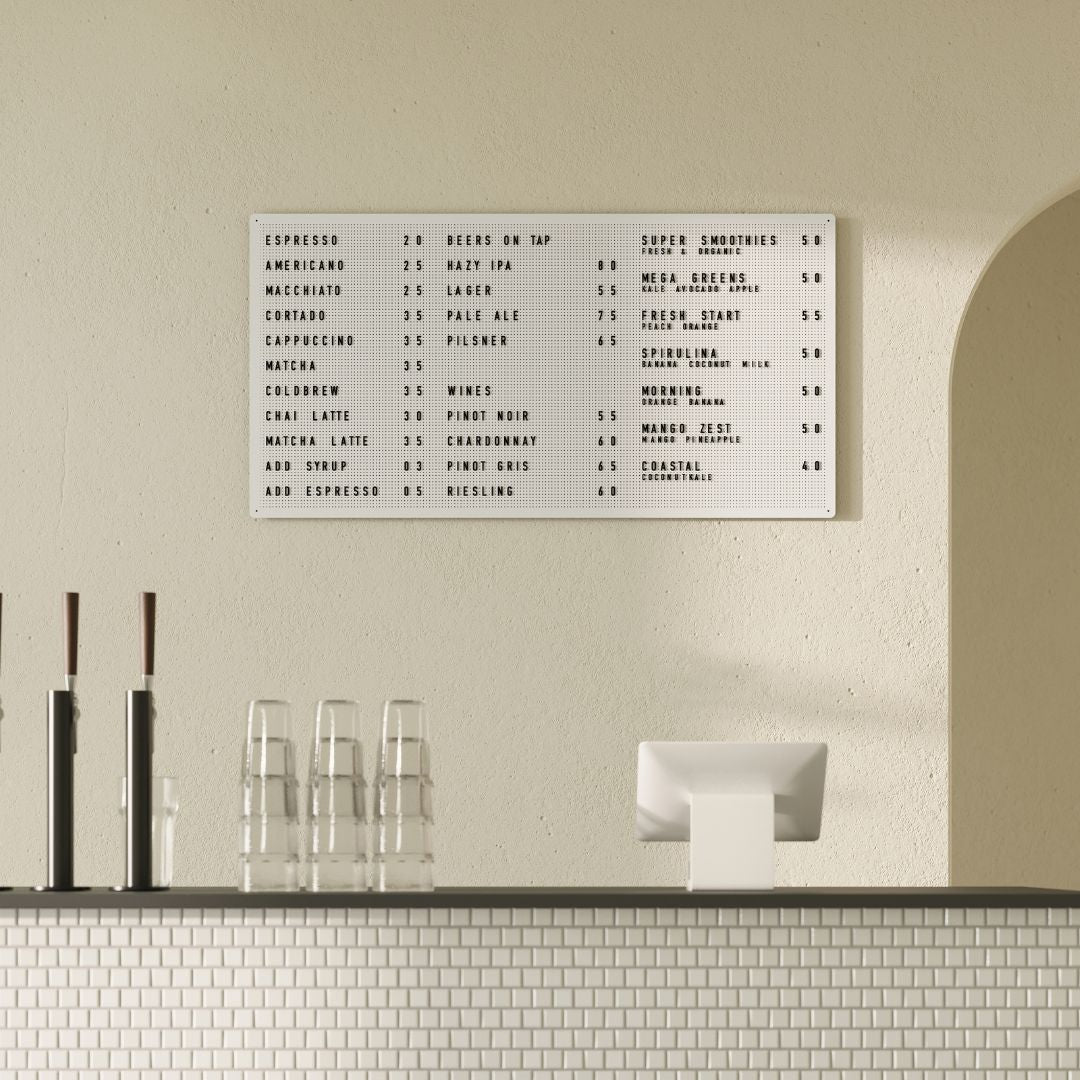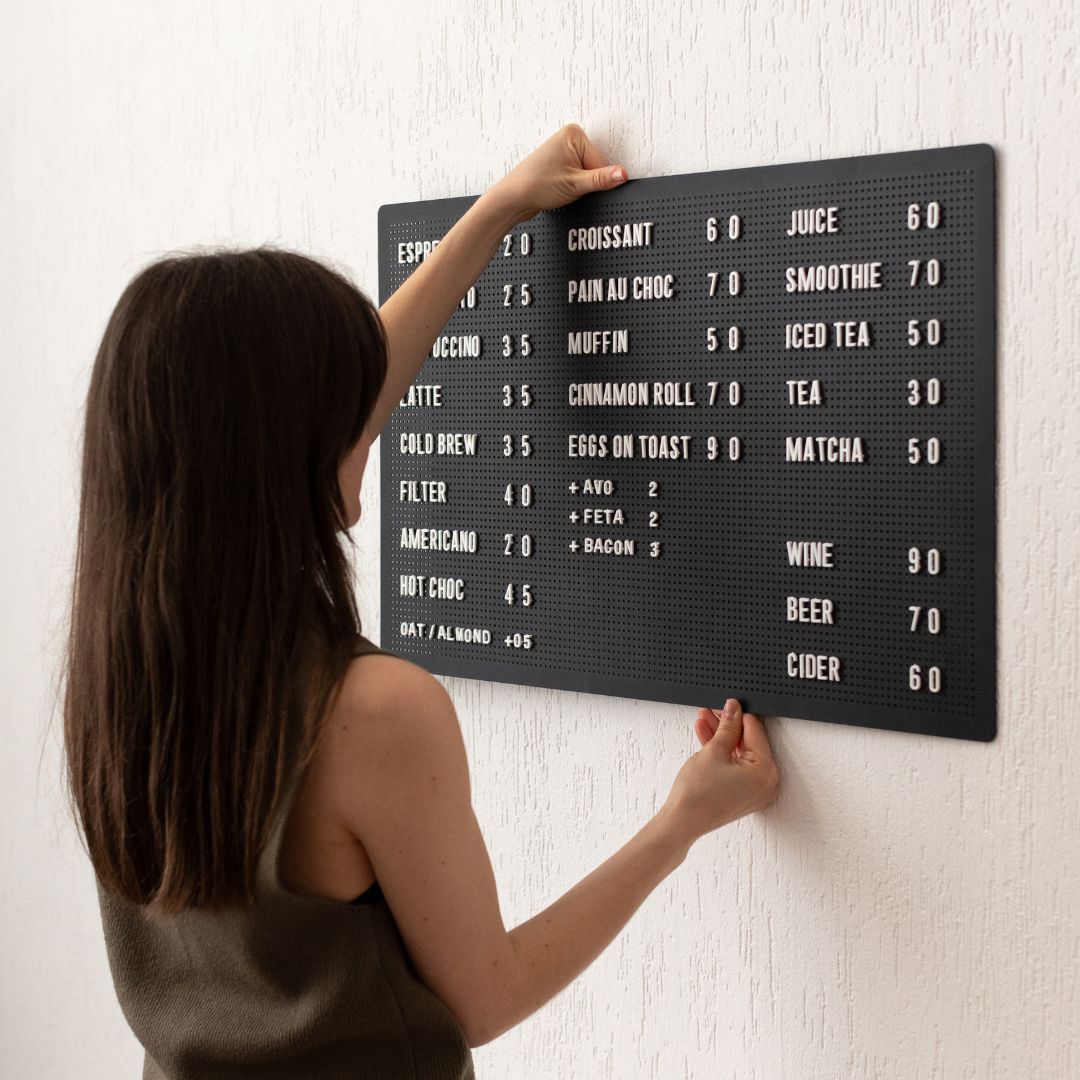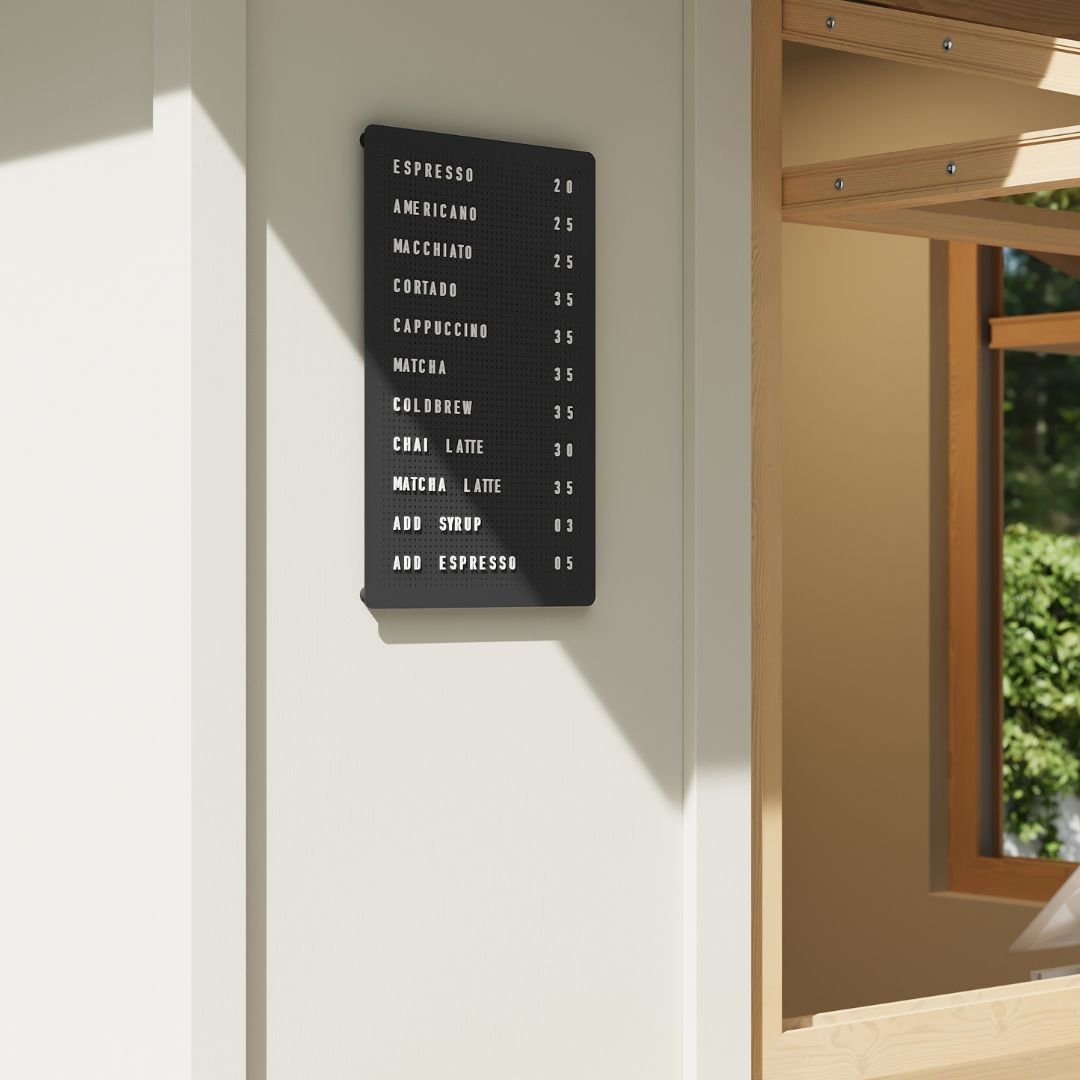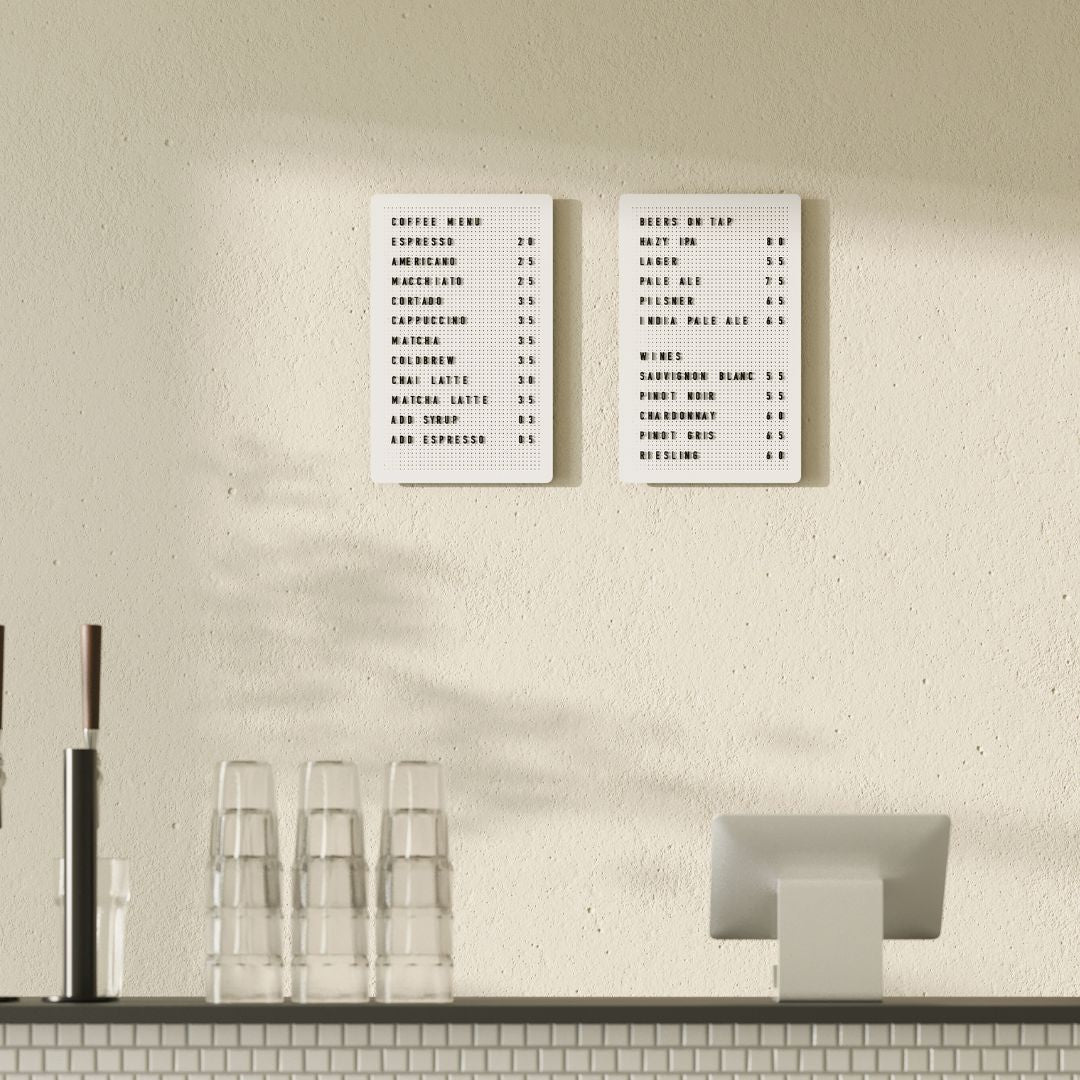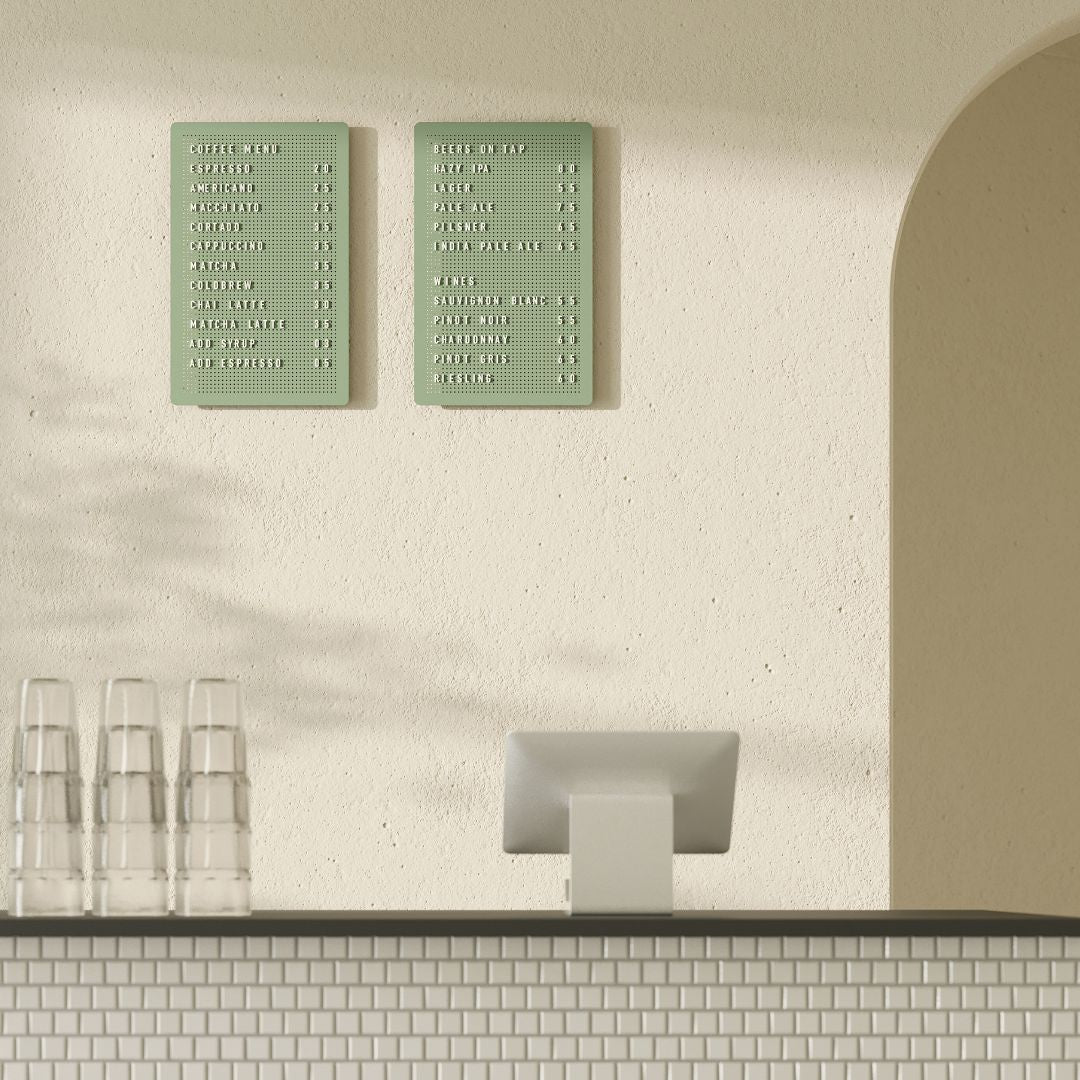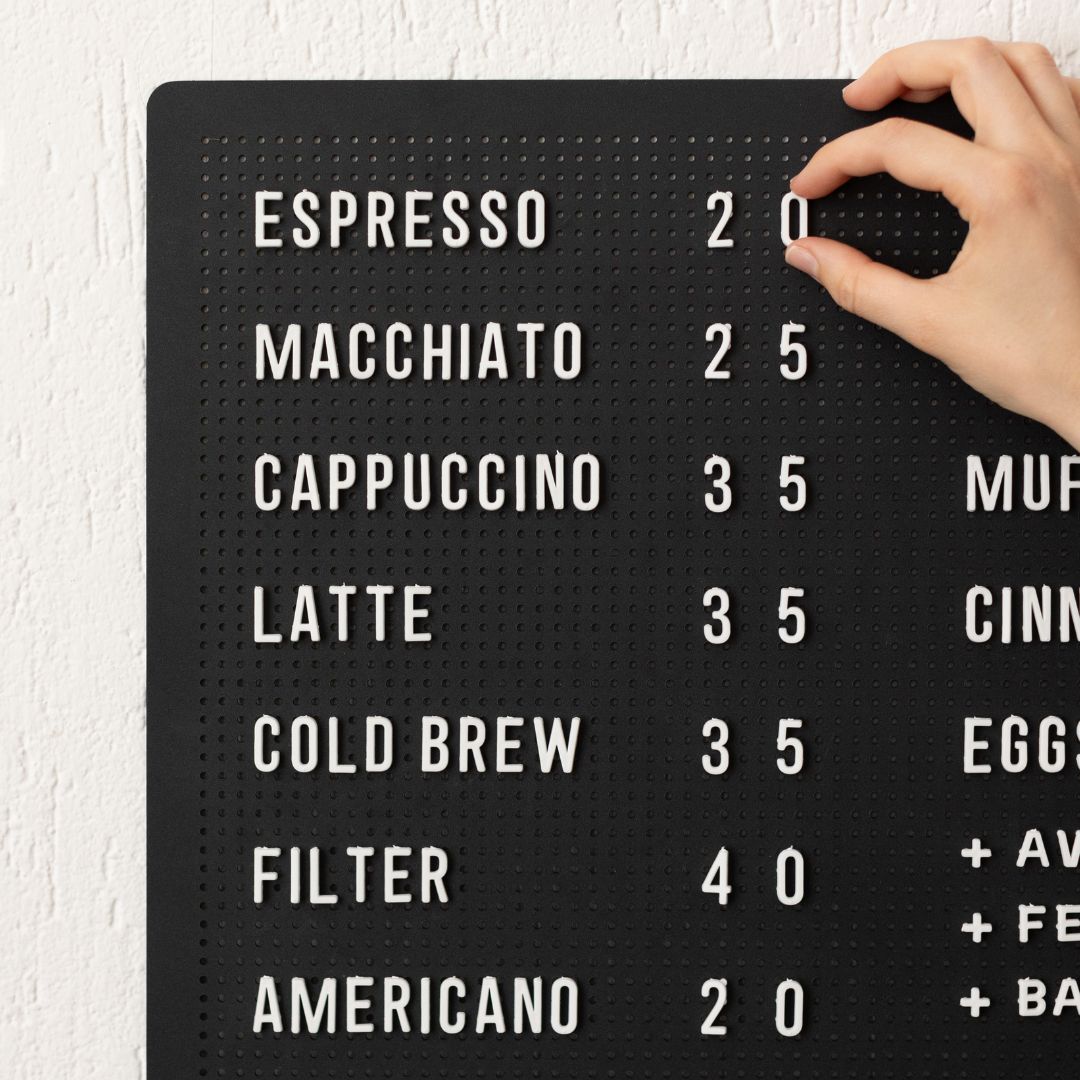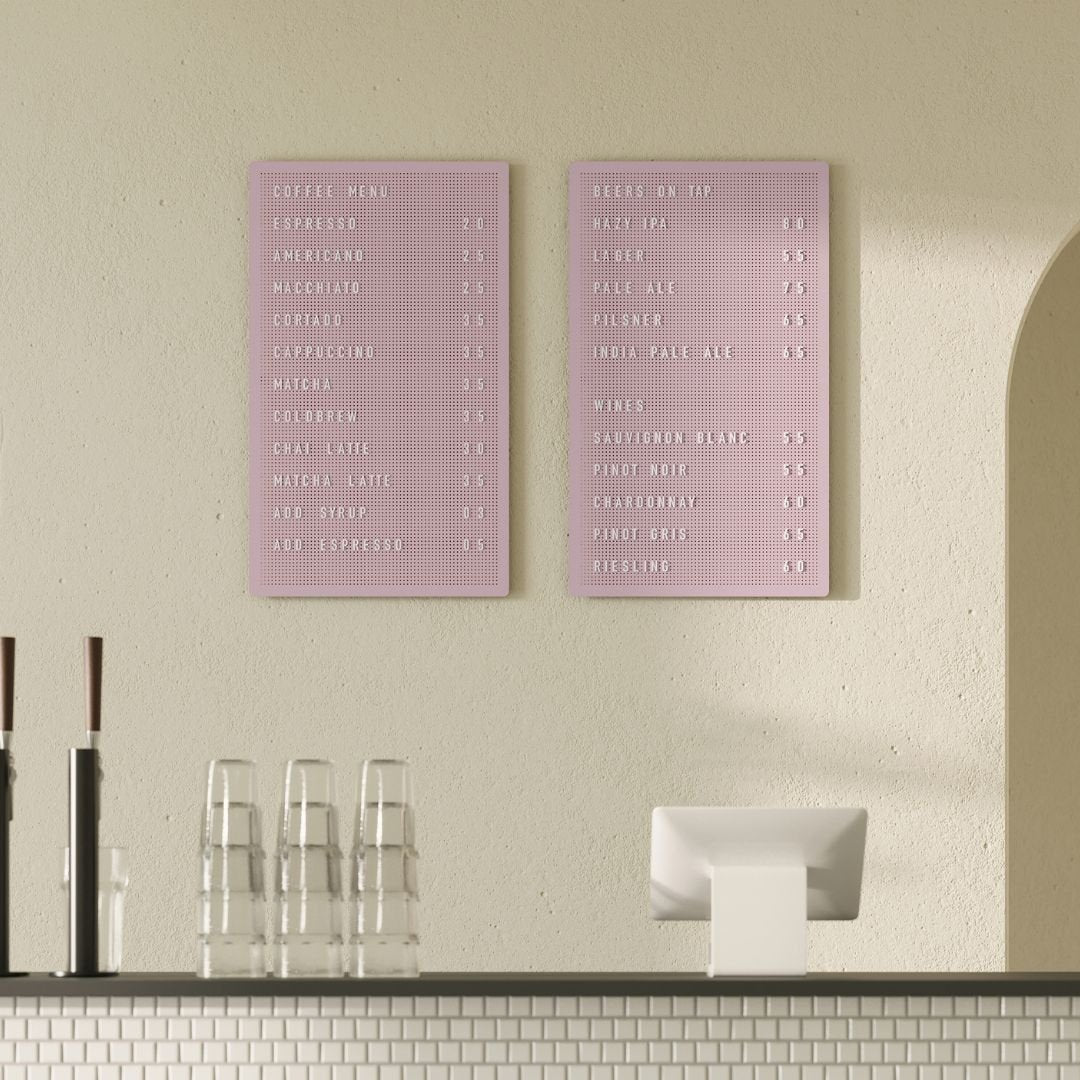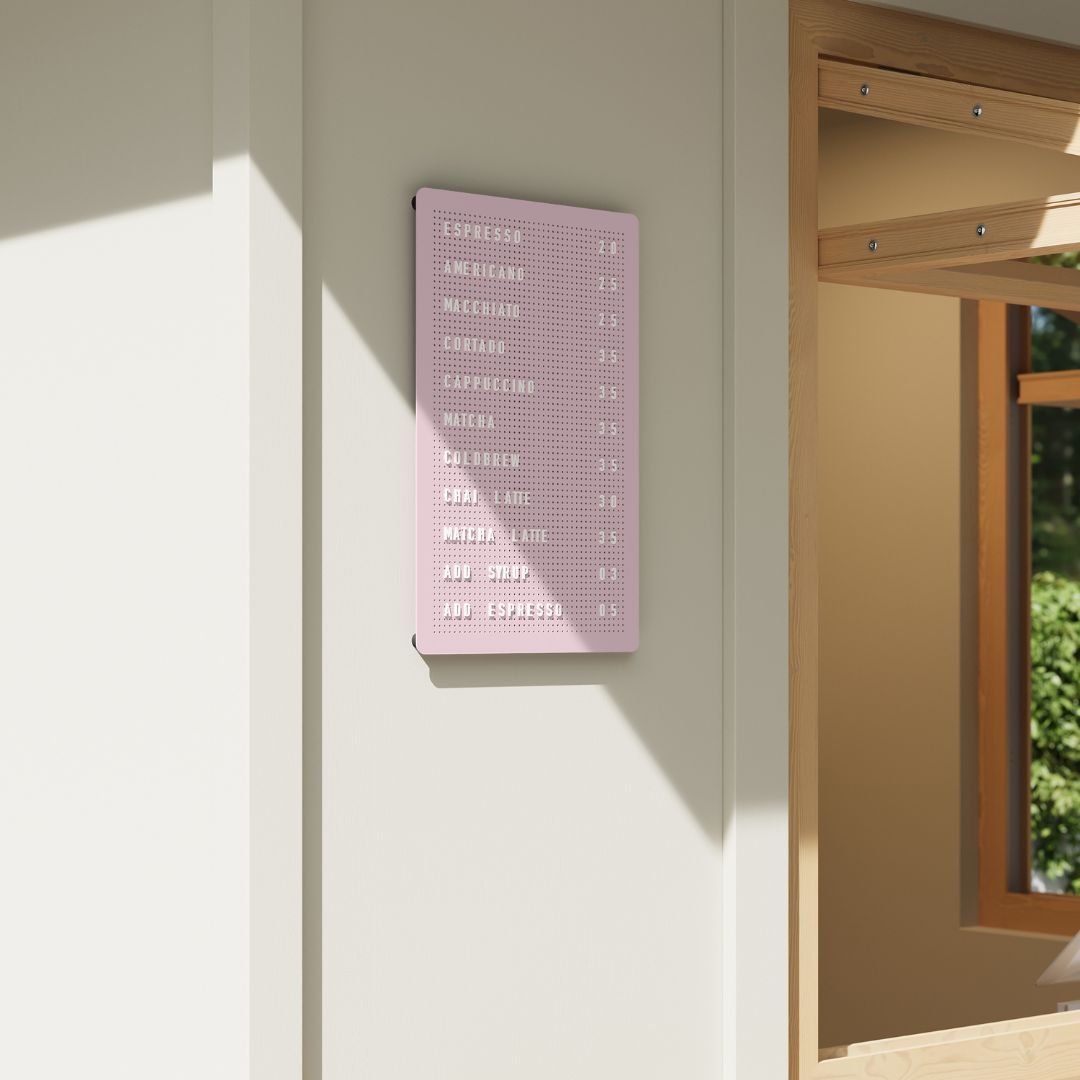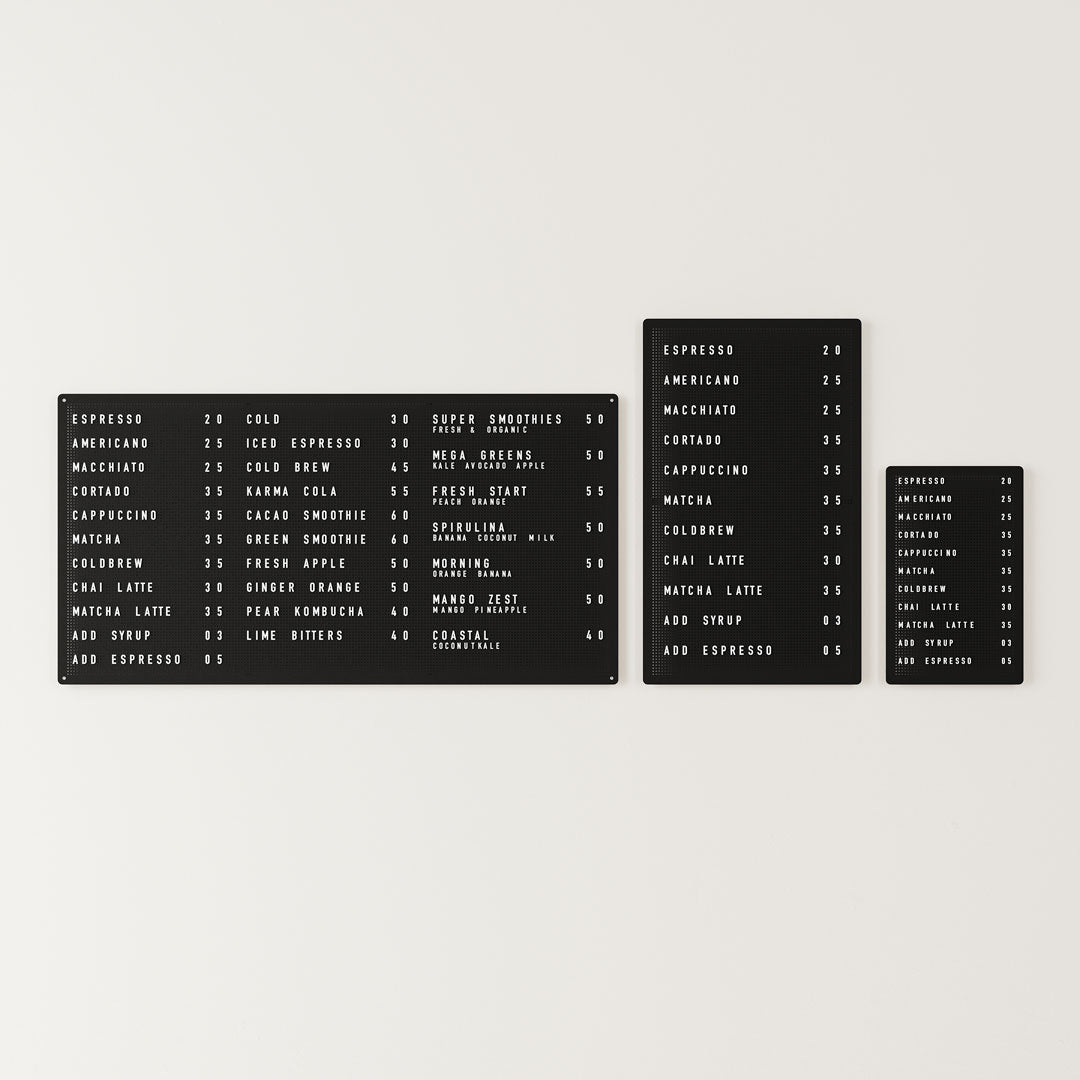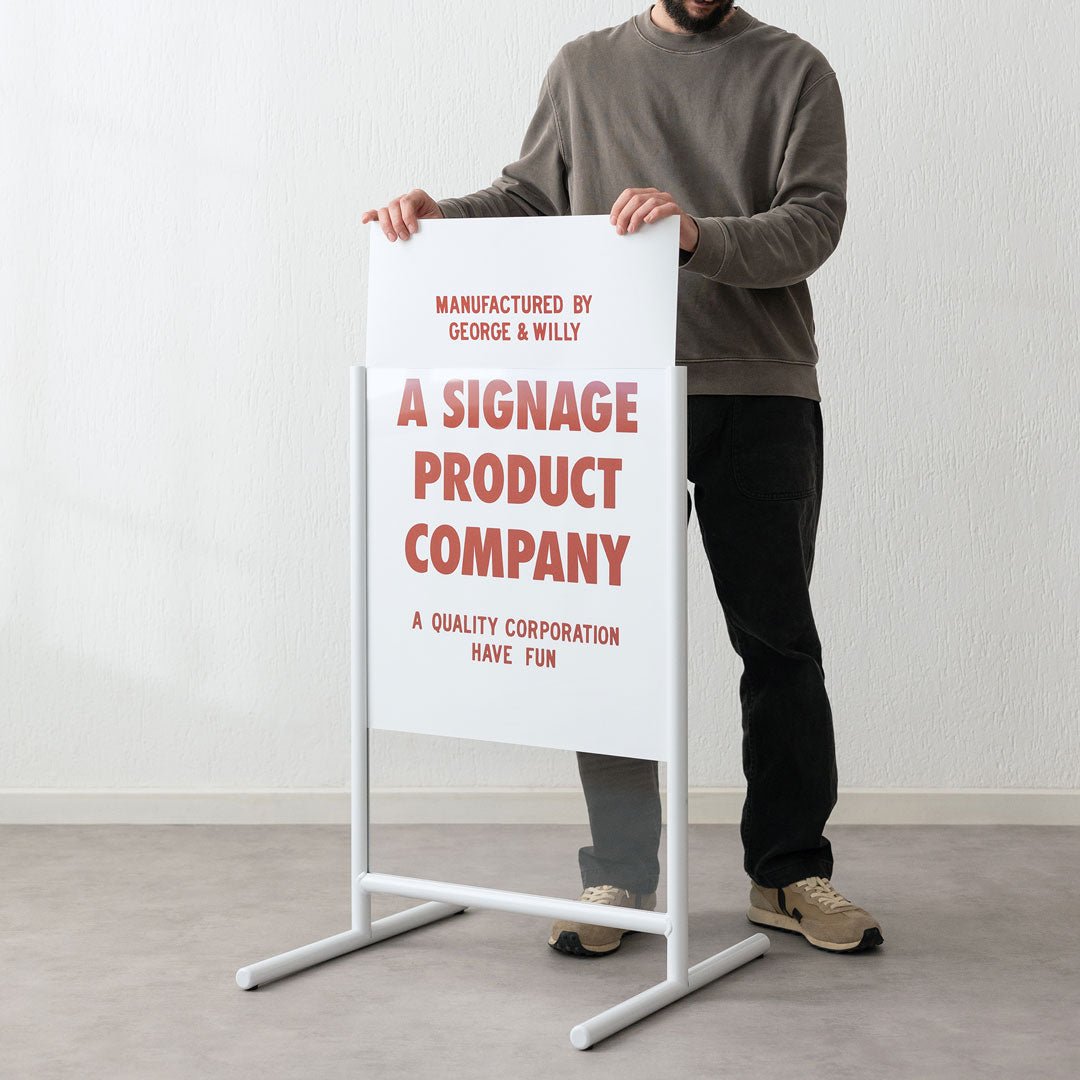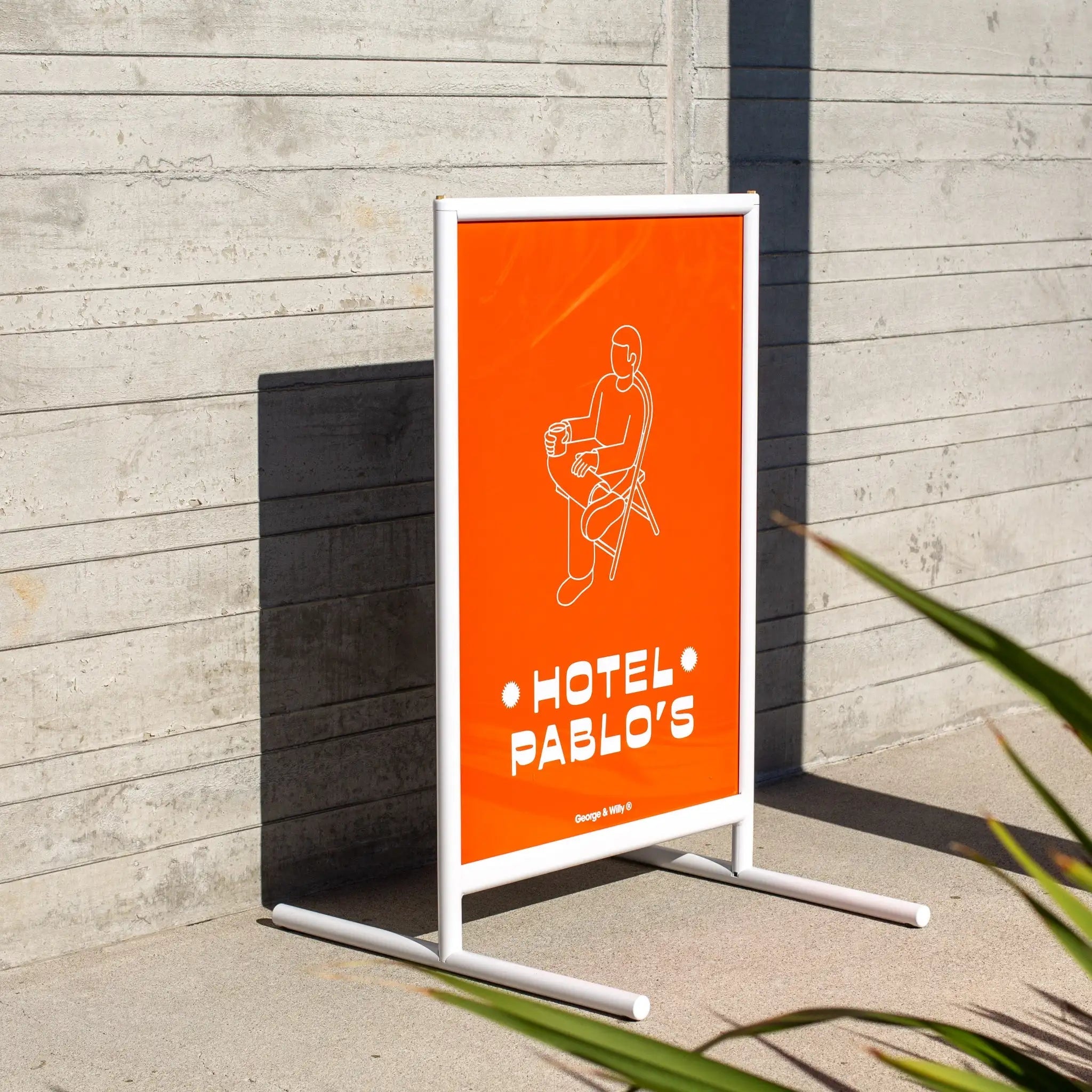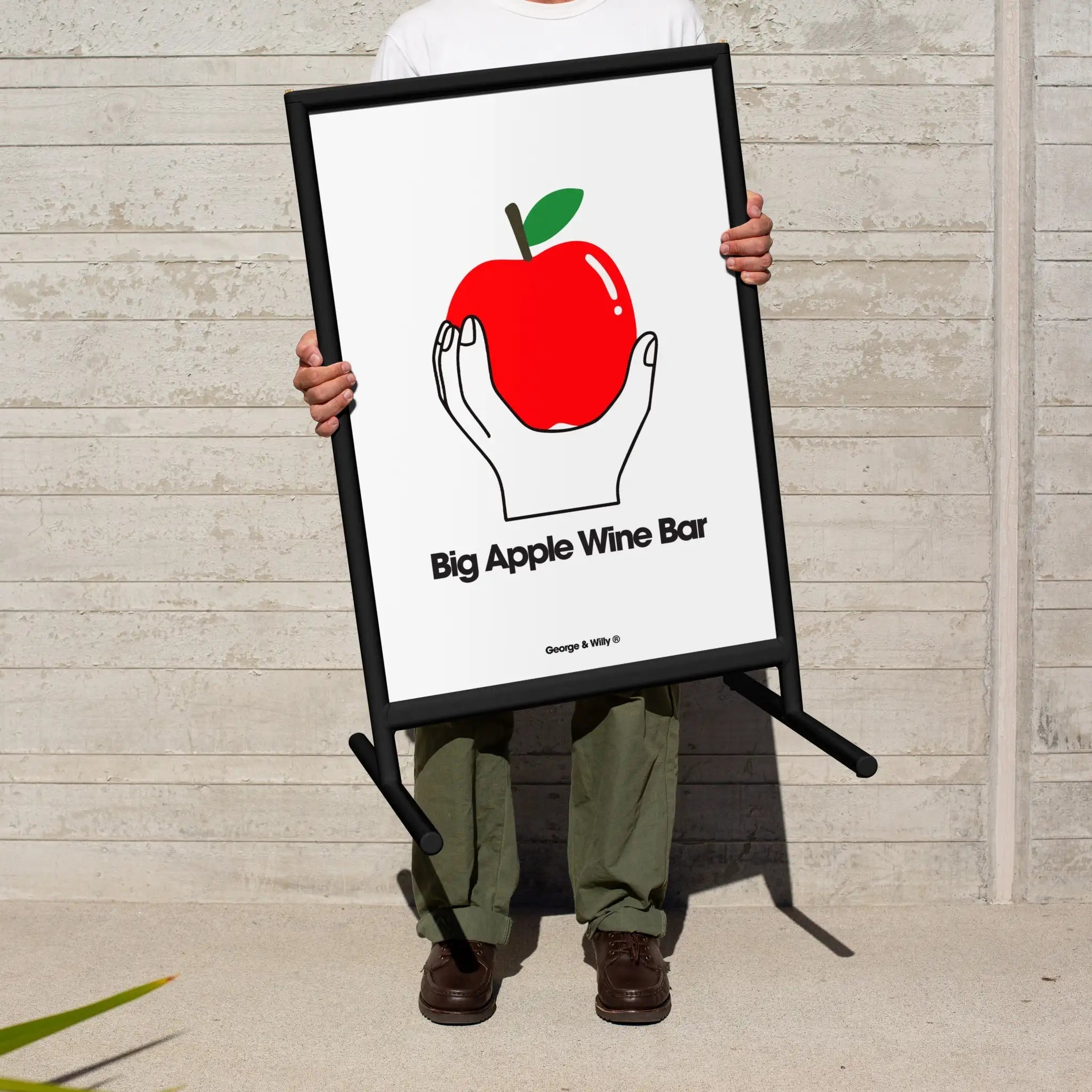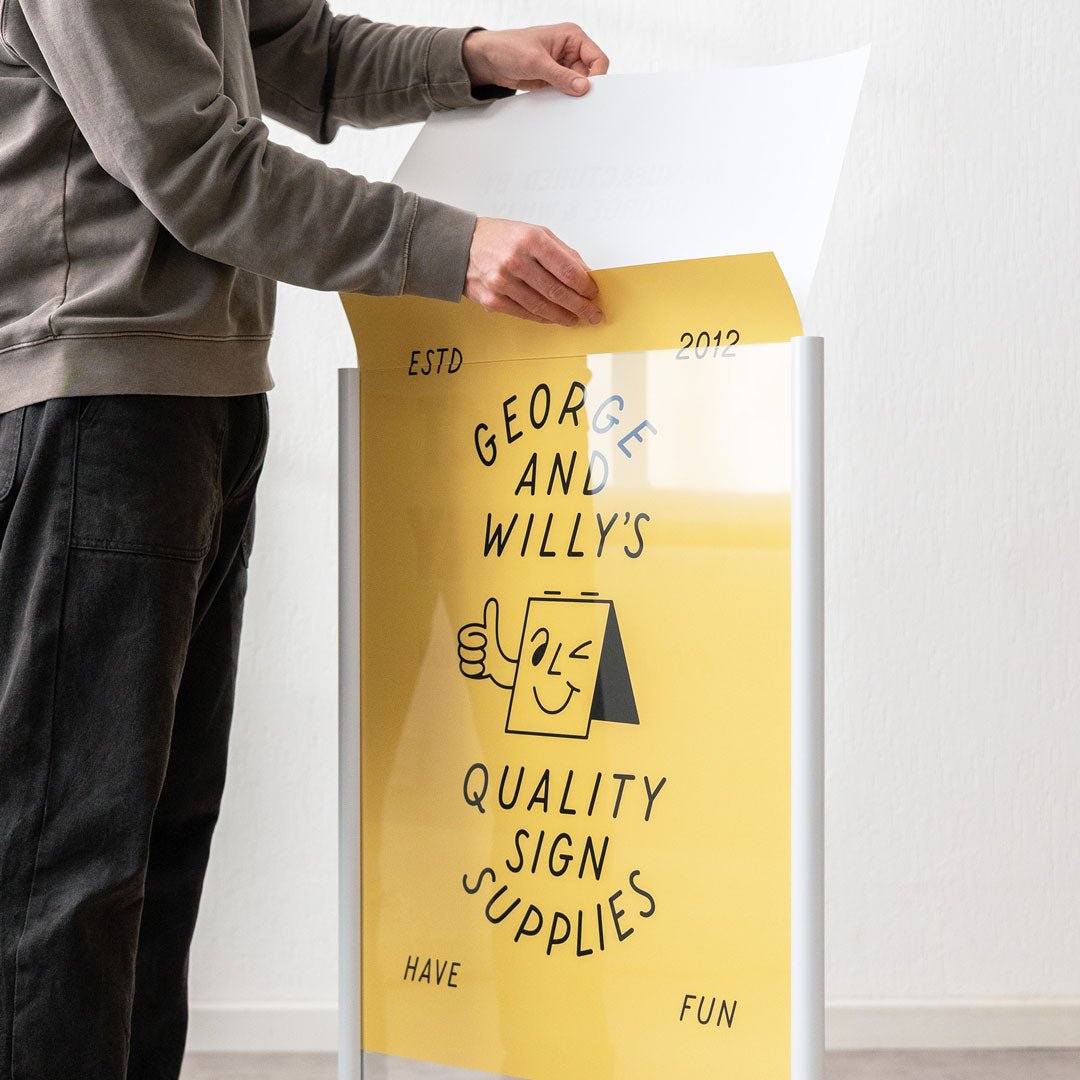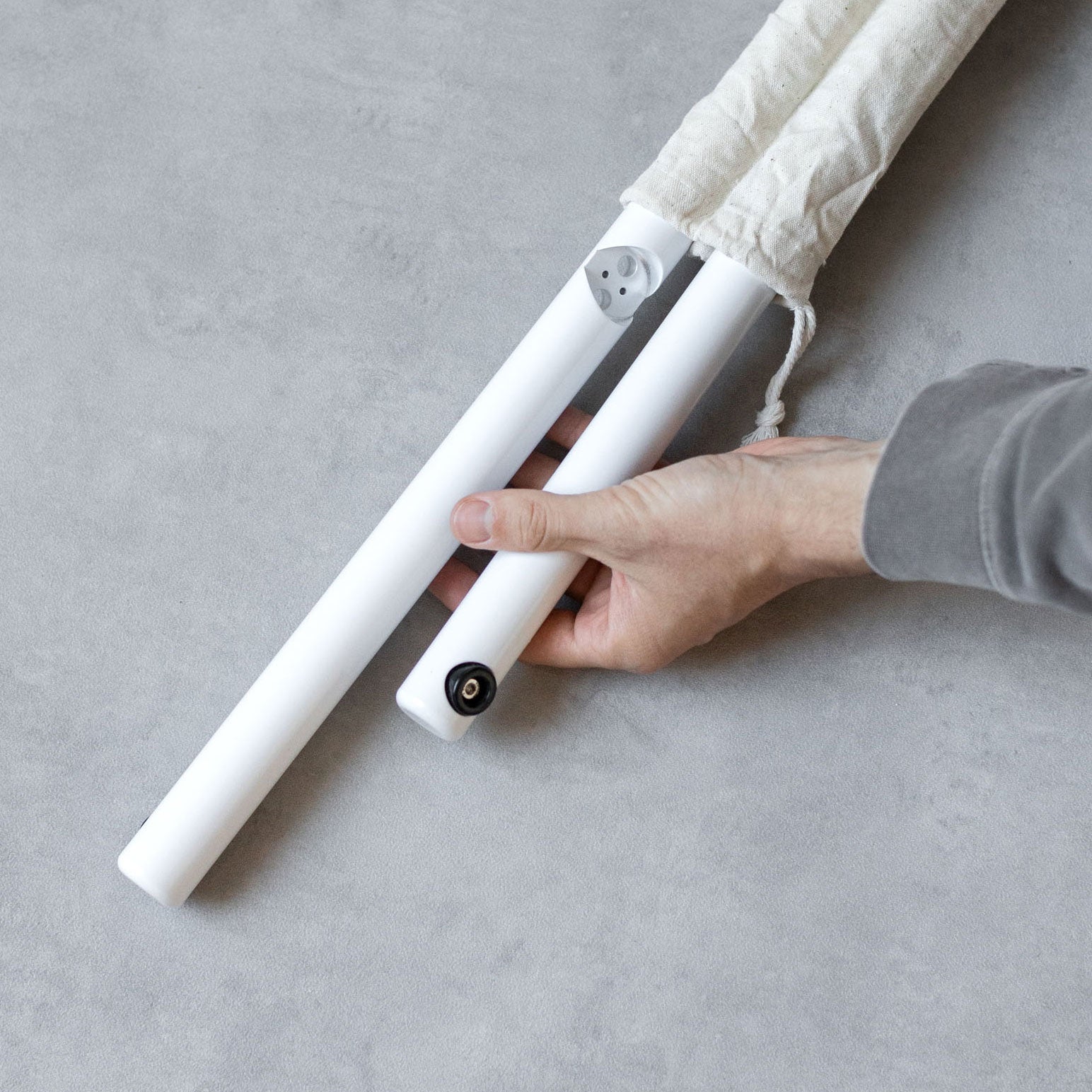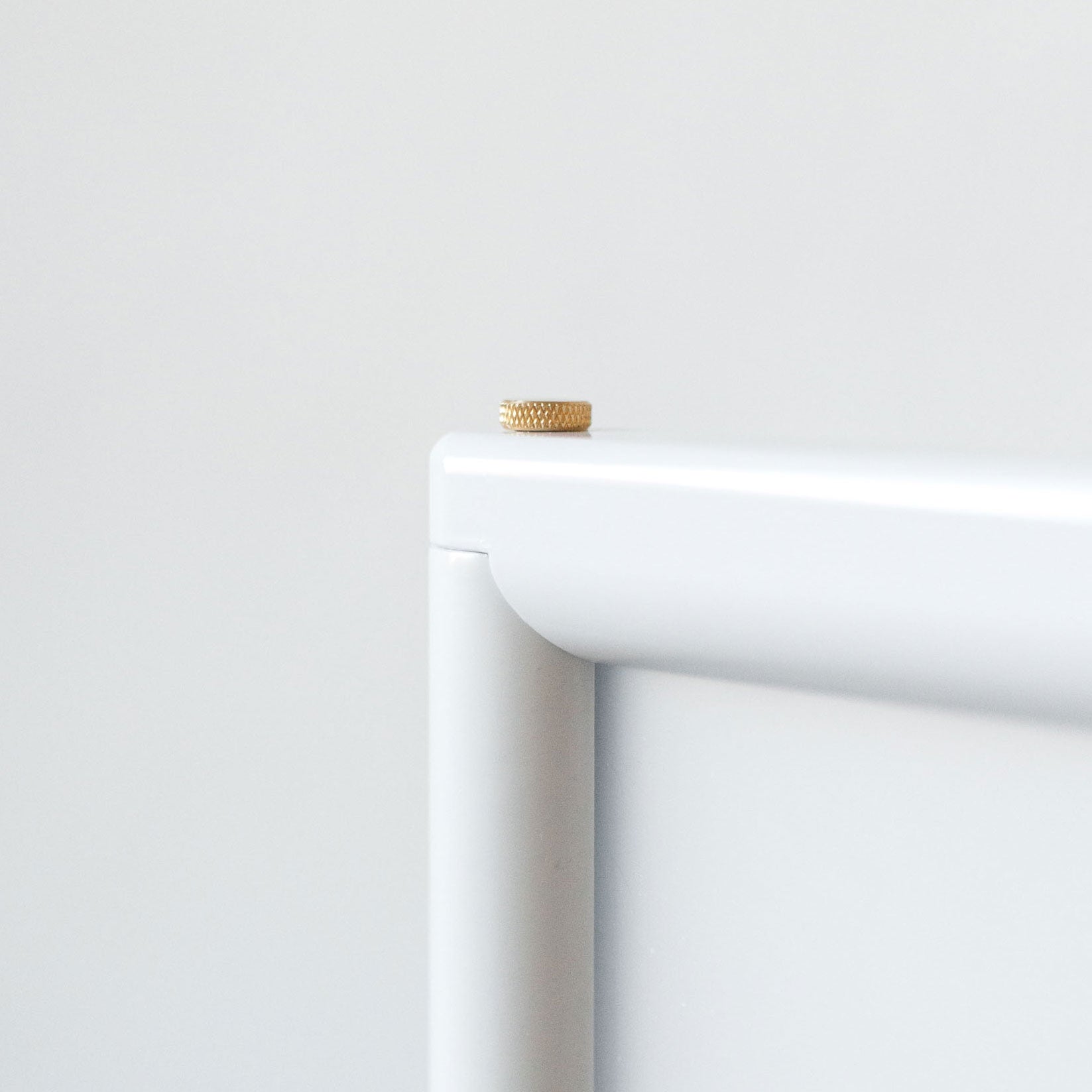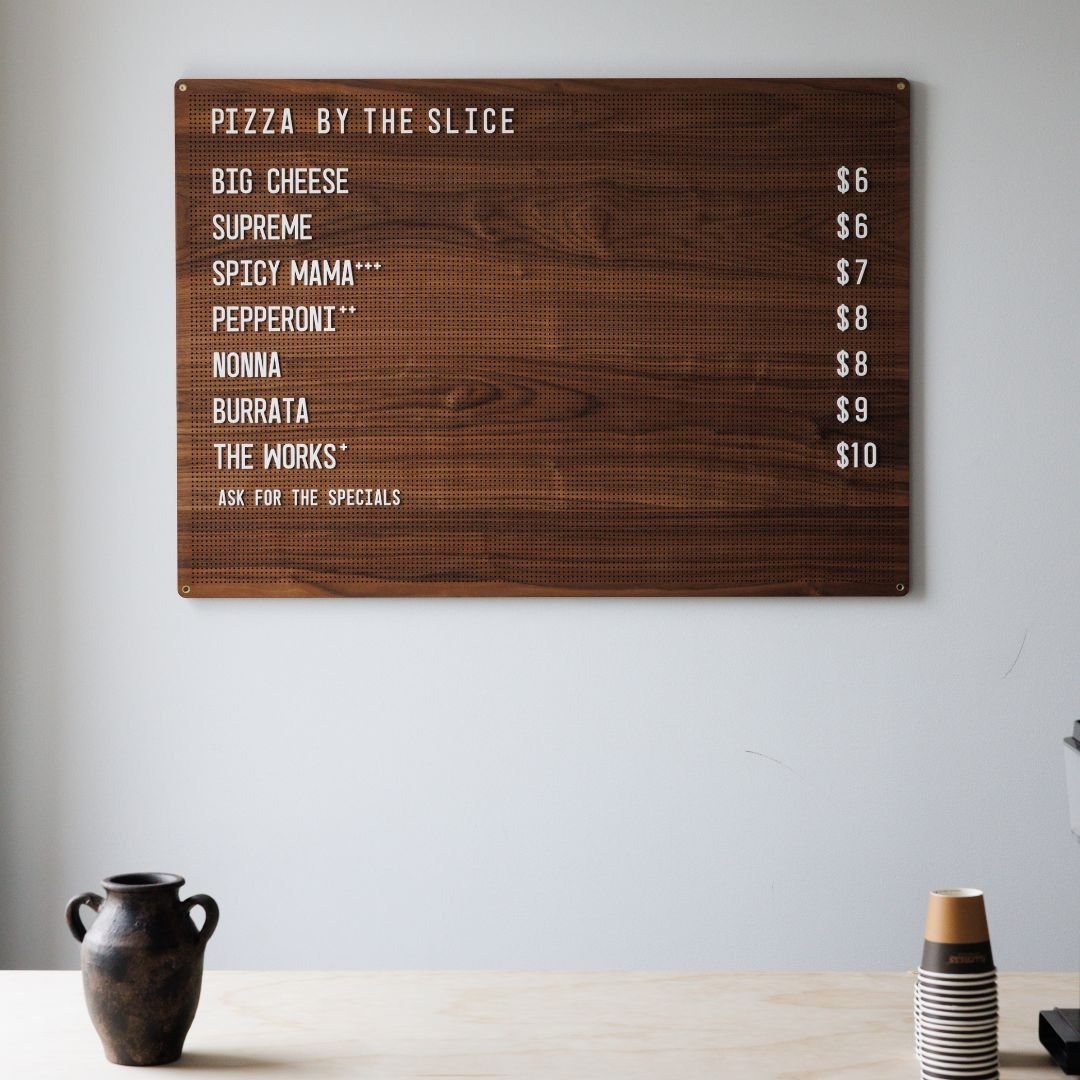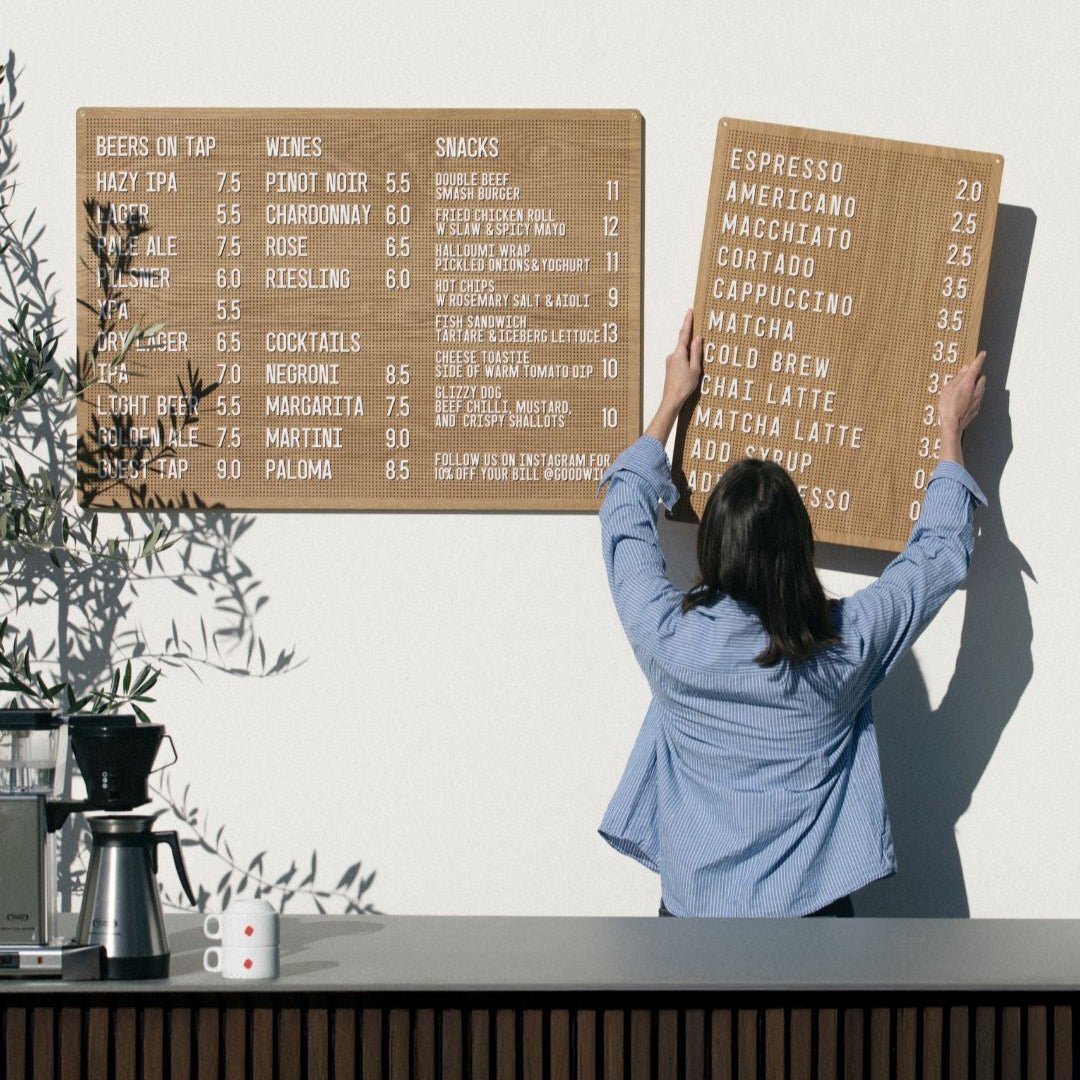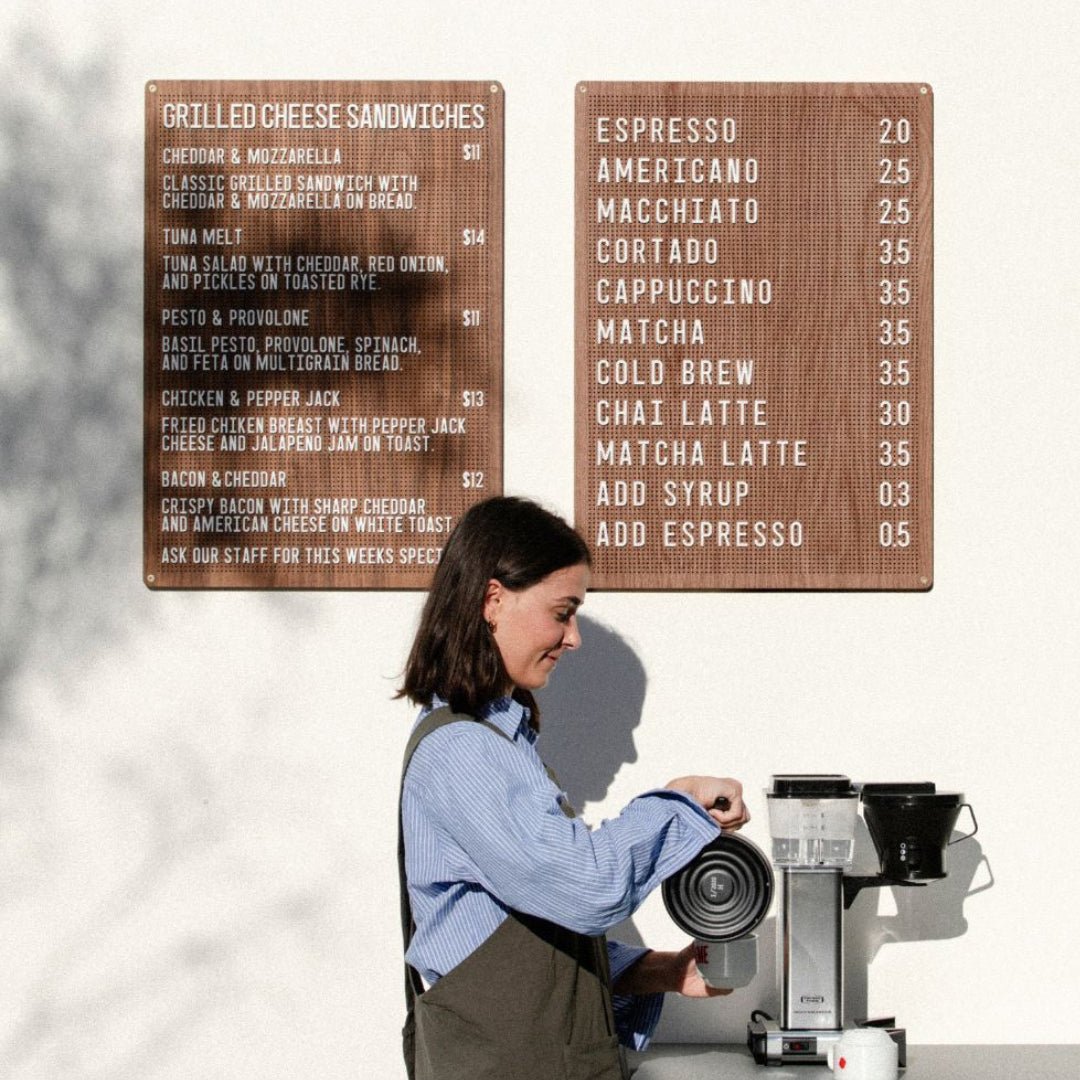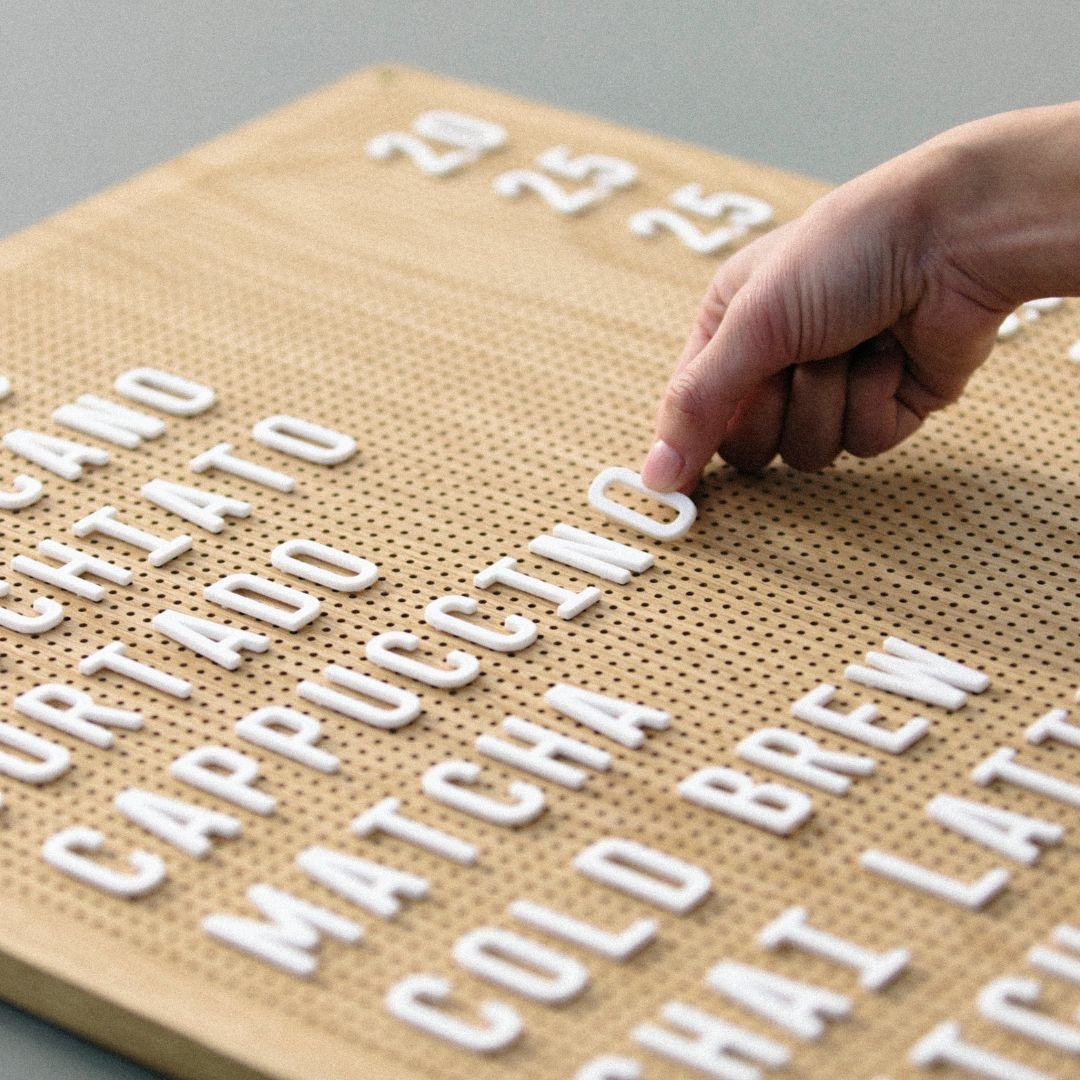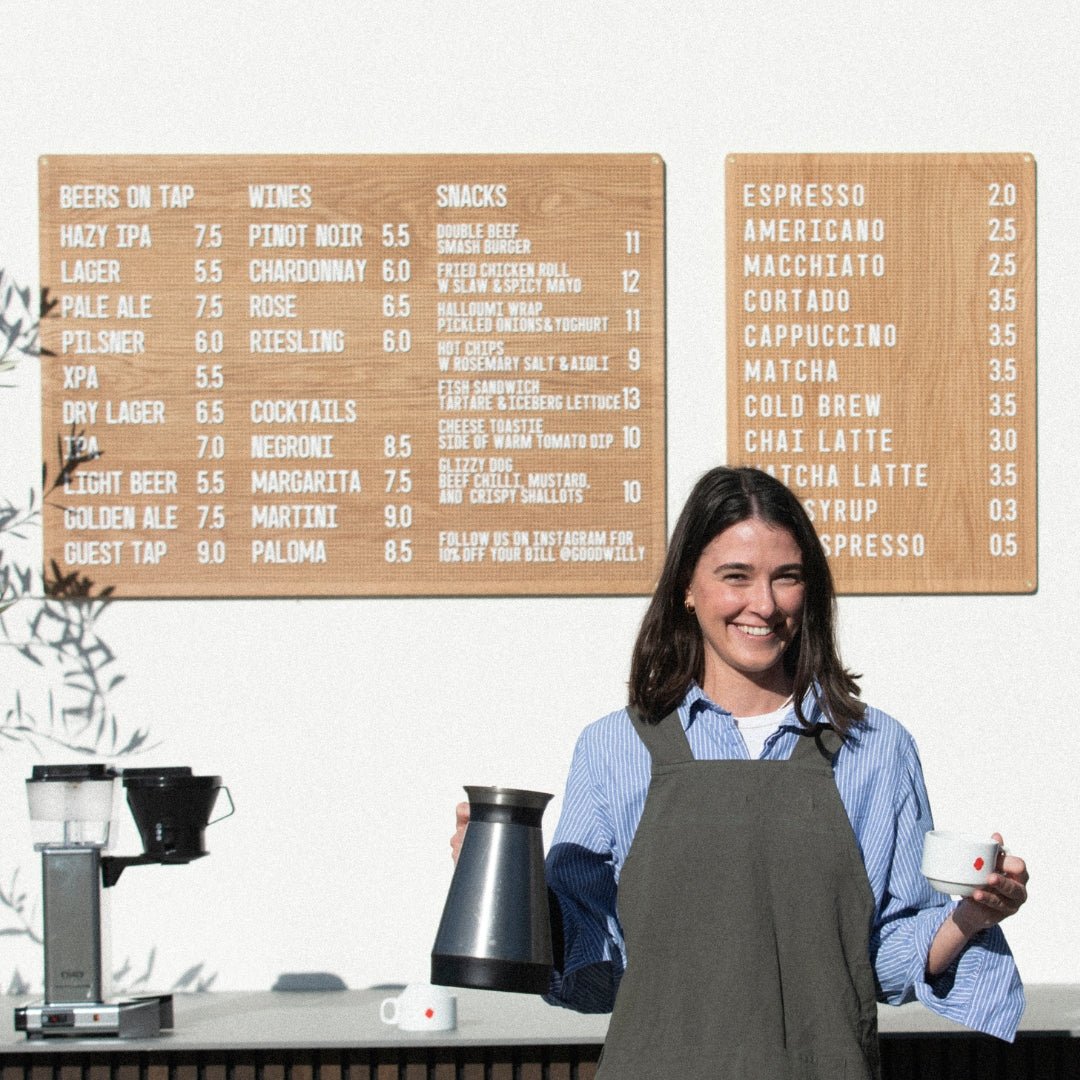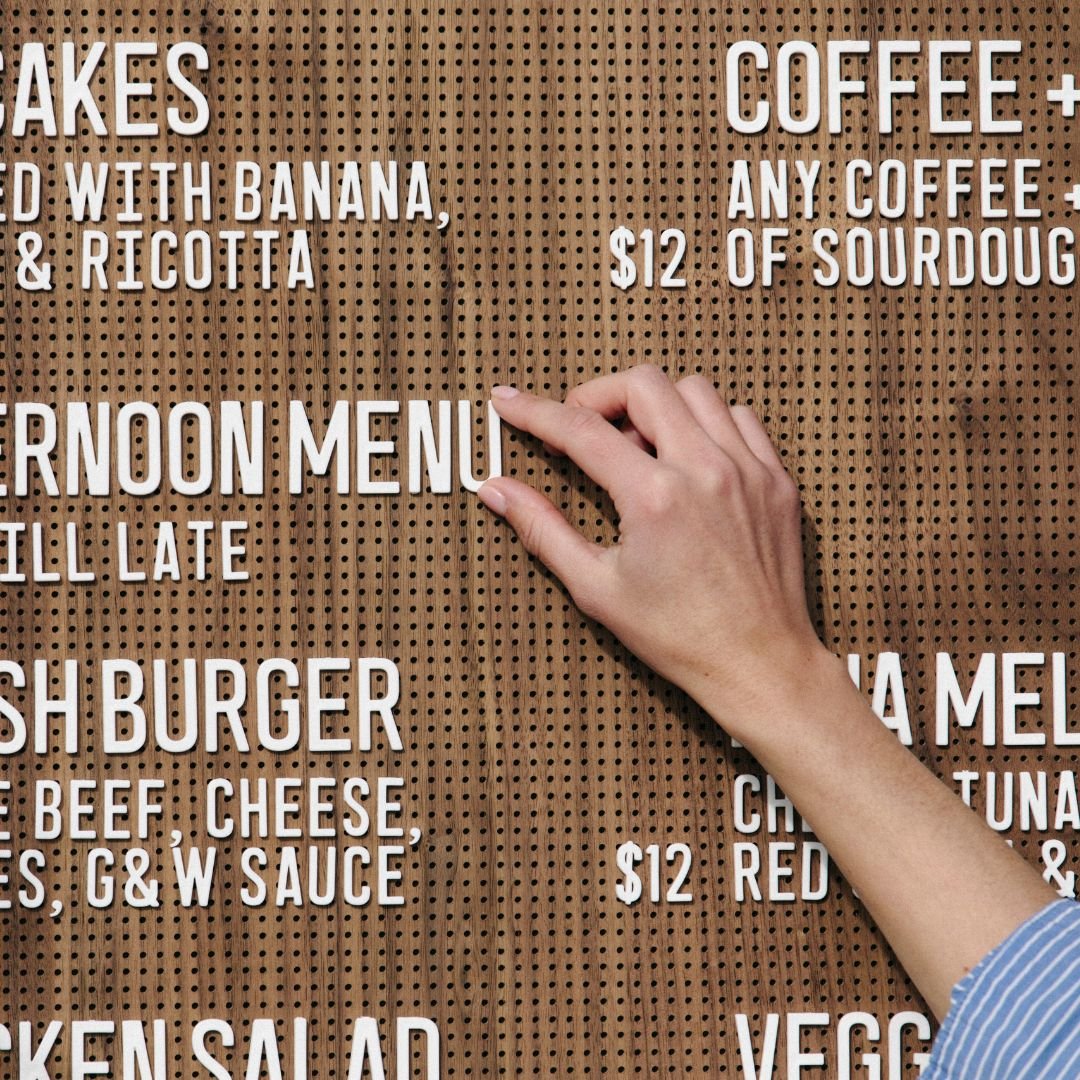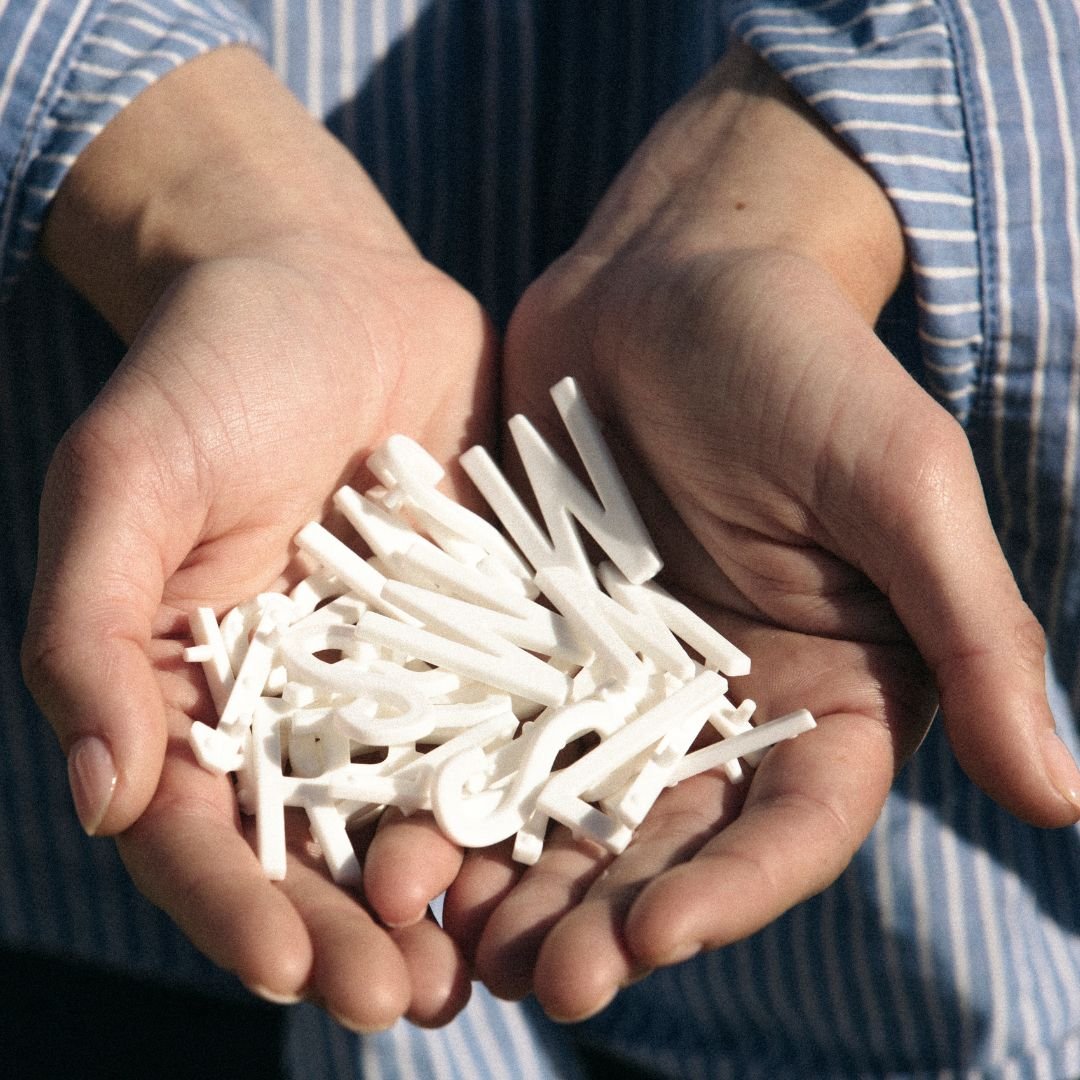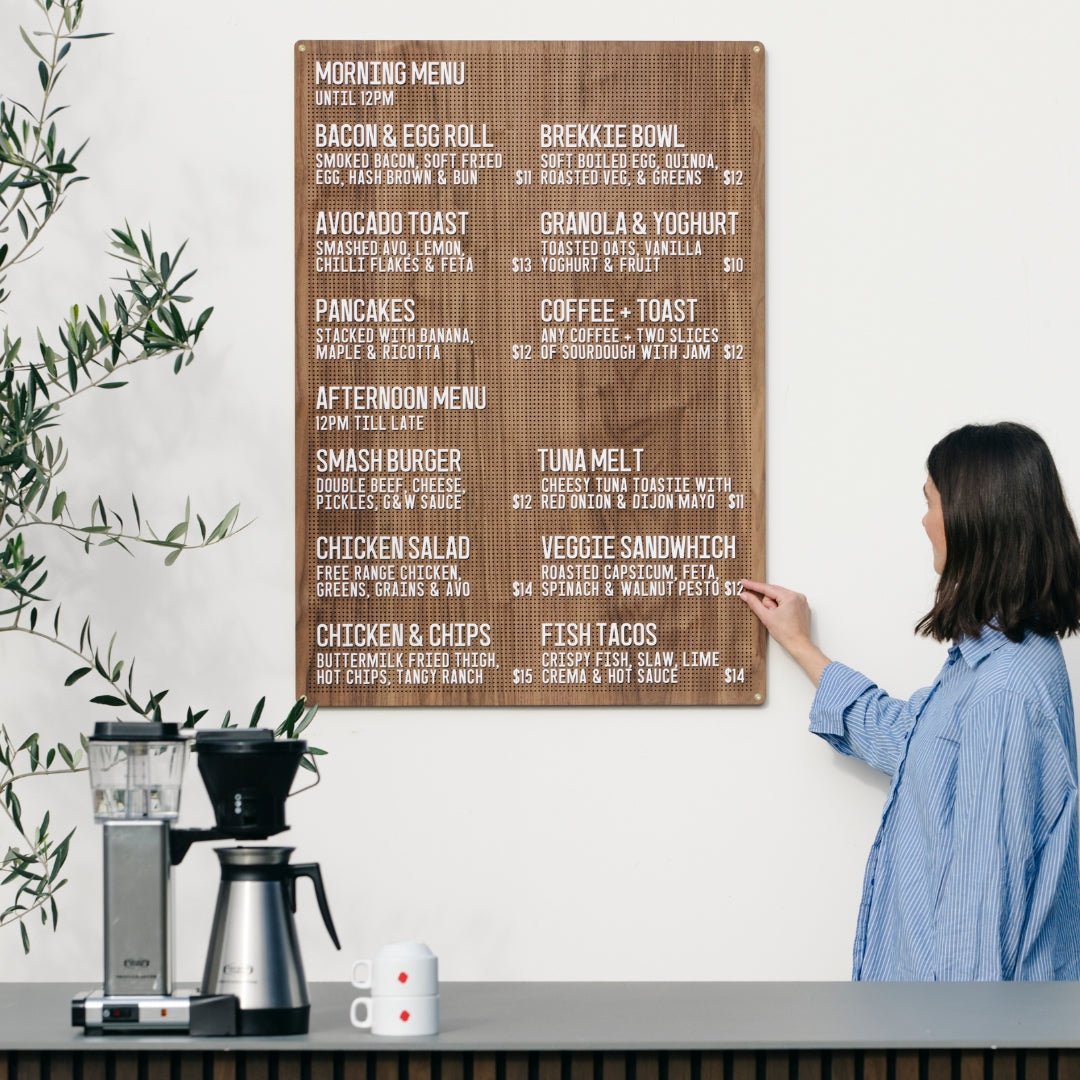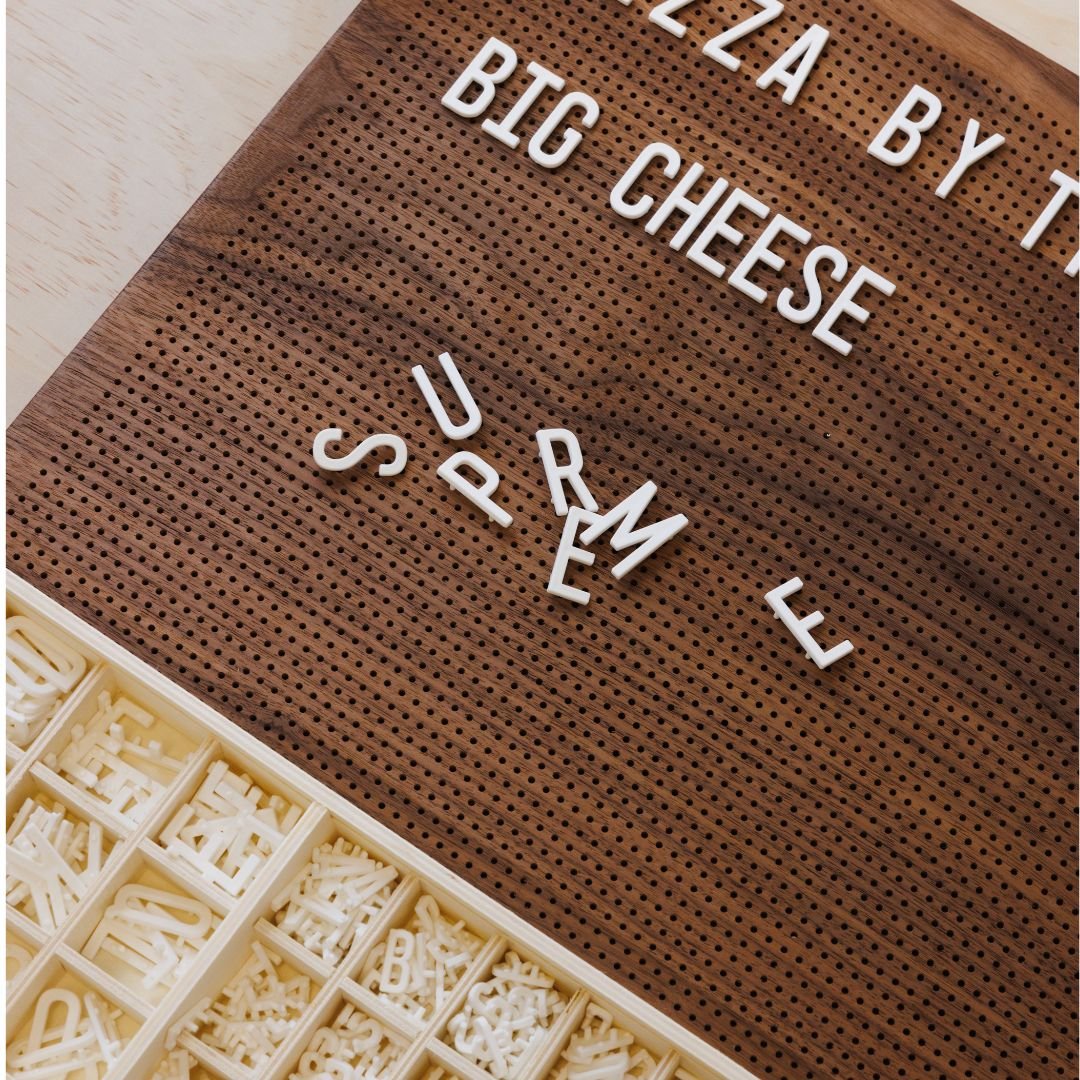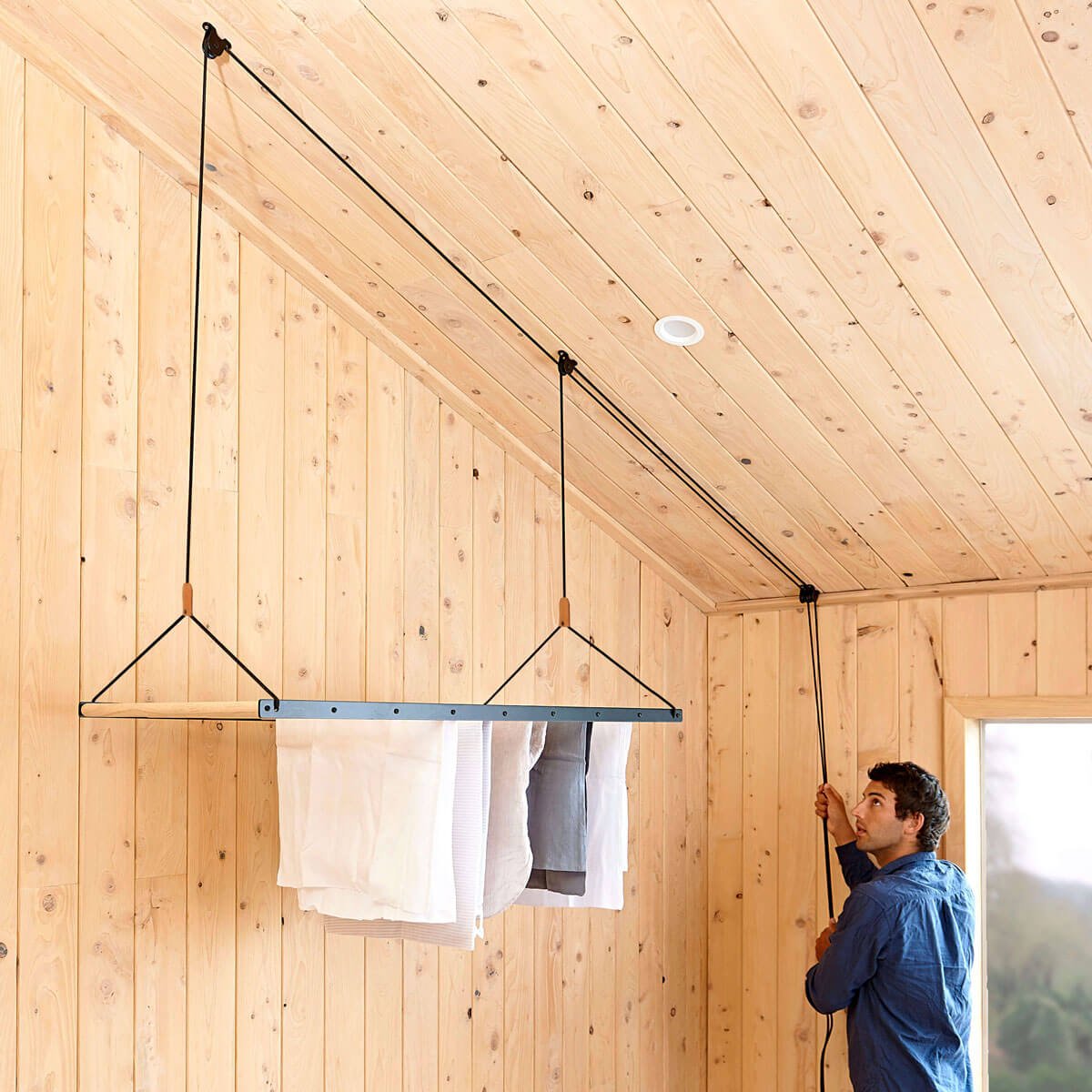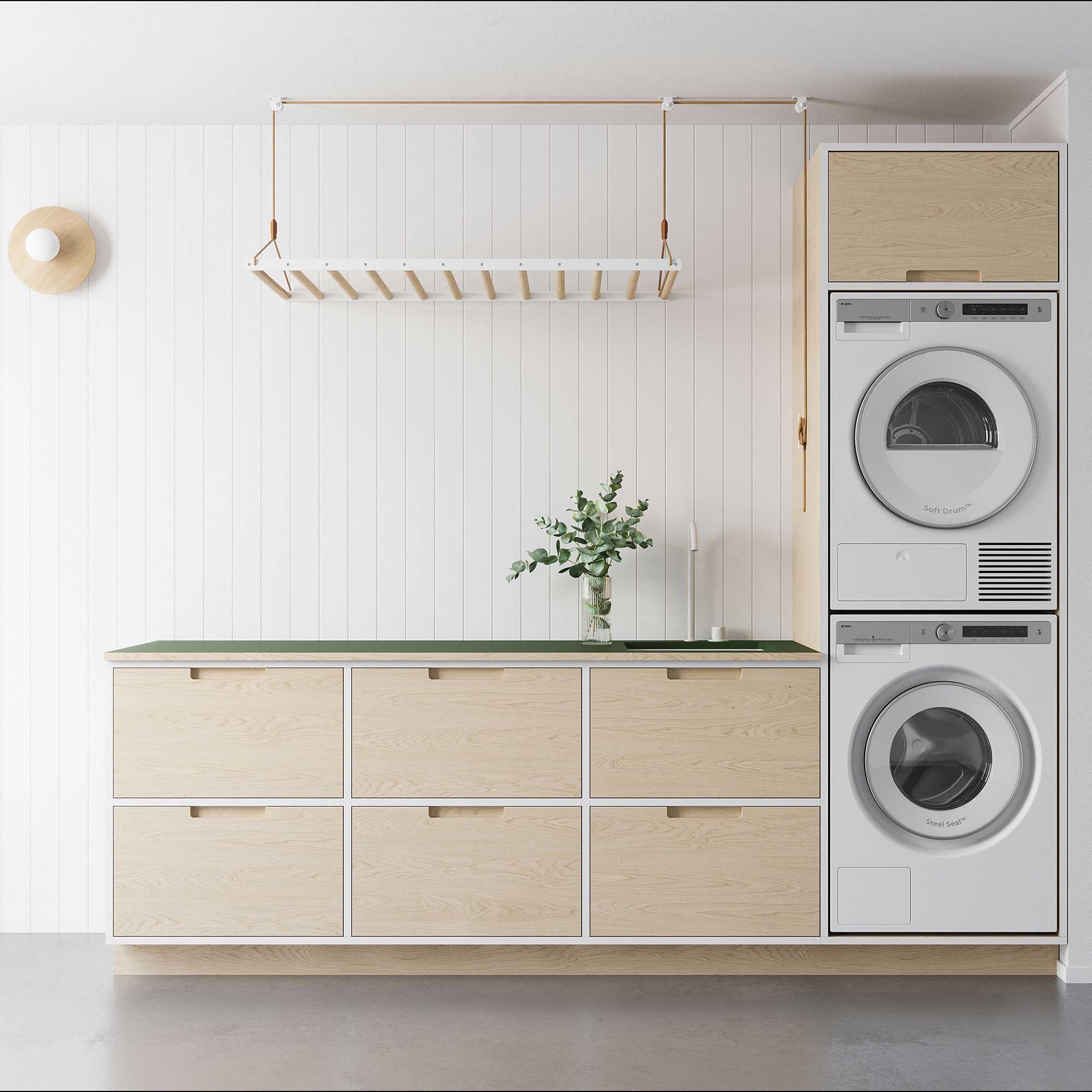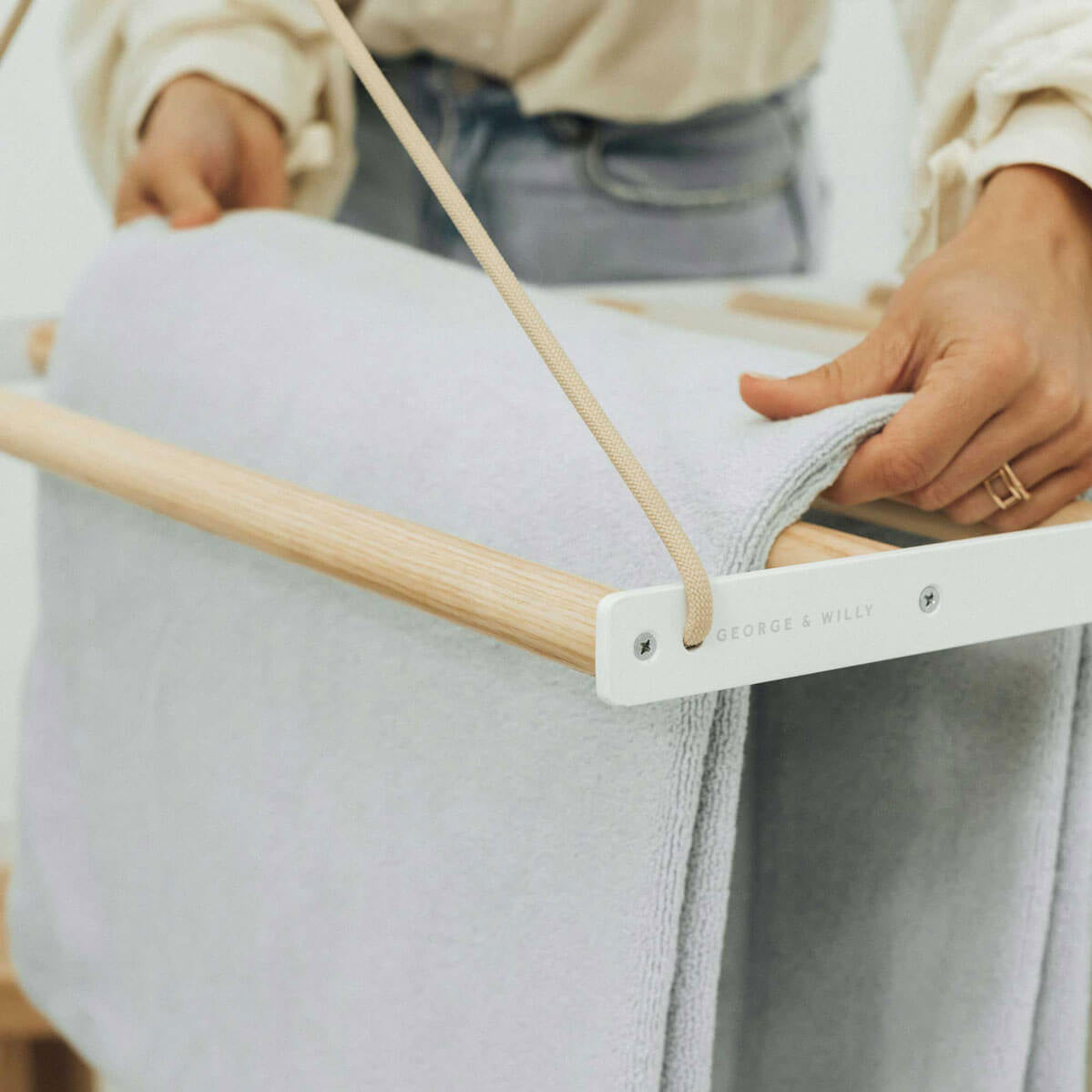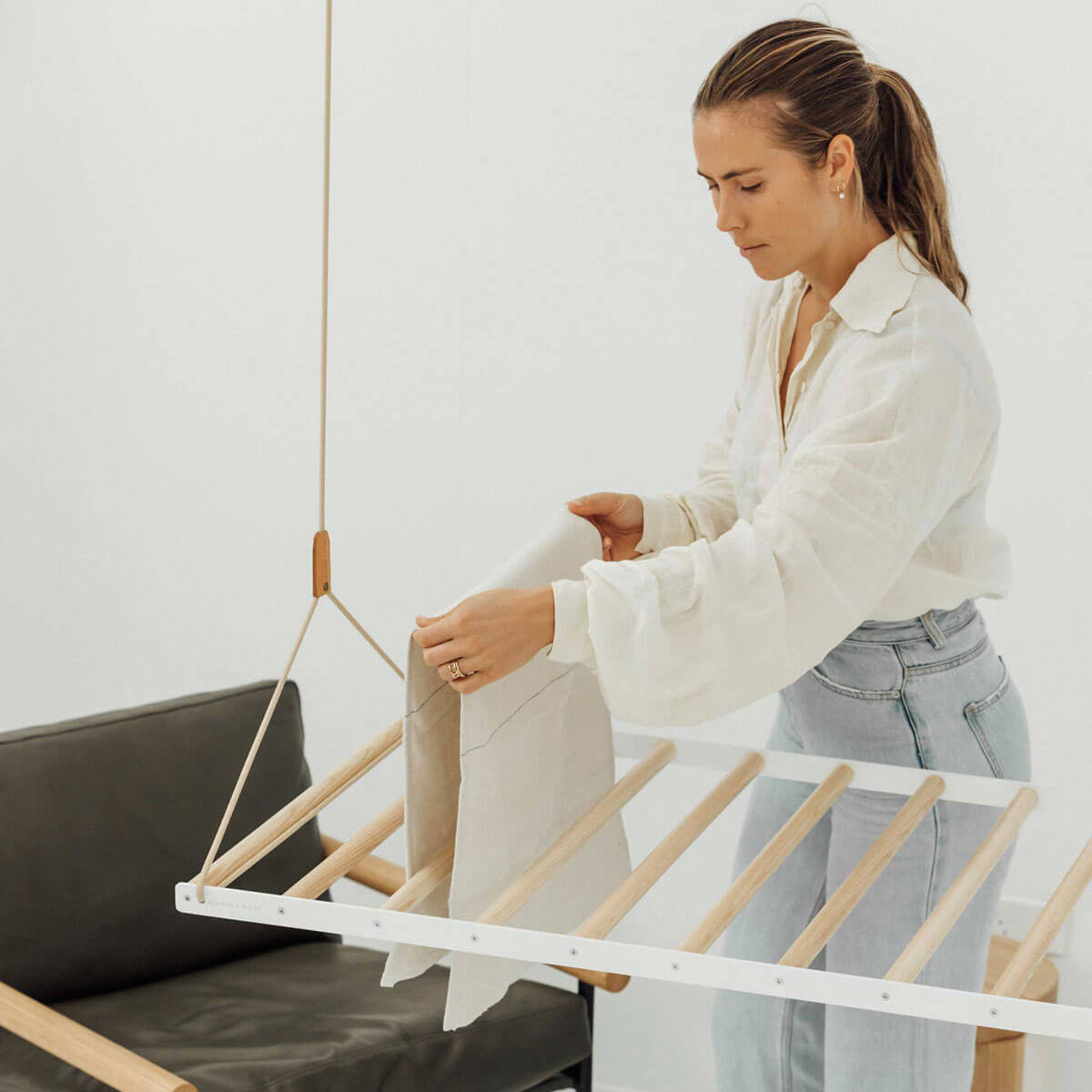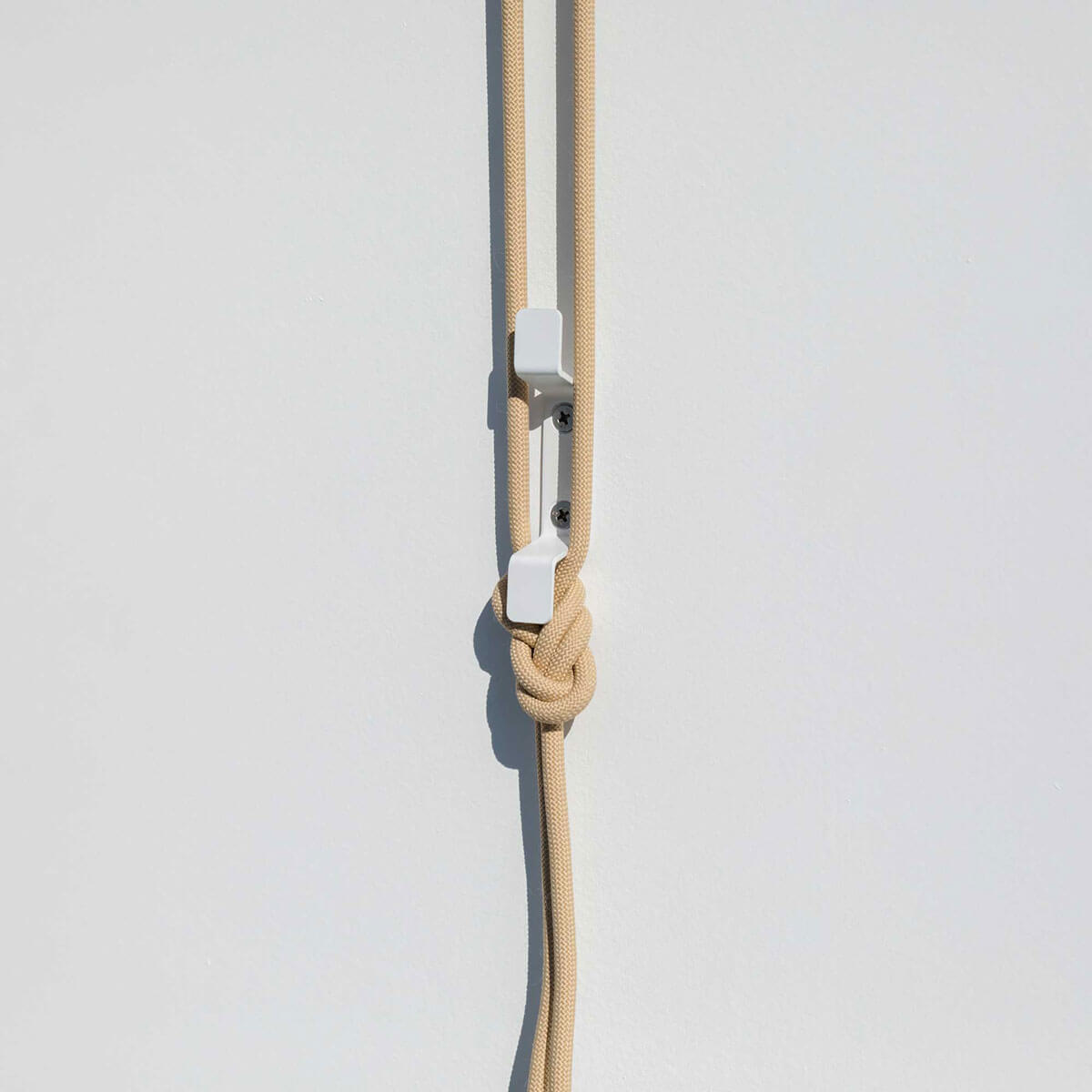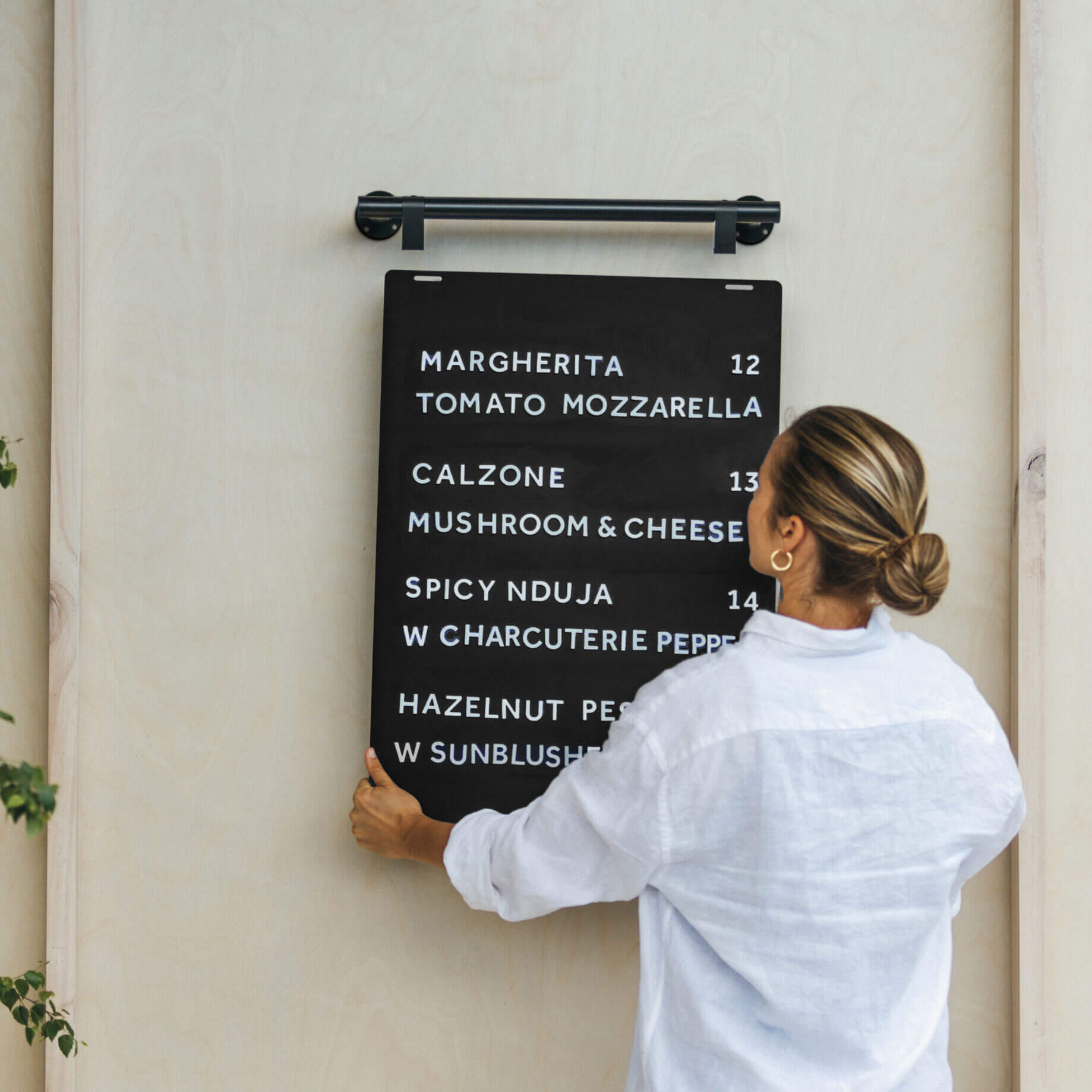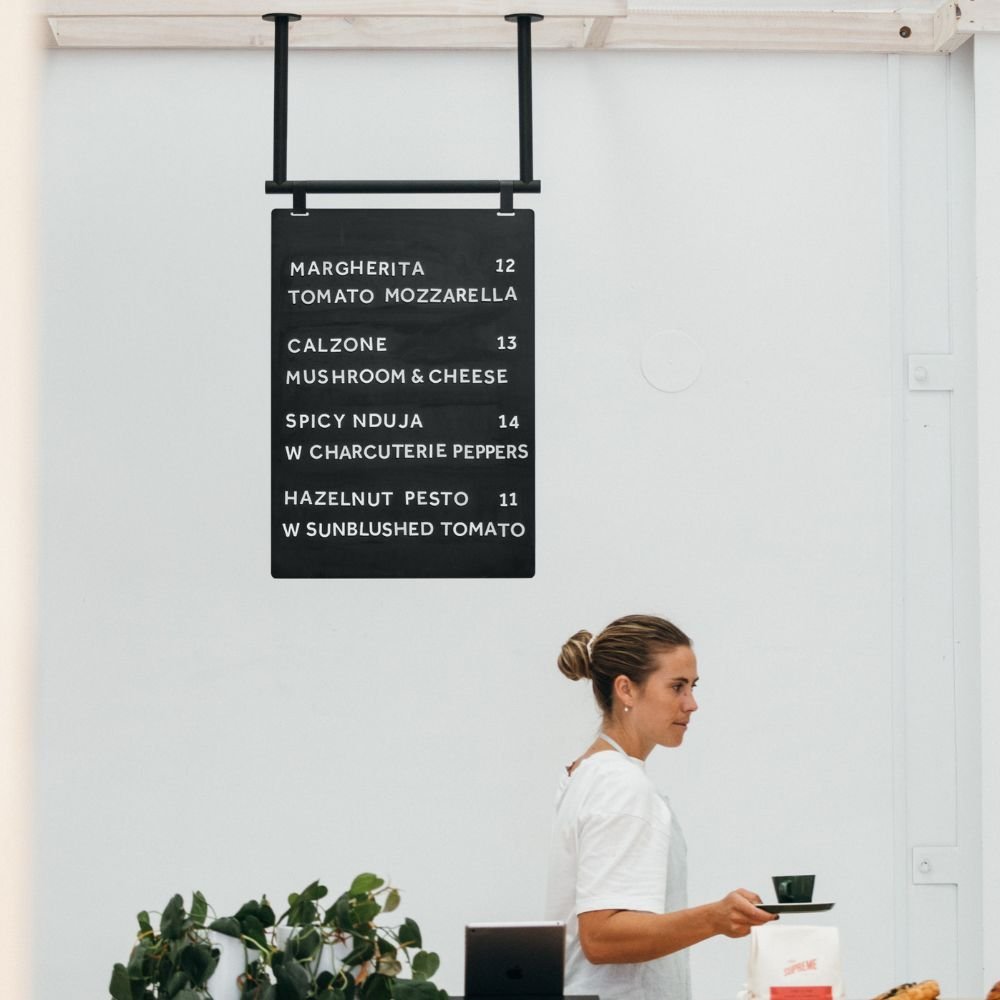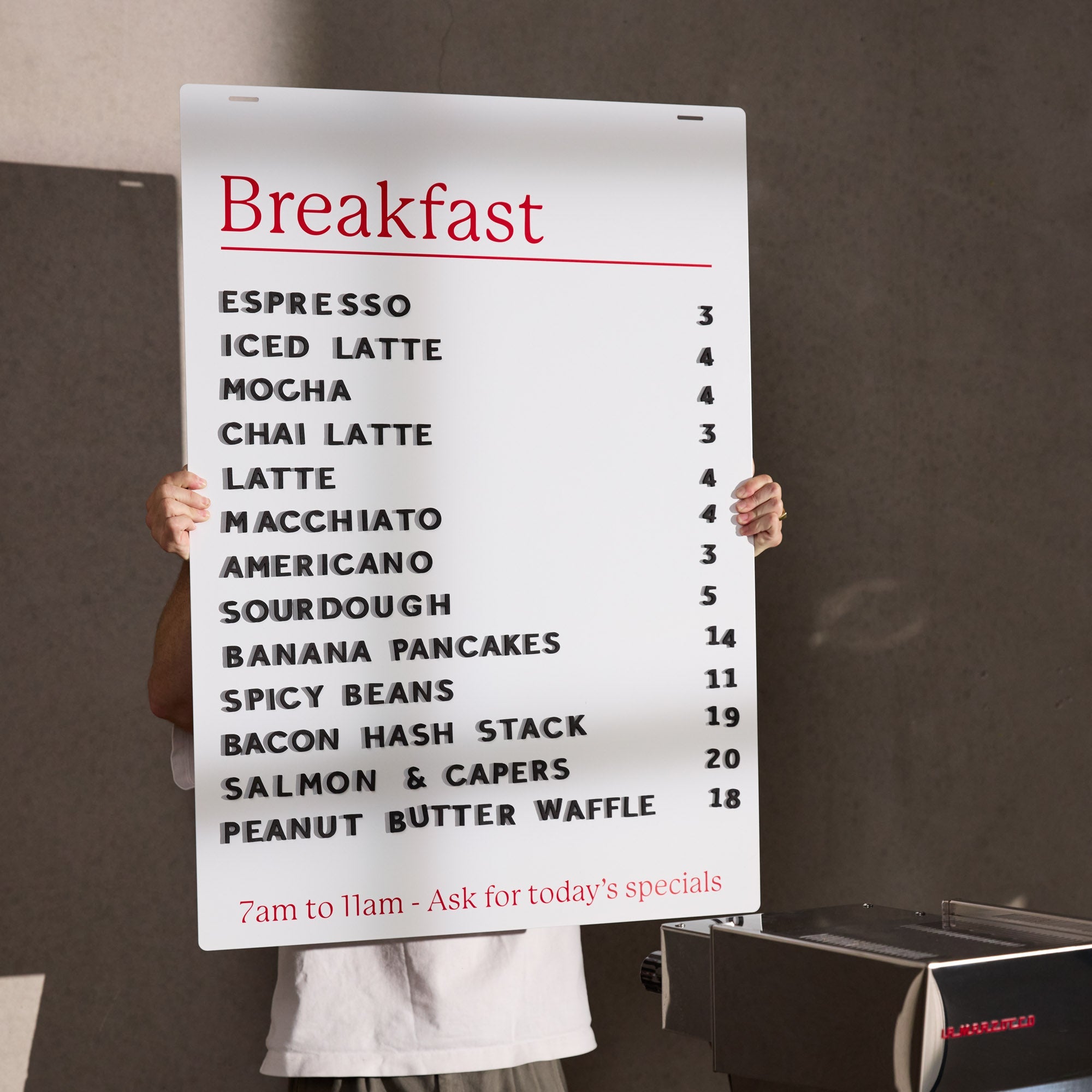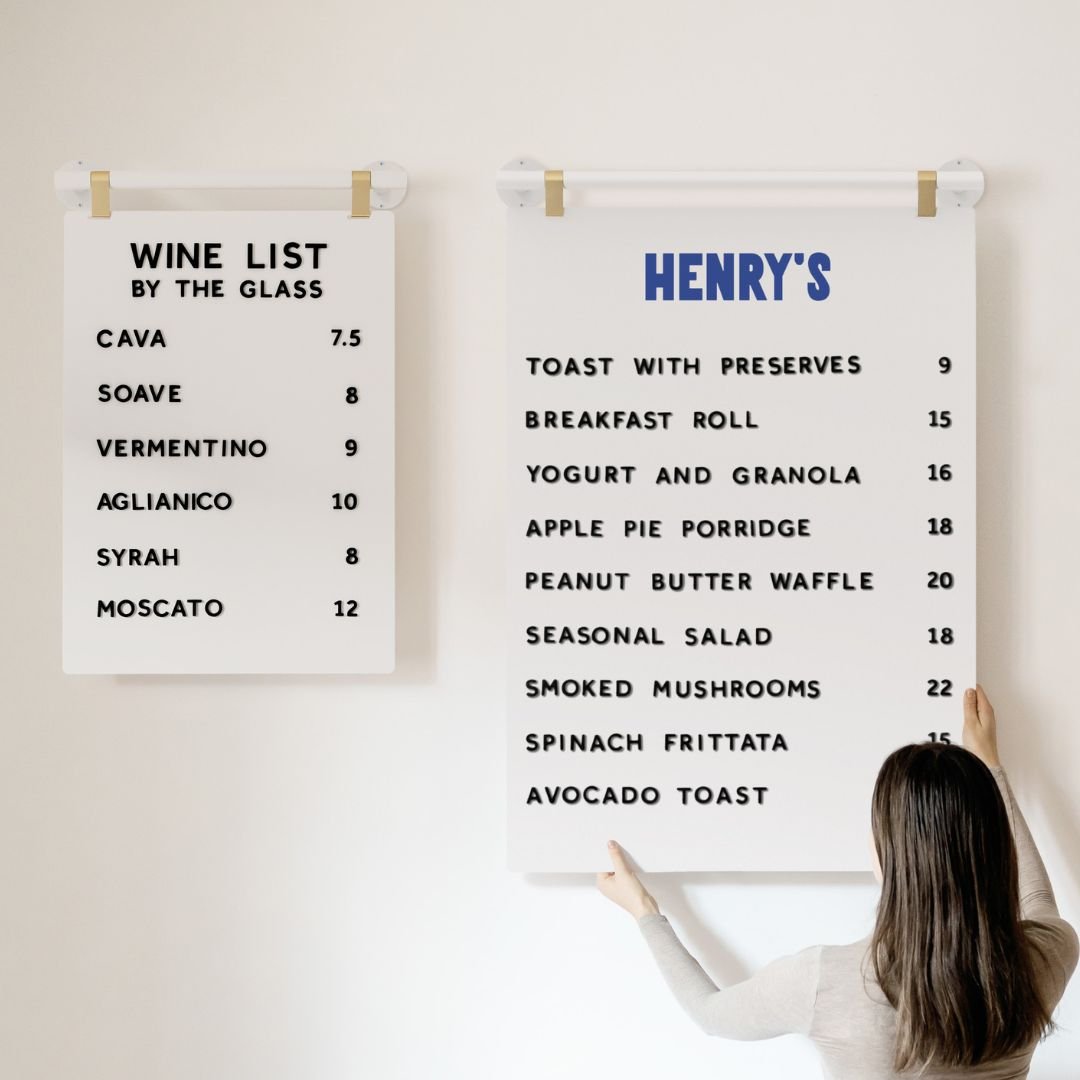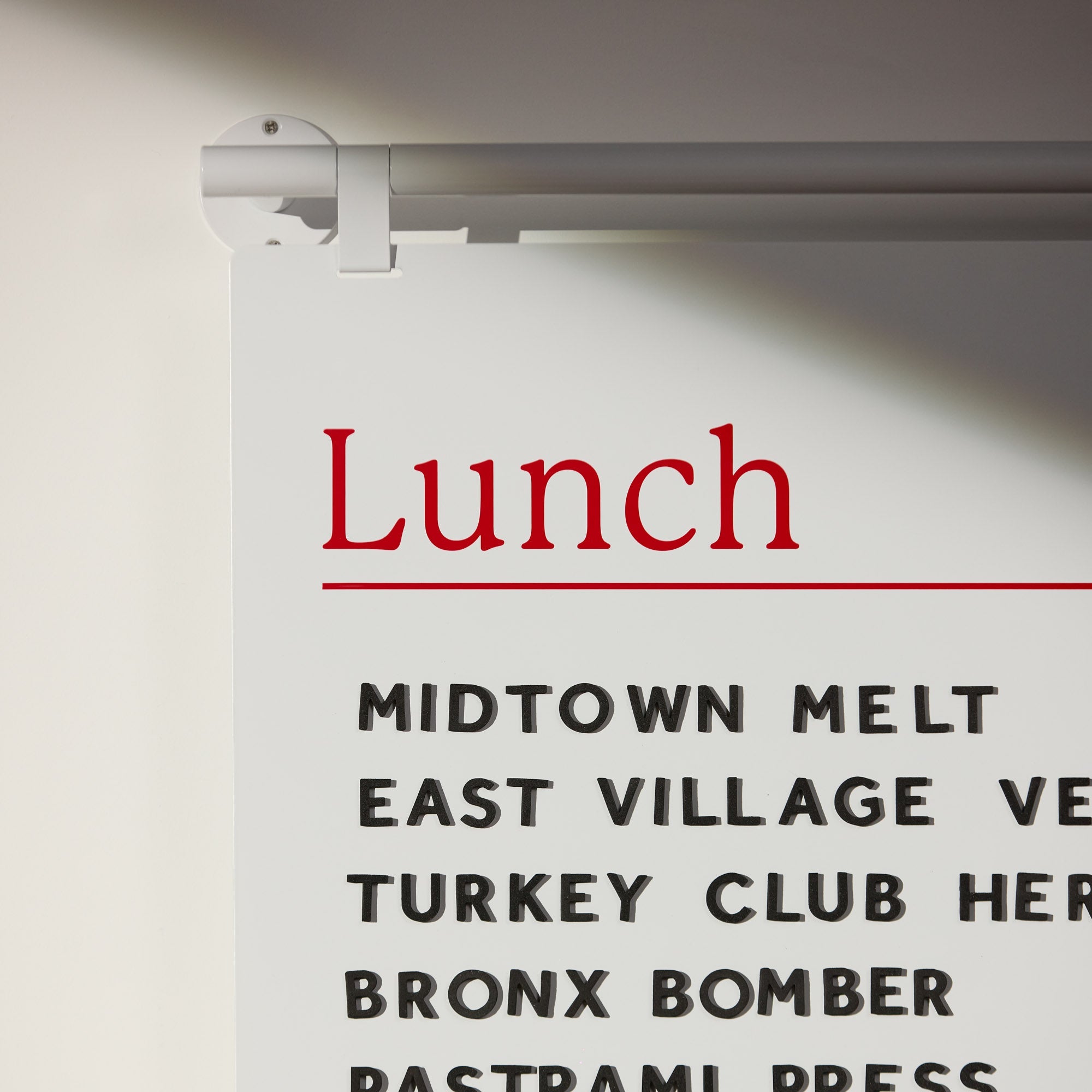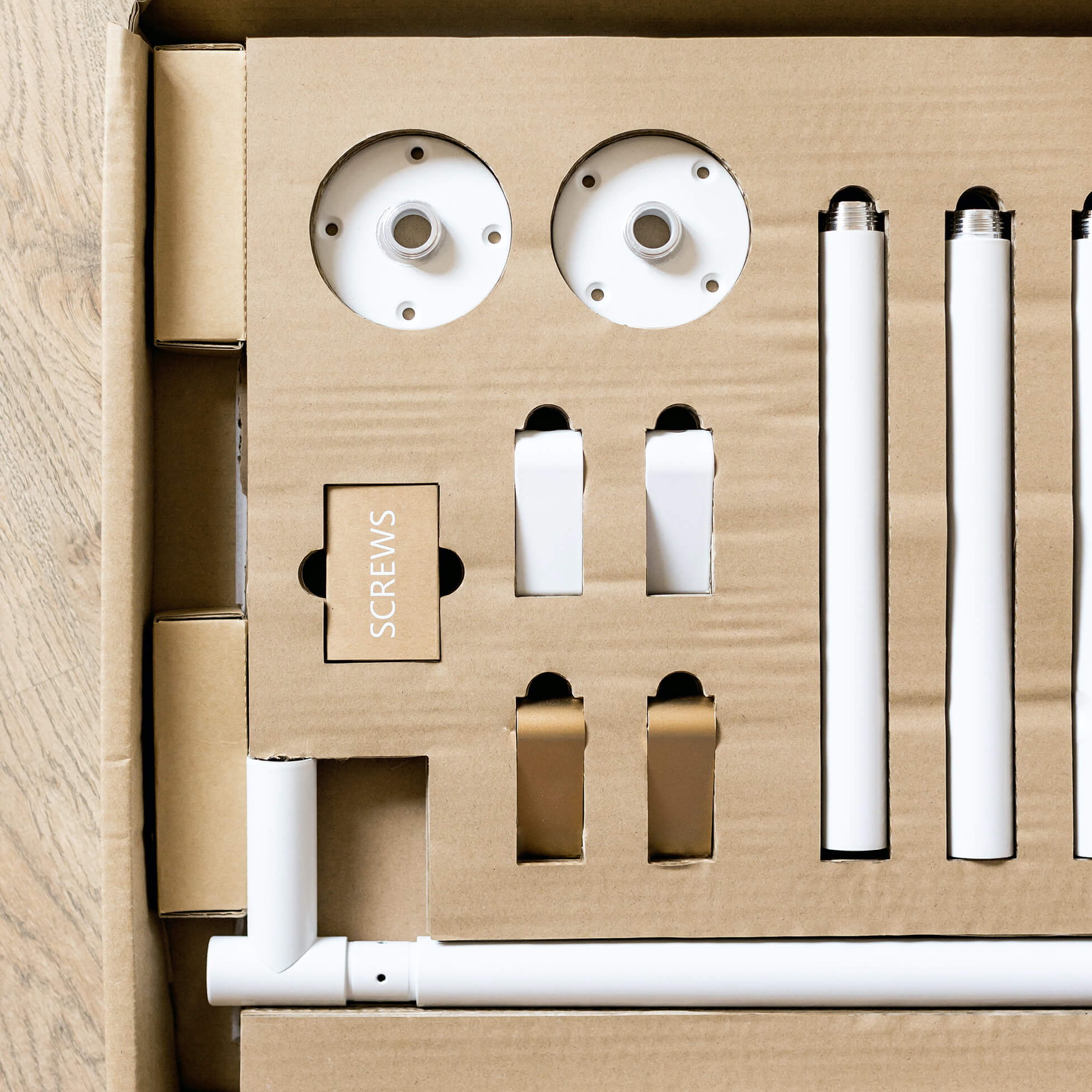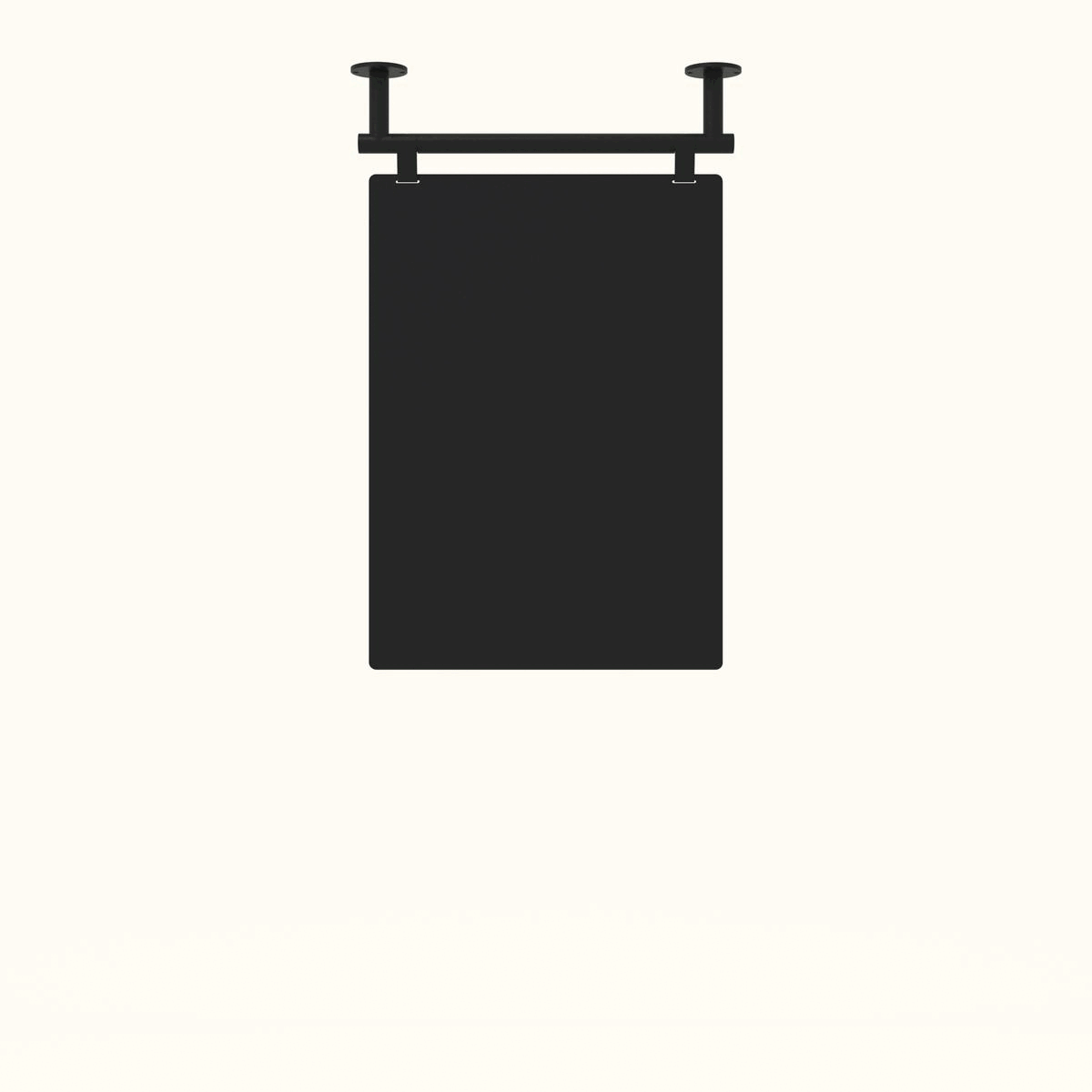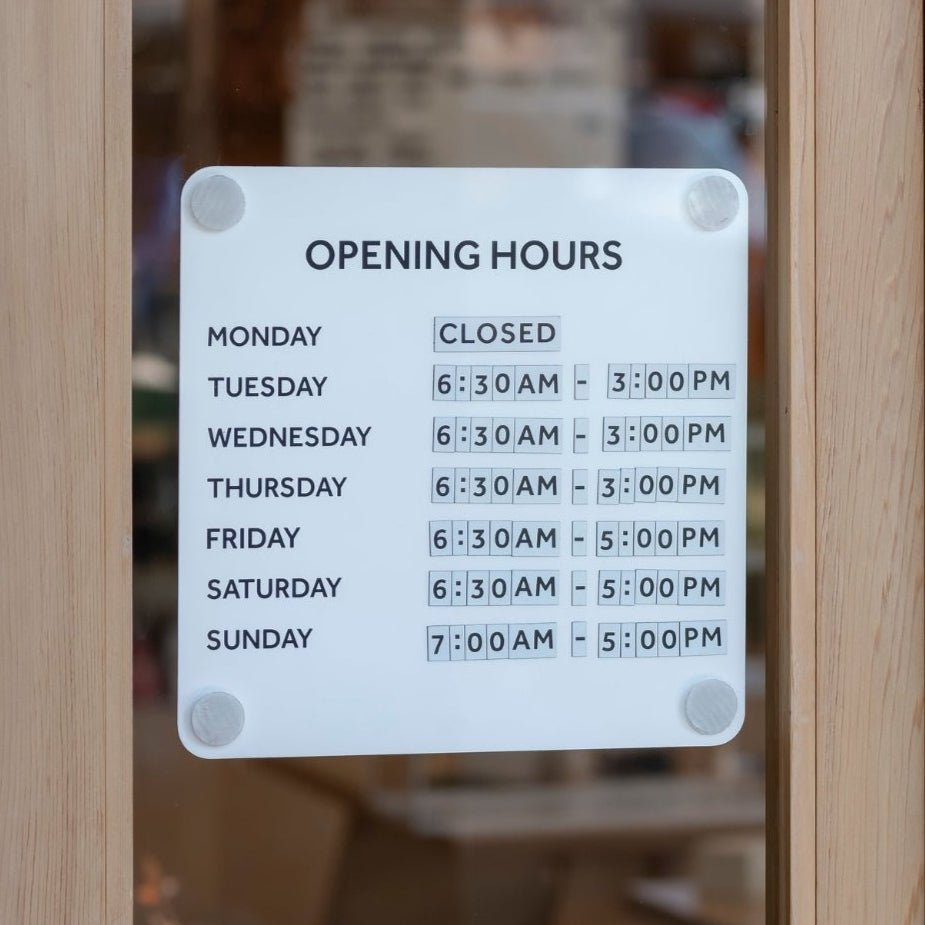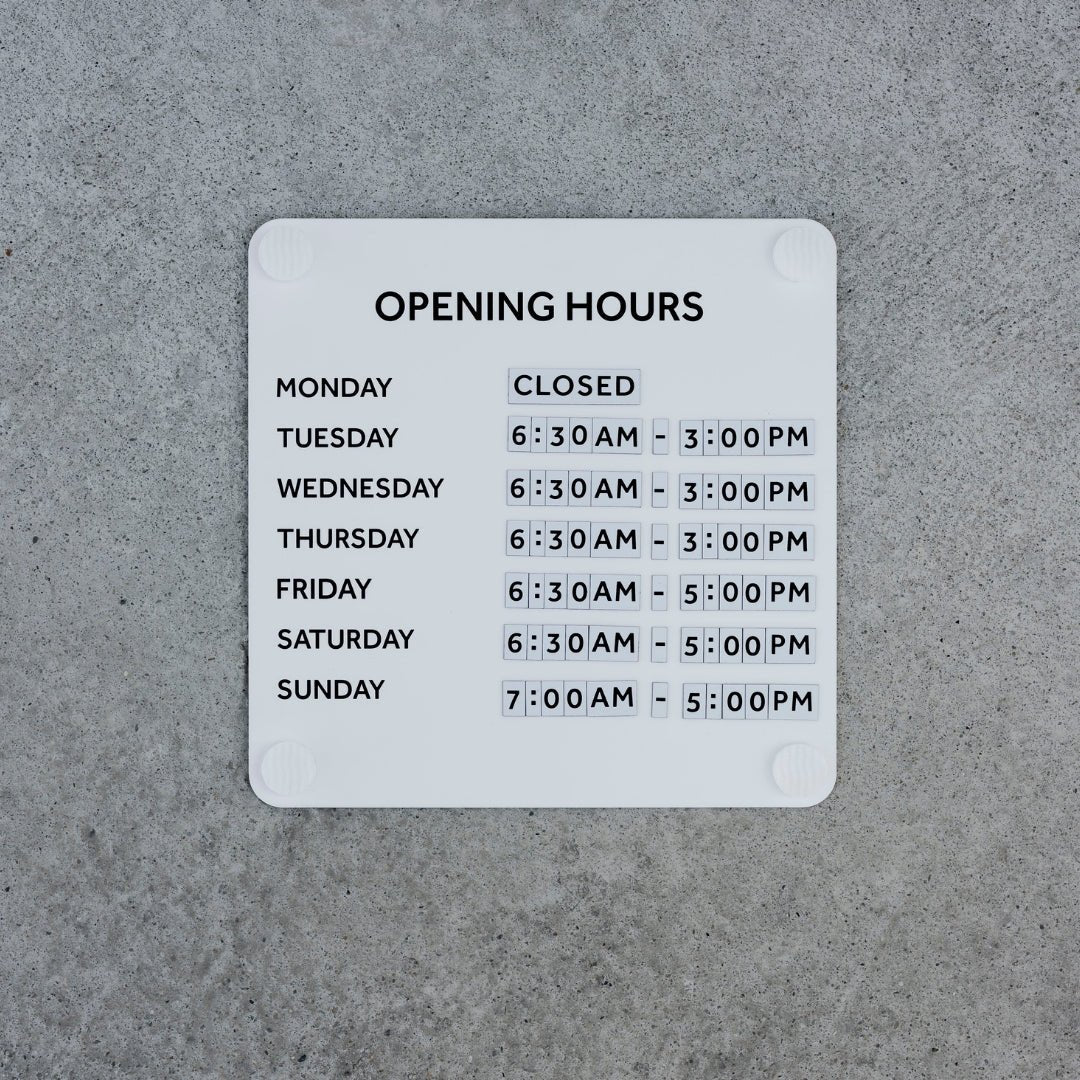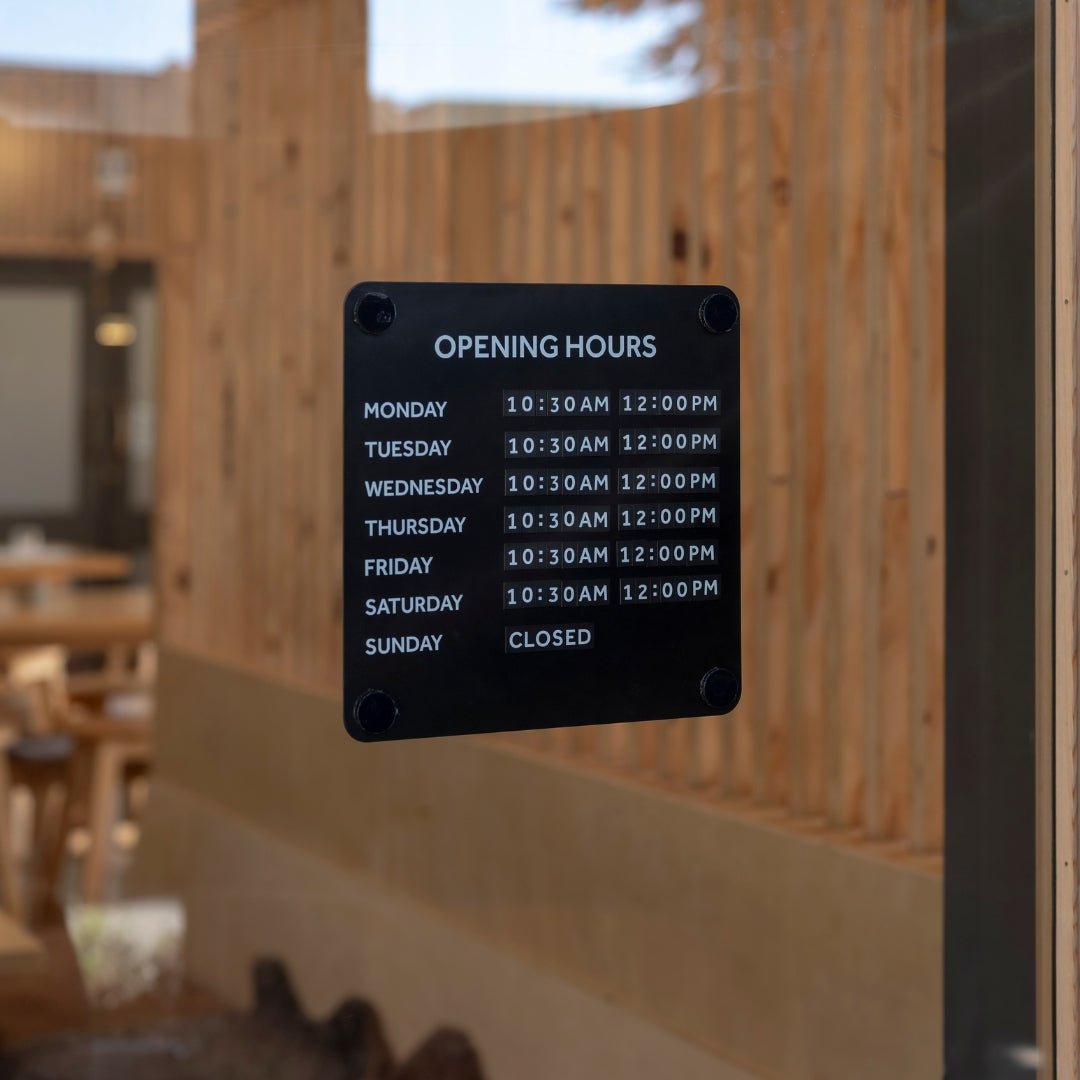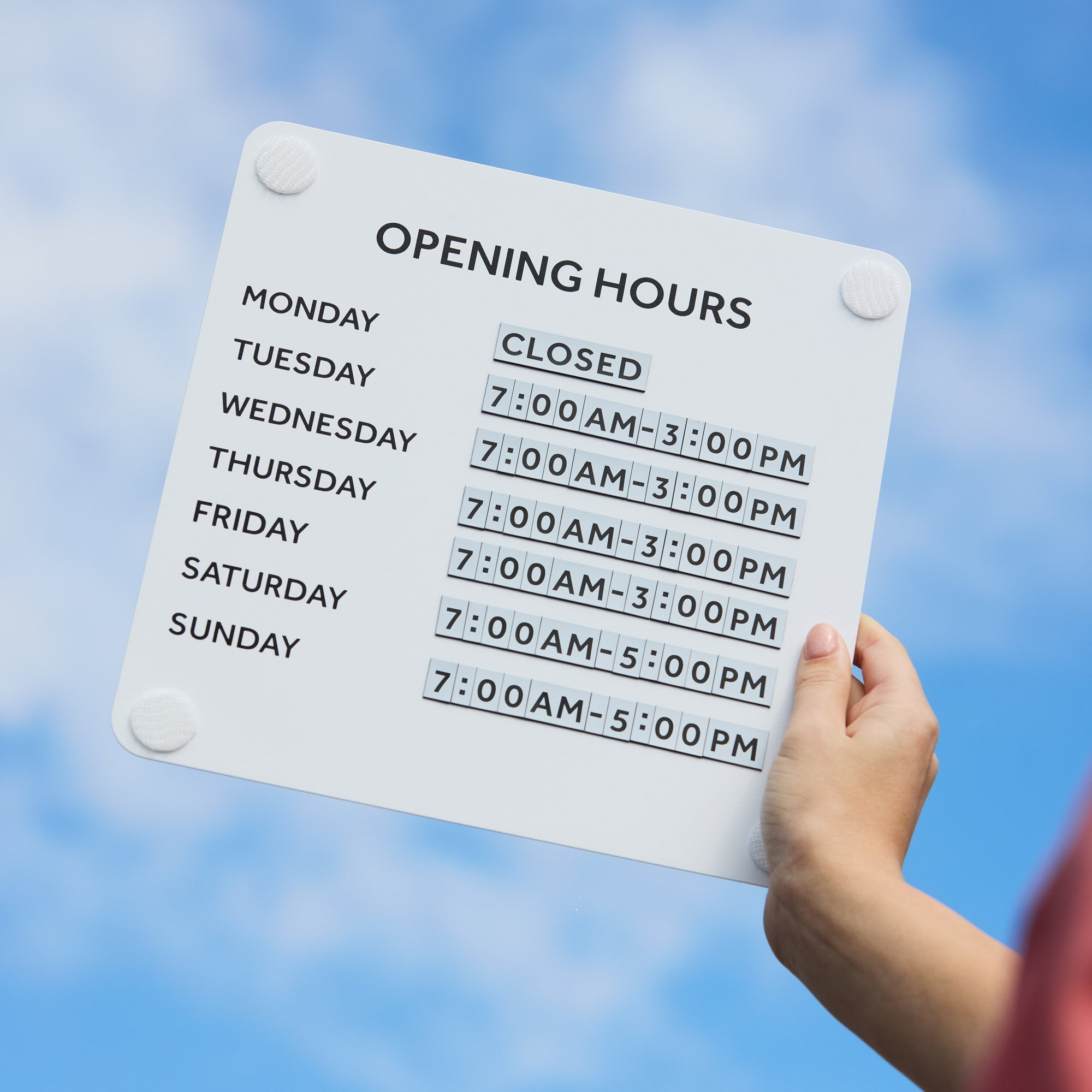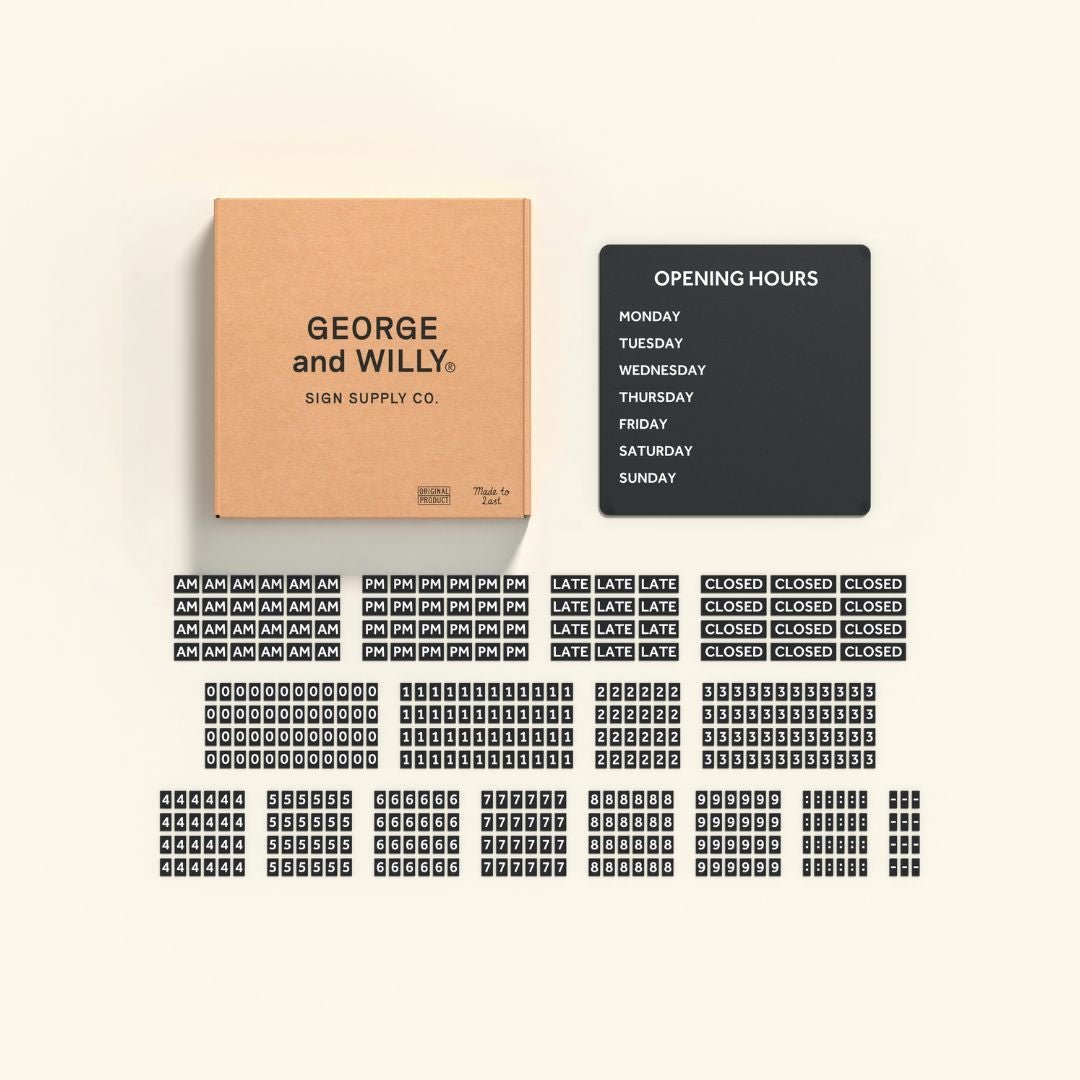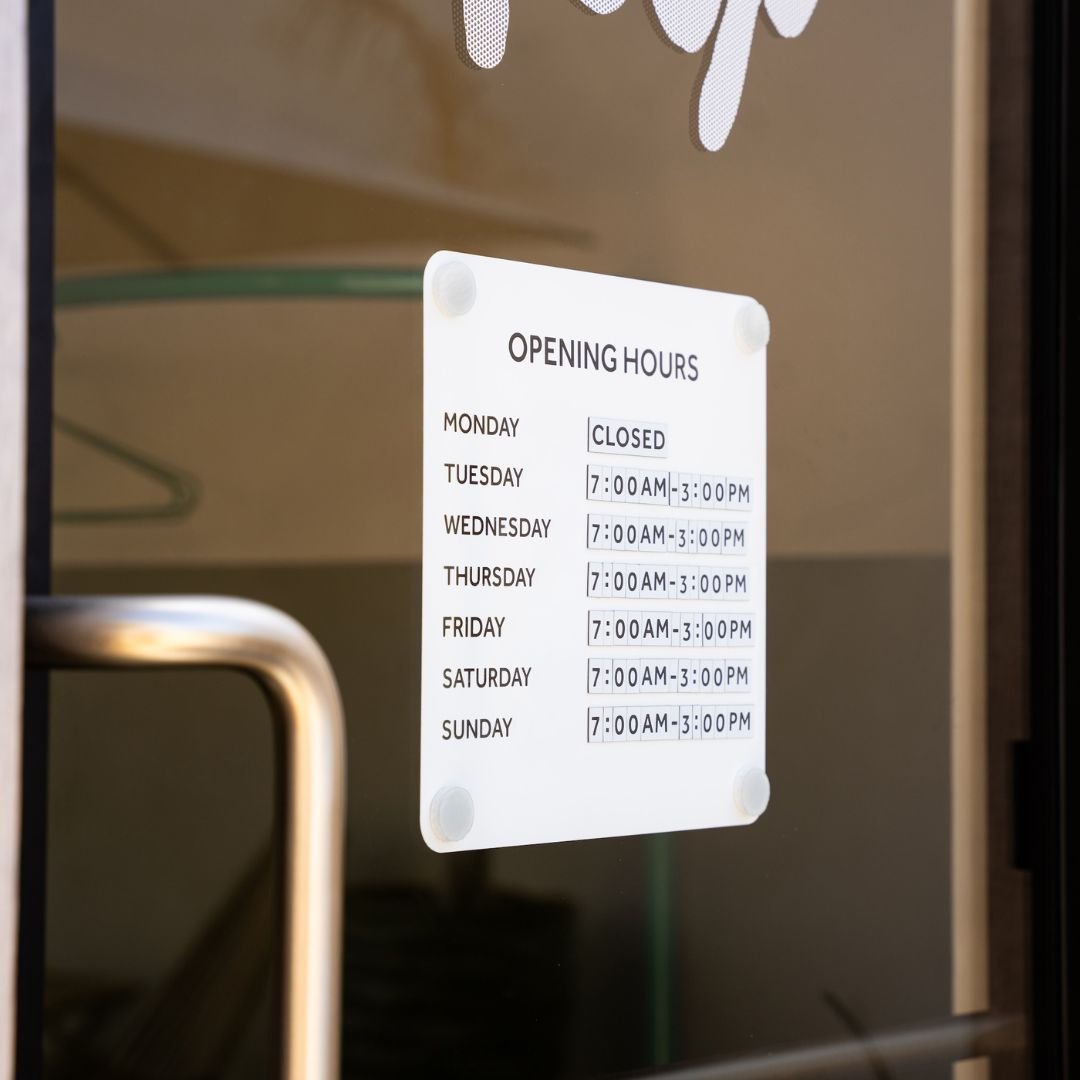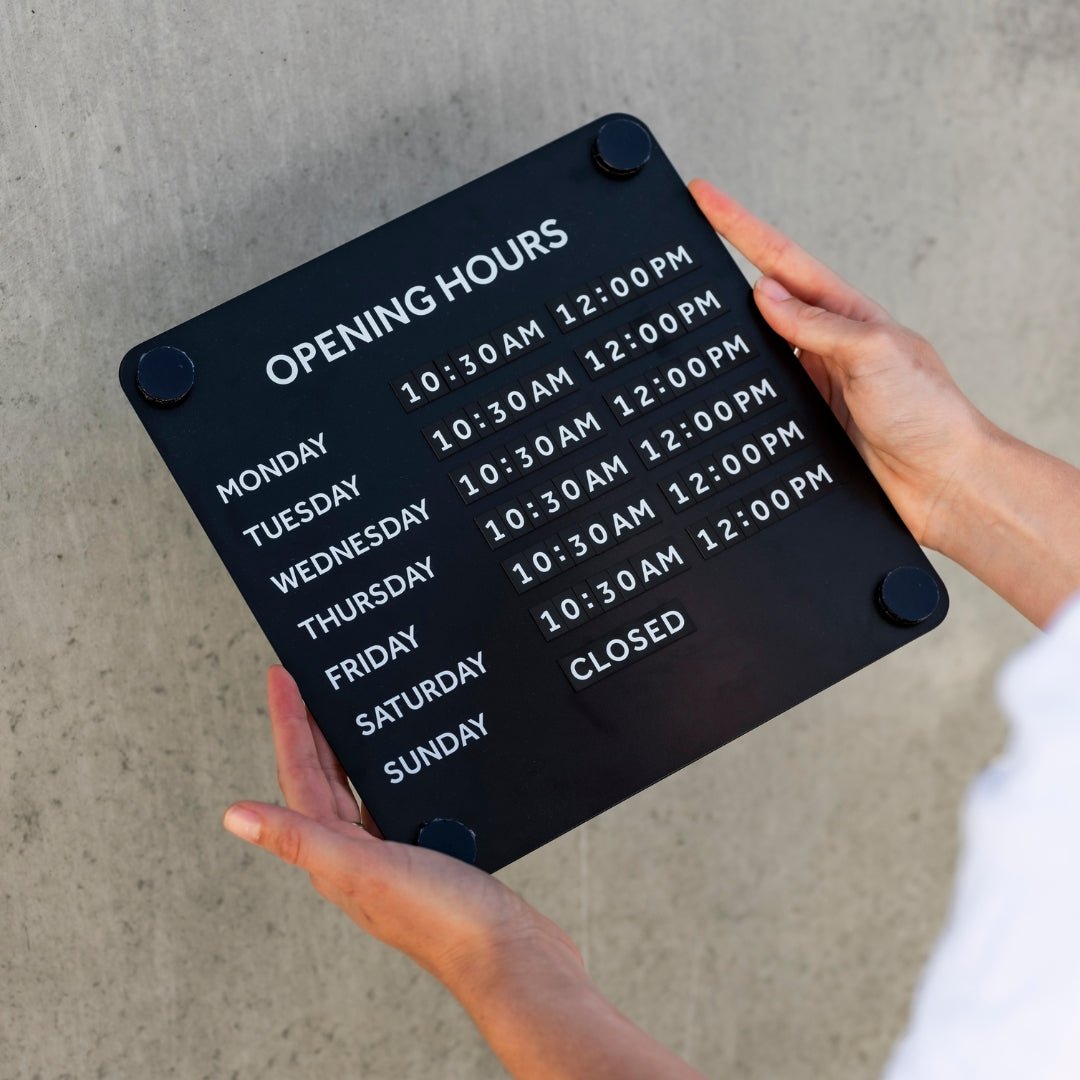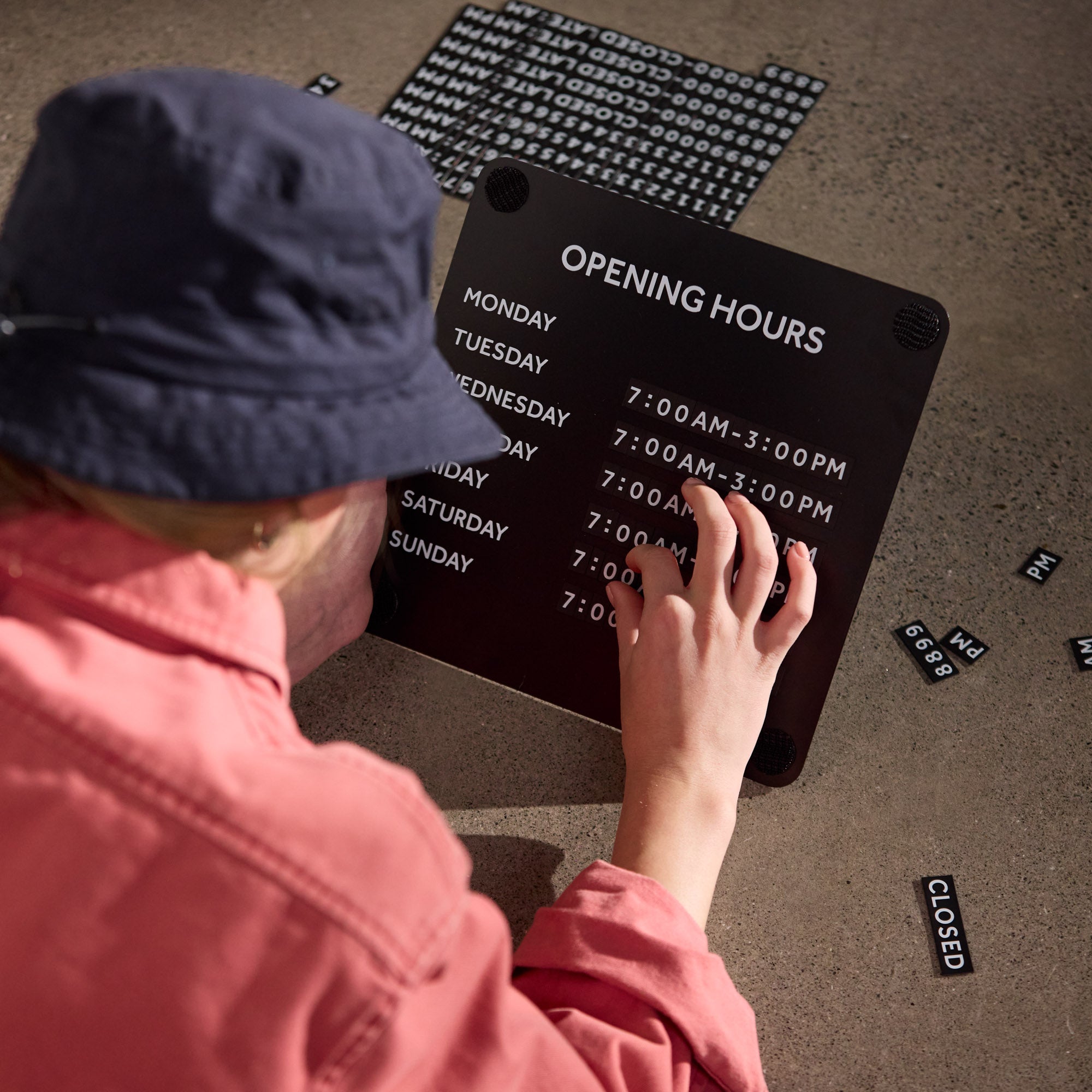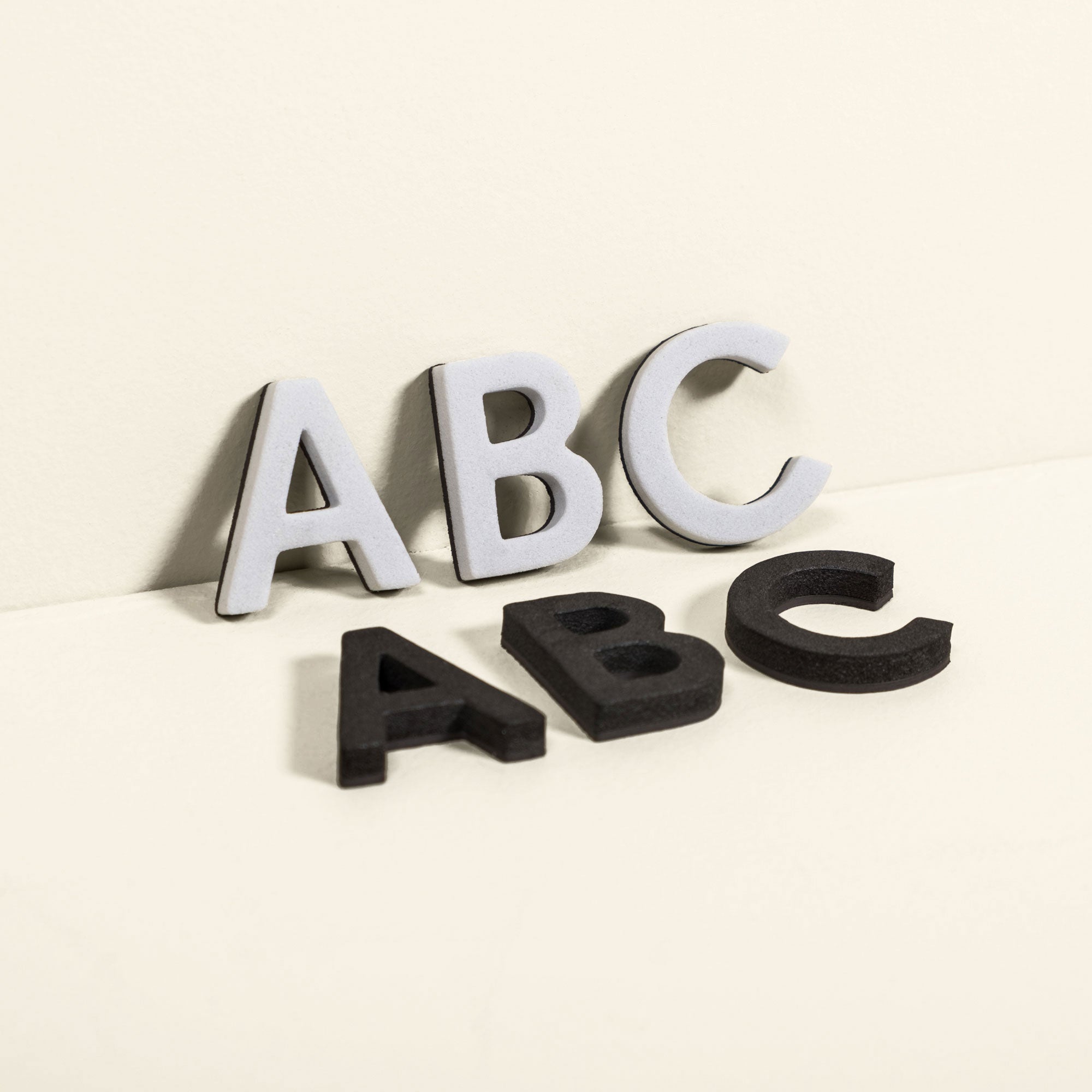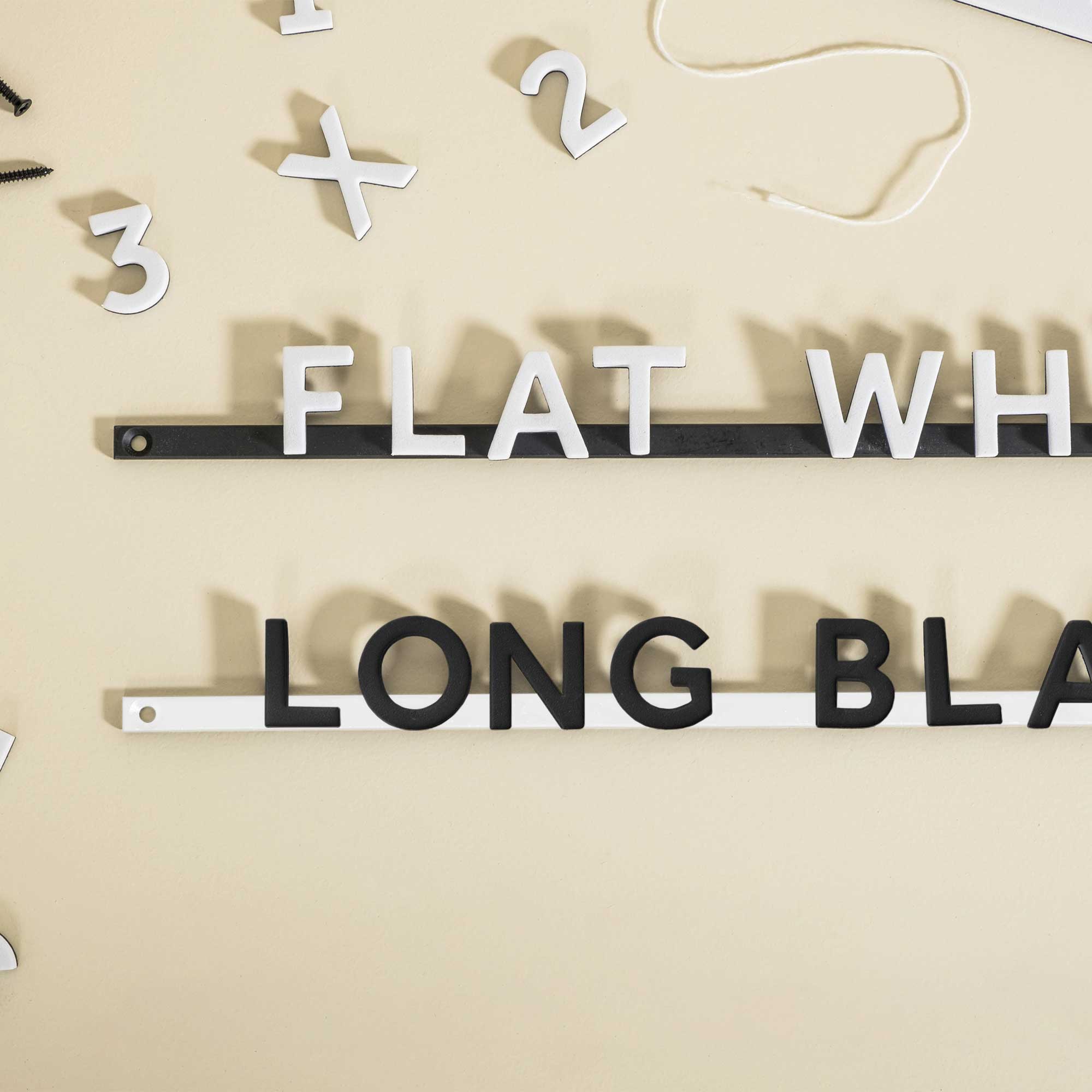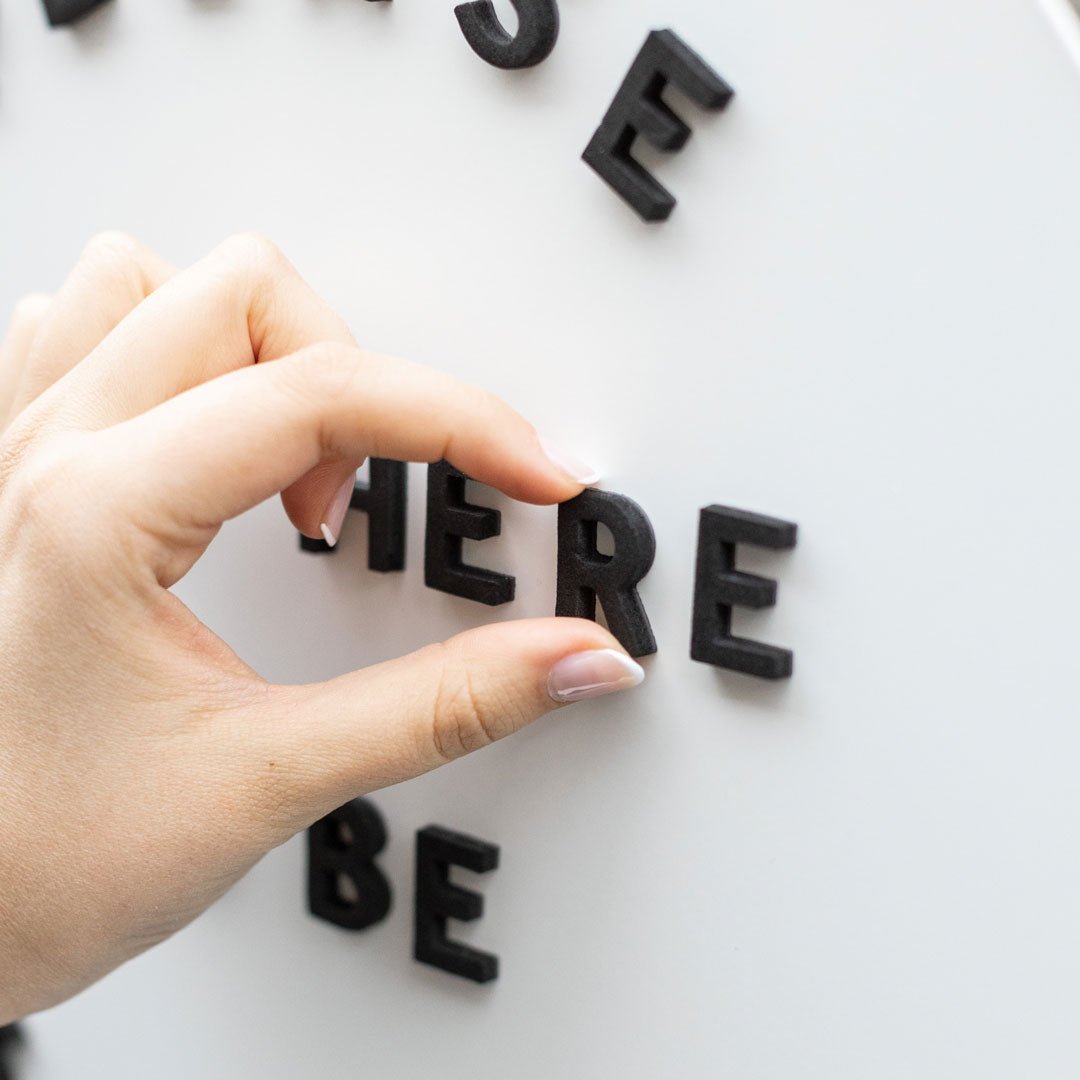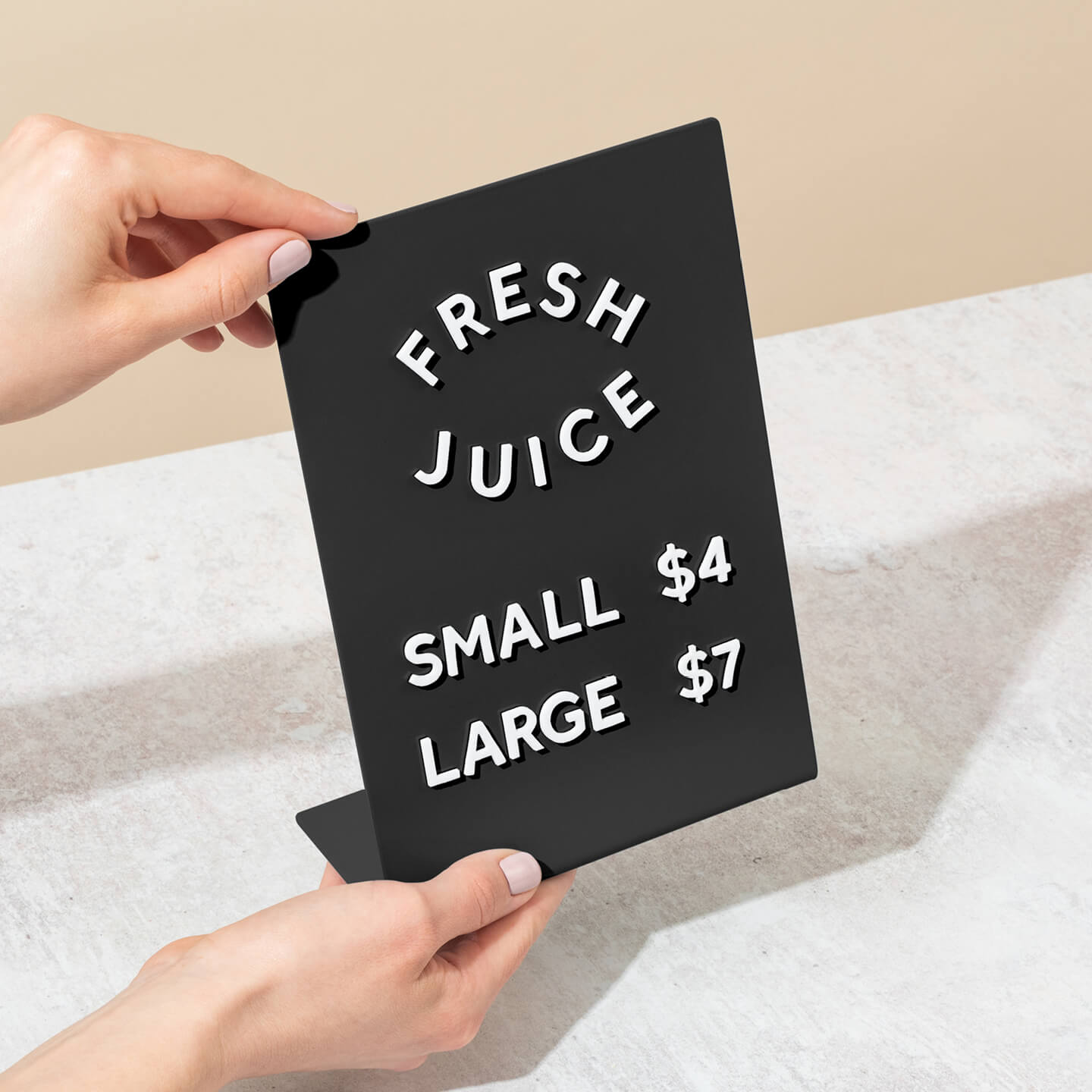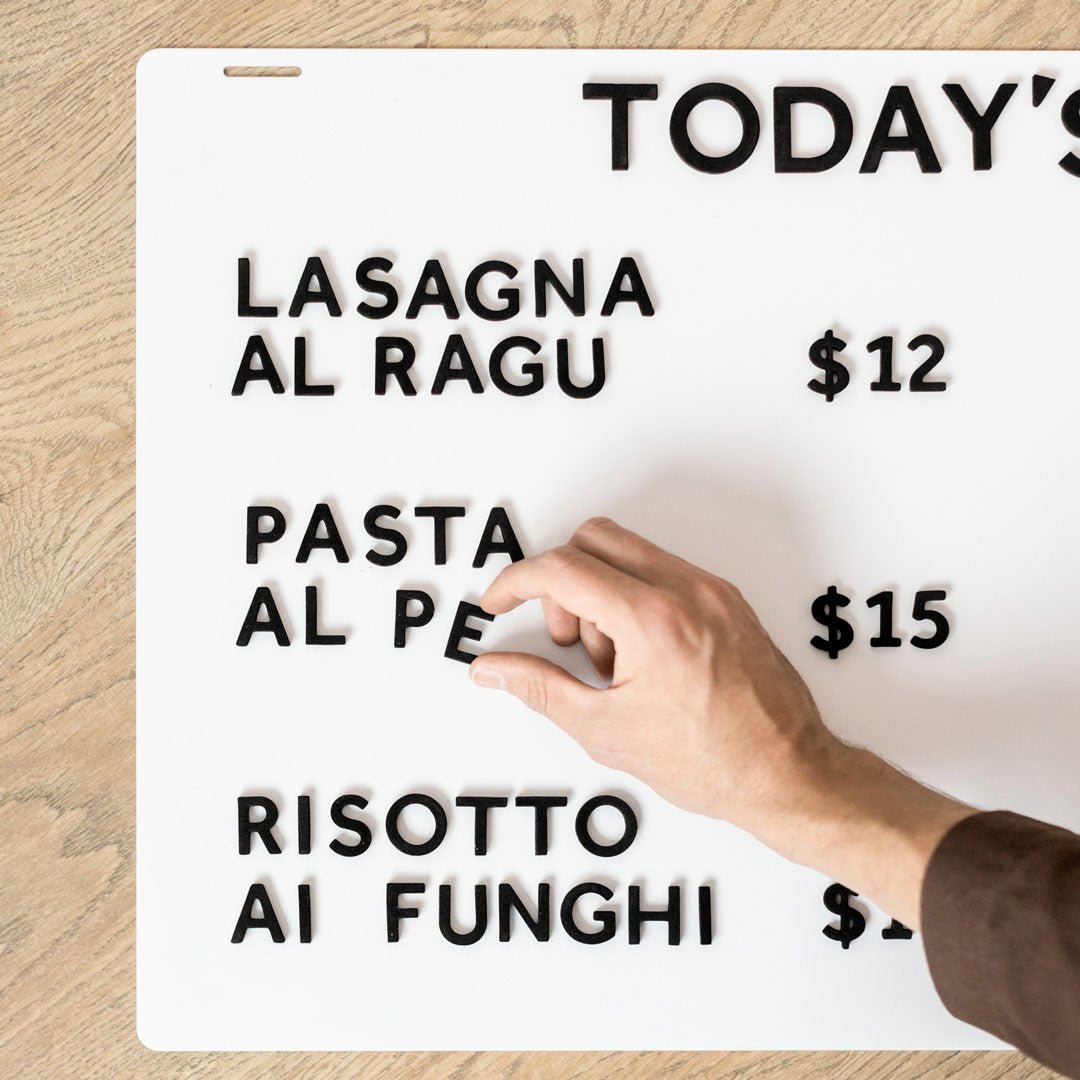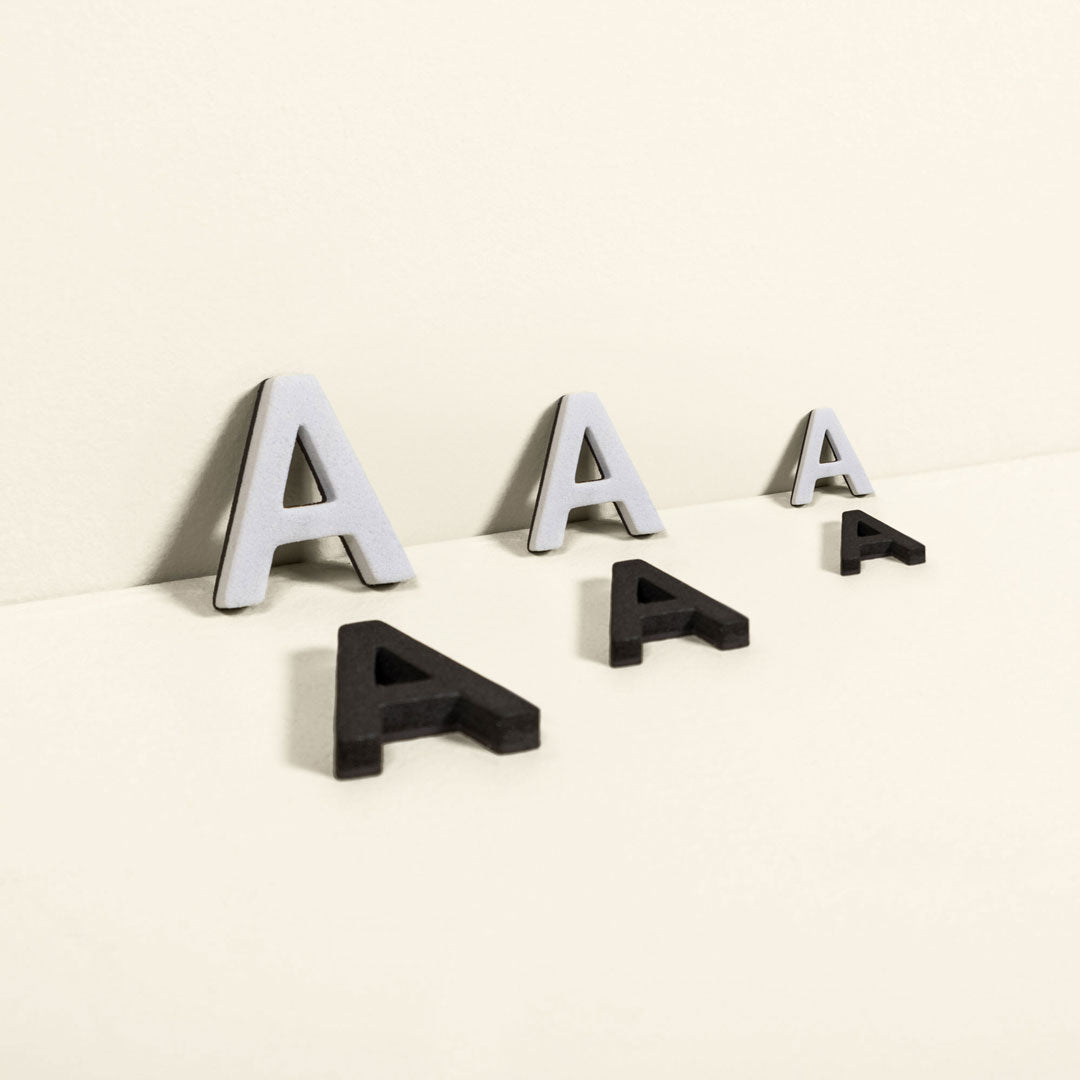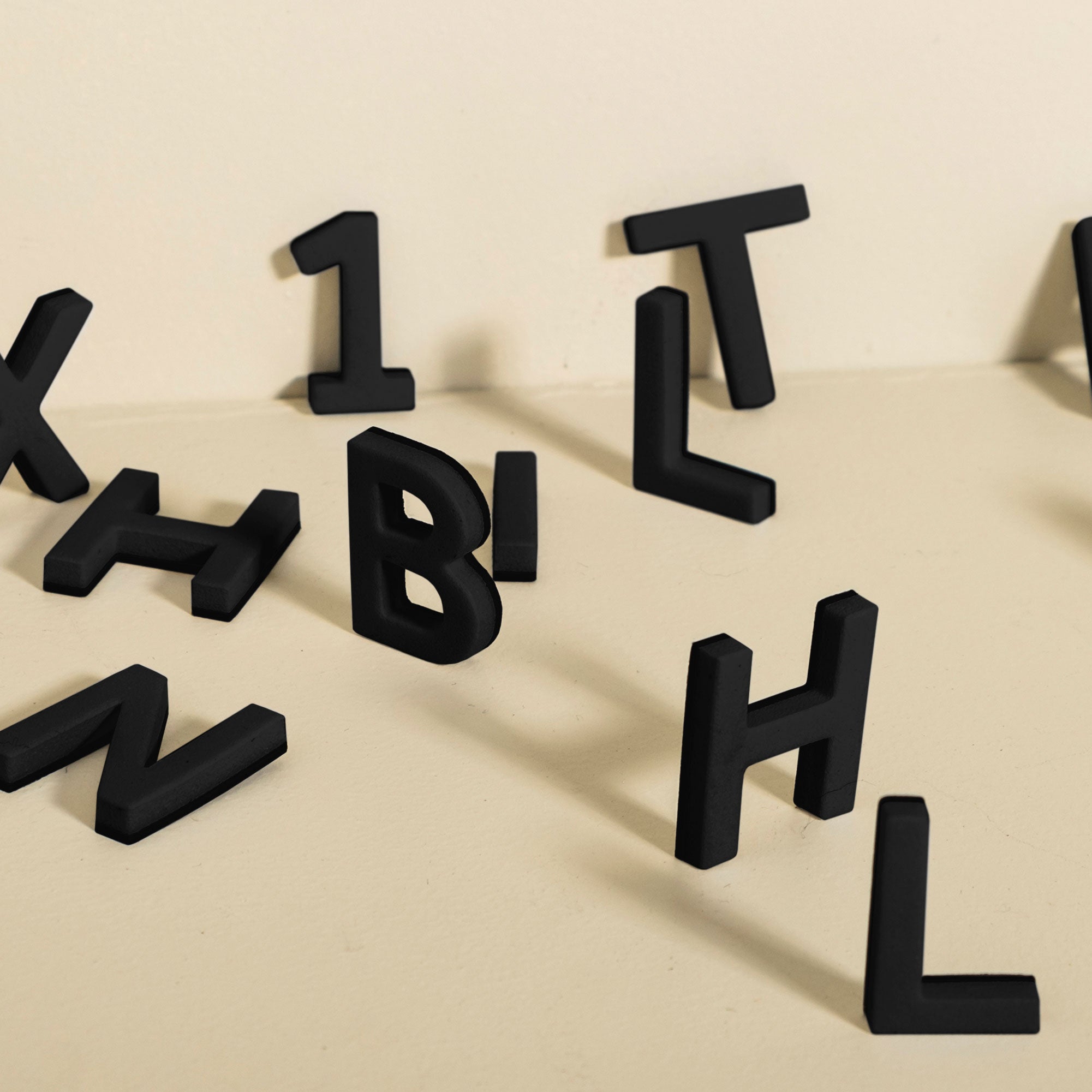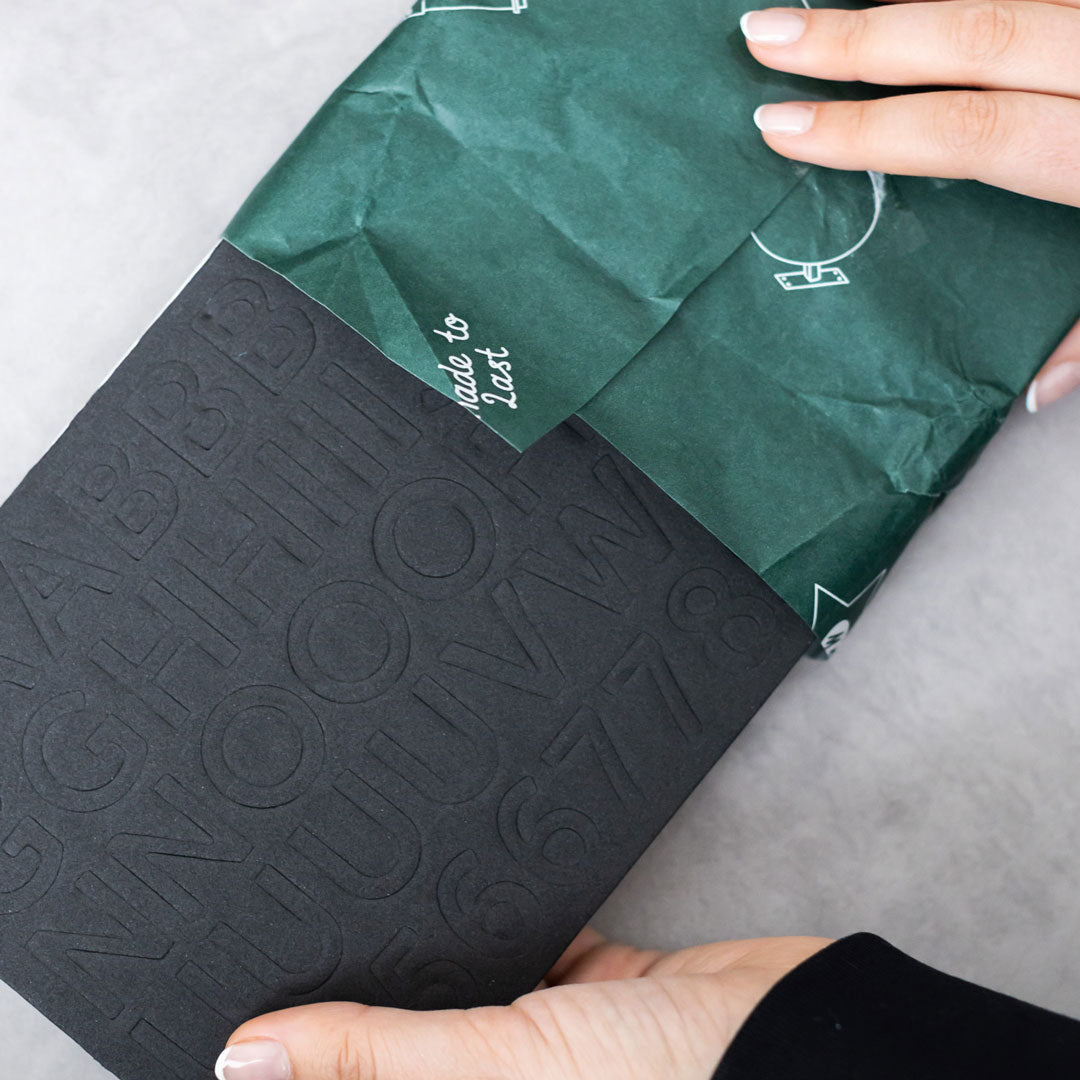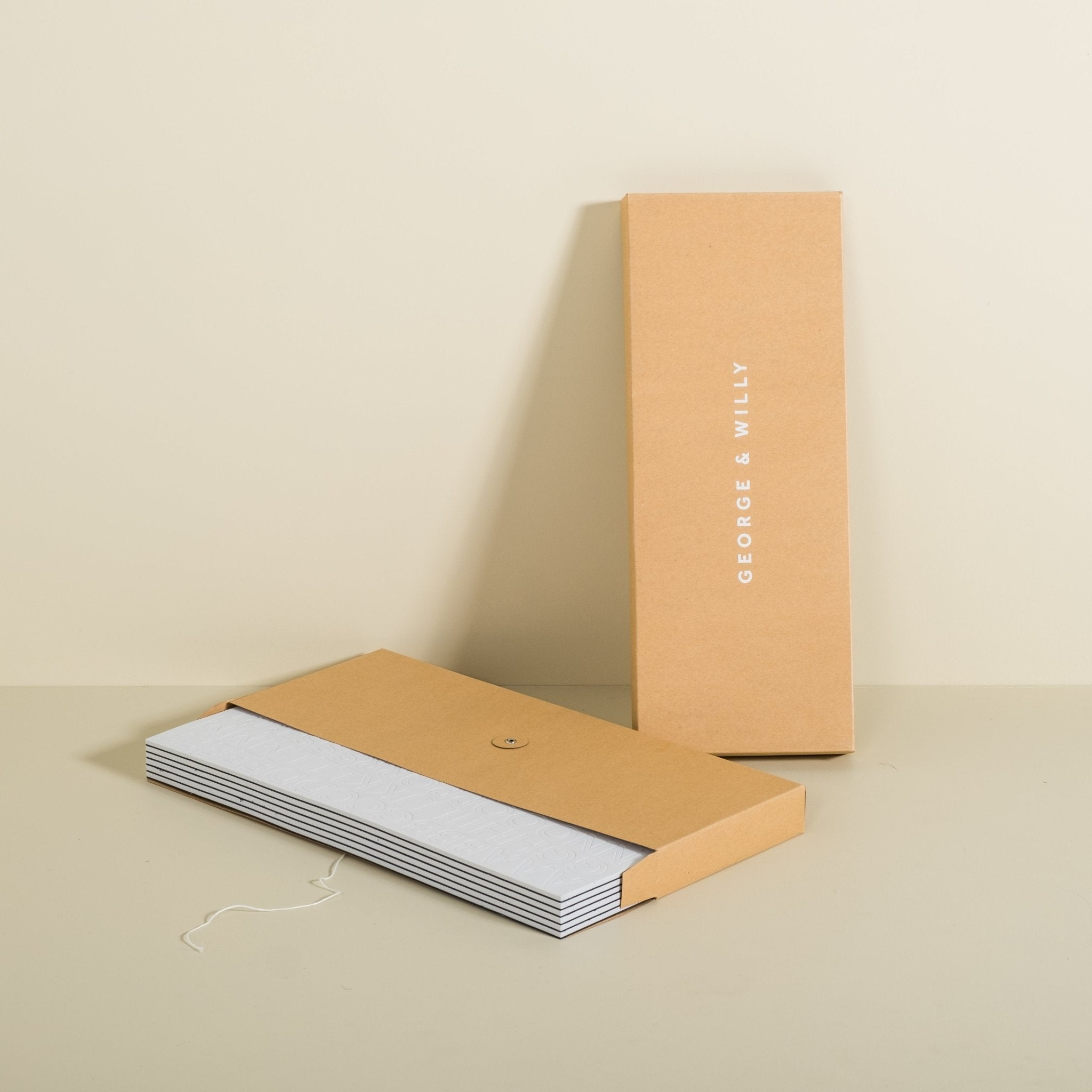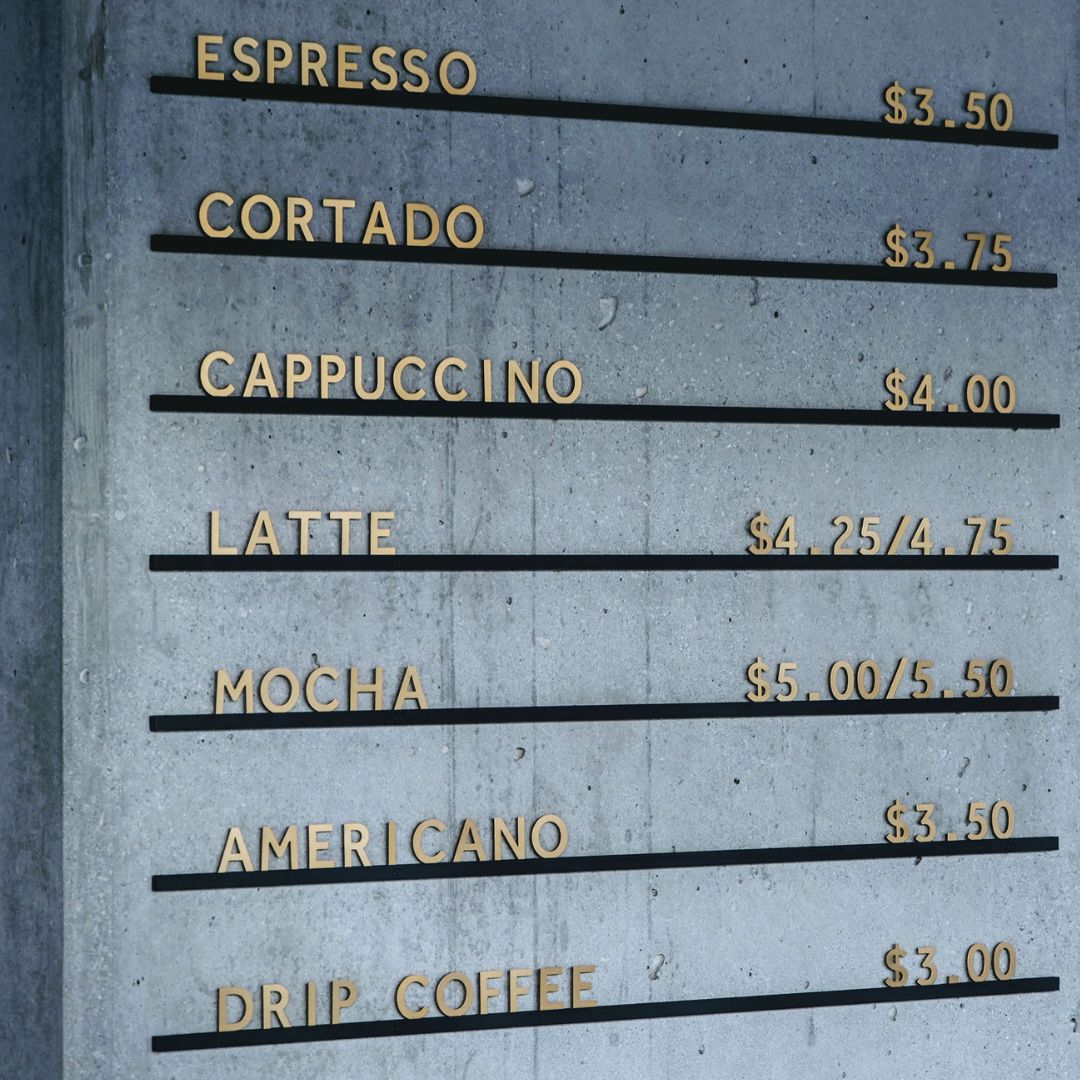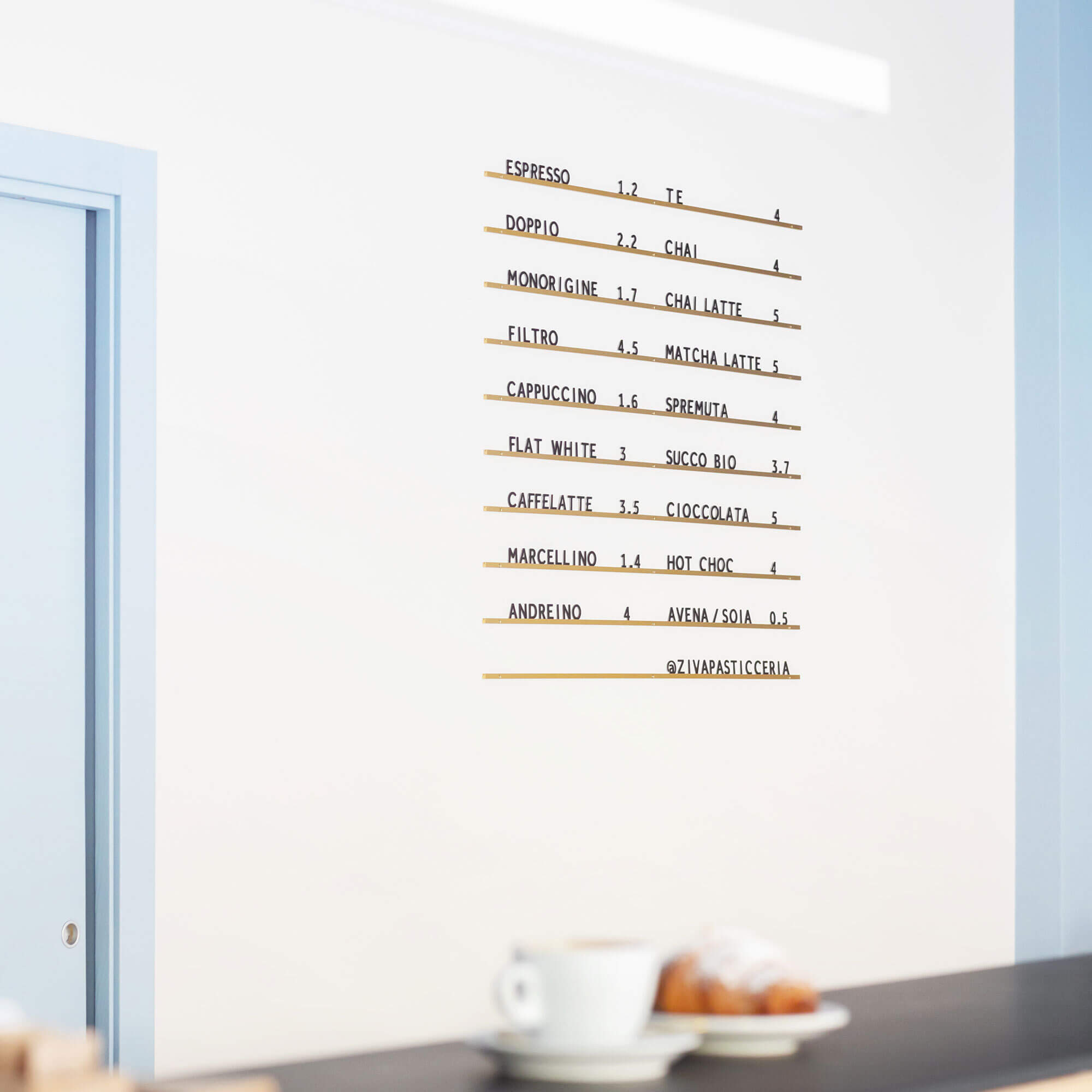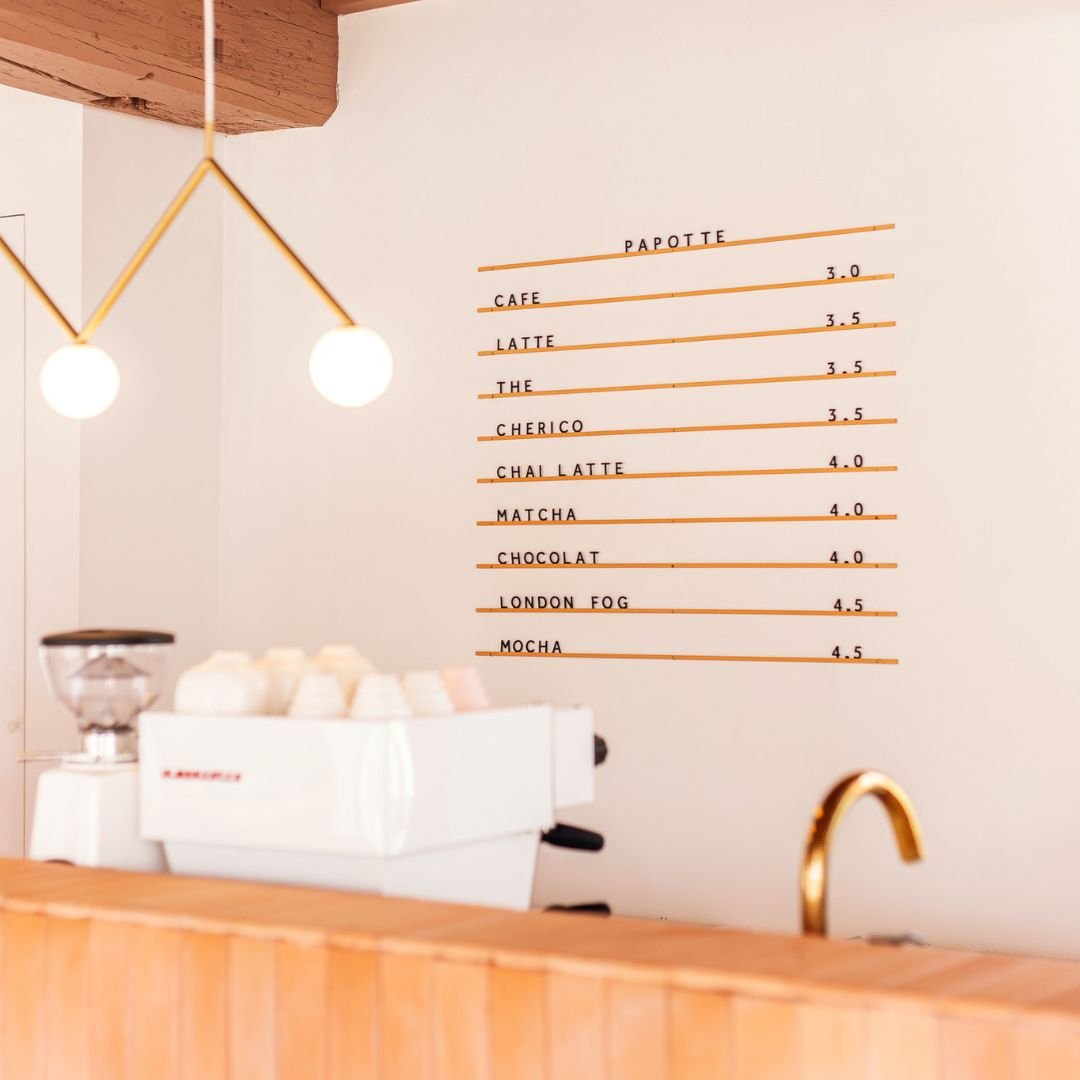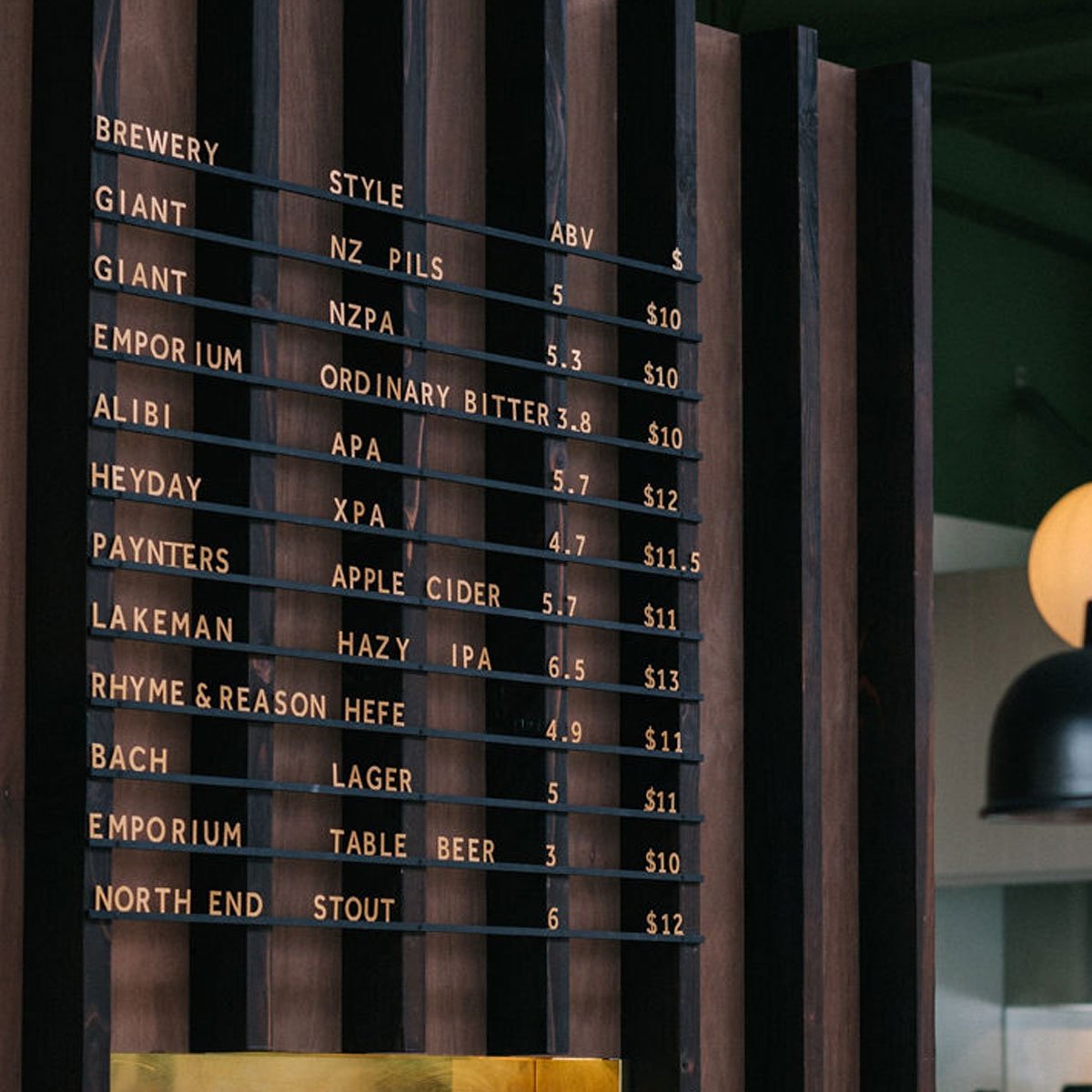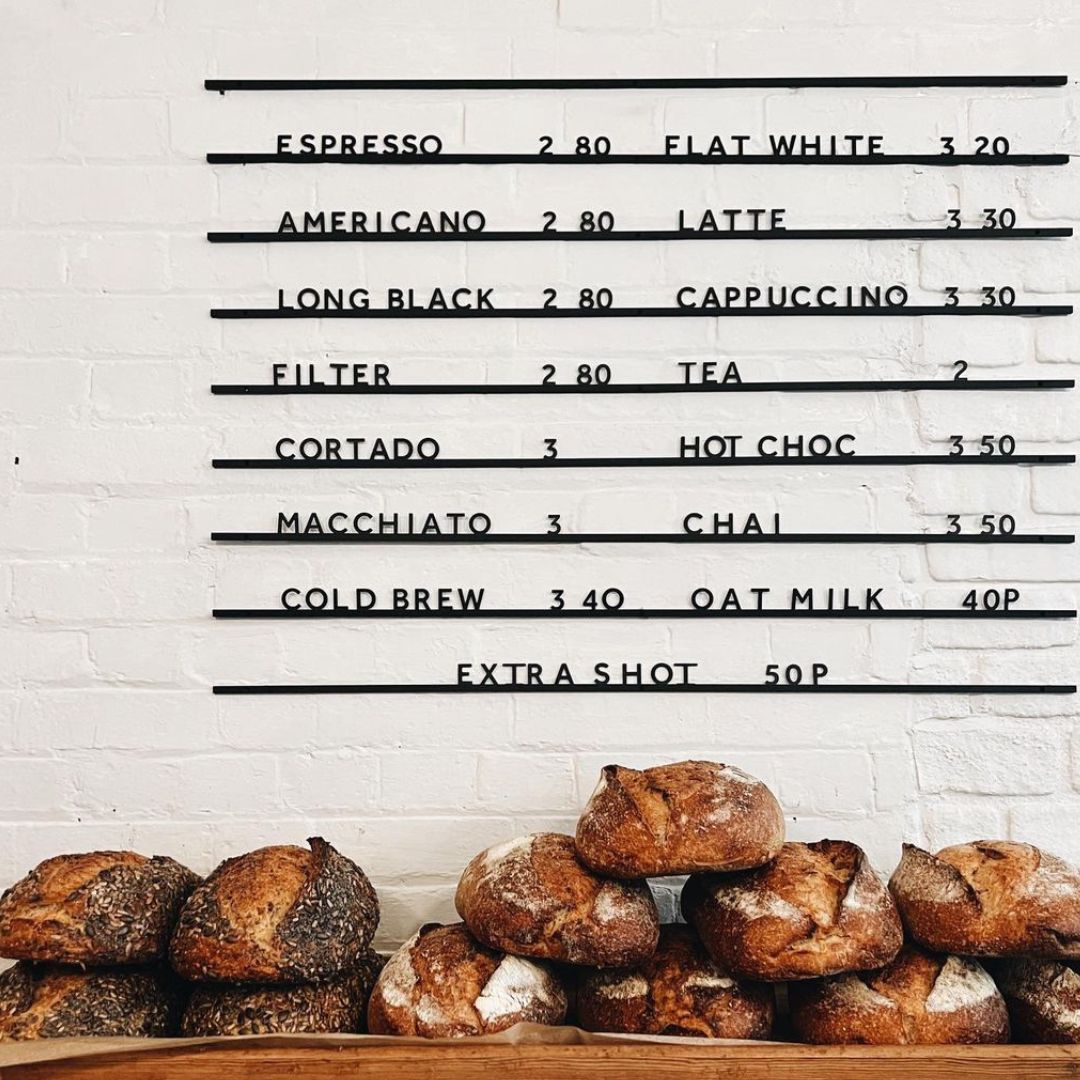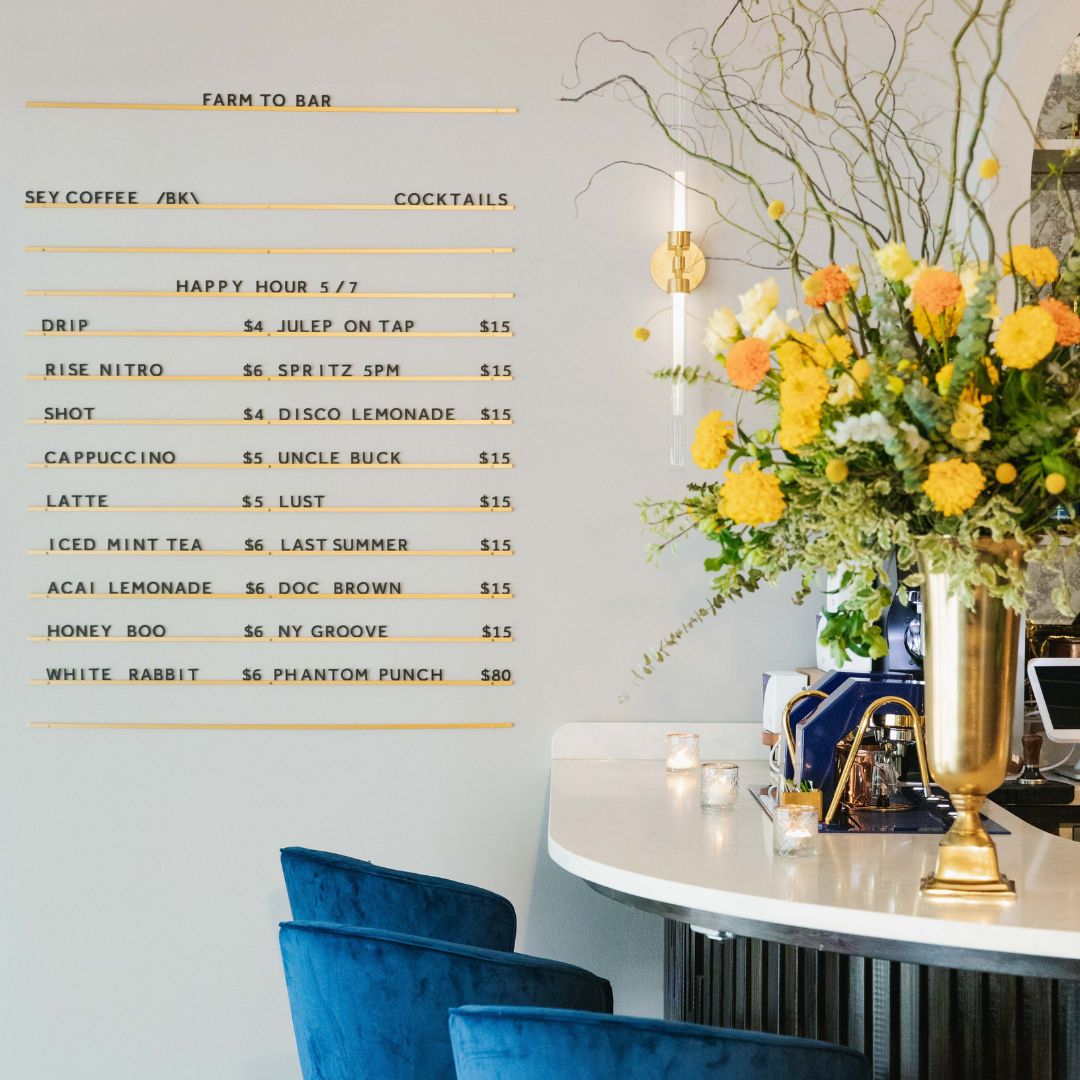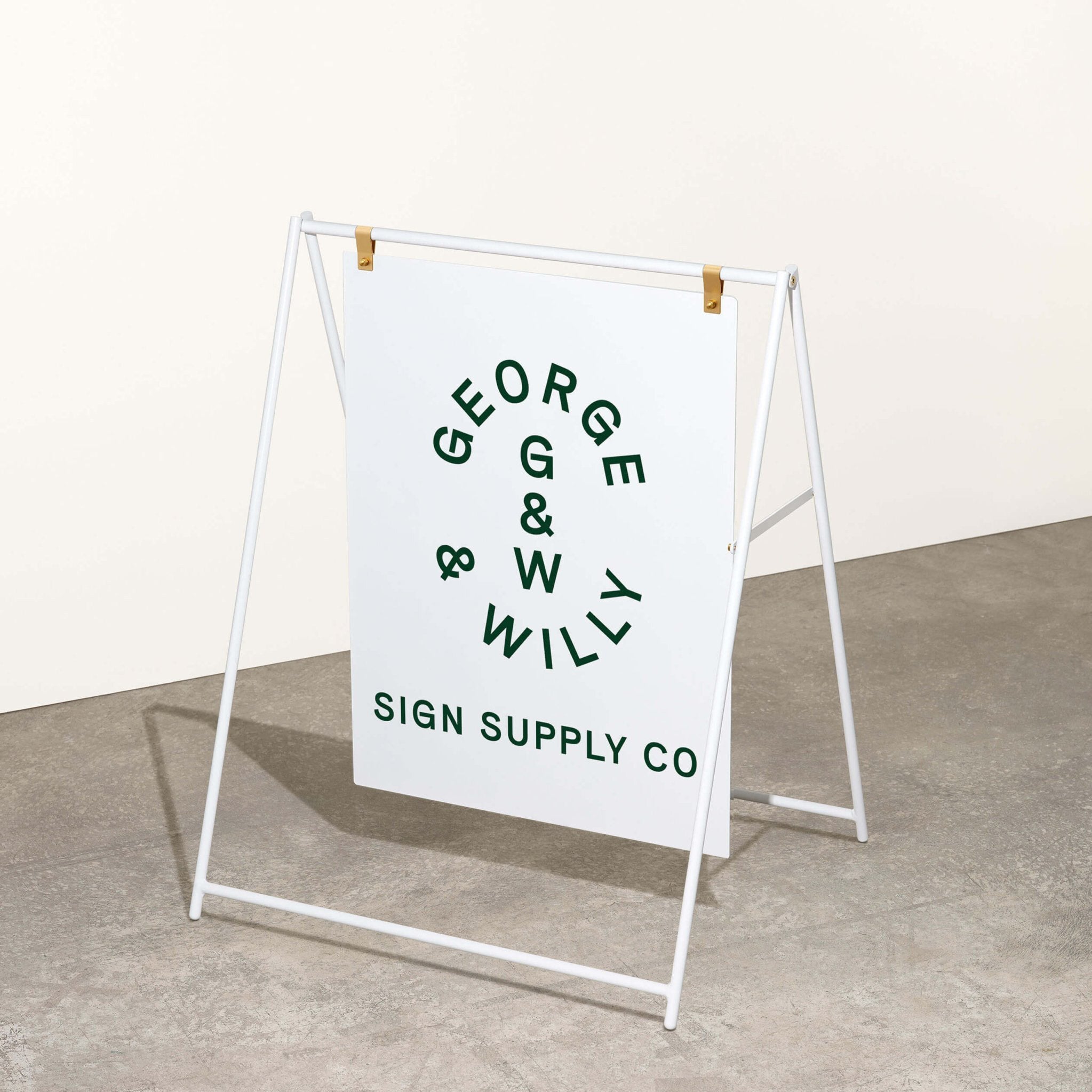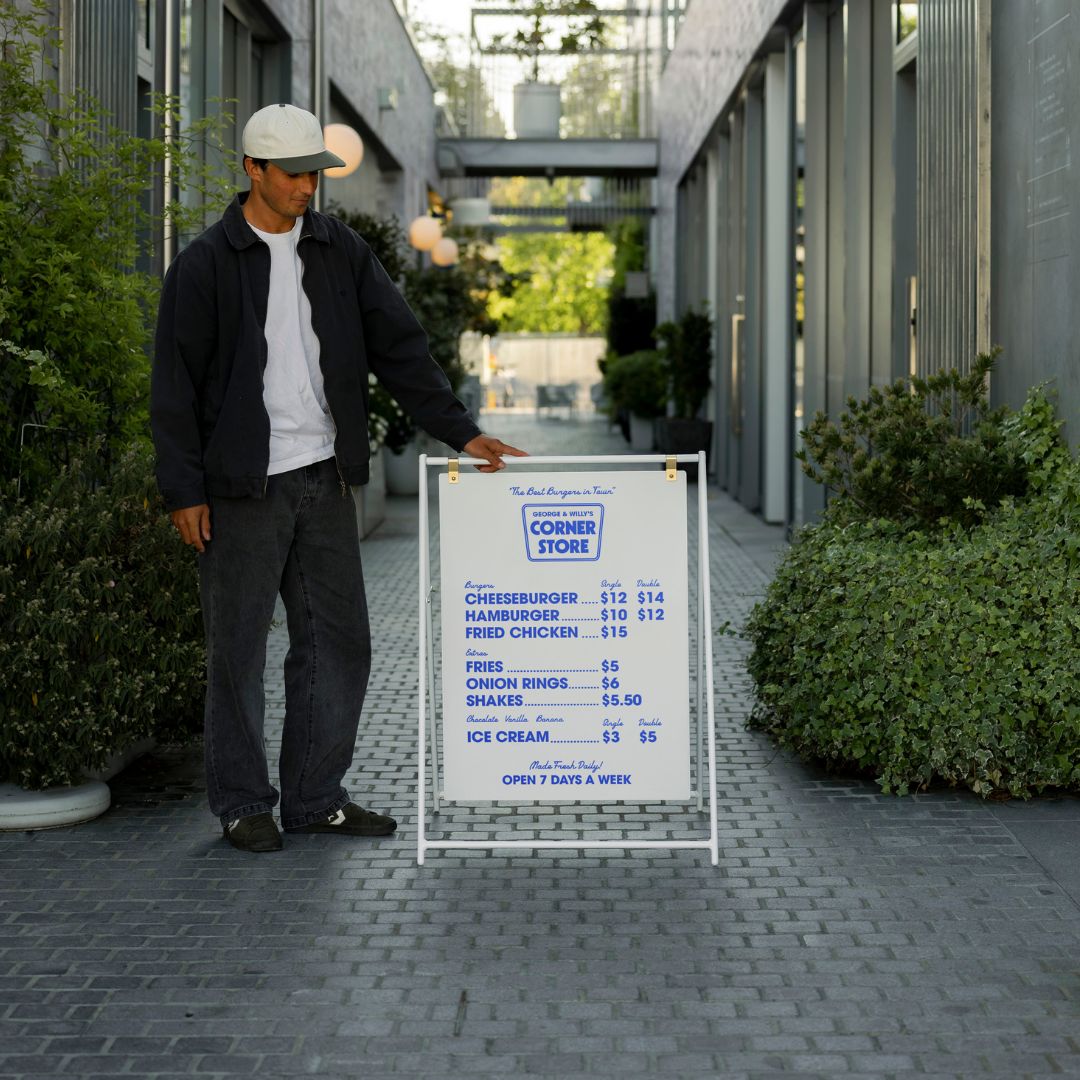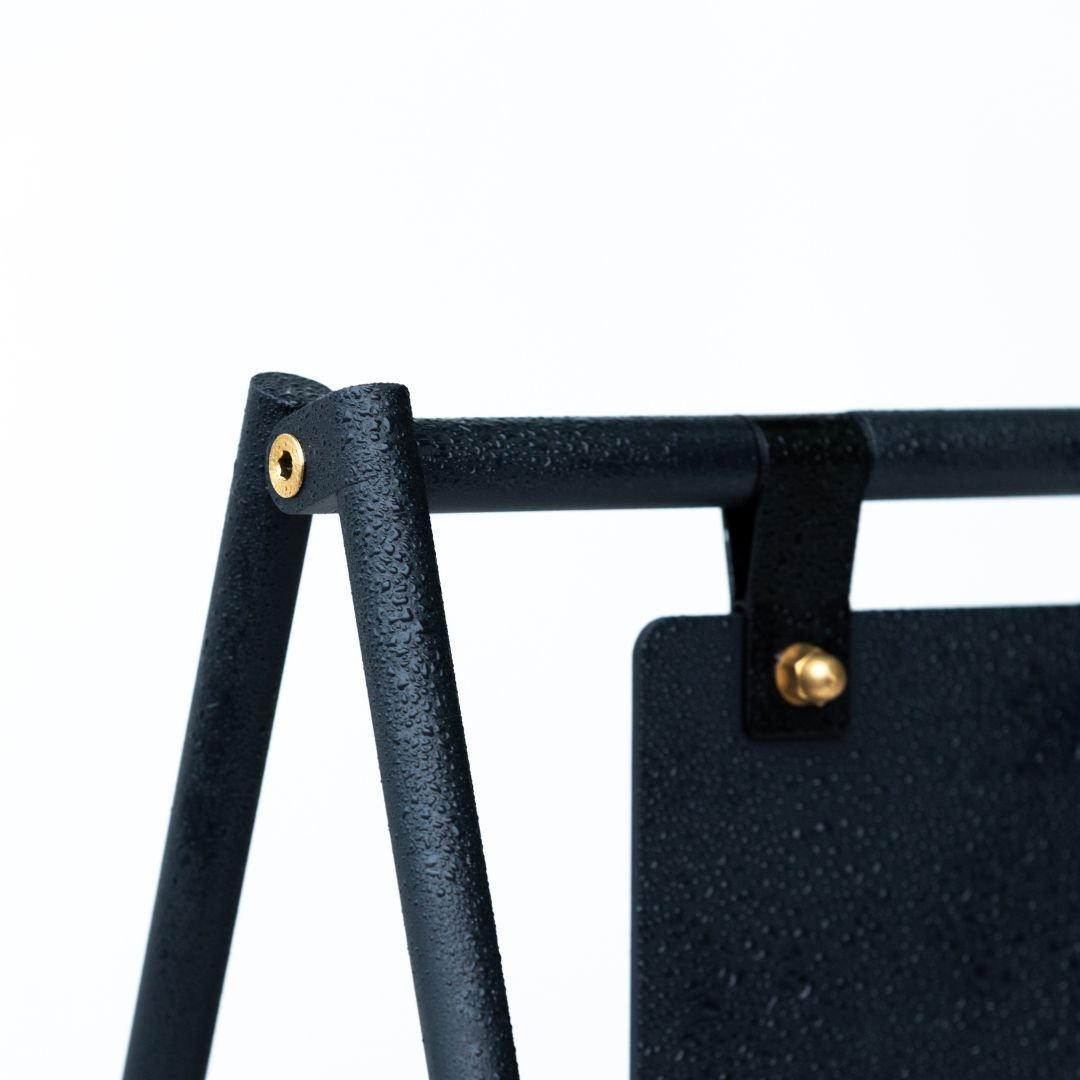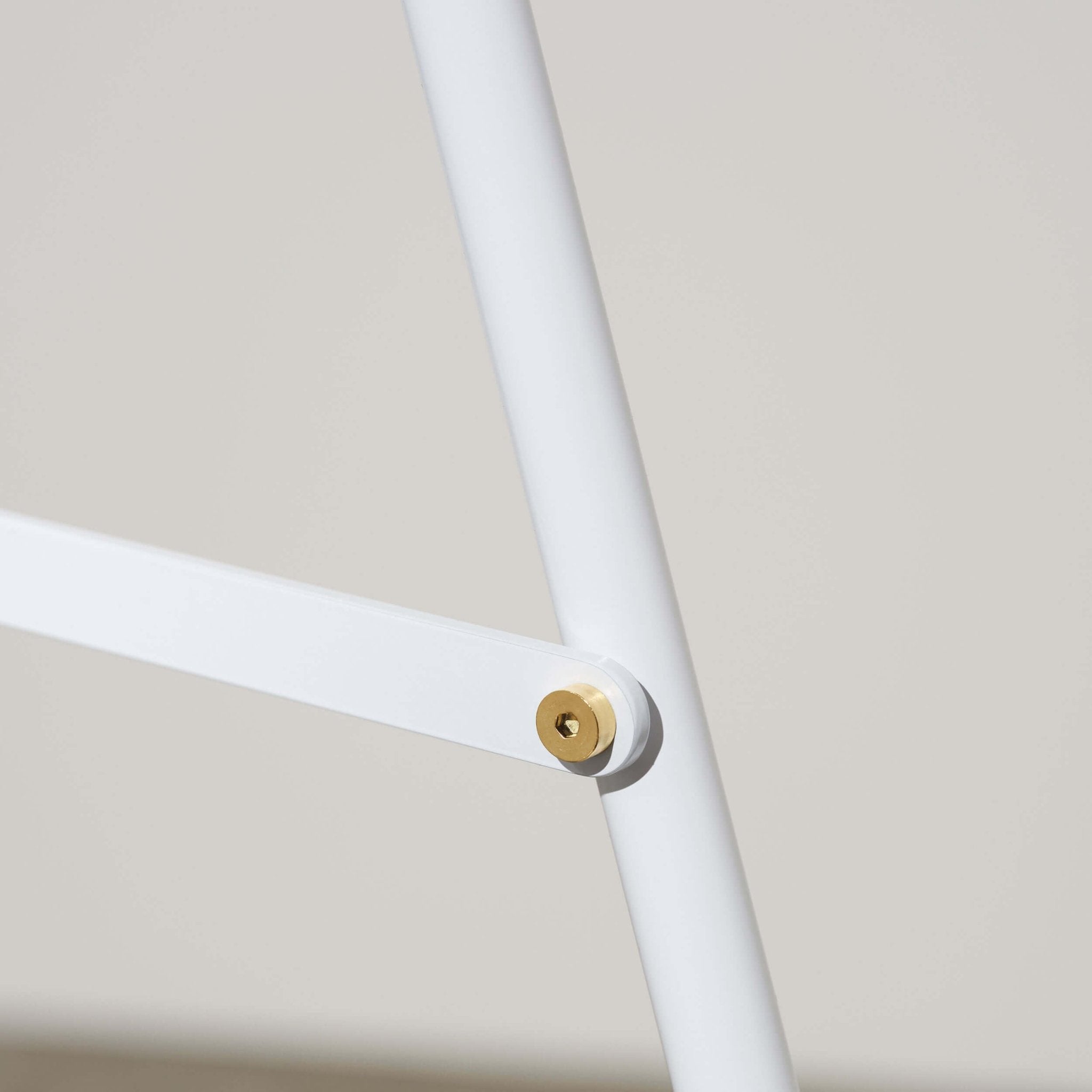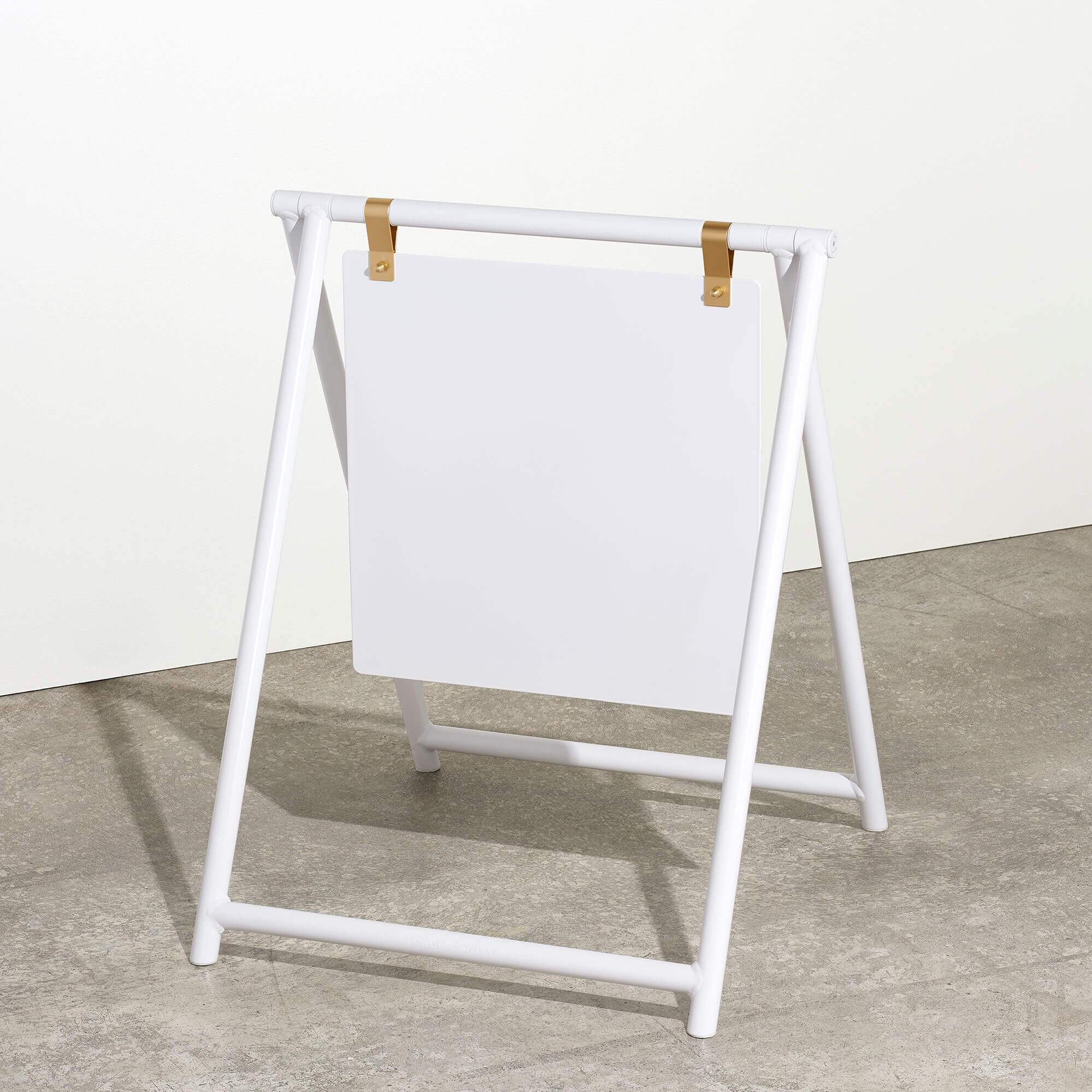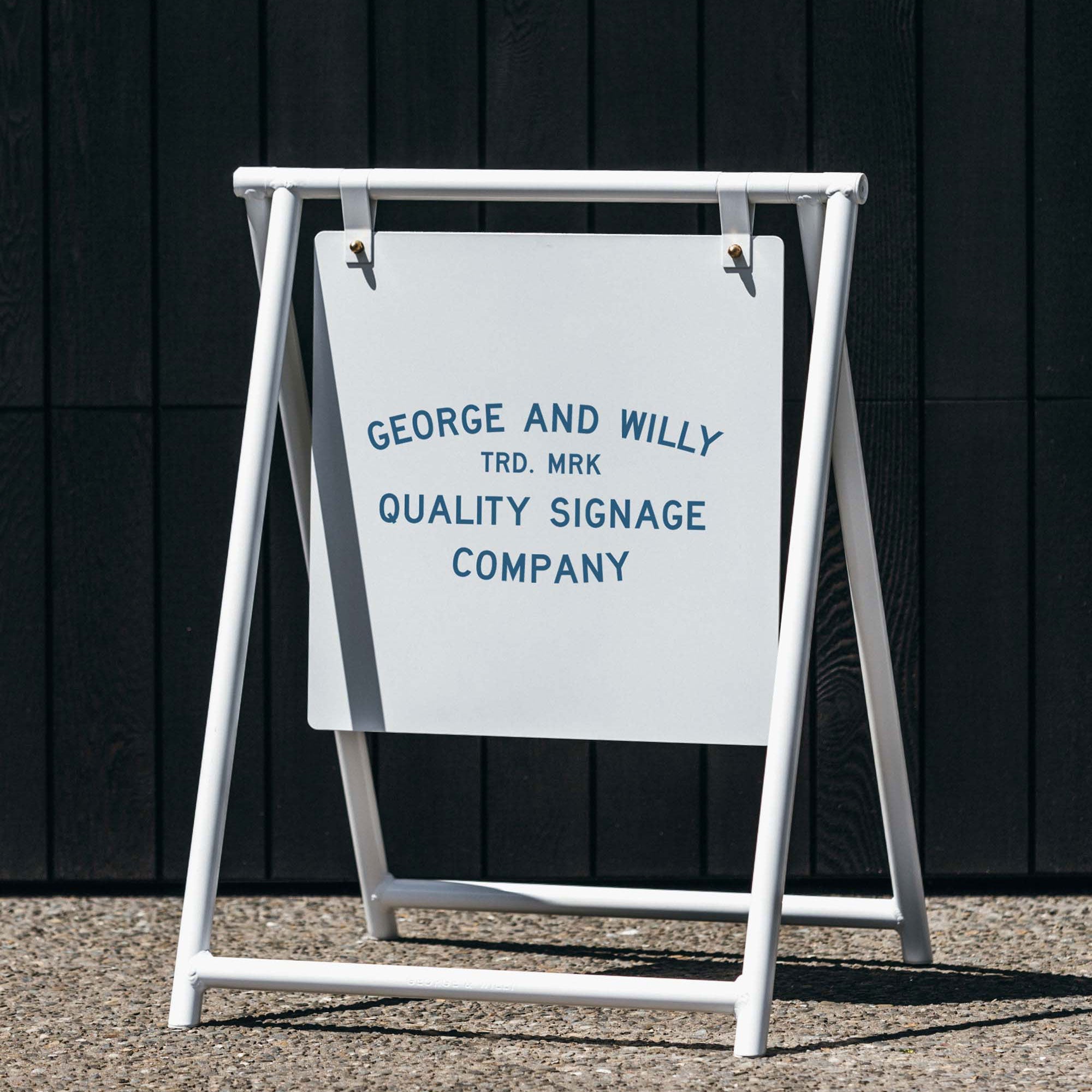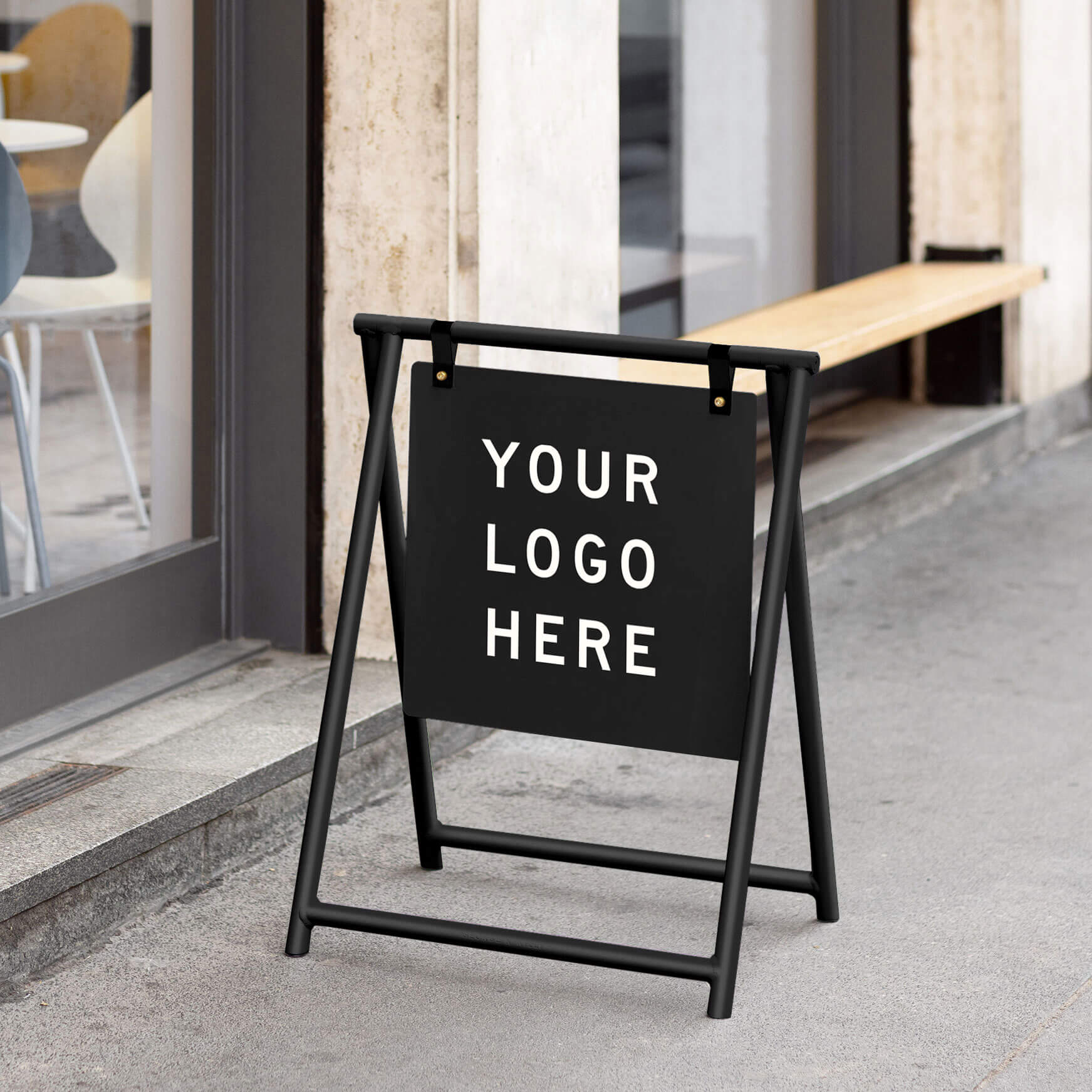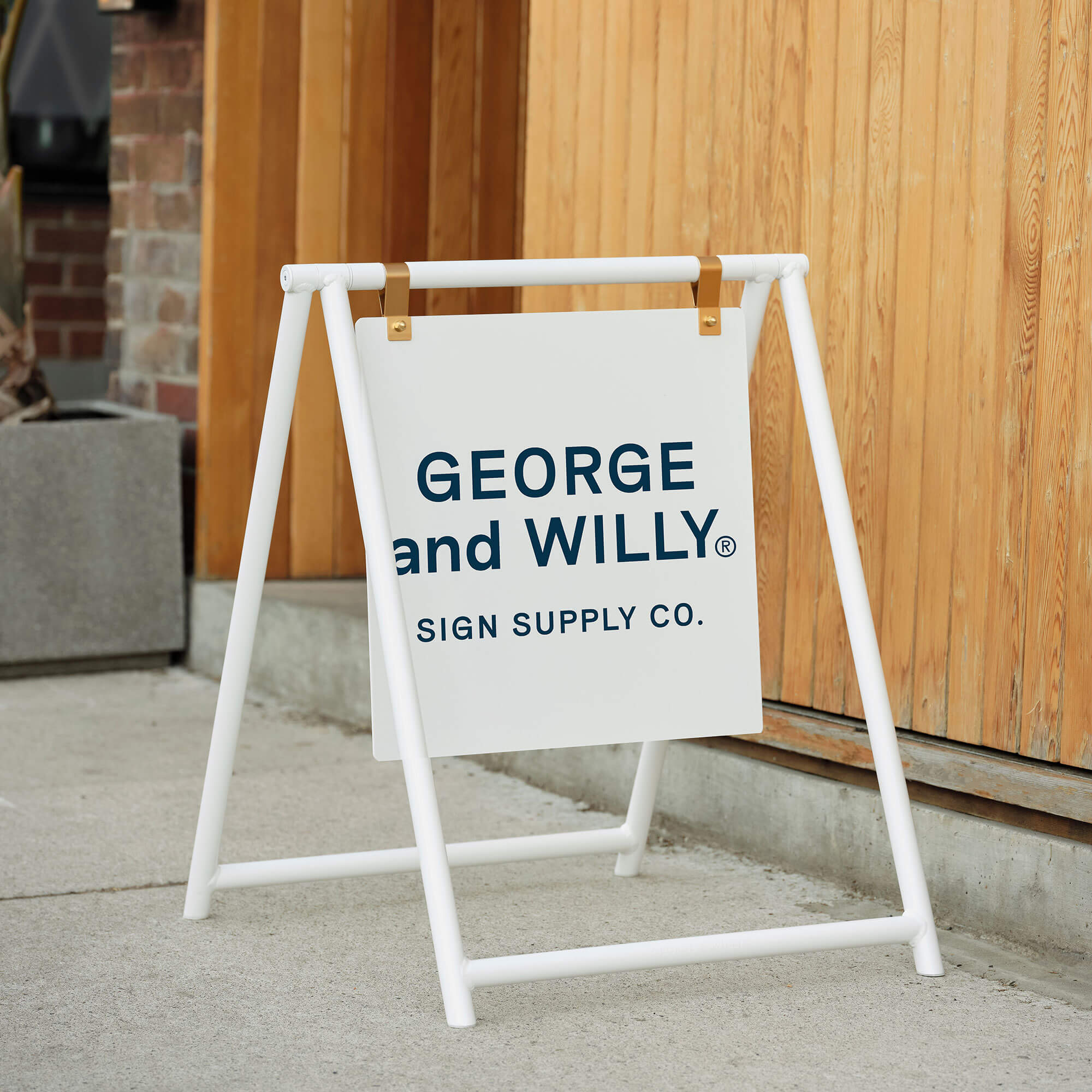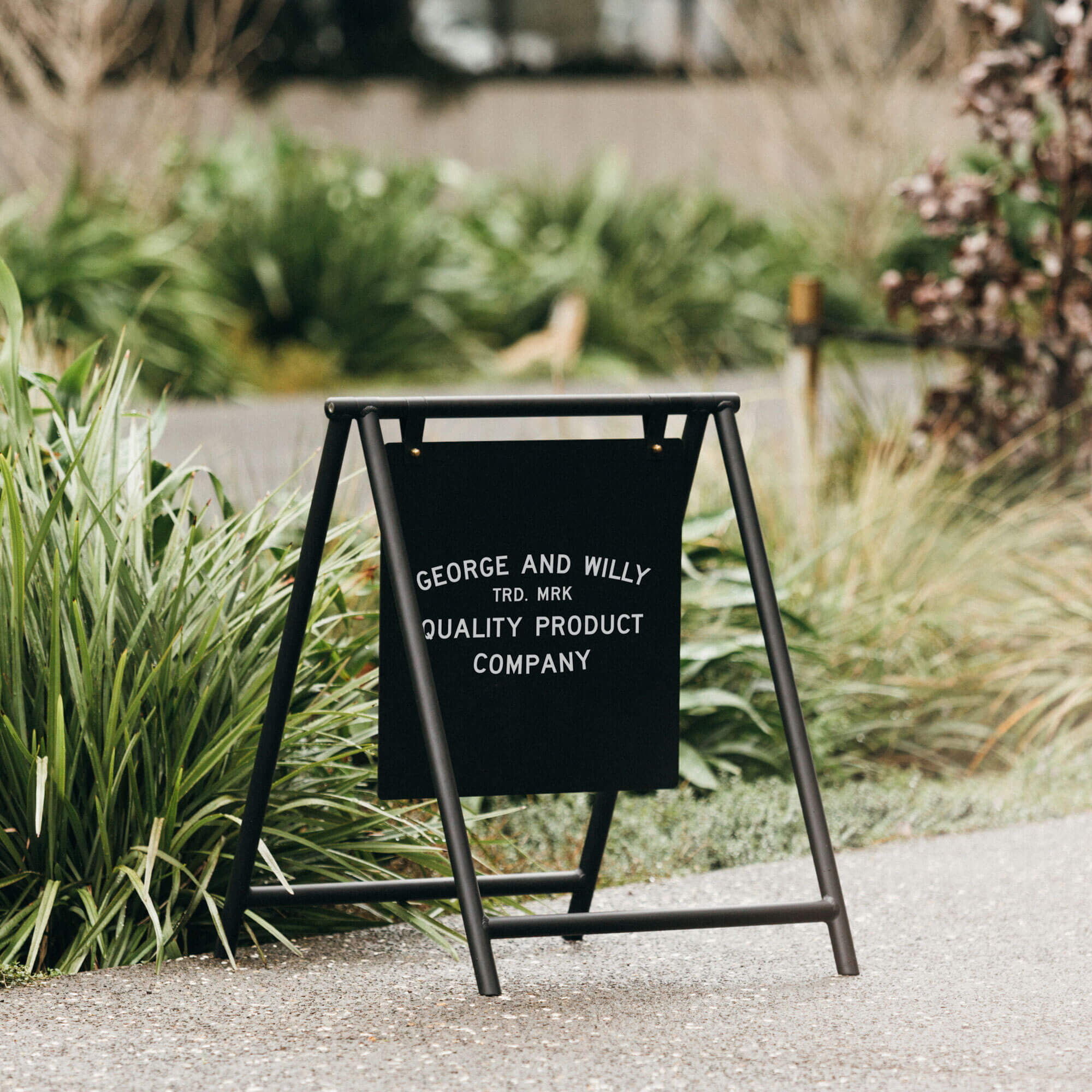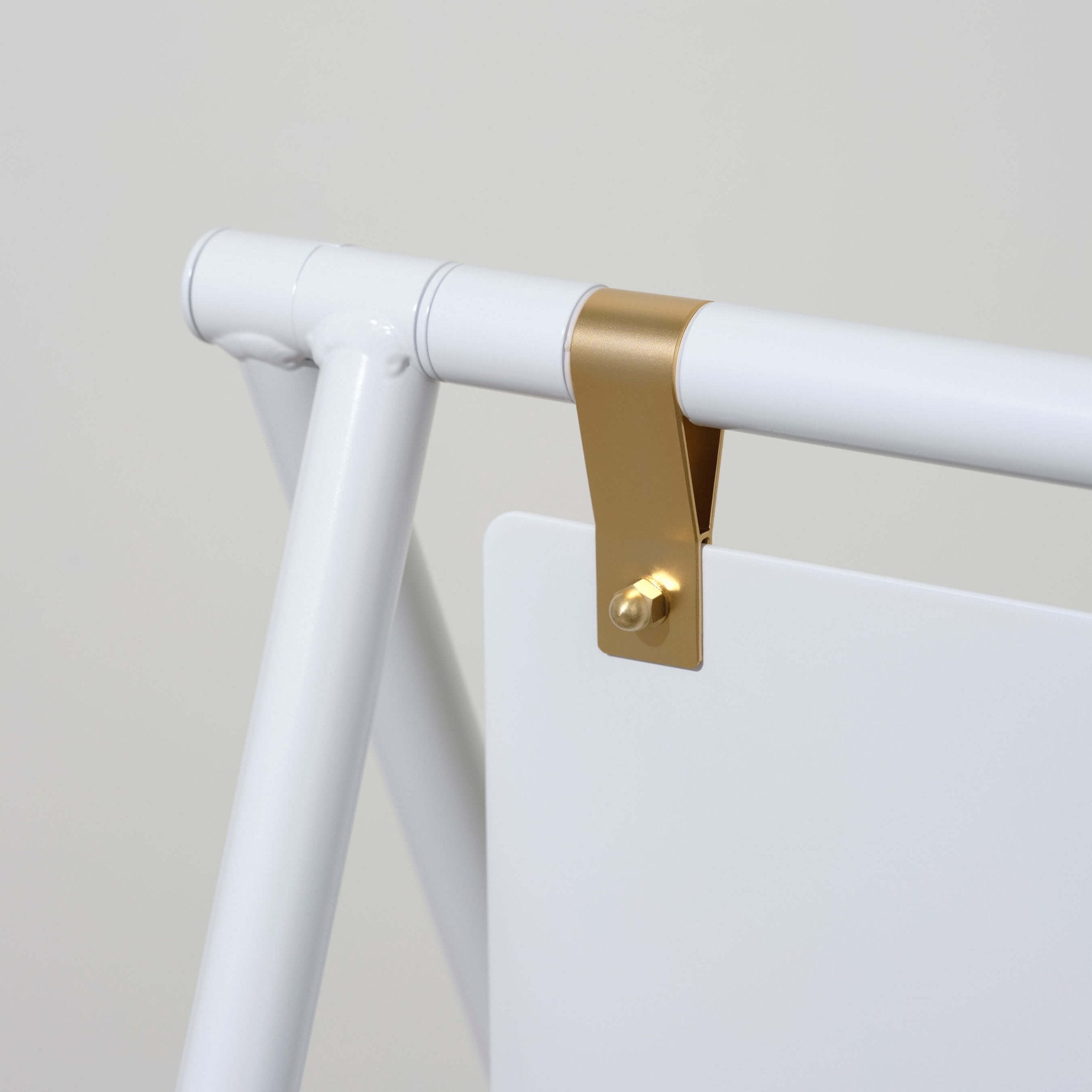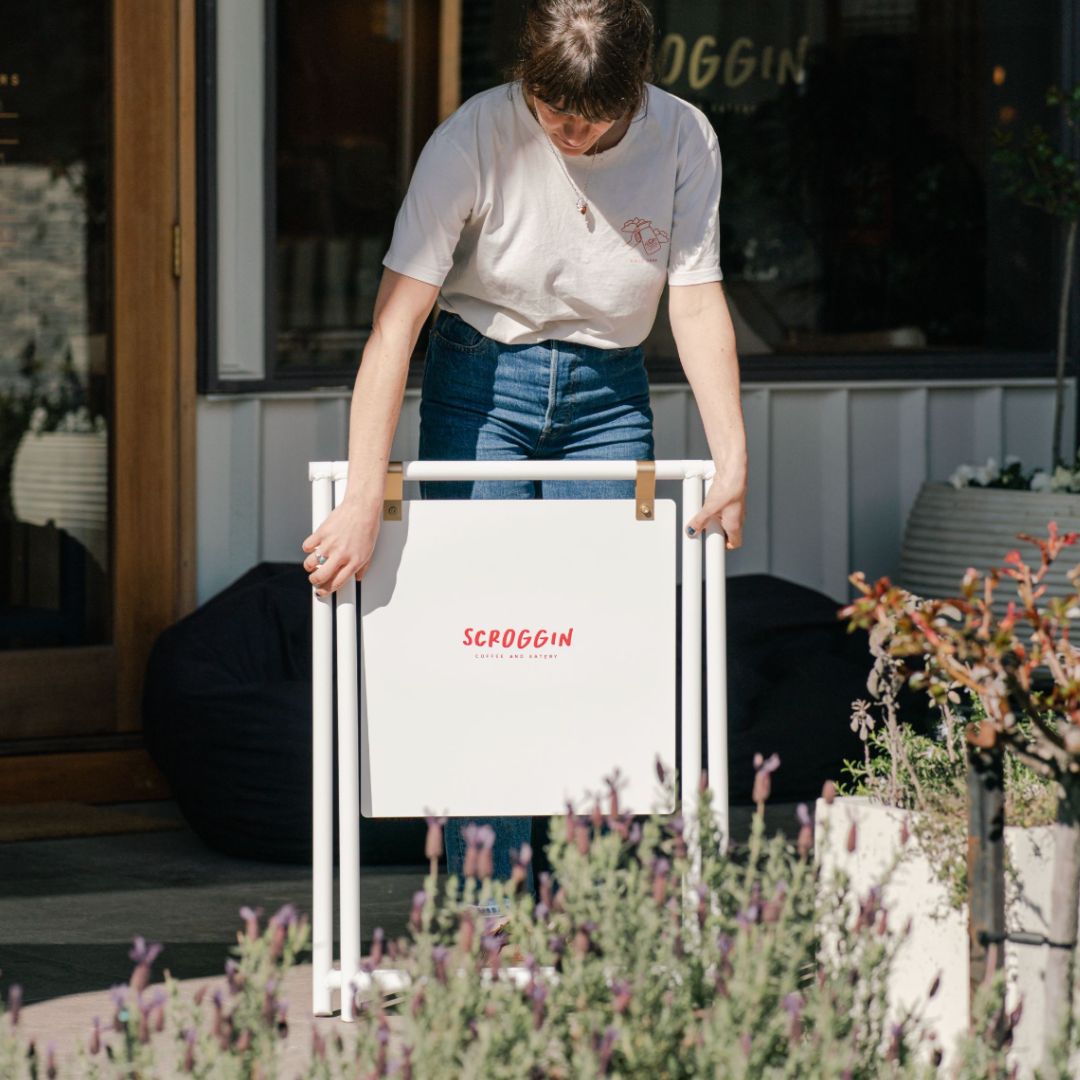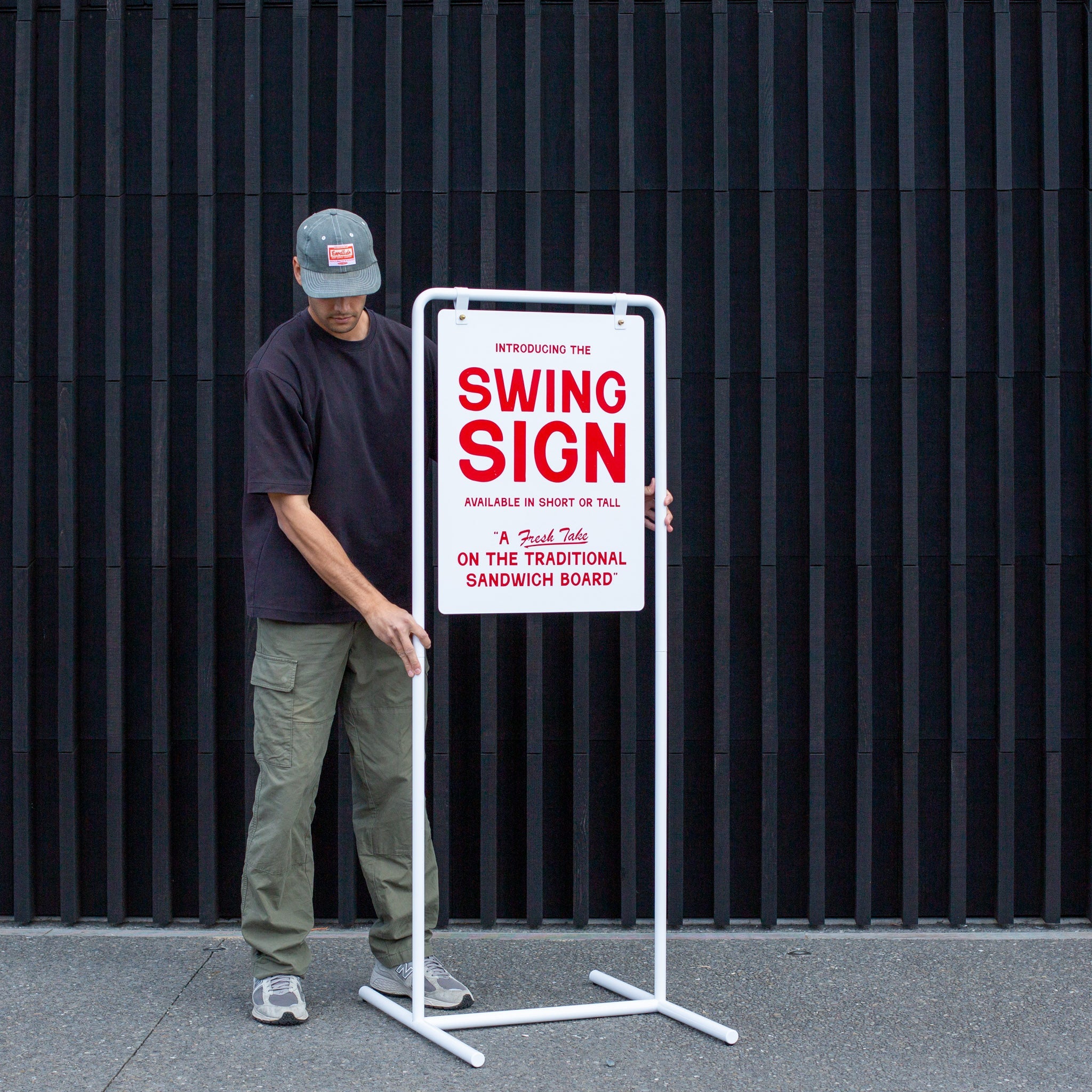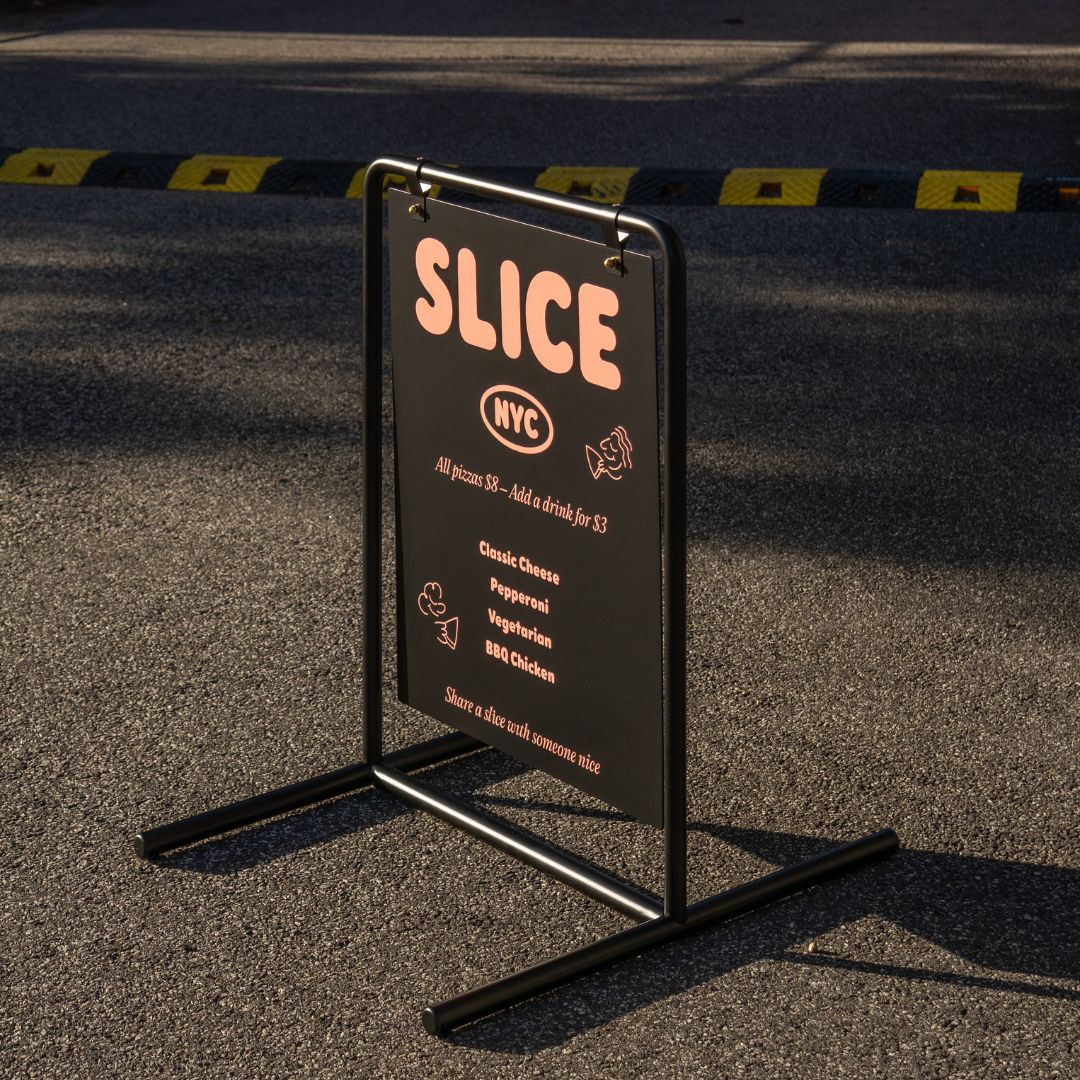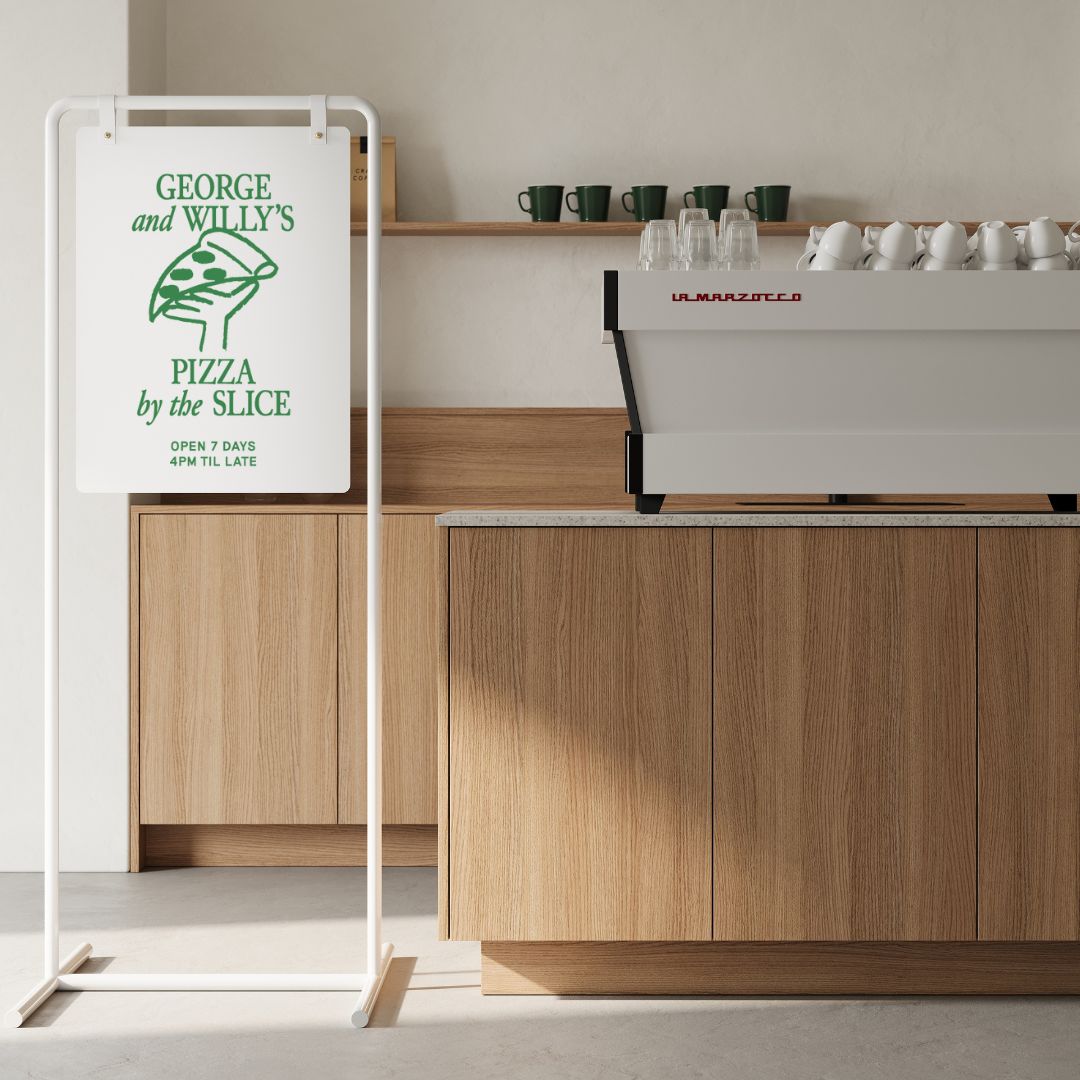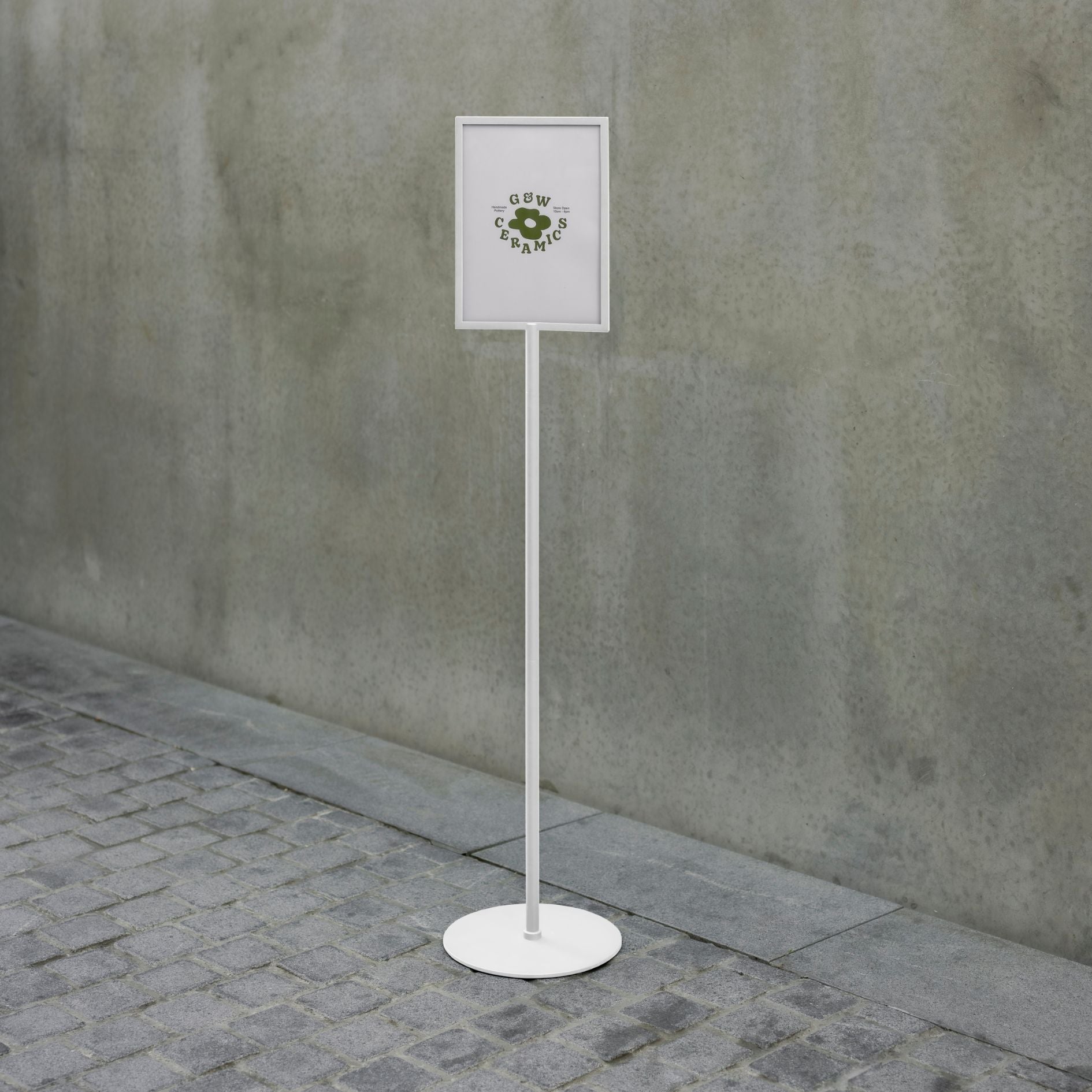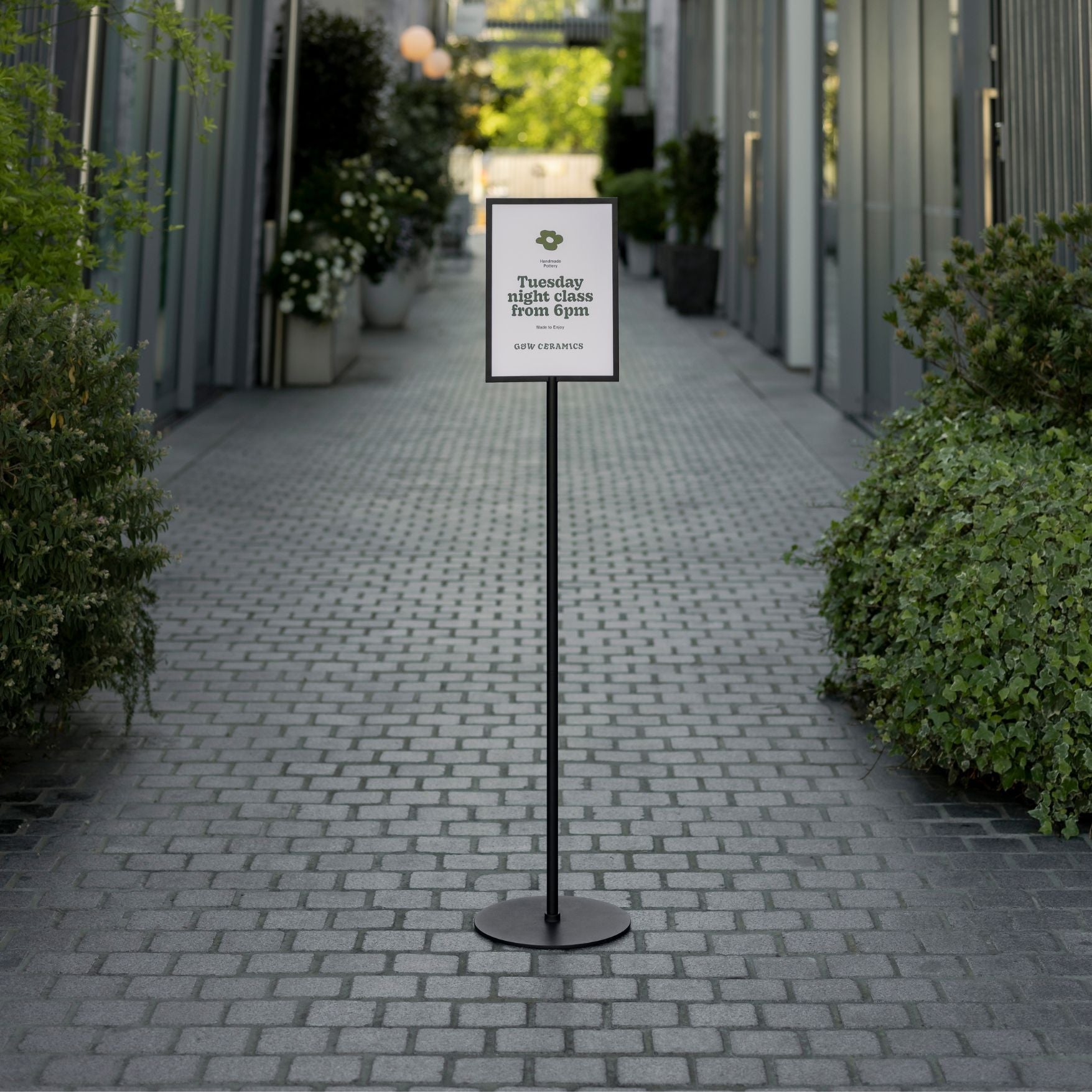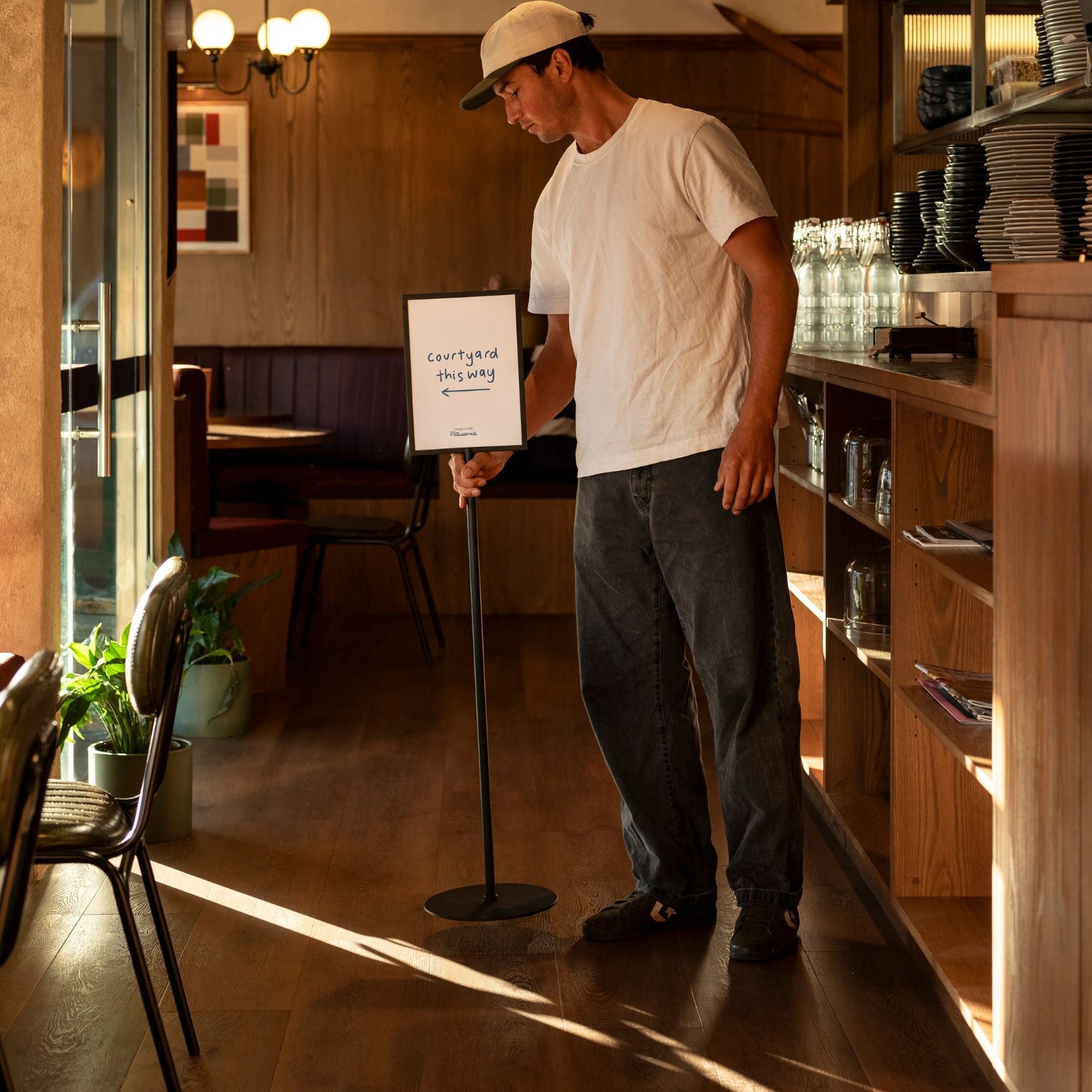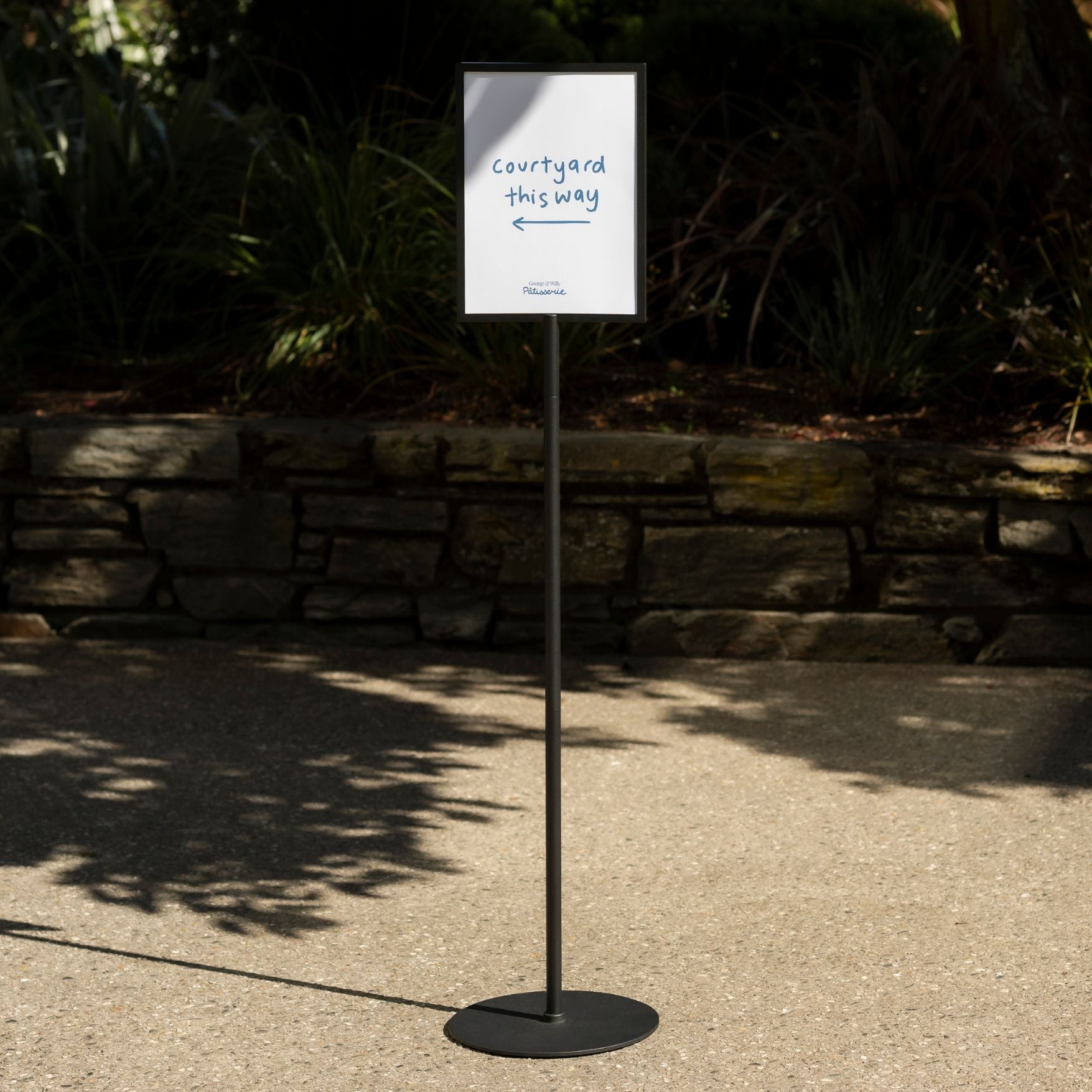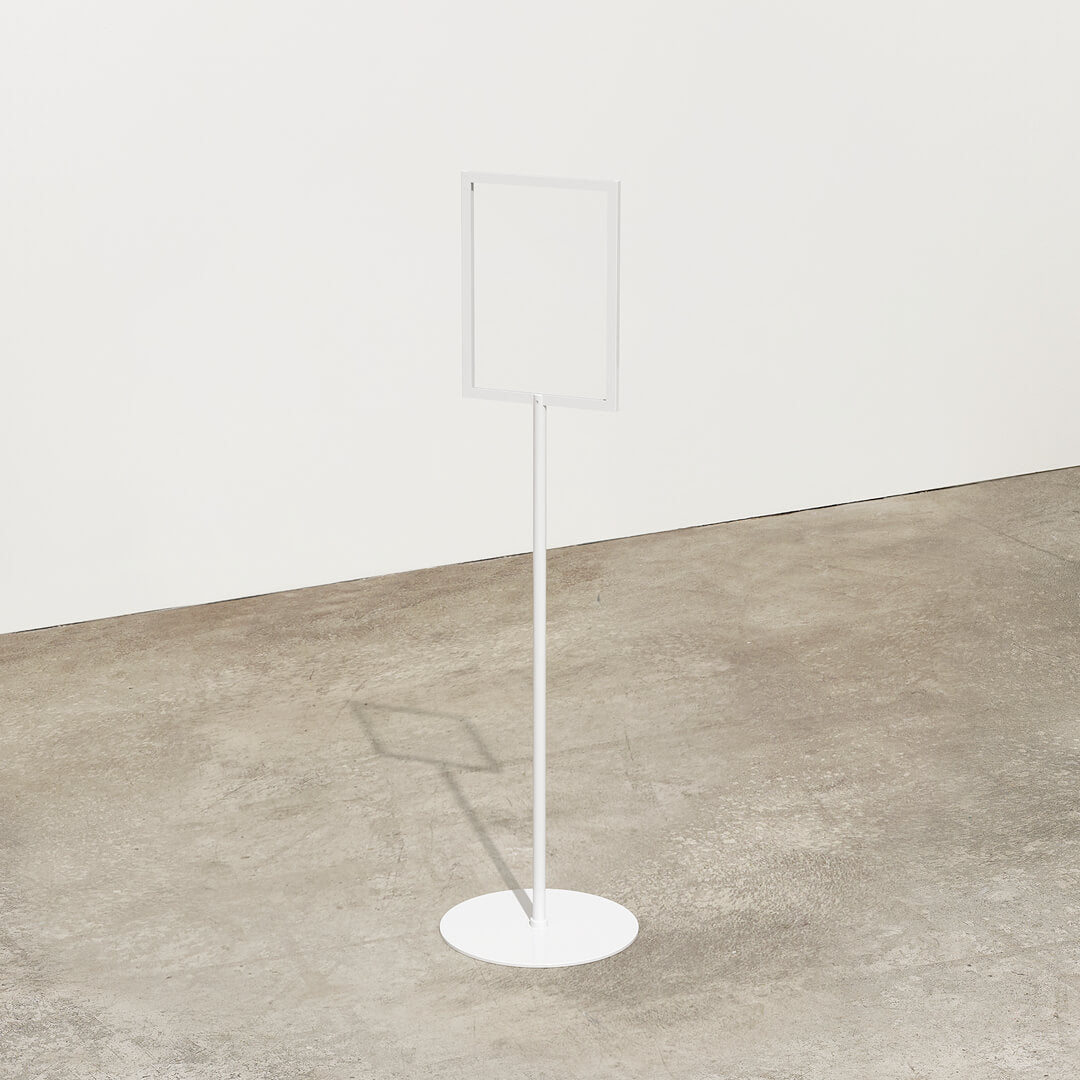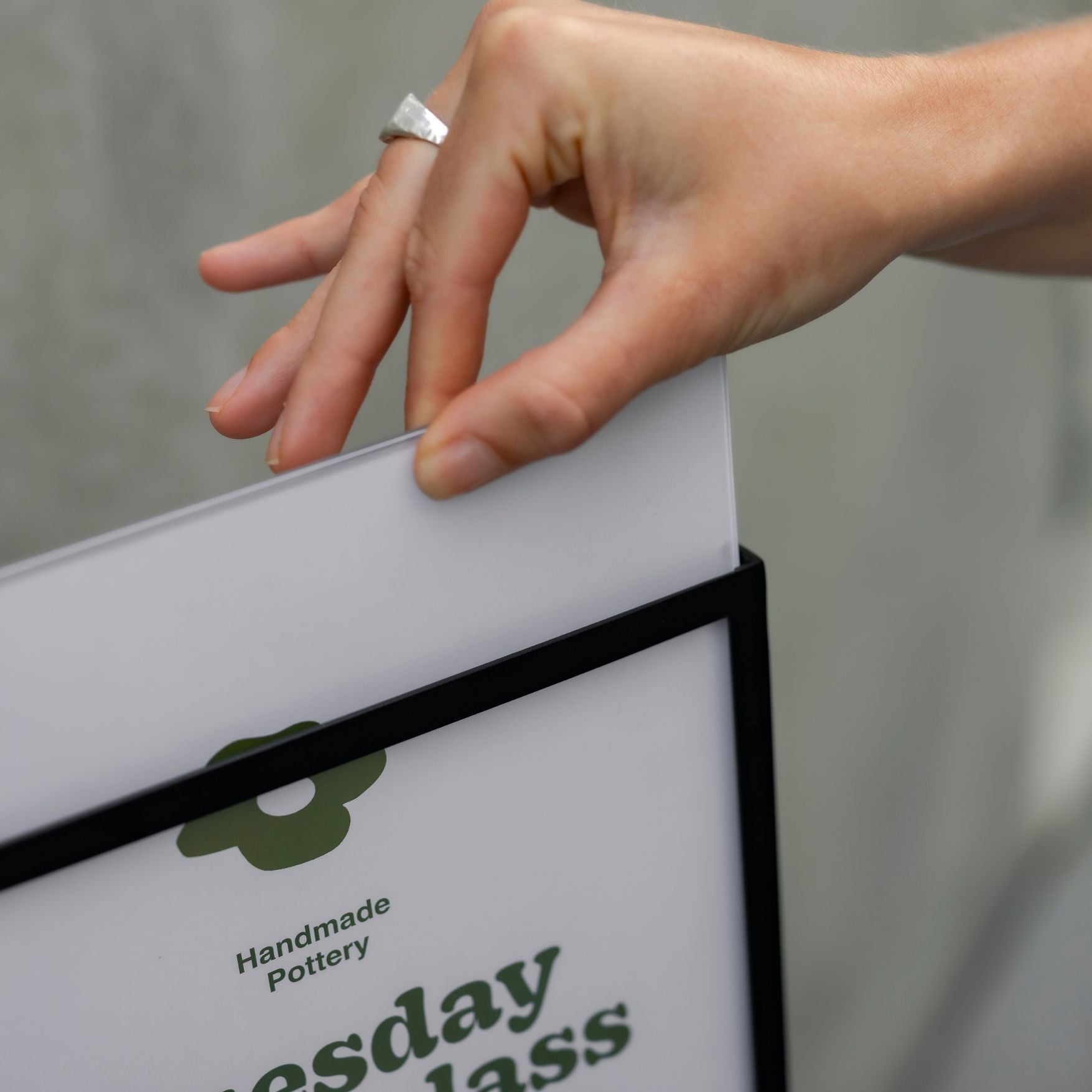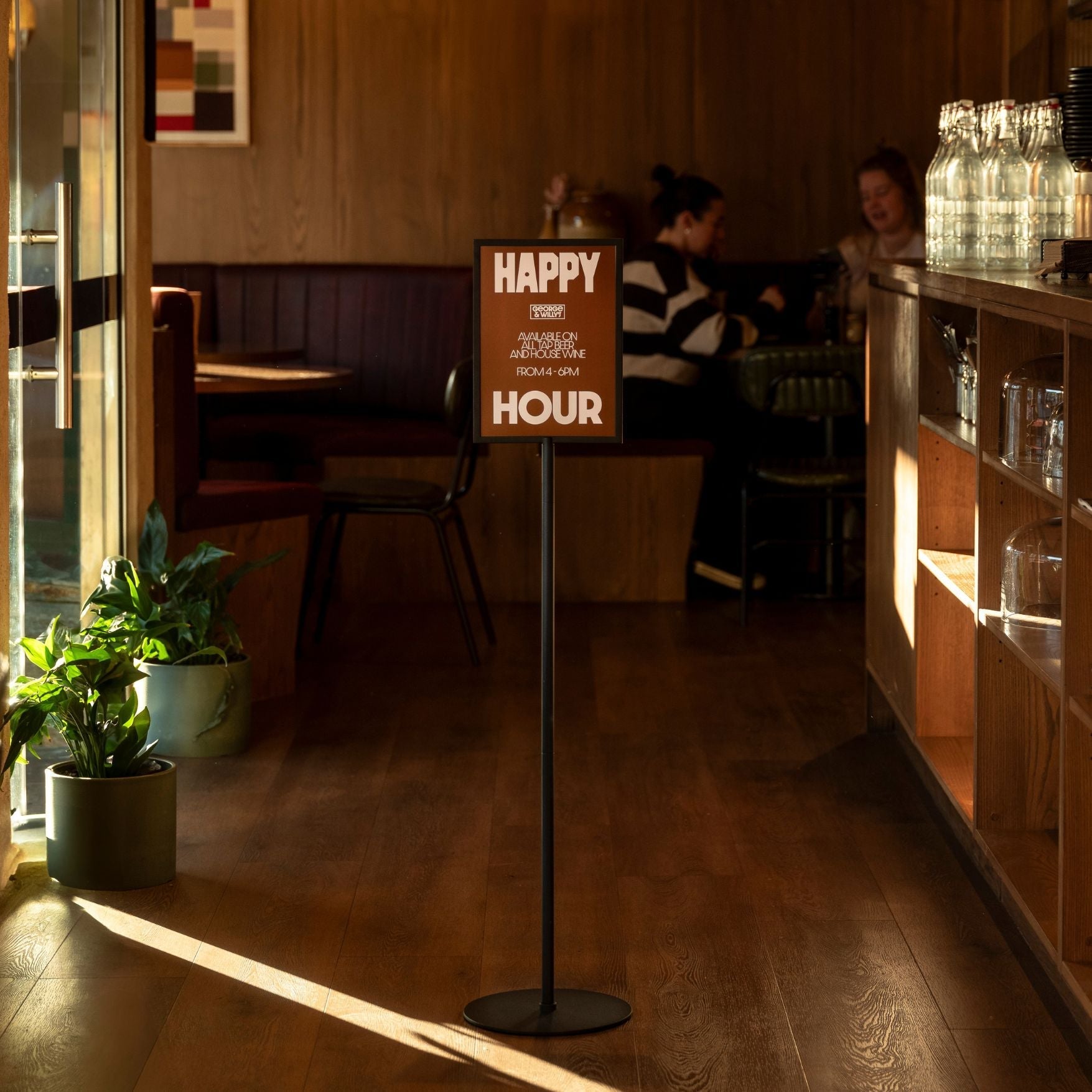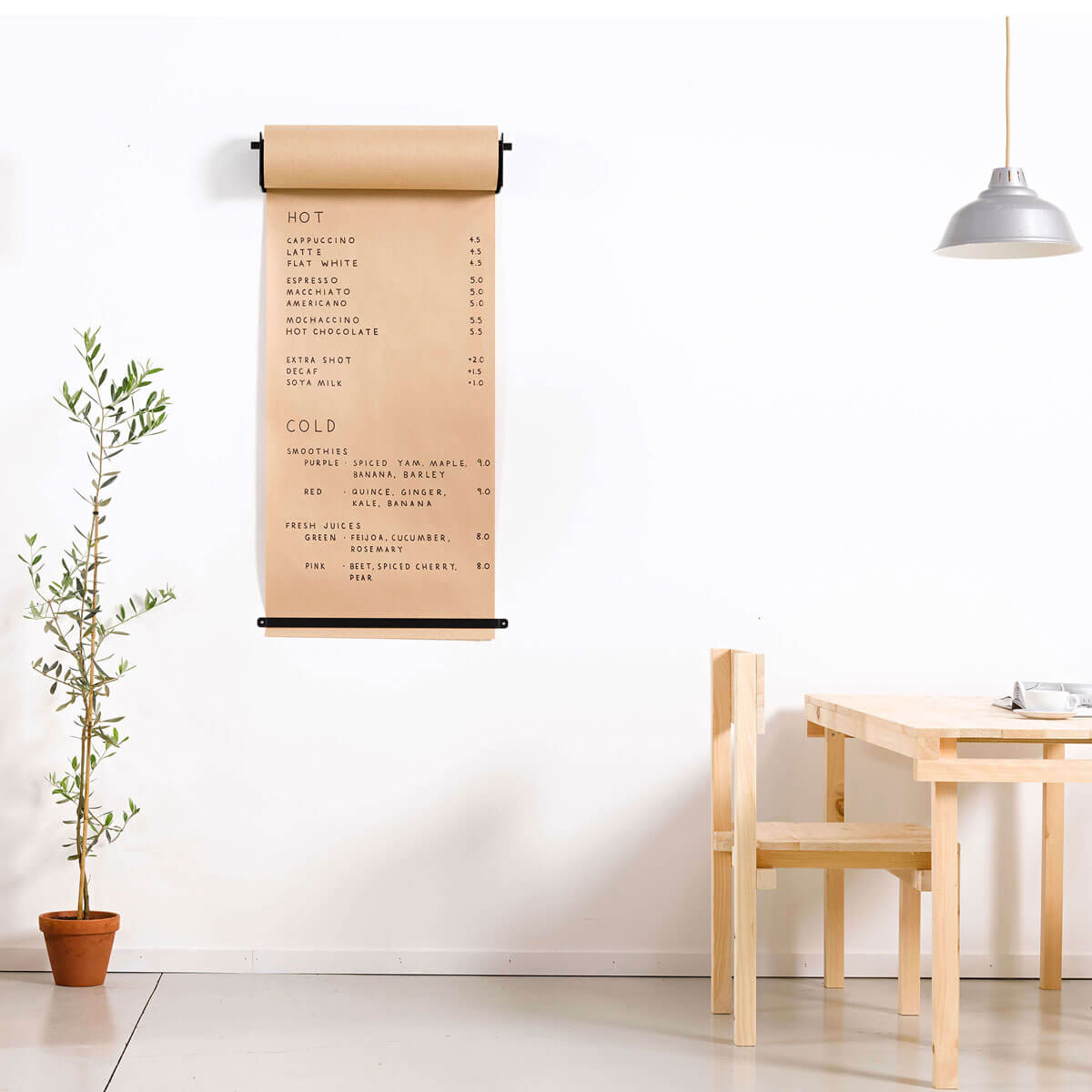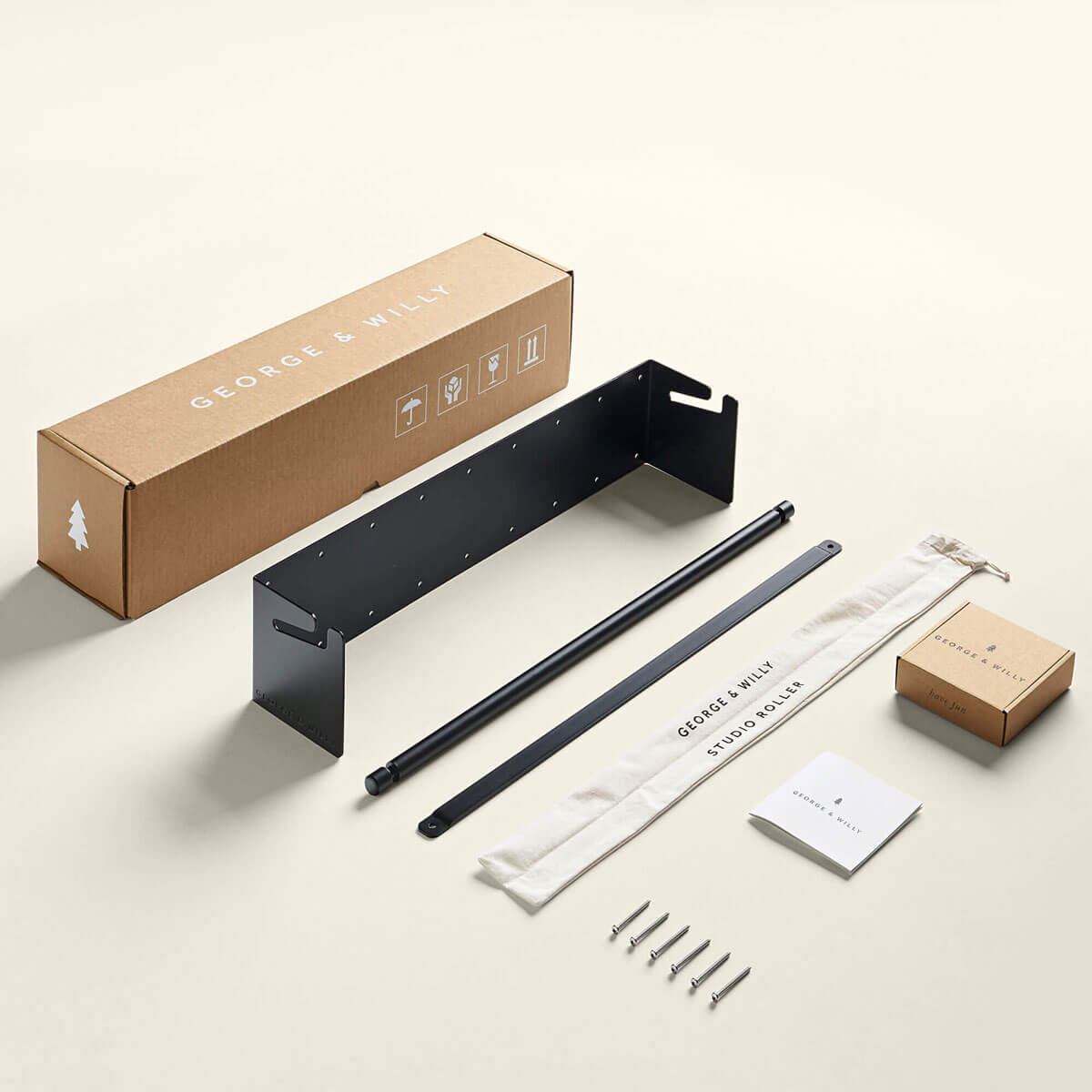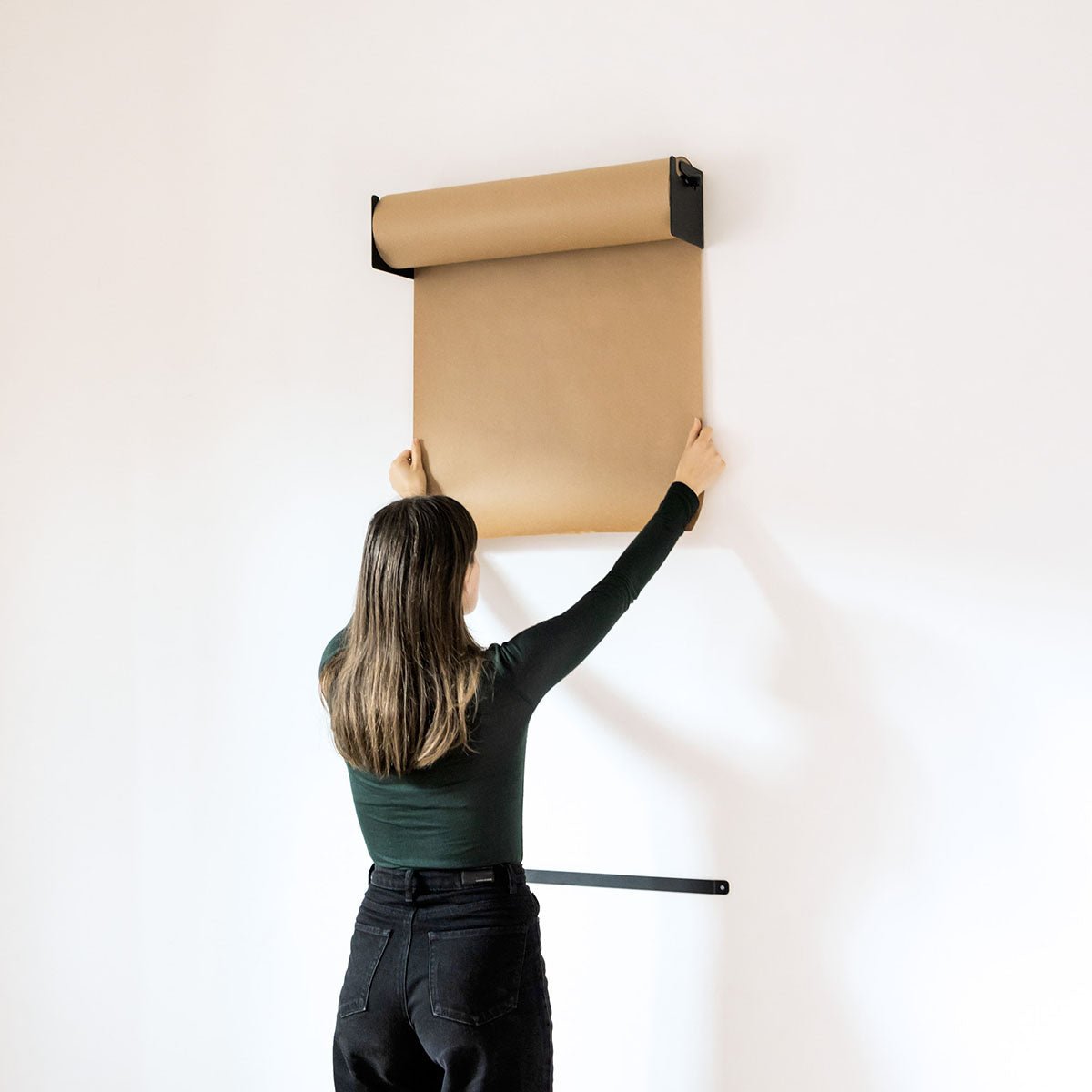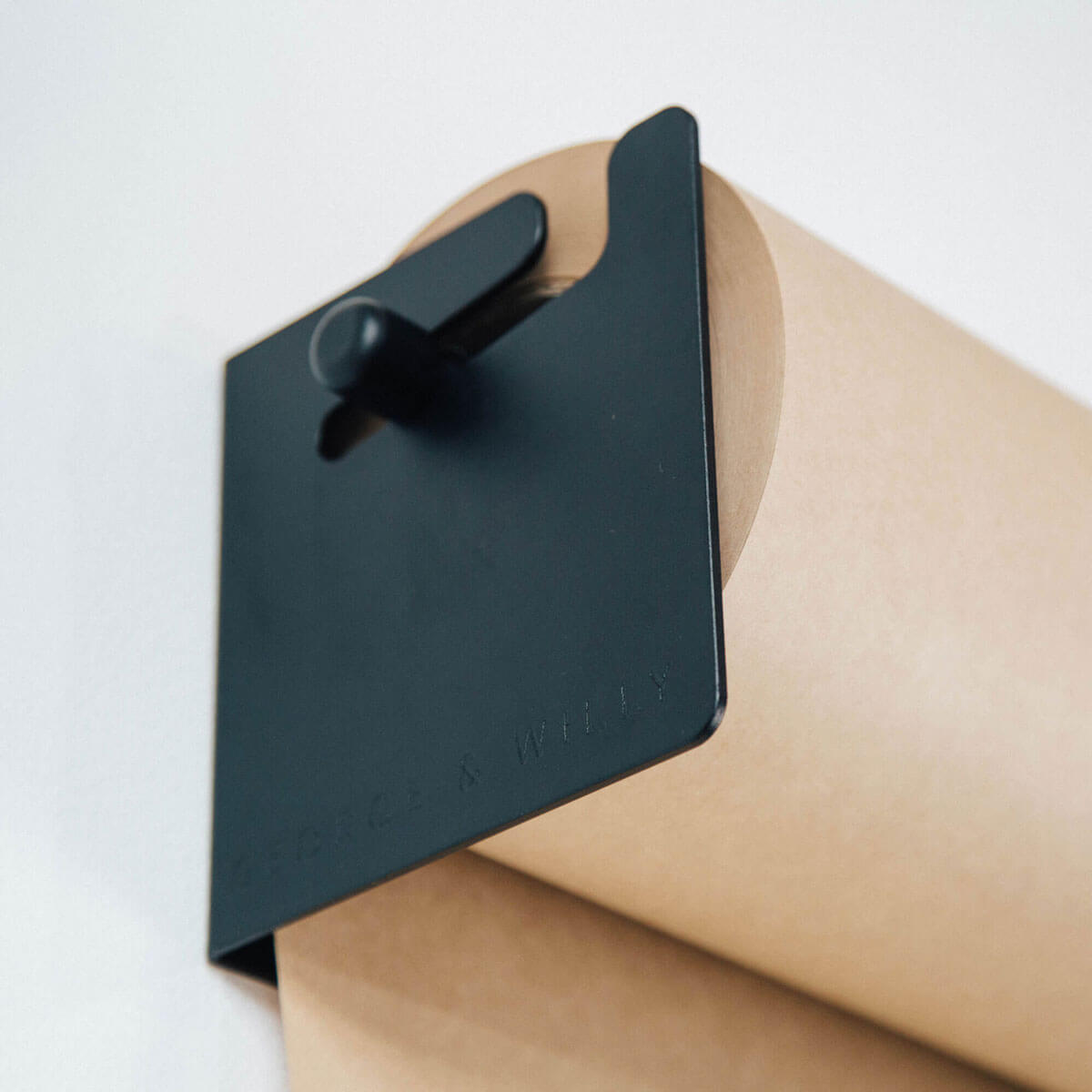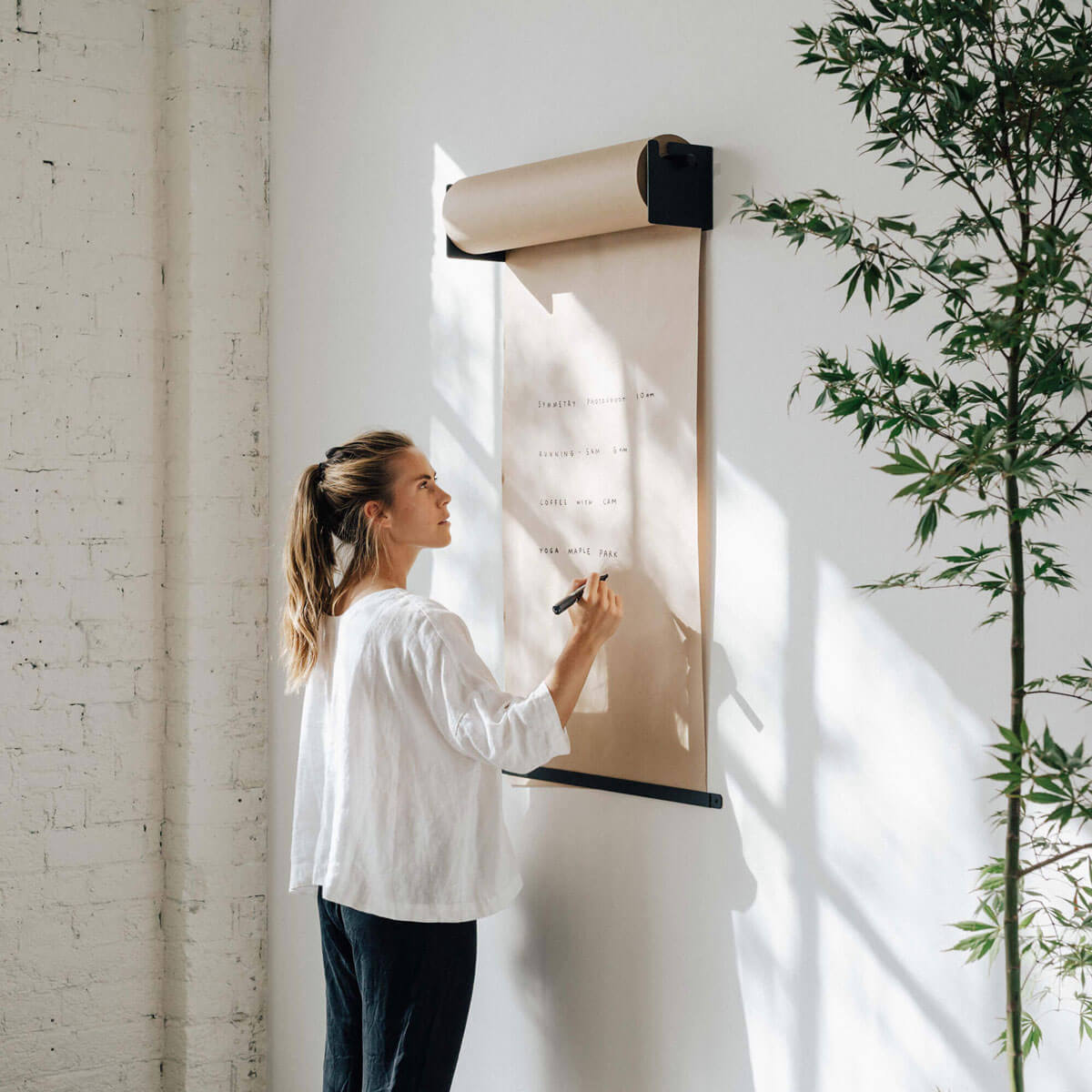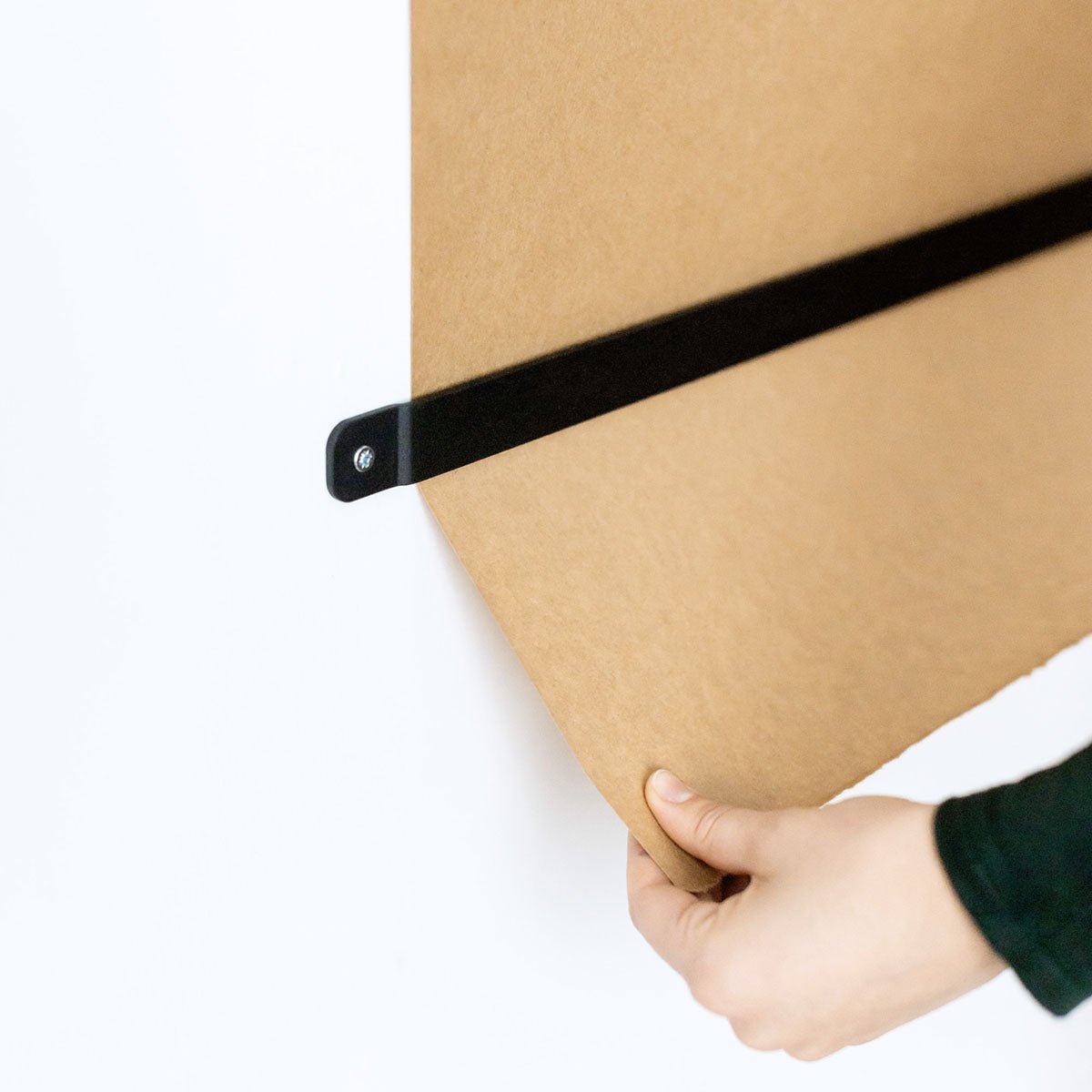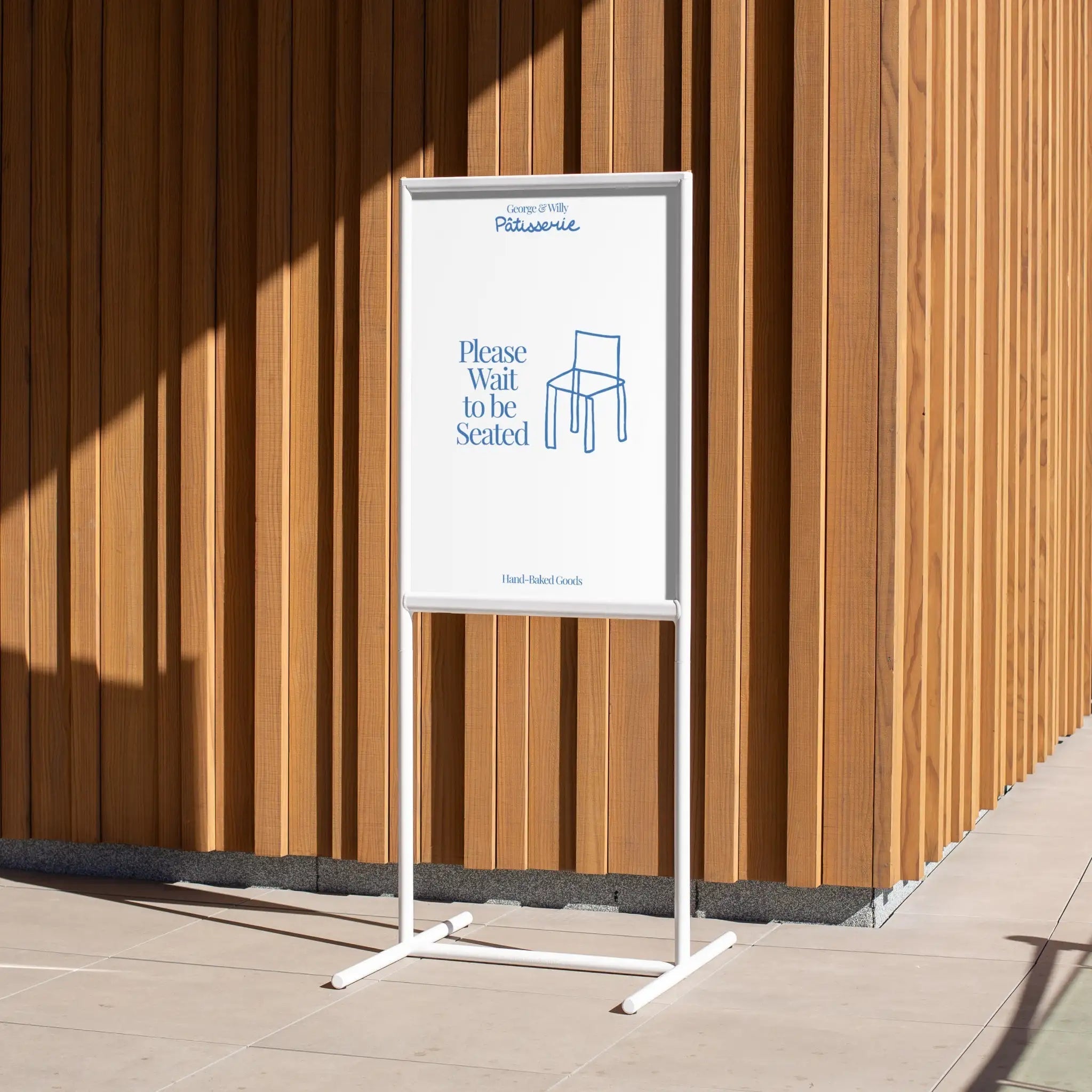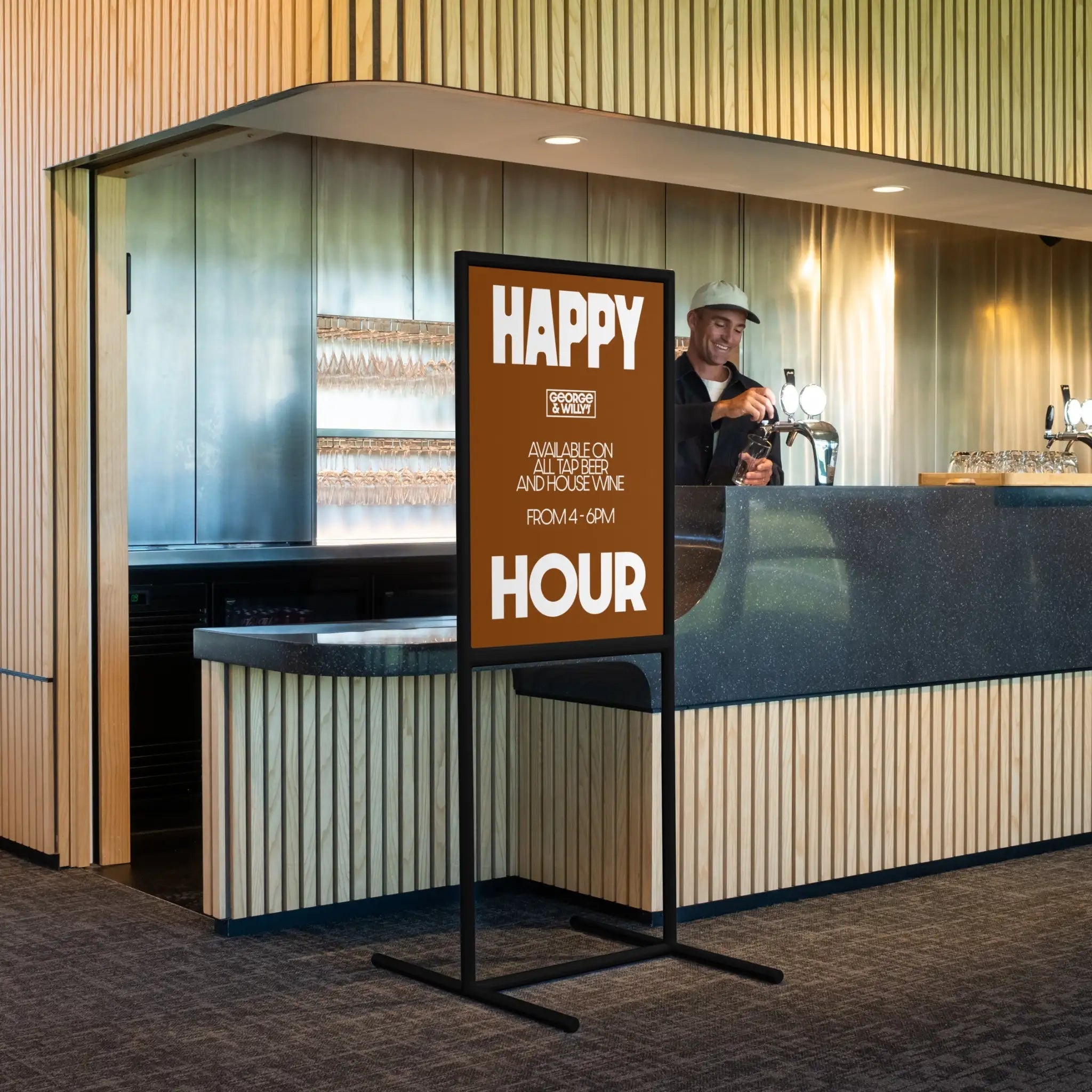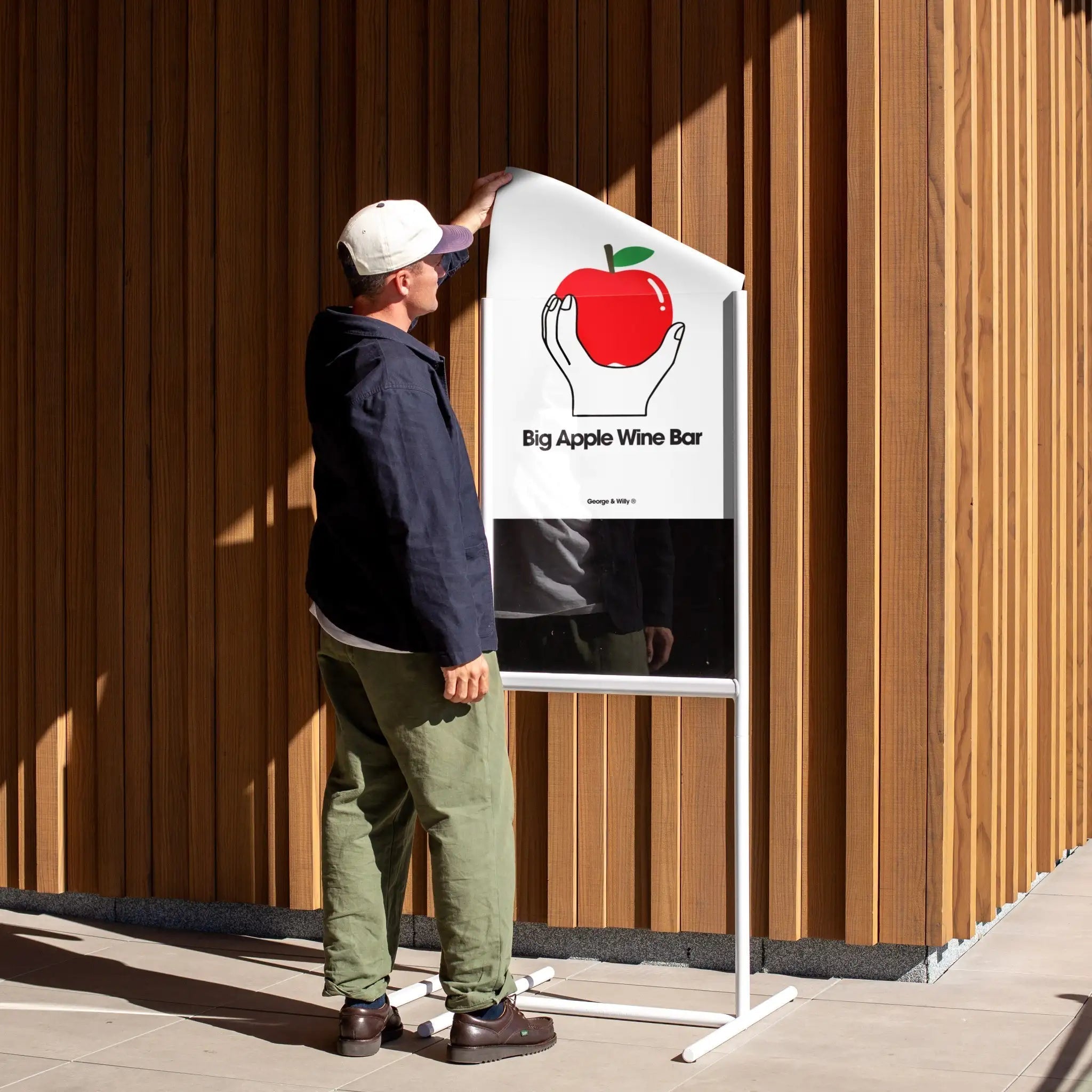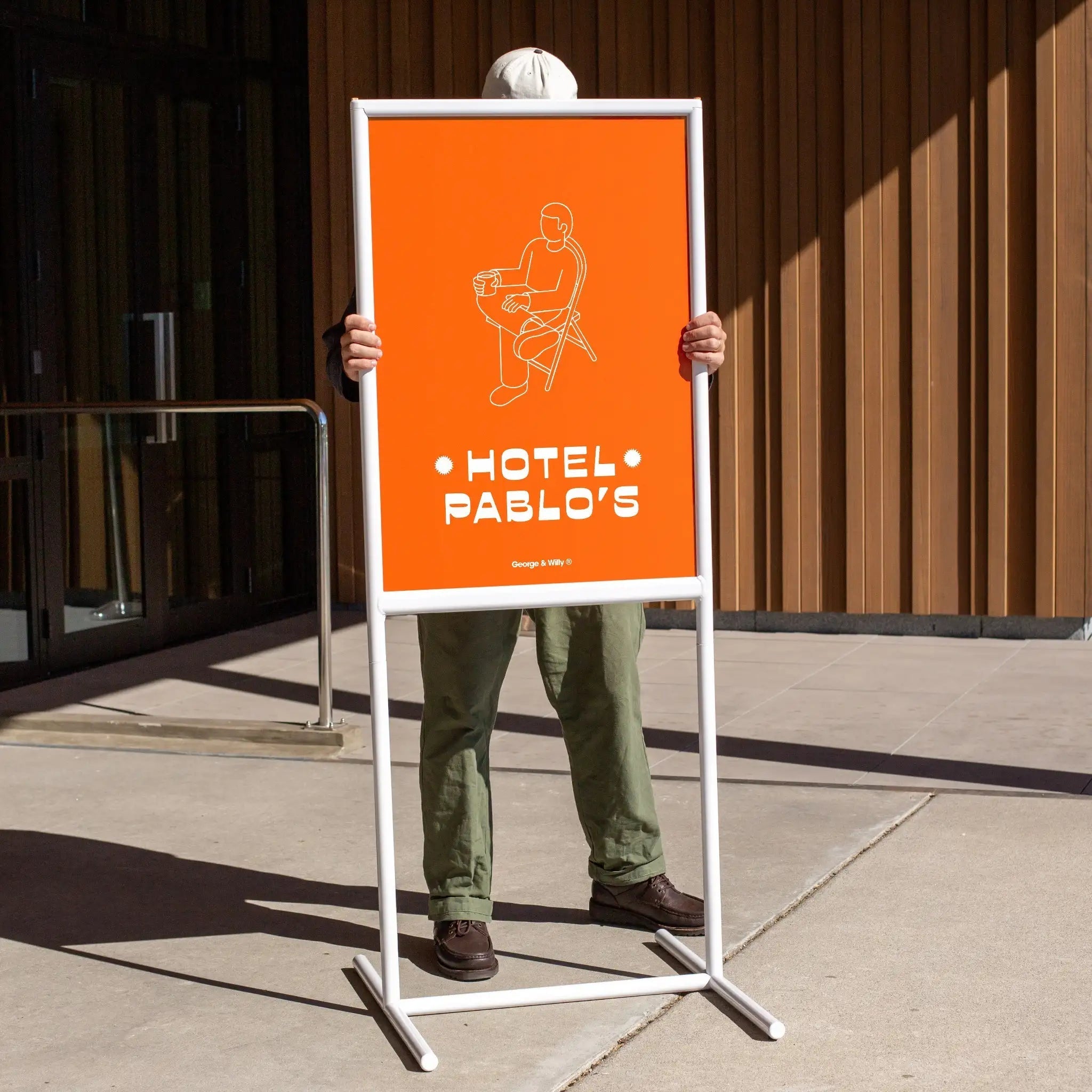Table talkers are the unsung heroes of the countertop. These small, freestanding signs are powerful marketing tools for cafes, restaurants, and retail shops. They can announce a daily special, promote an event, or share a QR code, turning an empty tabletop into a direct line of communication with your customers.
Let’s break down everything you need to know about getting started with table talkers, from picking the right template to designing a message that converts.
What is a Table Talker Template?
Think of a table talker template as a blueprint for your design. It’s a pre formatted guide that shows you the exact dimensions, fold lines, and safe zones for your artwork. This ensures that when your design is printed and folded, all your important text and images land exactly where they should.
Most print shops offer free downloadable templates, often as PDF or Adobe Illustrator files. Using one saves a lot of guesswork and helps you avoid costly printing mistakes.
Table talkers typically come in two main styles:
Two Sided Tent Style: This classic format has two main display panels and a base that folds out to stand up.
Three Sided Triangular Style: This popular version offers three faces for your message. It’s usually printed on a single piece of sturdy card that’s scored for easy folding and assembly. One panel will often have a small adhesive tab to join the ends together.
Using the right template is key to creating a stable and professional looking display. The folds need to be precise for the finished table talker to stand up properly without toppling over.
Common Table Talker Sizes
The size you choose depends on your message and the space you have available. Here are a few of the most common formats.
A6 Table Talker (148 x 105 mm)
An A6 table talker has faces that are the size of a postcard (about 105 x 148 mm). This compact size is perfect for busy cafe counters or small tables where space is limited.
Despite their small footprint, A6 table talkers are surprisingly effective. They are large enough to display a life size photo of a small item, like a cupcake or a coffee mug, making your promotions feel more tangible. Many businesses use them to create valuable ad space on tables without adding clutter. This size is typically made by folding an A4 sheet of paper into three panels. For pricing small items on retail counters, consider Pricing Signs to complement the talker.
DL Table Talker (210 x 99 mm)
The DL table talker is a tall, slim option with faces measuring about 99 x 210 mm. The name “DL” stands for “Dimension Lengthwise” and is the same size as a standard tri fold brochure.
This format’s height gives it a strong vertical presence, placing your message directly in a seated customer’s line of sight. It’s a great way to put tempting offers right in front of people as they dine. With three panels to work with, you could advertise a drink special on one side, a dessert on another, and an upcoming event on the third. To ensure the tall panels stay rigid, they are usually printed on thick card stock, such as 350 gsm or heavier.
297 x 140 mm Table Talker
When you need to make a big impact, the 297 x 140 mm table talker is an excellent choice. Each of its three faces is as tall as an A4 sheet of paper, standing nearly 30 cm high.
This extra large format provides plenty of room for high resolution photos, detailed menus, or bold graphics that are easy to read from a distance. Hospitality owners often use these large table talkers to draw attention to new menu items or special promotions. Because of their size, they are printed on extra thick board to prevent them from bending. In the UK, you might hear these displays called “Toblerone” talkers because their triangular shape resembles the iconic chocolate bar.
Tips for Effective Table Talker Design
Great table talker design is about more than just looking good. It’s about creating a point of sale tool that influences customer decisions and boosts sales. A cafe once reported a 30% increase in weekend breakfast sales simply by using a well designed table talker to promote a brunch special.
Here are a few principles to guide your design process:
Keep it Clear and Concise: Your message should be easy to understand at a glance. Use catchy headlines, minimal text, and a clear call to action. Stick to your brand’s fonts and colors for a cohesive look.
Use Strong Visuals: High quality photos or eye catching graphics can make your table talkers stand out. In a busy environment, strong imagery helps grab attention first.
Add an Interactive Element: A QR code that links to your full menu, social media page, or a special offer can encourage customers to engage more deeply with your brand. If you update specials often, pair your table talkers with a Magnetic Letter Menu Board behind the counter for quick changes that match your tabletop messaging.
Choose Durable Materials: In busy venues, table talkers need to be tough. Laminated or waterproof card stock can protect against spills. For a more permanent and premium solution, consider reusable stands. For example, George & Willy’s Table Talkers use a powder coated steel face and a wooden base with magnets, allowing you to easily swap out printed cards.
Think About Placement: The best design in the world won’t work if no one sees it. Place your table talkers where they are in a customer’s natural line of sight, ensuring they aren’t hidden behind condiment shakers or flower vases. At entrances or host stands, a movable Menu Stand can mirror the same offer and draw people in.
Ultimately, a table talker is a reflection of your brand. A professional, thoughtfully designed display can elevate the customer experience and act as a silent salesperson, driving upsells right from the table. If you’re looking for display solutions that blend timeless design with durability, explore the full range of menu and tabletop displays from George & Willy. To extend your message to the sidewalk, add an A-Frame Sign for curbside visibility.
Frequently Asked Questions
What are table talkers used for?
Table talkers are versatile marketing tools used in restaurants, cafes, bars, hotels, and retail stores. They are commonly used to promote special offers, new products, upcoming events, drink menus, dessert options, or to share information like Wi Fi passwords and social media handles.
What is the most common size for a table talker?
The most popular sizes are A6 (105 x 148 mm) and DL (99 x 210 mm). A6 is compact and great for saving space, while the taller DL format offers excellent visibility without being too wide.
What material are table talkers made from?
Most single use table talkers are printed on sturdy card stock, typically 350gsm or thicker, to ensure they stand upright. For a more durable and reusable option, many businesses use holders made from acrylic, wood, or metal, like the steel and beech wood Table Talkers from George & Willy. Alternatively, opt for space-saving Card Counter Signs for pricing and quick promos.
How many sides does a table talker have?
The most common format is the three sided triangular prism. This design is stable and allows for messaging to be seen from multiple angles. Two sided “tent card” styles are also common.
Can I design my own table talker?
Absolutely. Many businesses design their own using software like Canva or Adobe Illustrator. Most printers provide free downloadable templates that show you the correct dimensions and fold lines to make the design process easier.
How do you make a table talker stand up?
Table talkers are designed to be self standing. They are printed on thick card and scored with fold lines. After folding along the scores, the ends are typically joined with a built in adhesive tab or tape, creating a stable triangular or tent shape.
Are table talkers effective?
Yes, they can be highly effective. Because they are placed directly in front of customers where decisions are made, they serve as an effective point of sale tool. A clear message and strong design can directly influence purchasing behavior and increase sales.
Should I use a different message on each panel?
You can. Using a different message on each of the three panels is a great strategy to promote multiple items. For example, a restaurant could feature a cocktail special on one panel, a dessert on another, and a weekend brunch promotion on the third.

